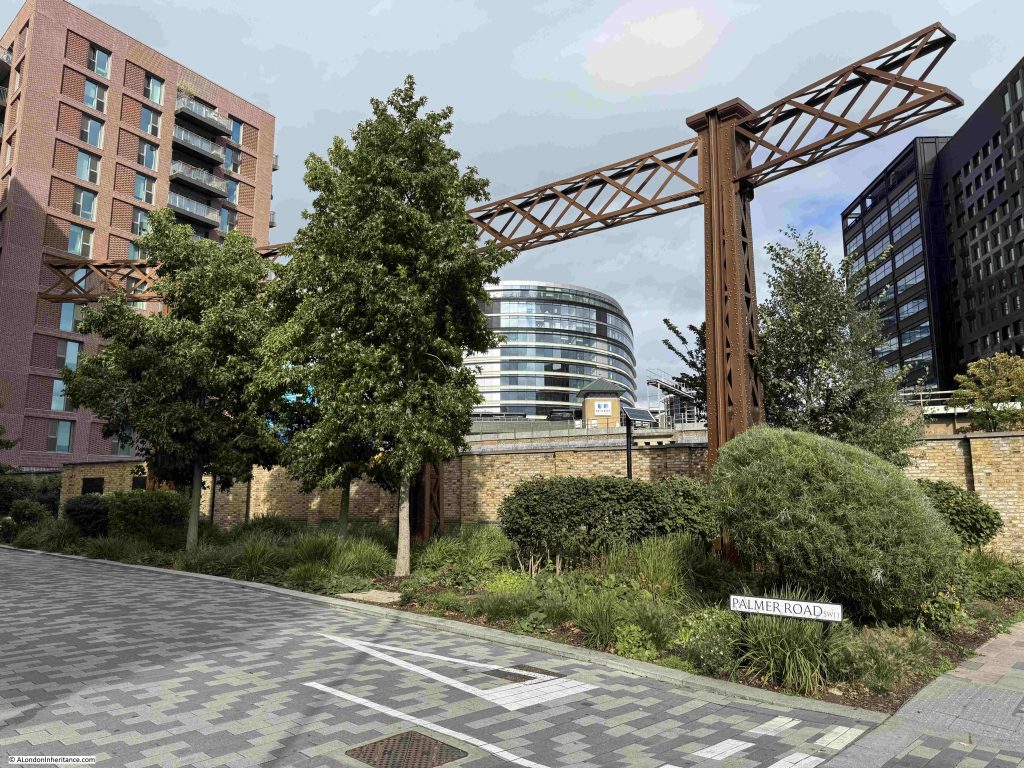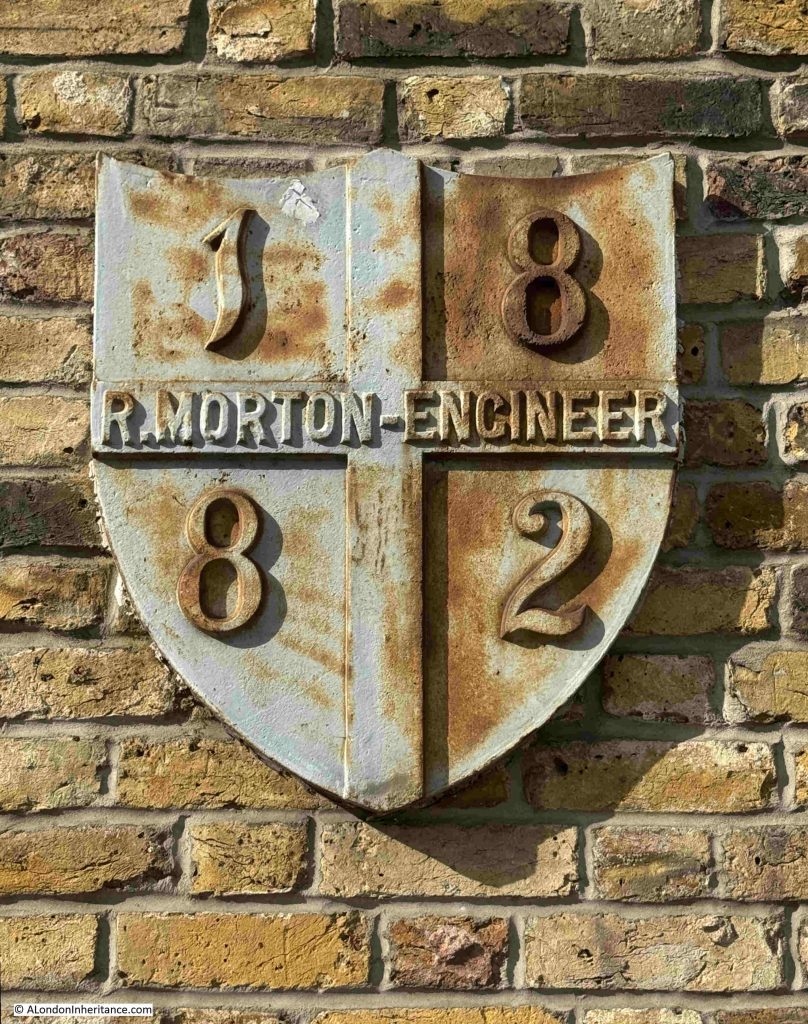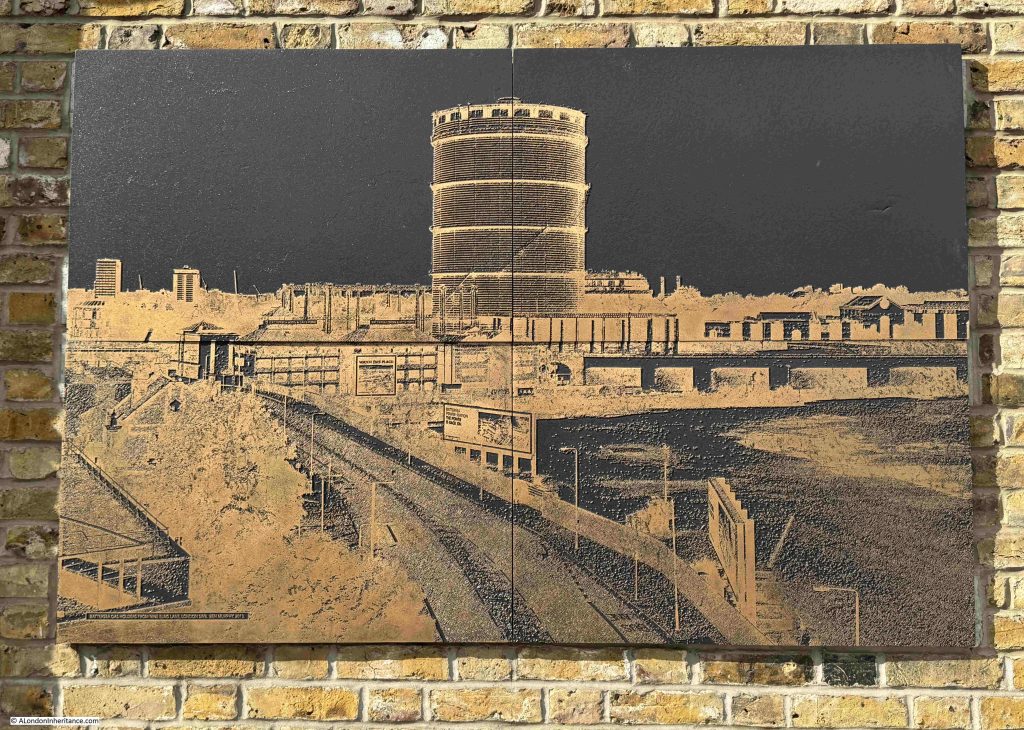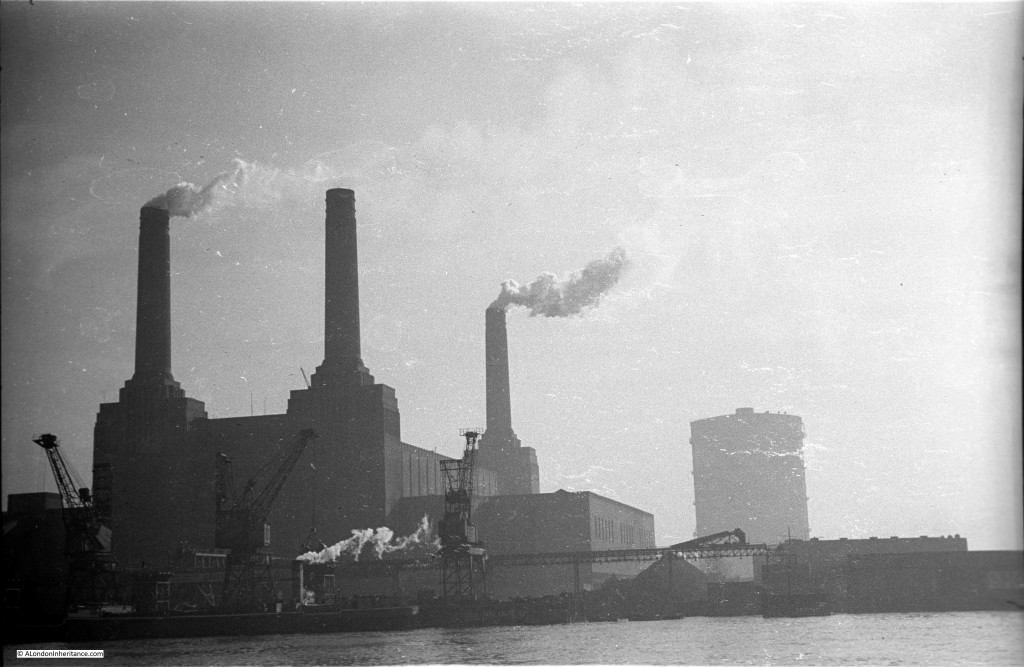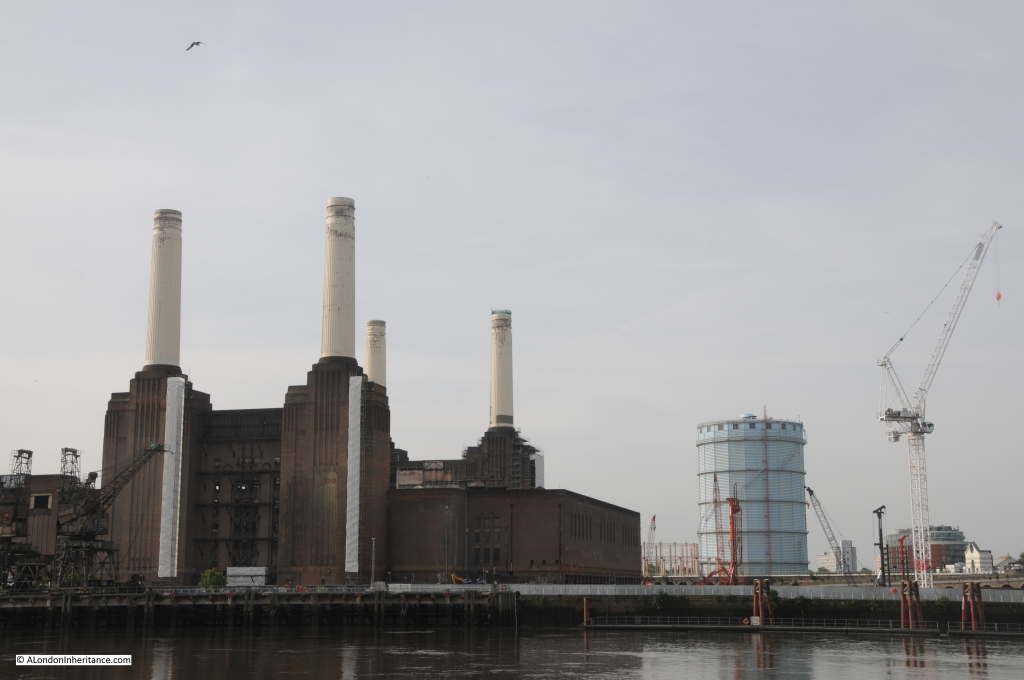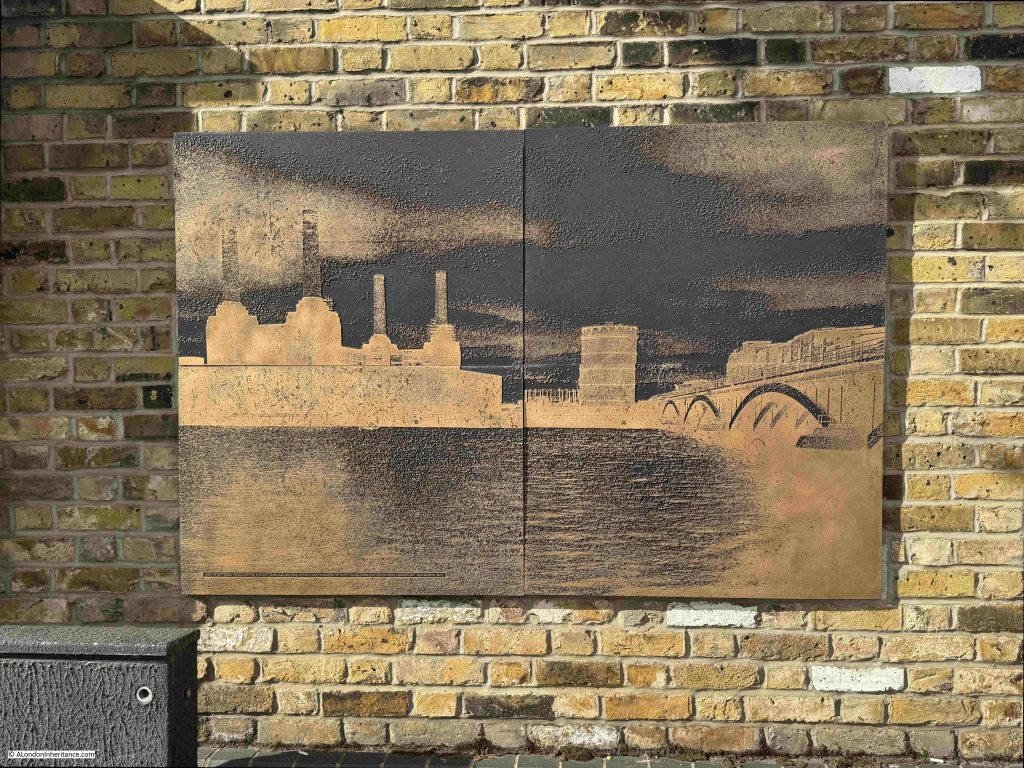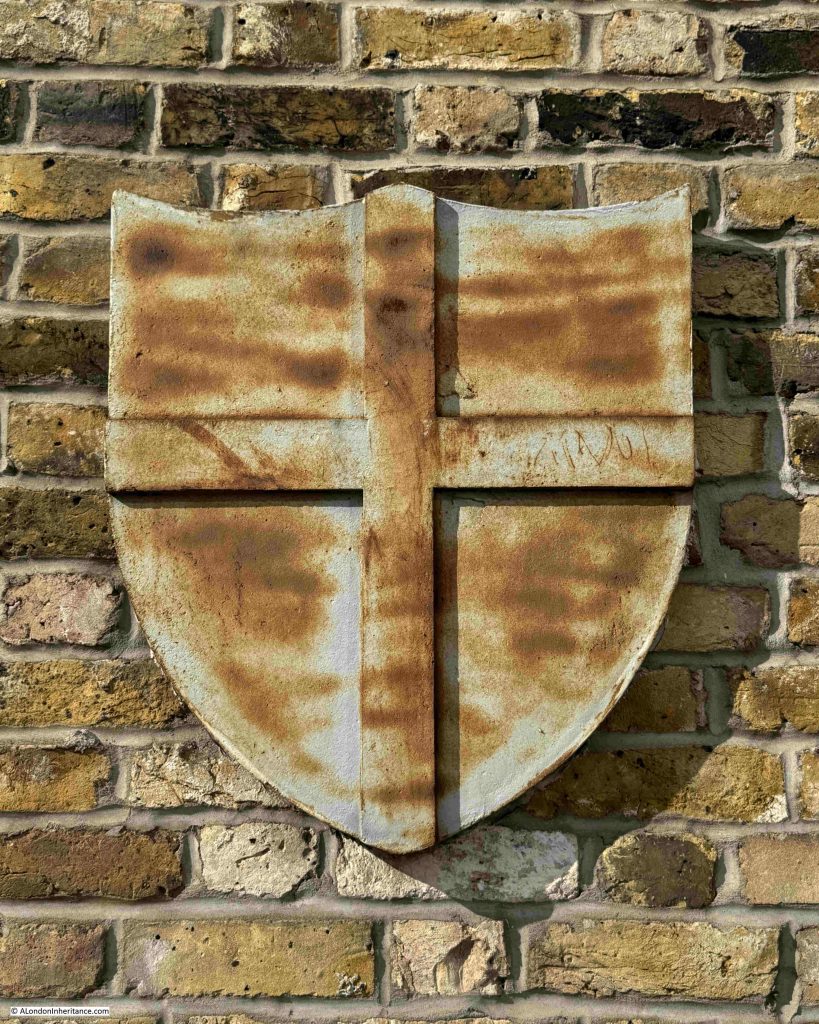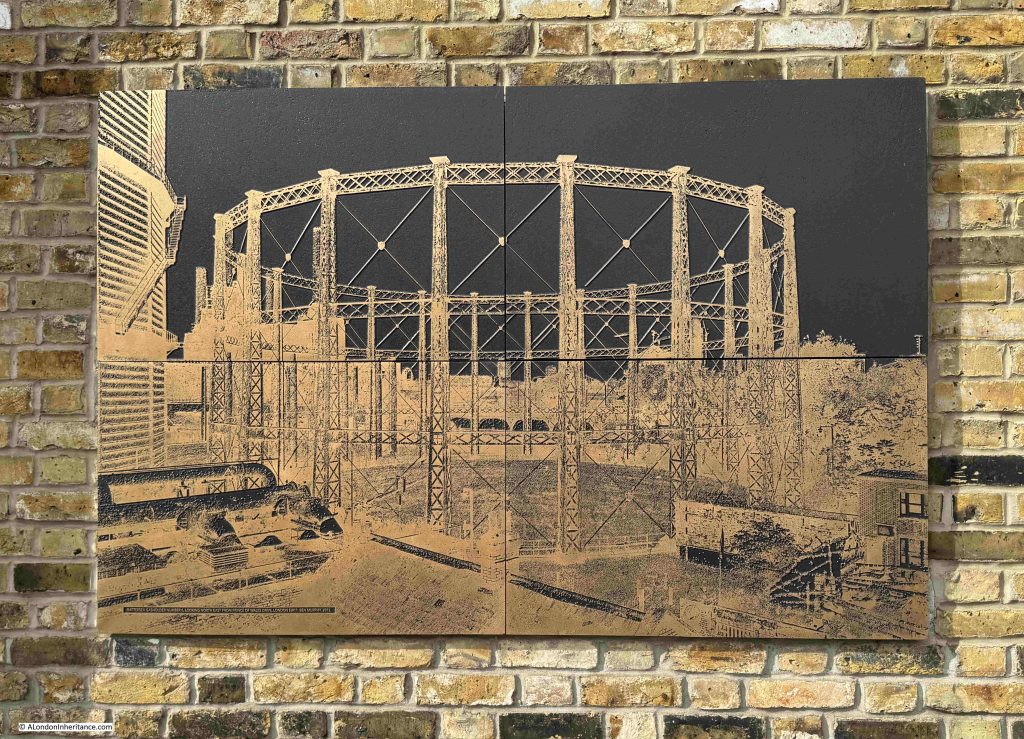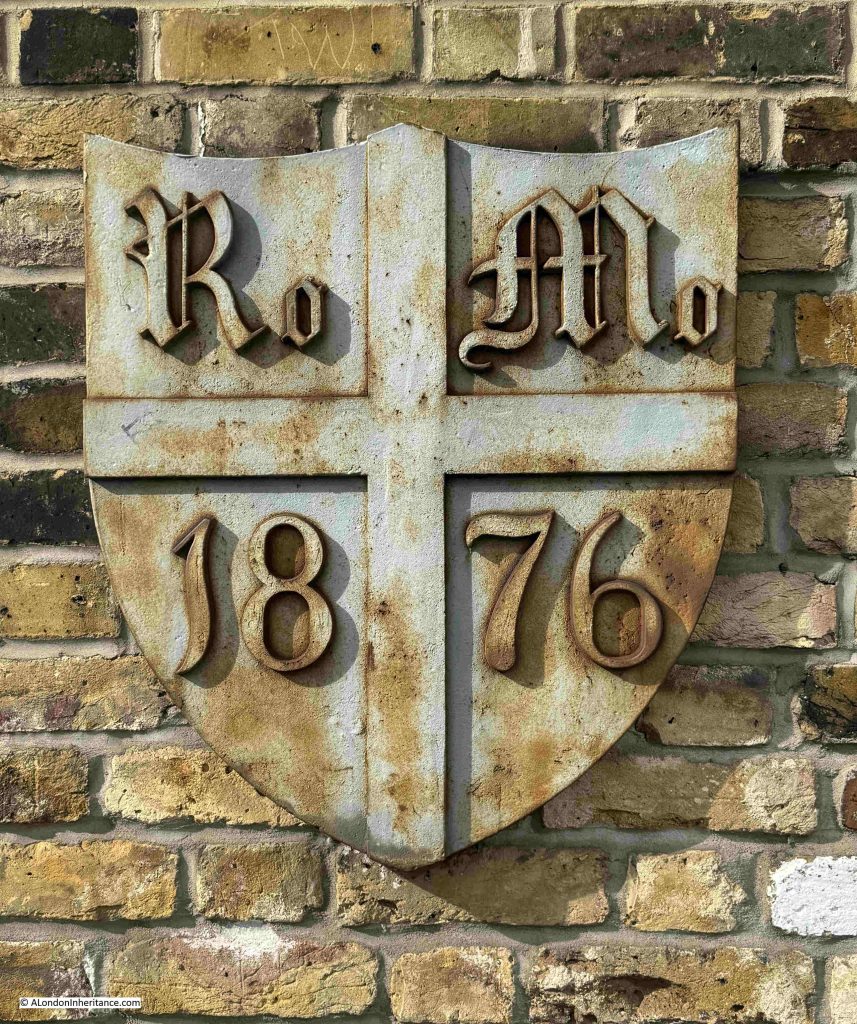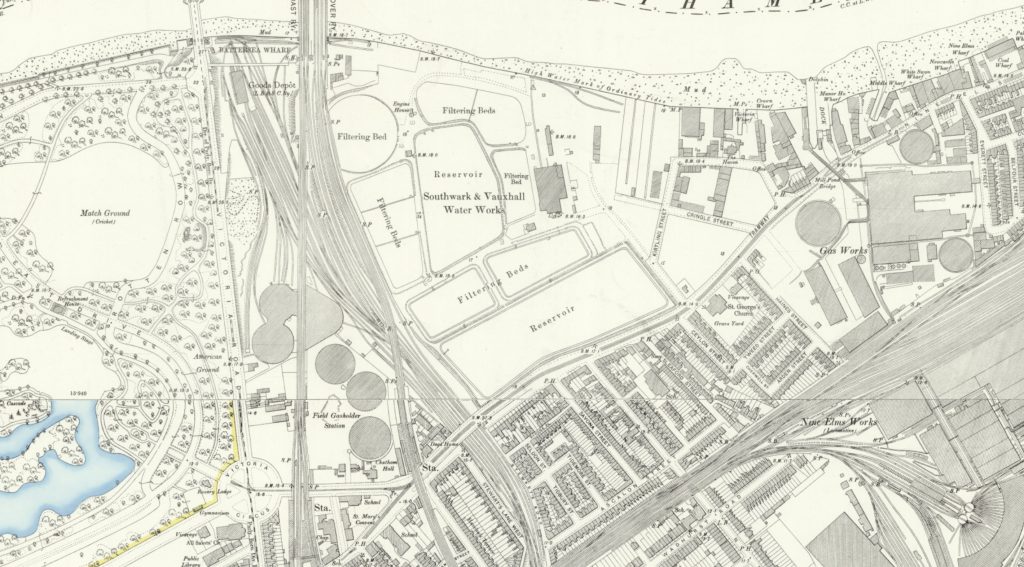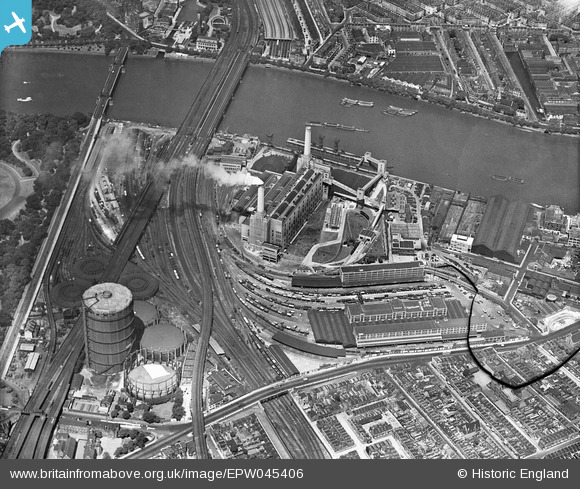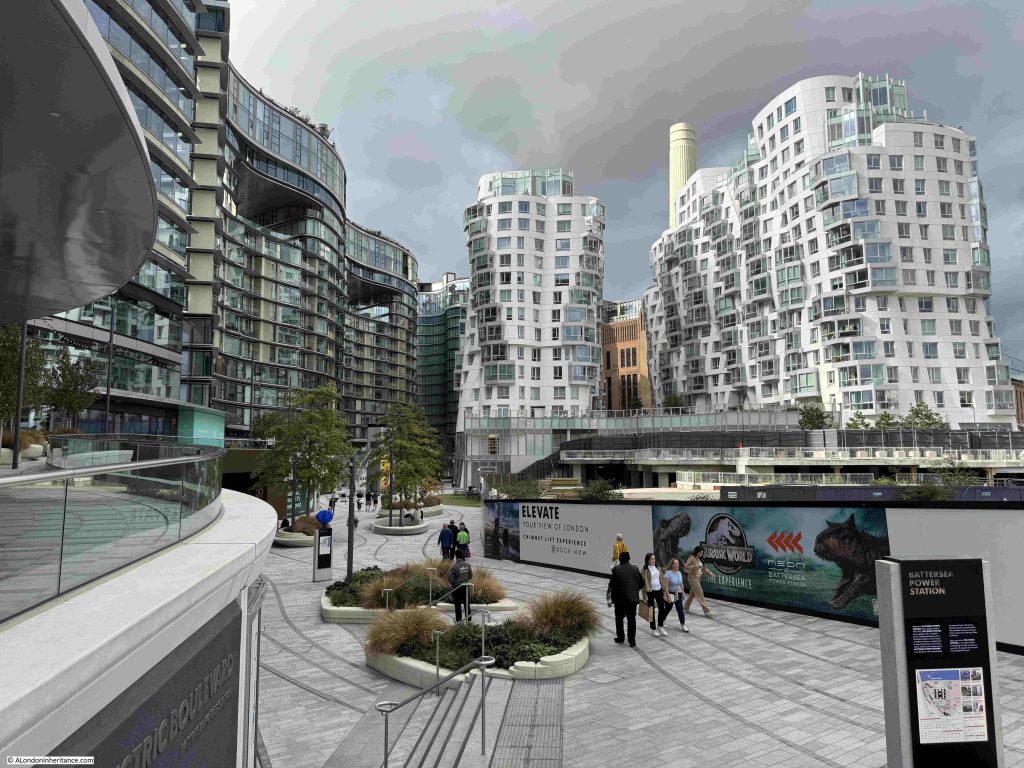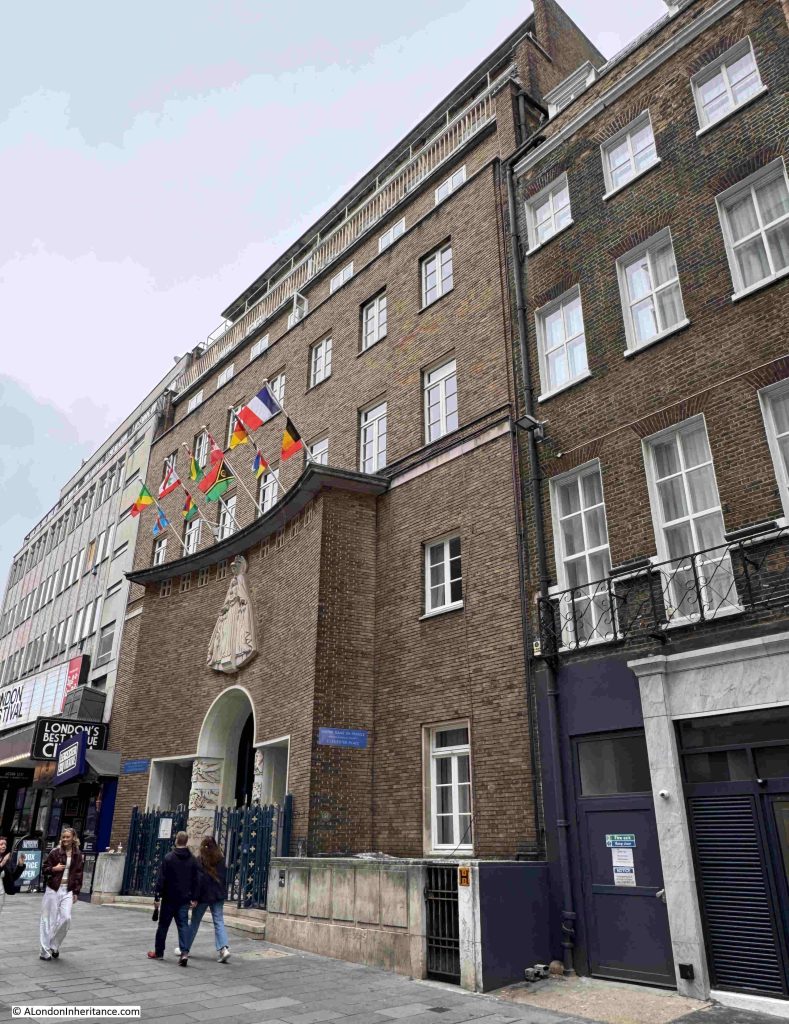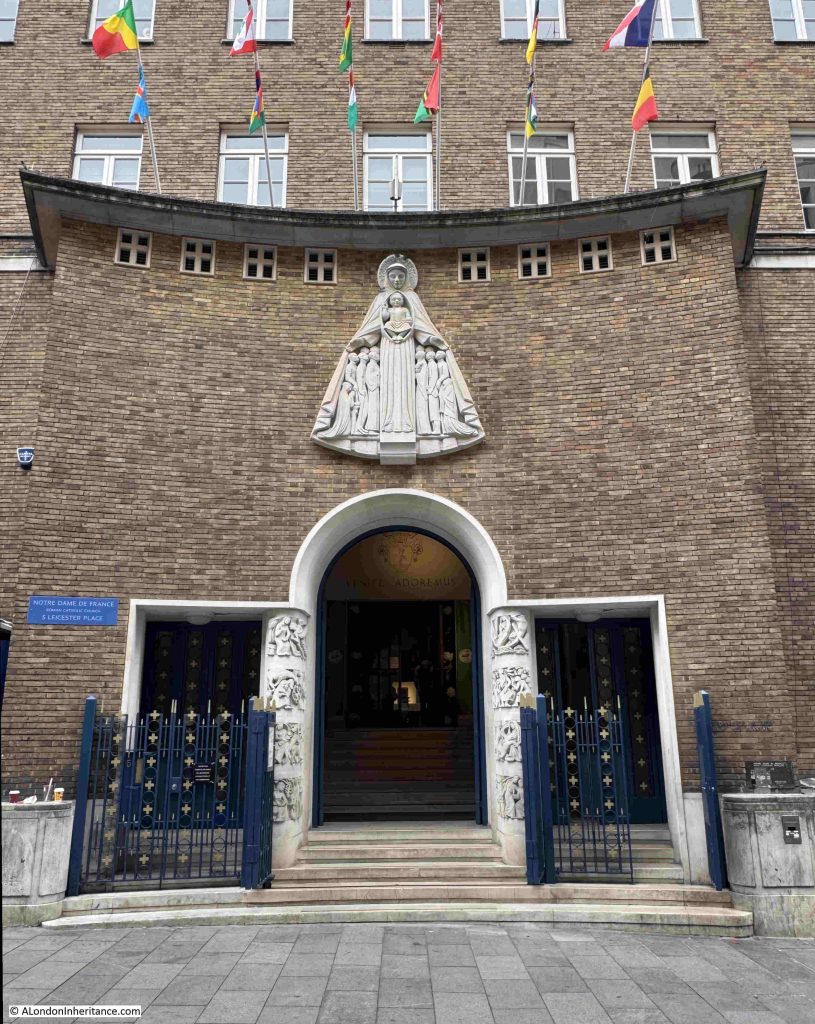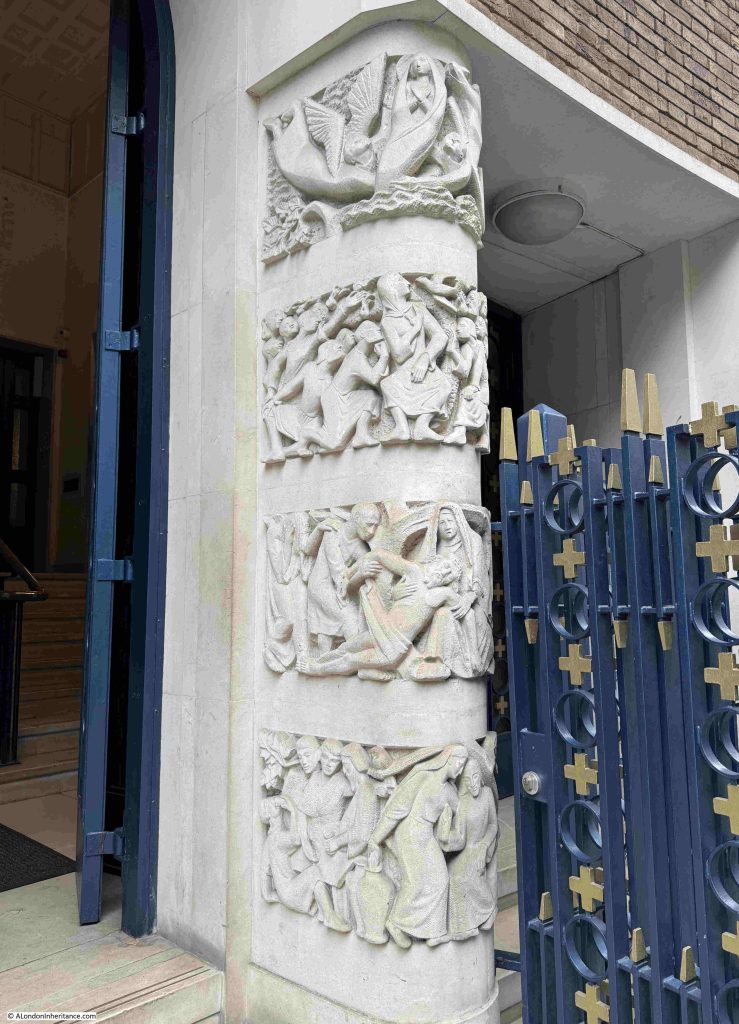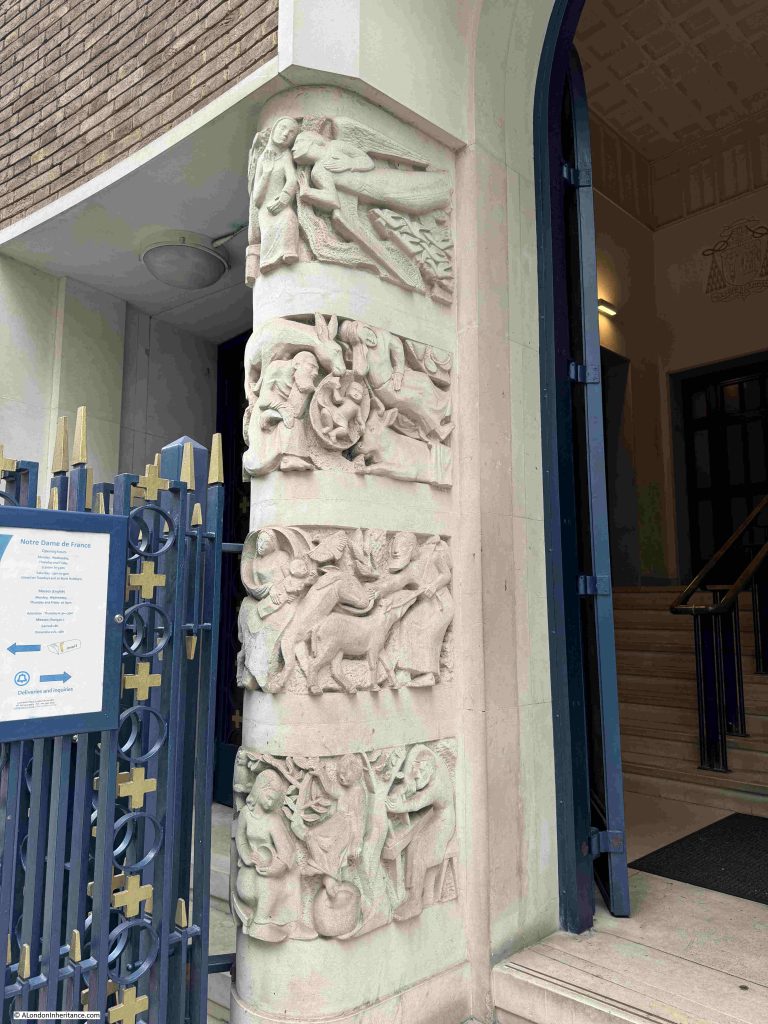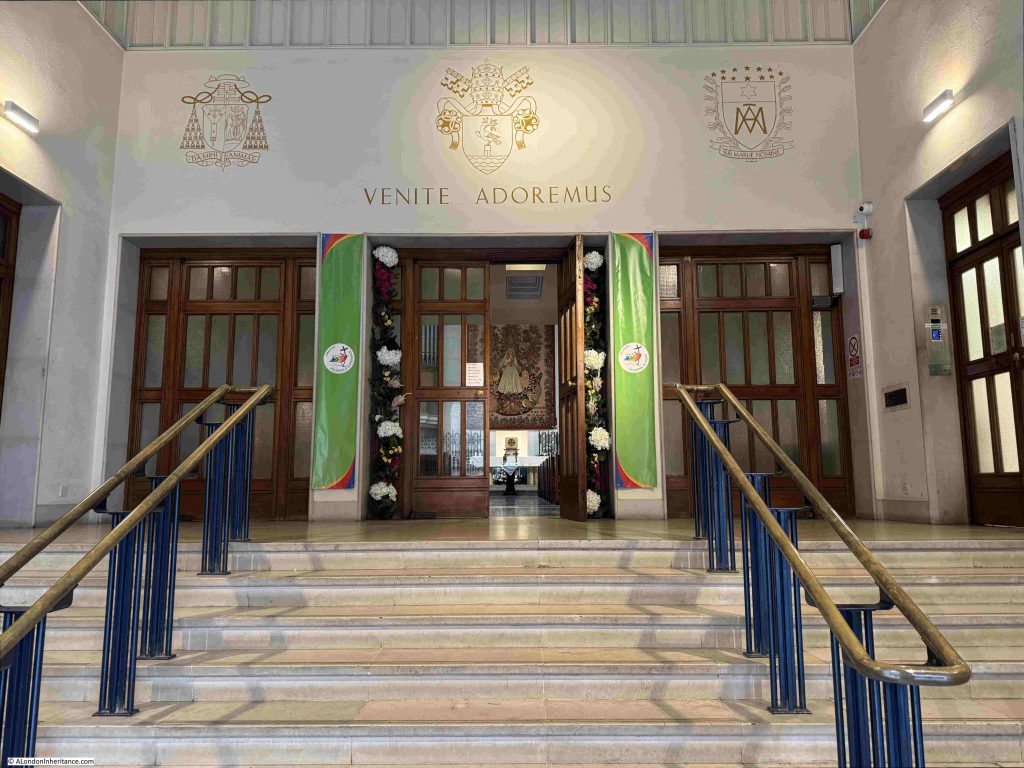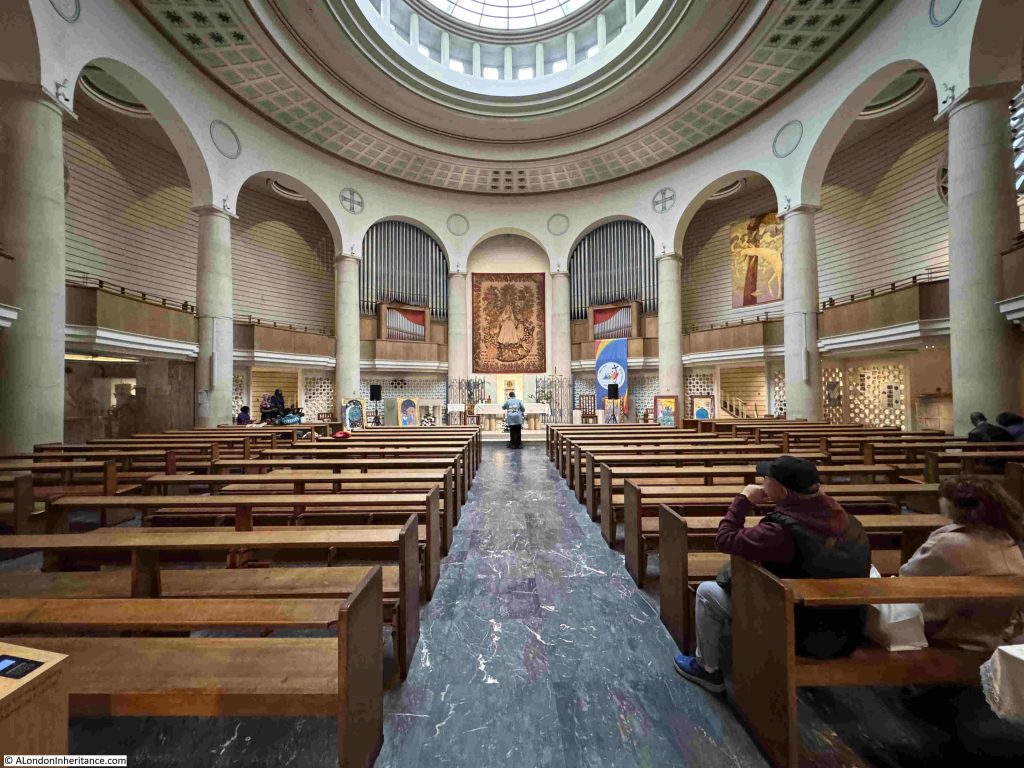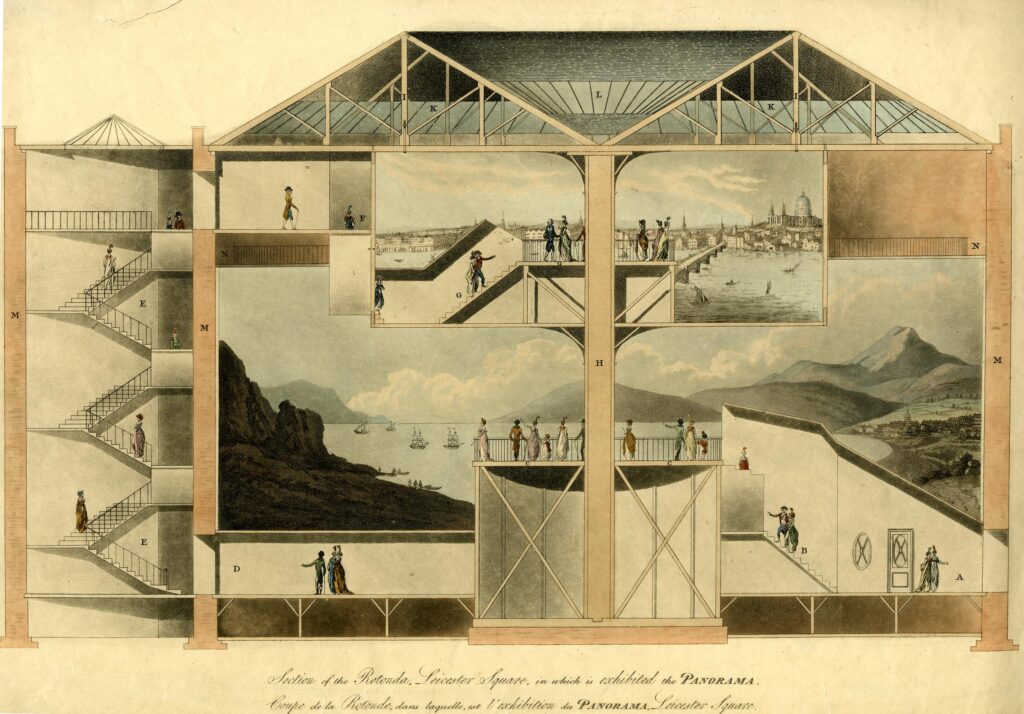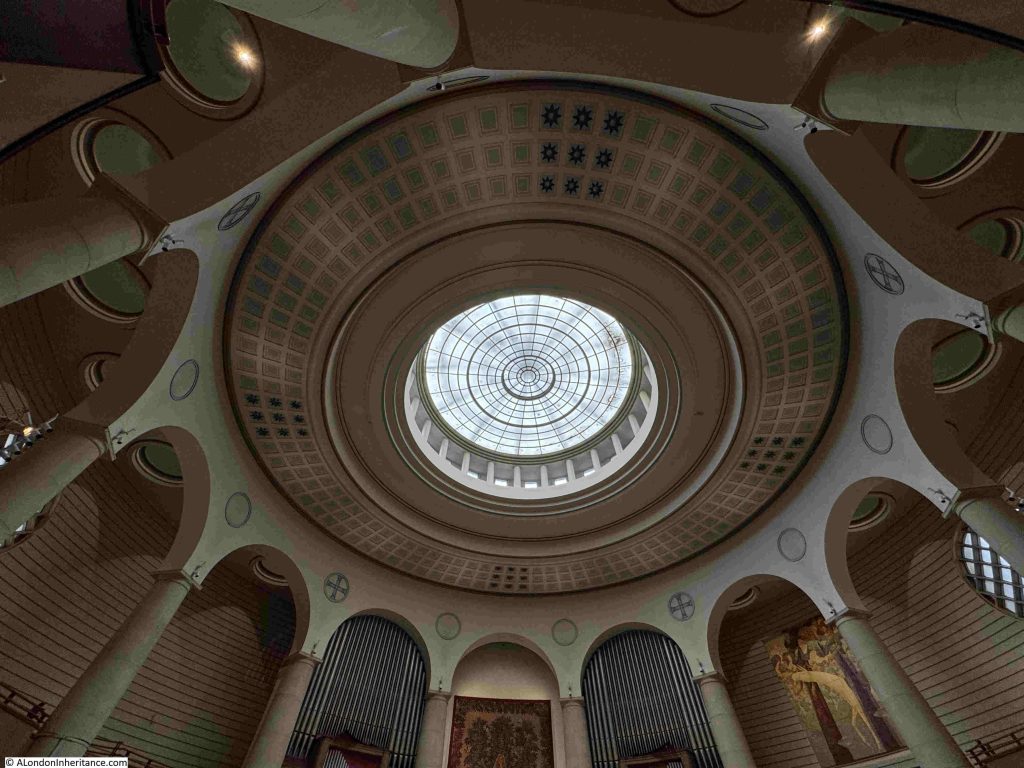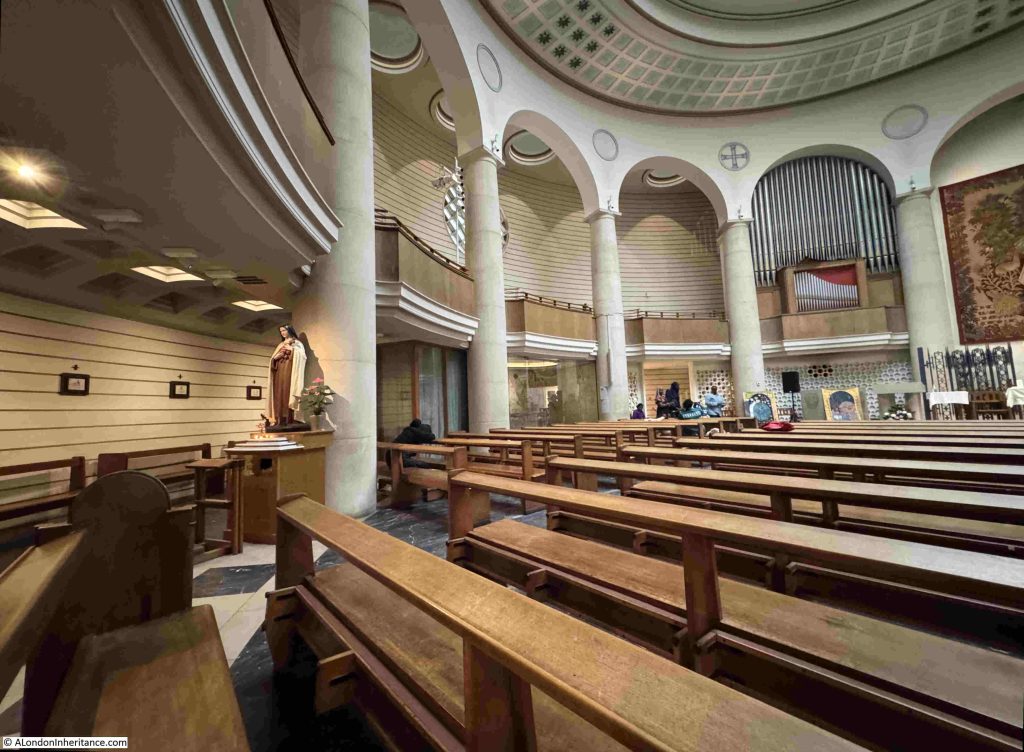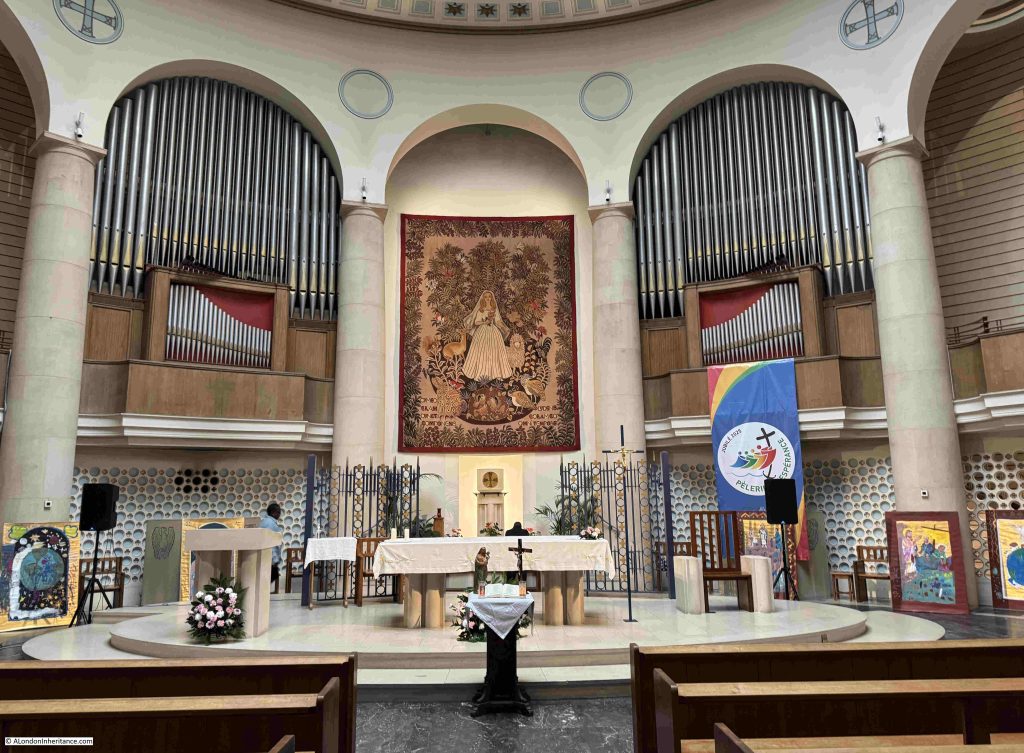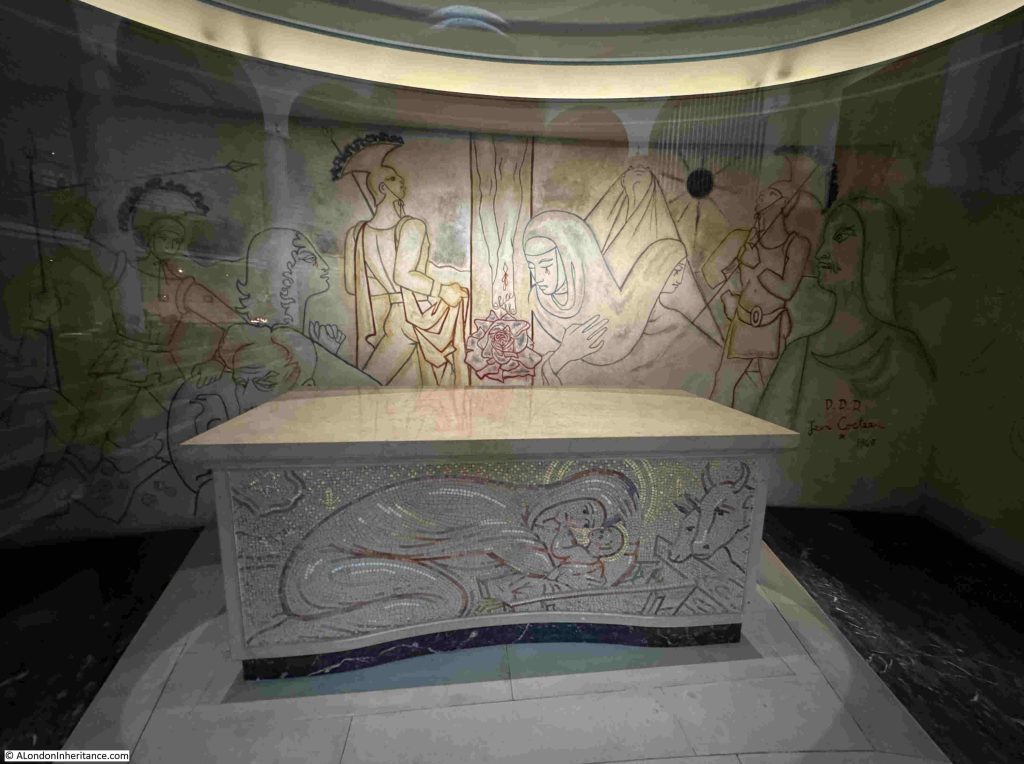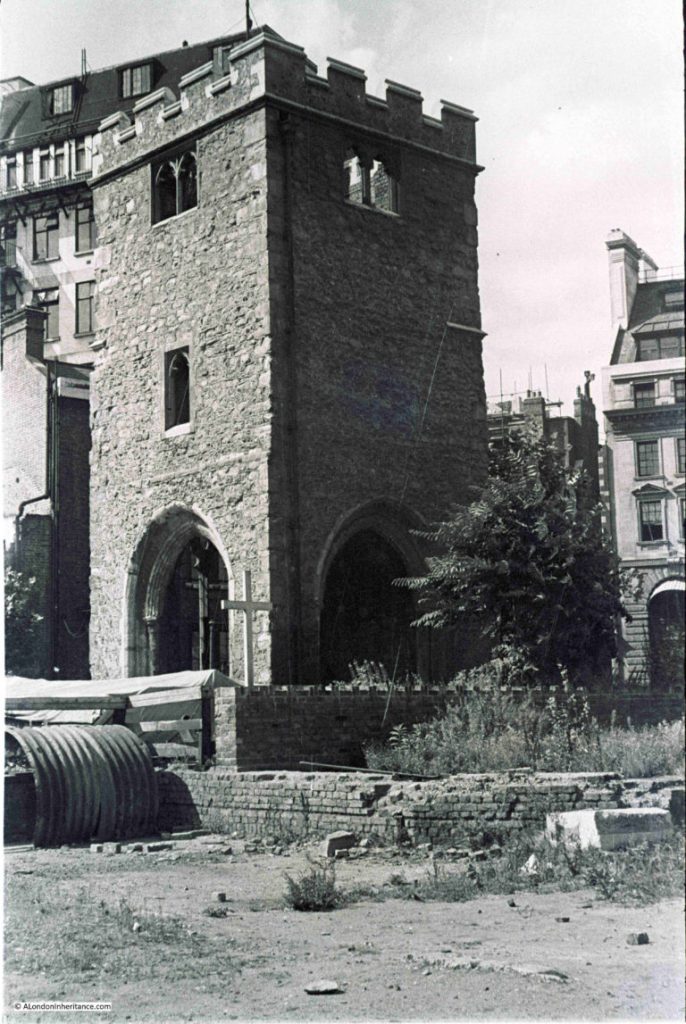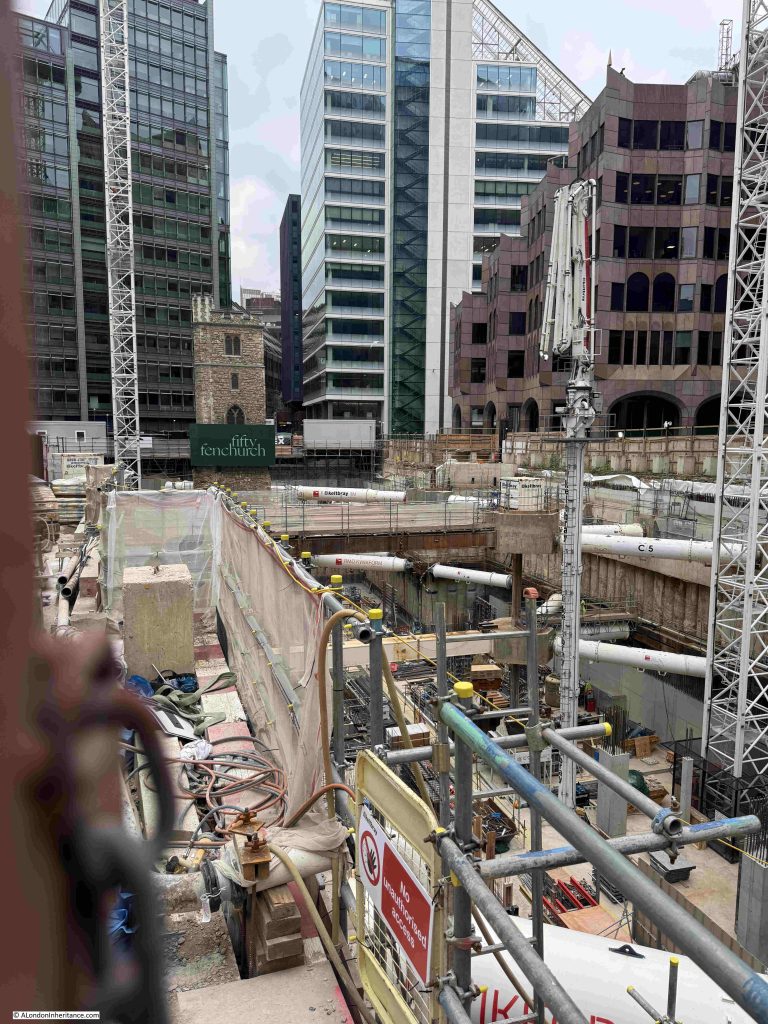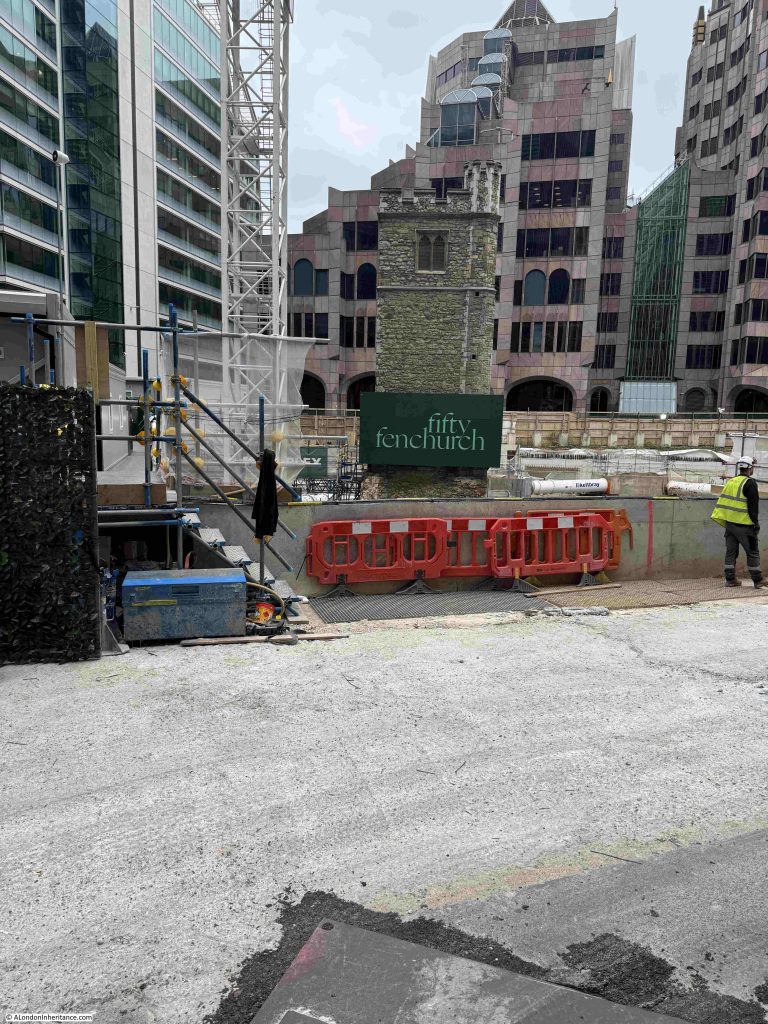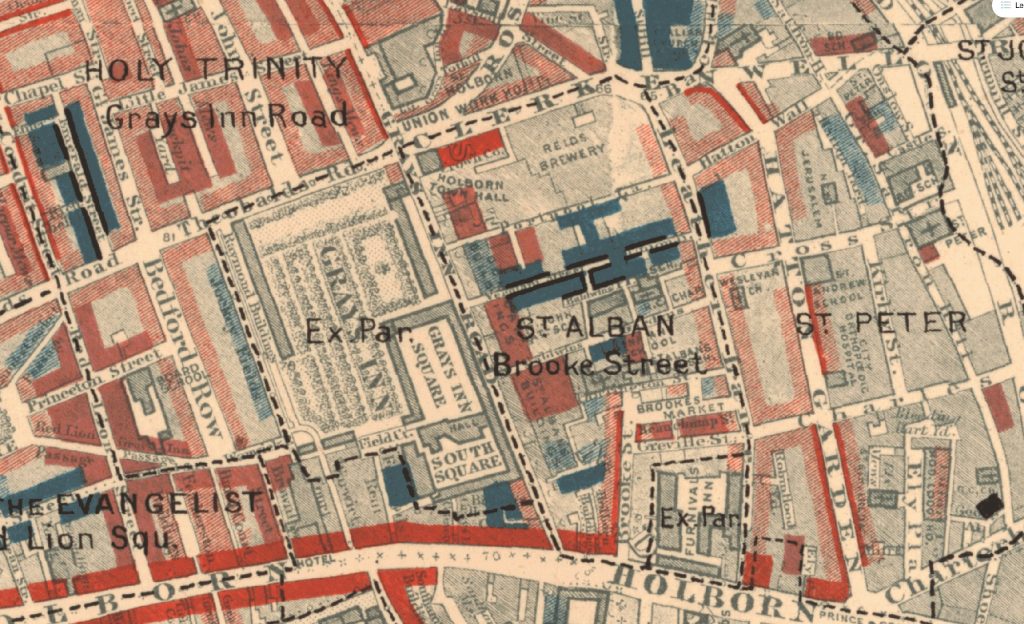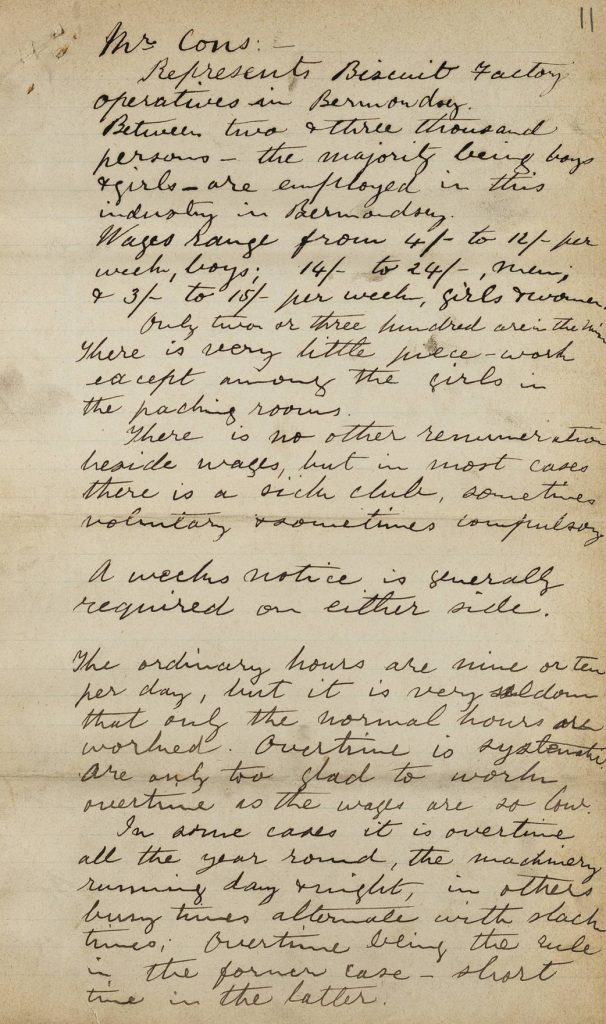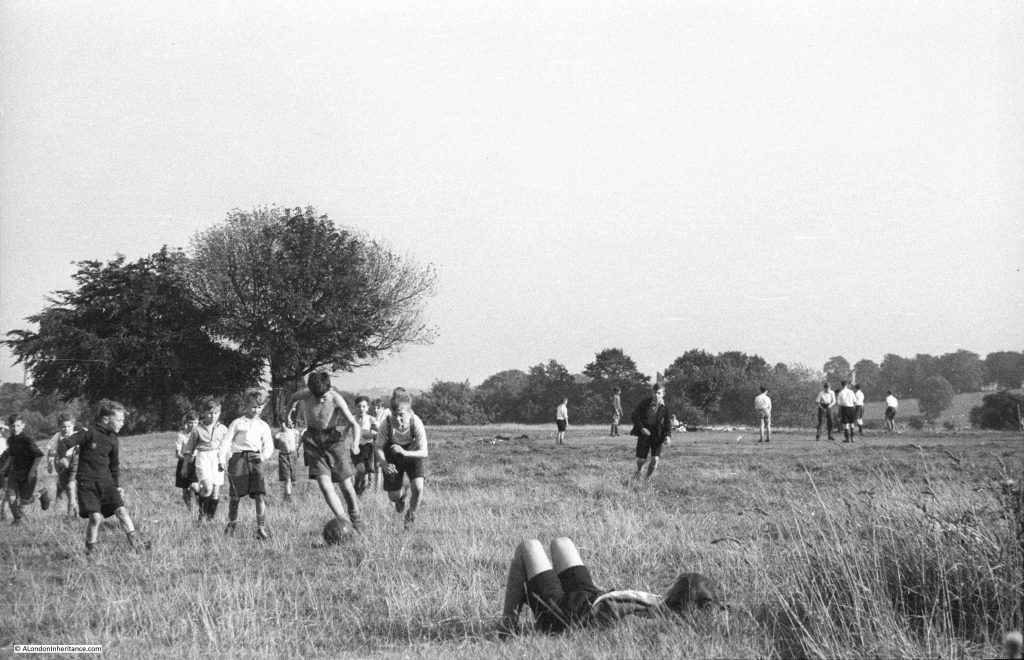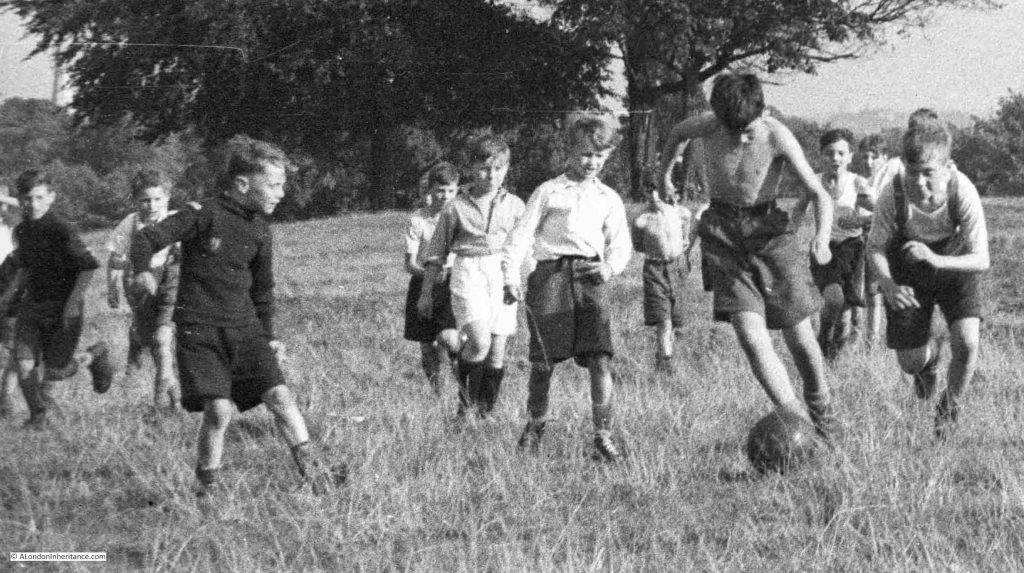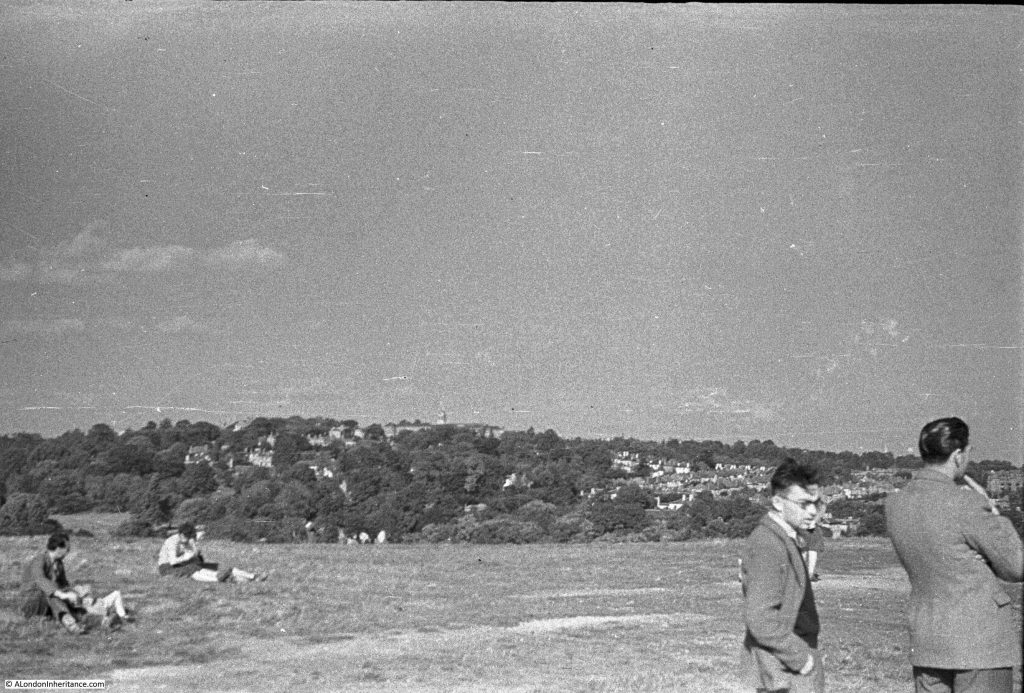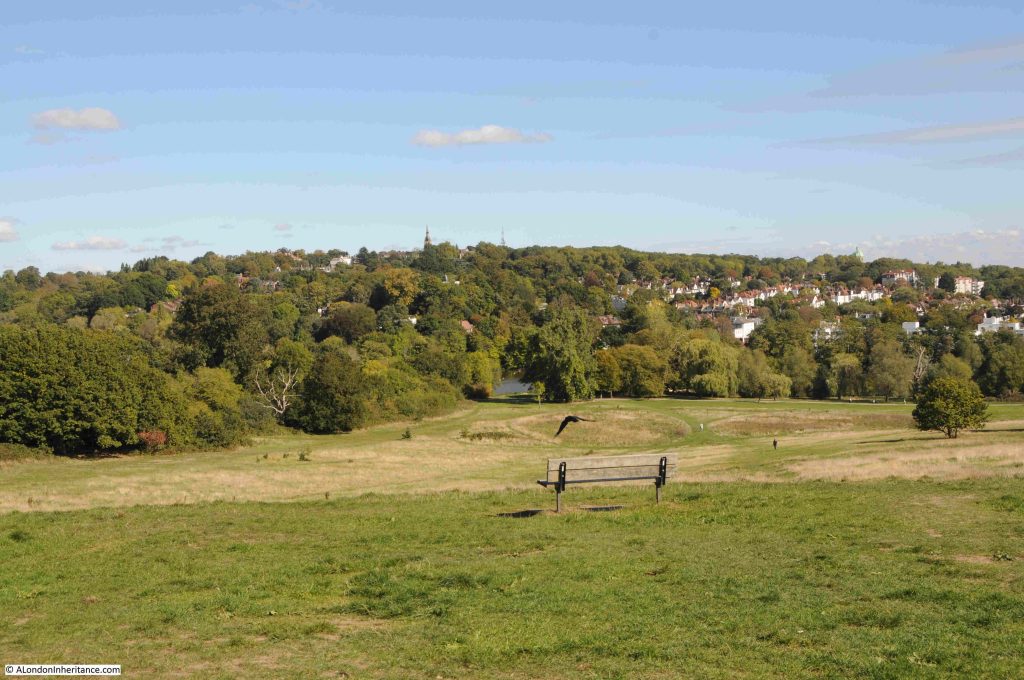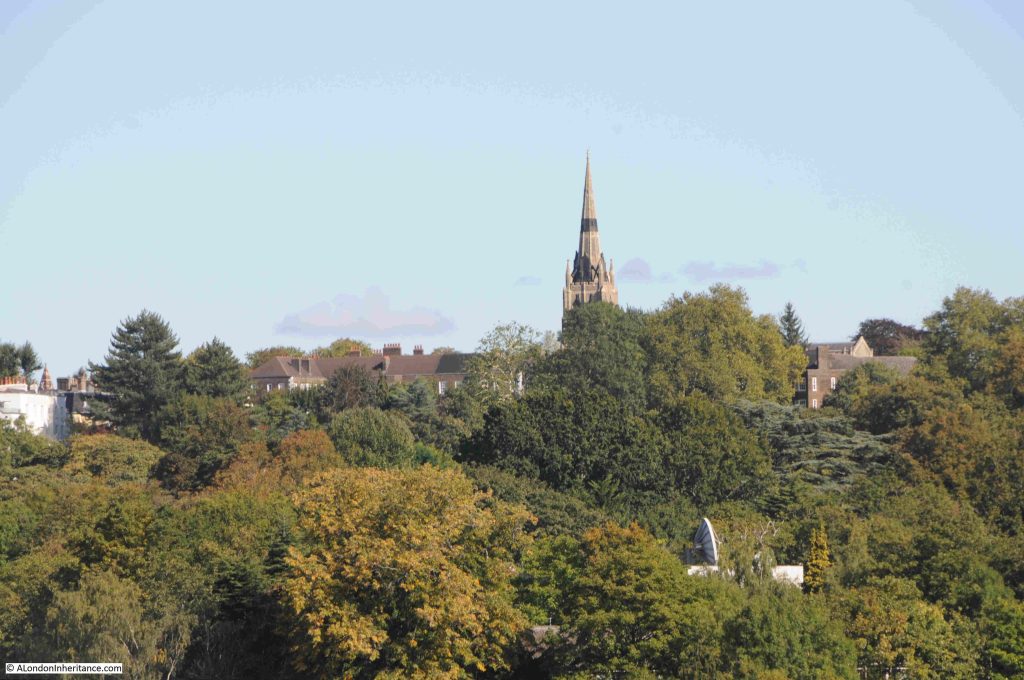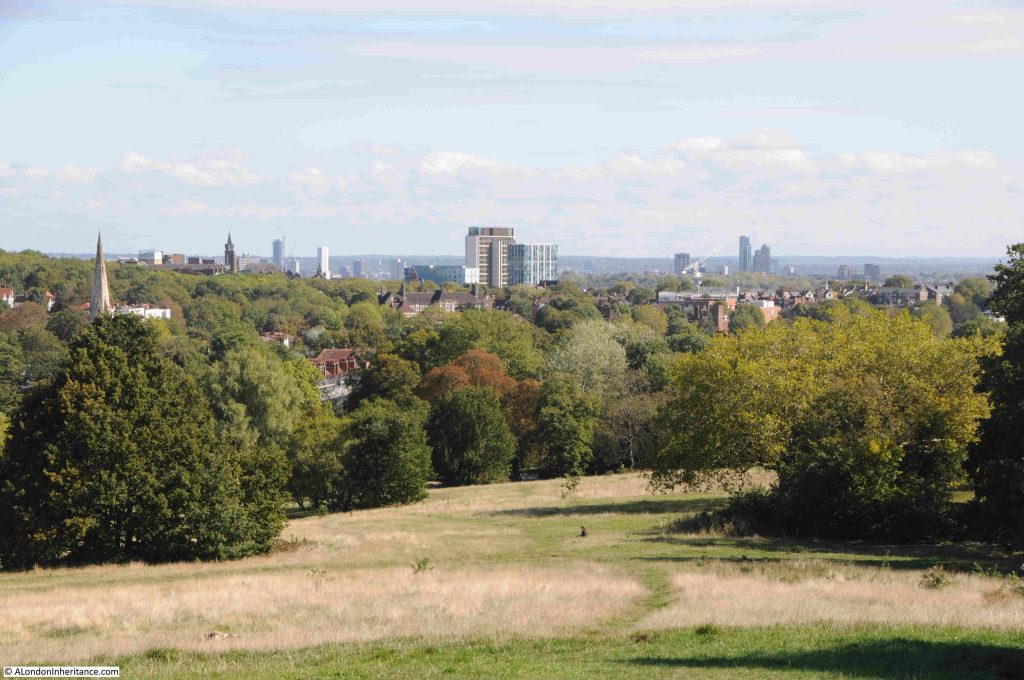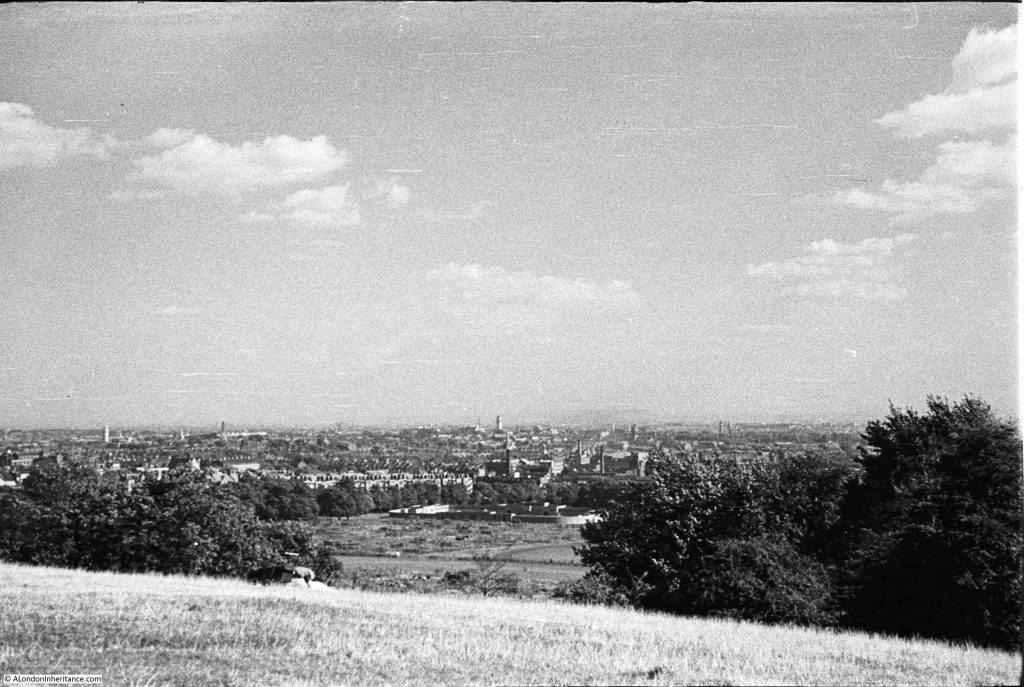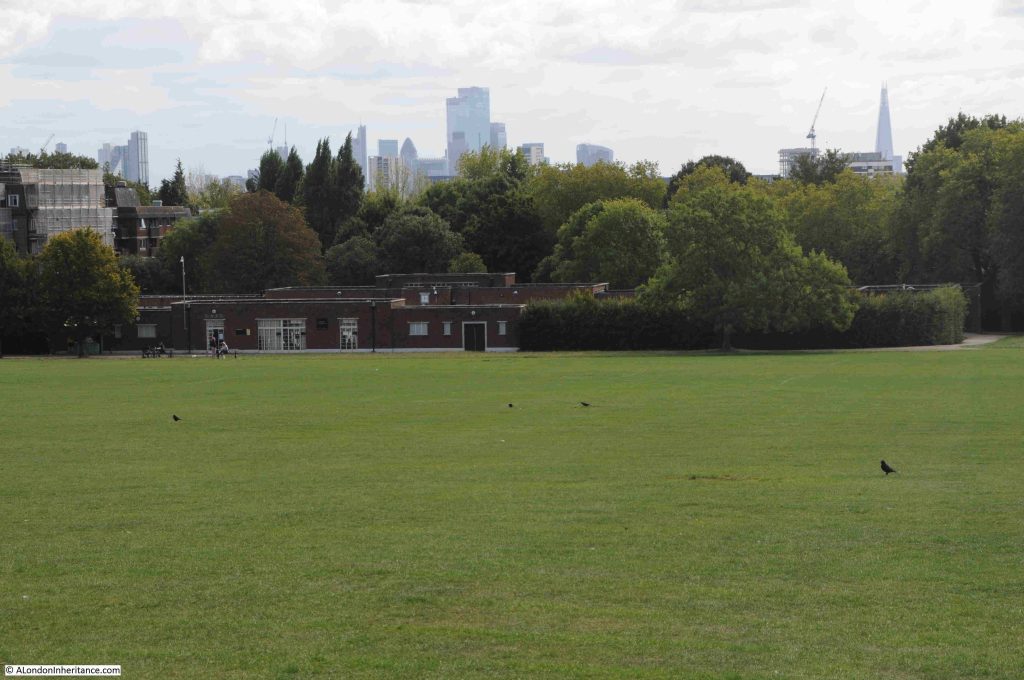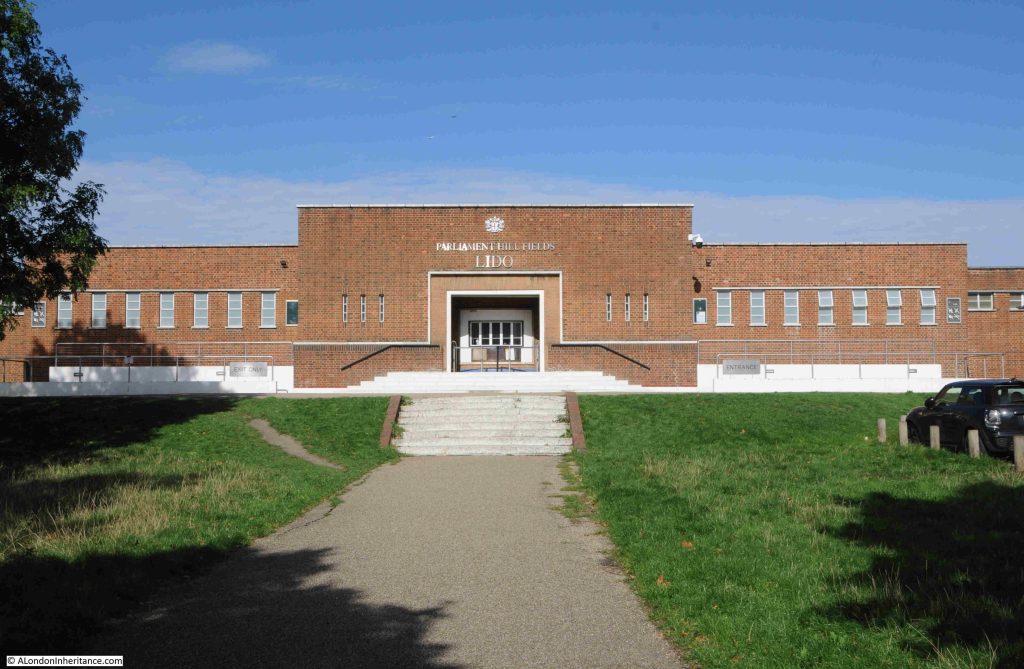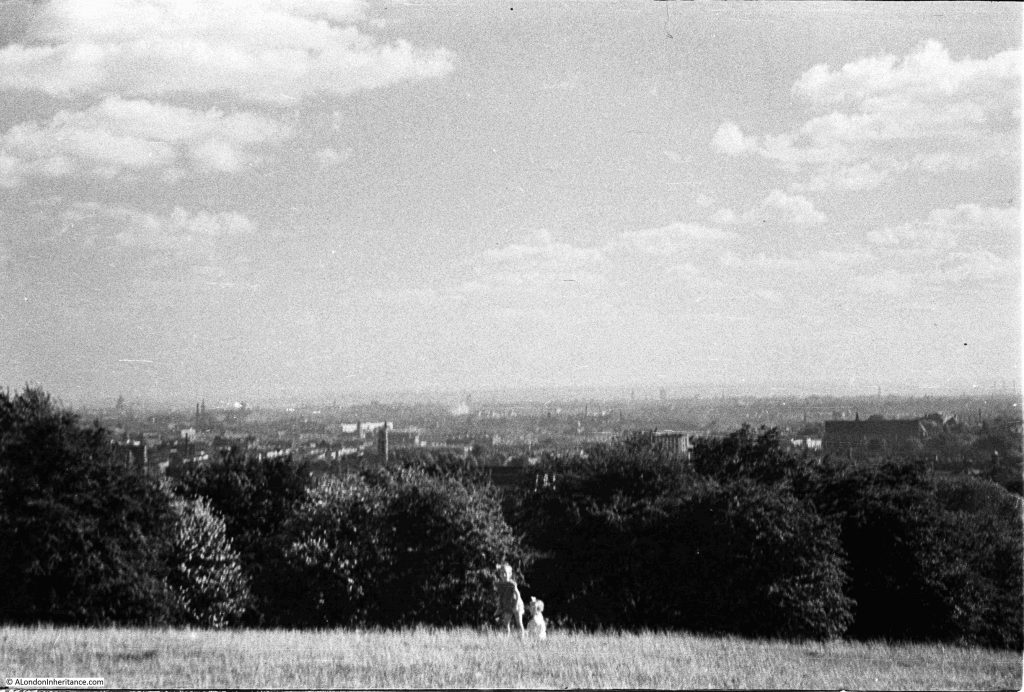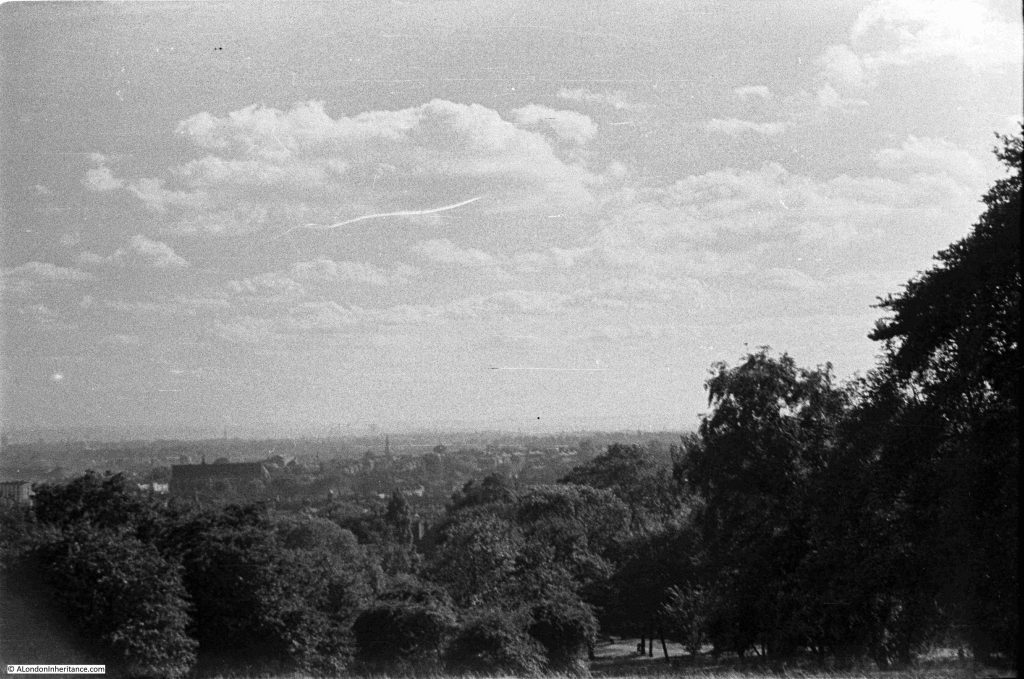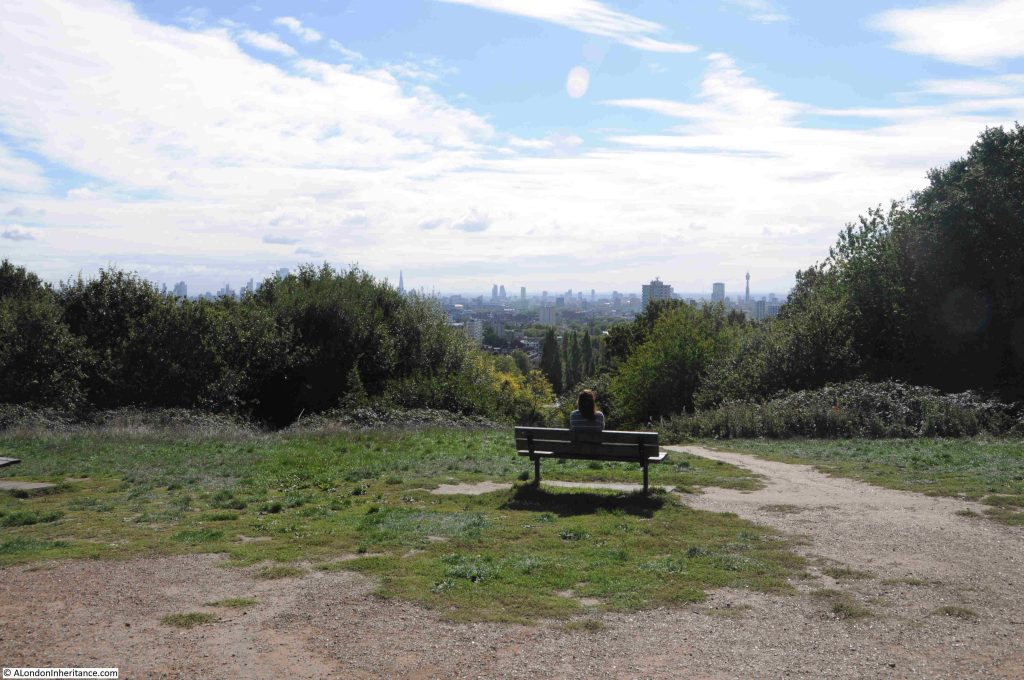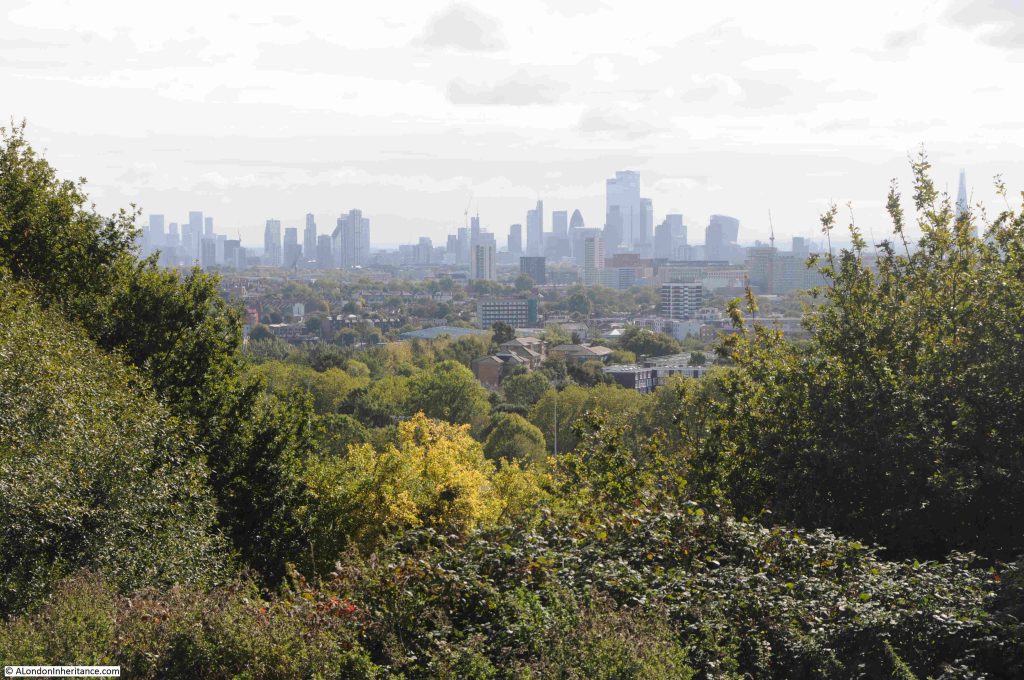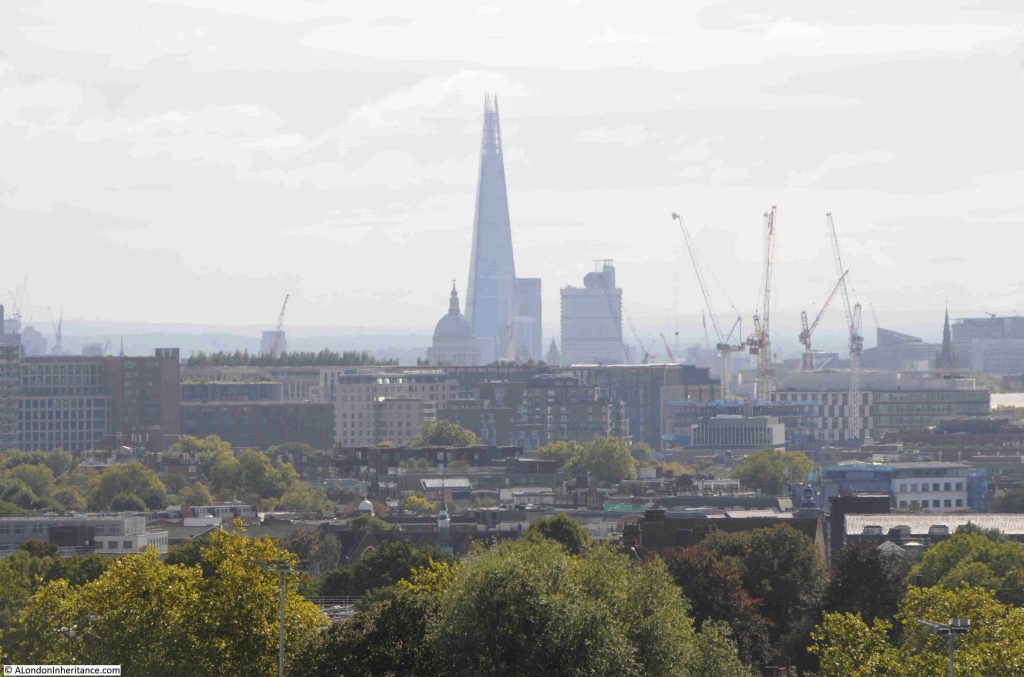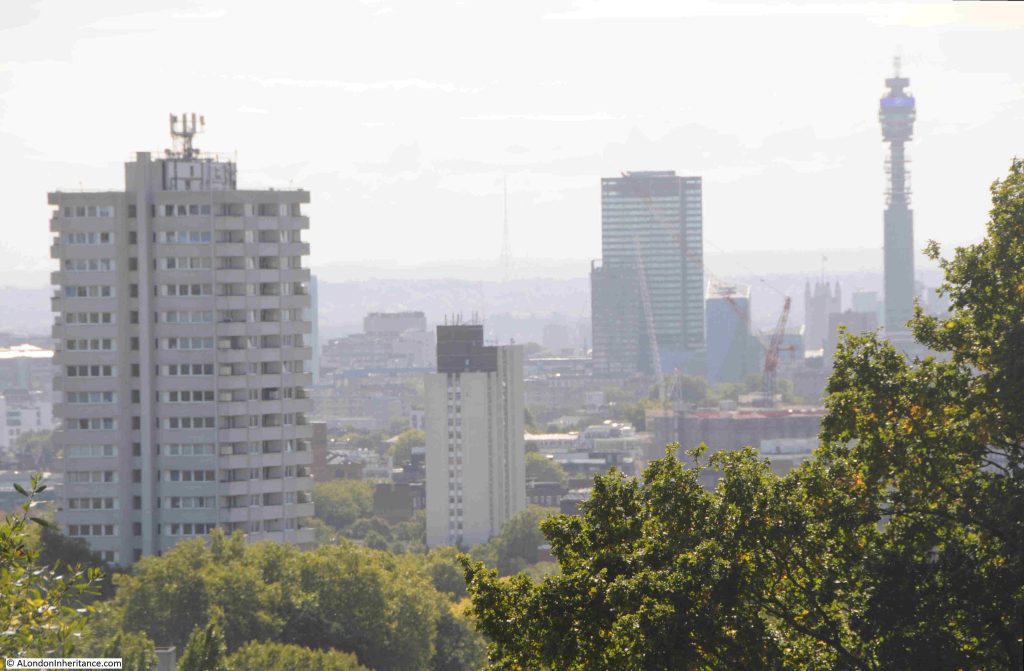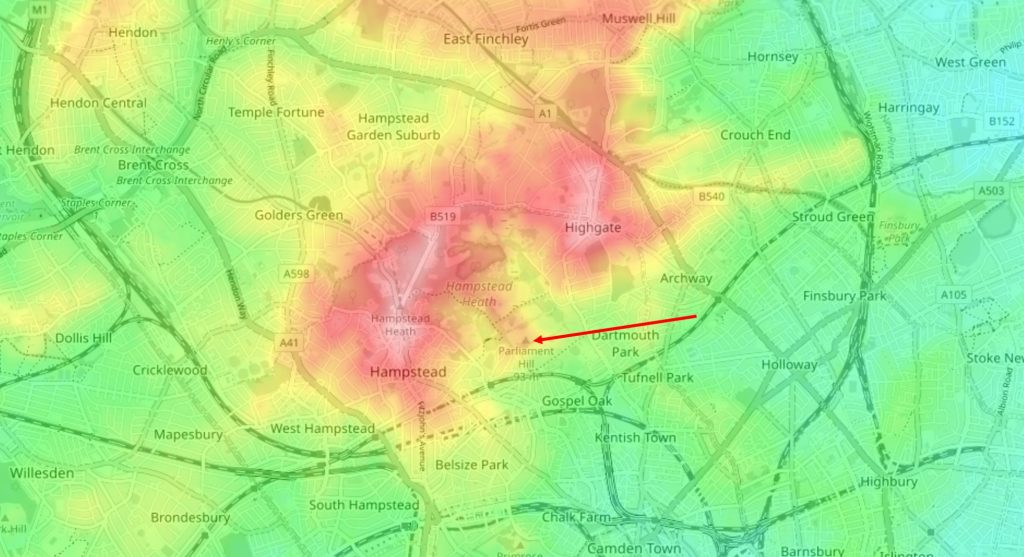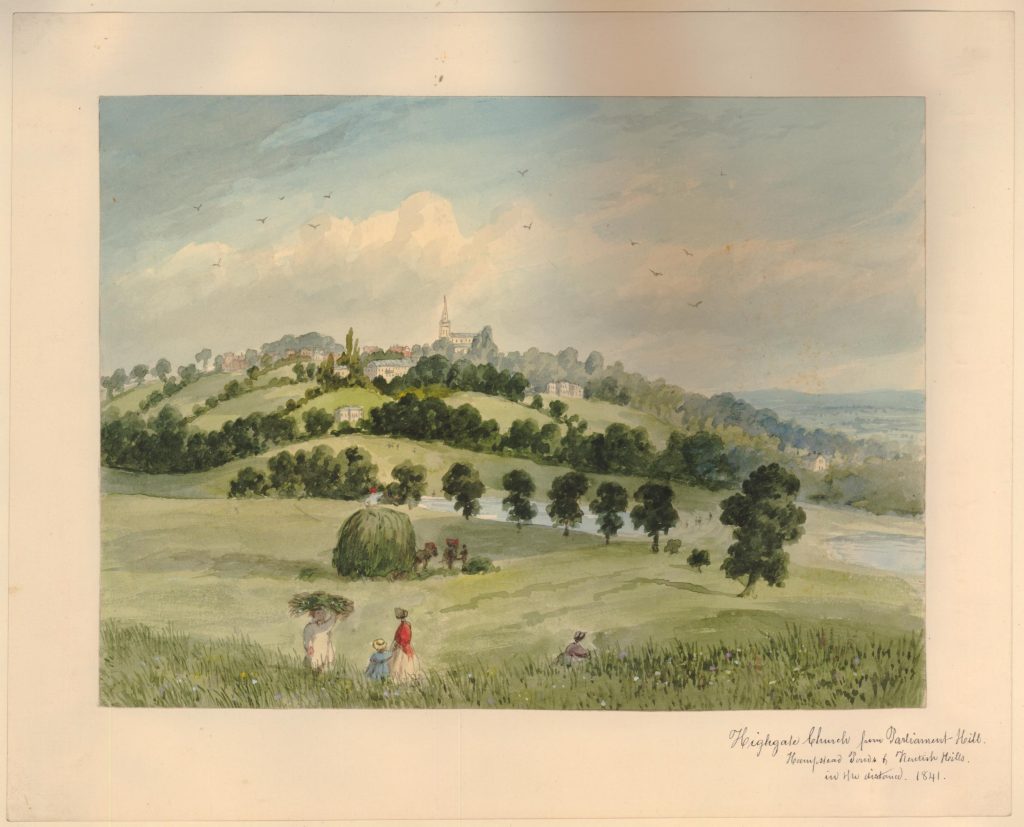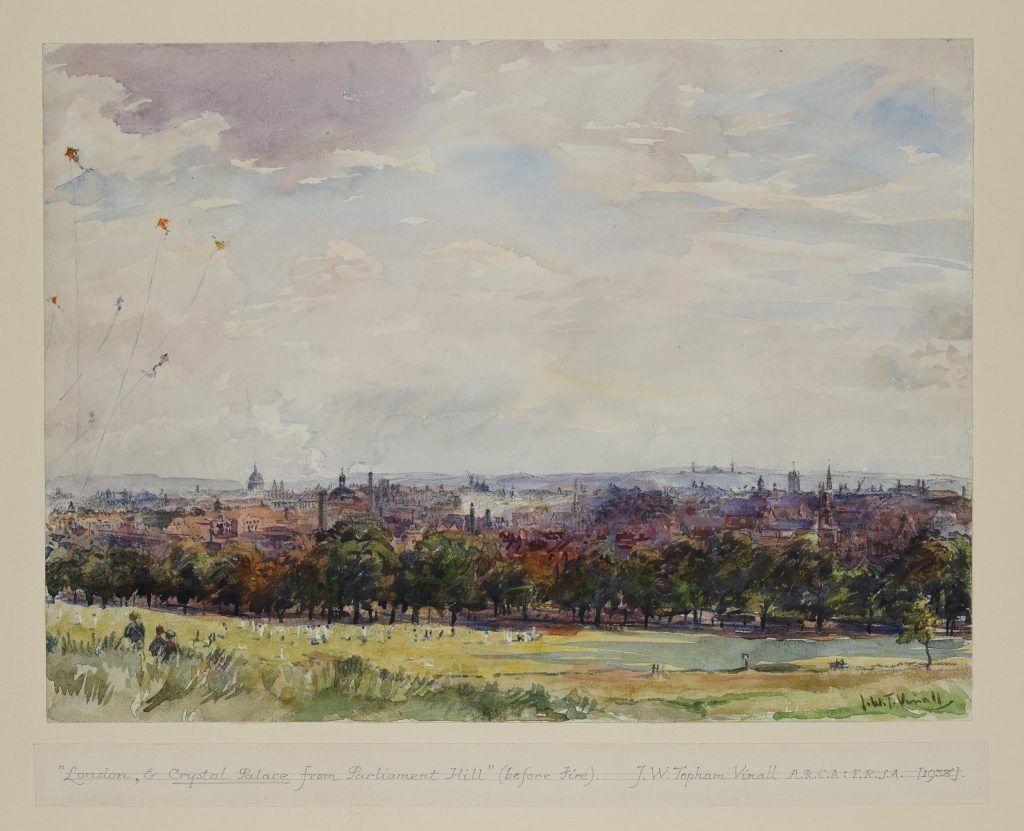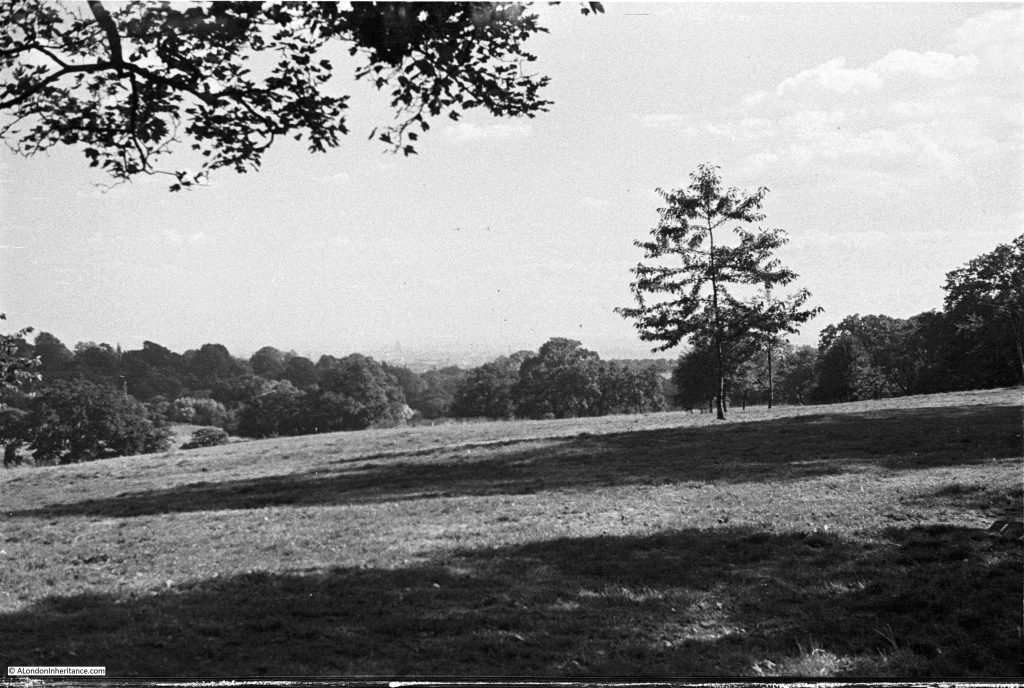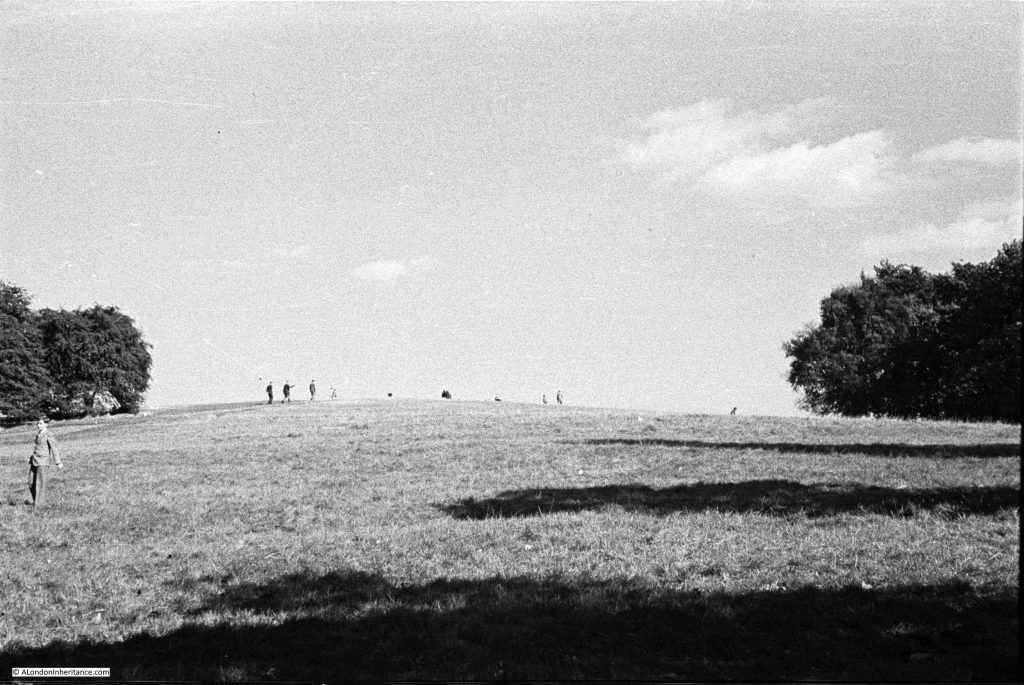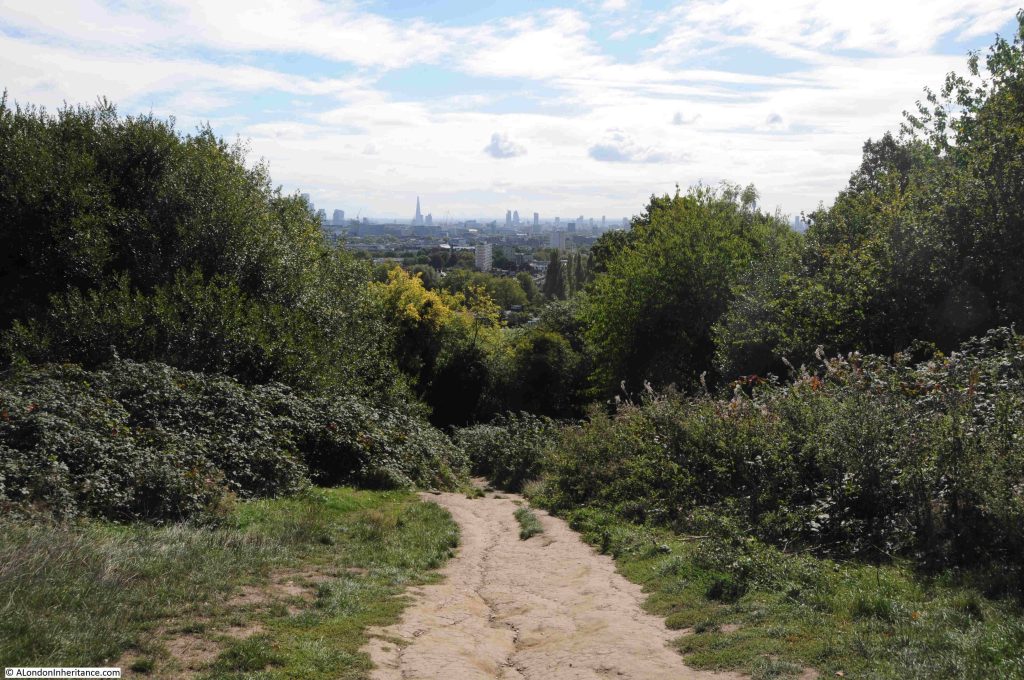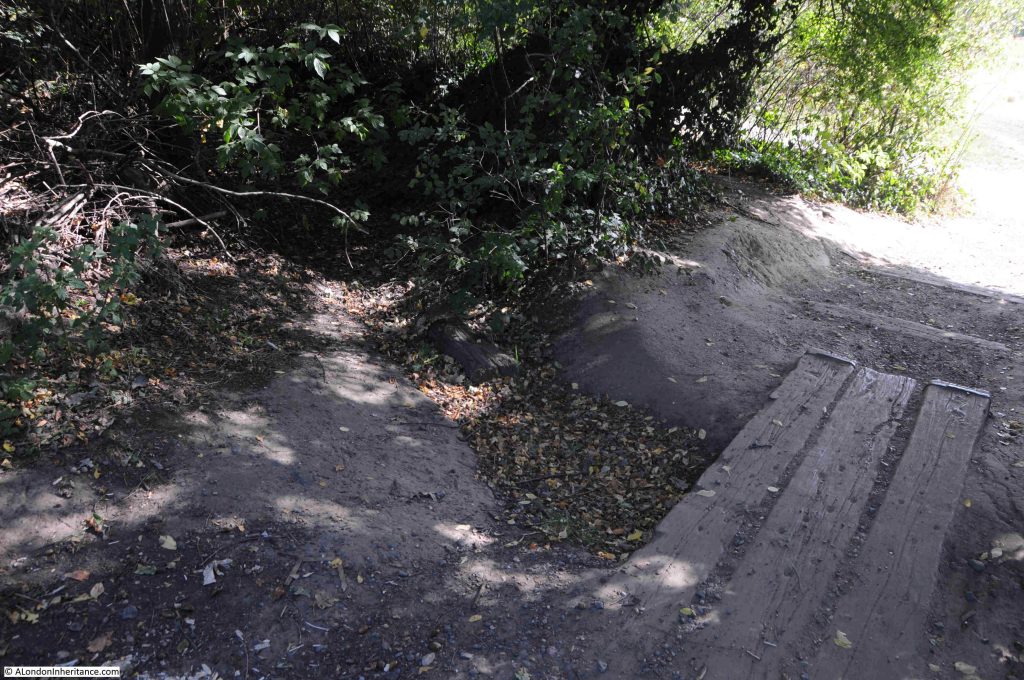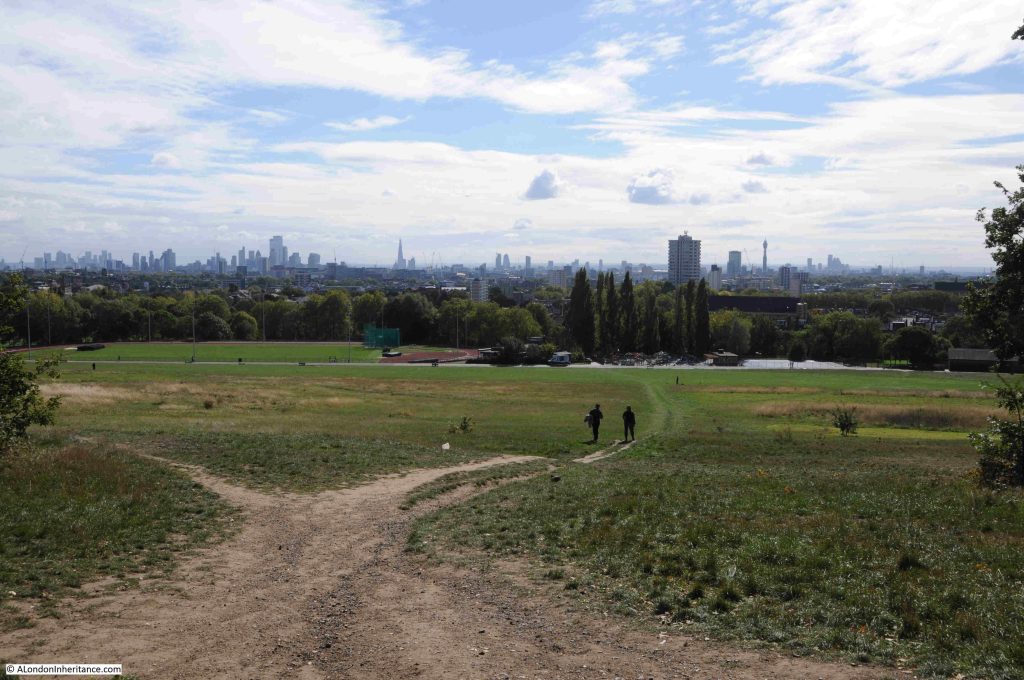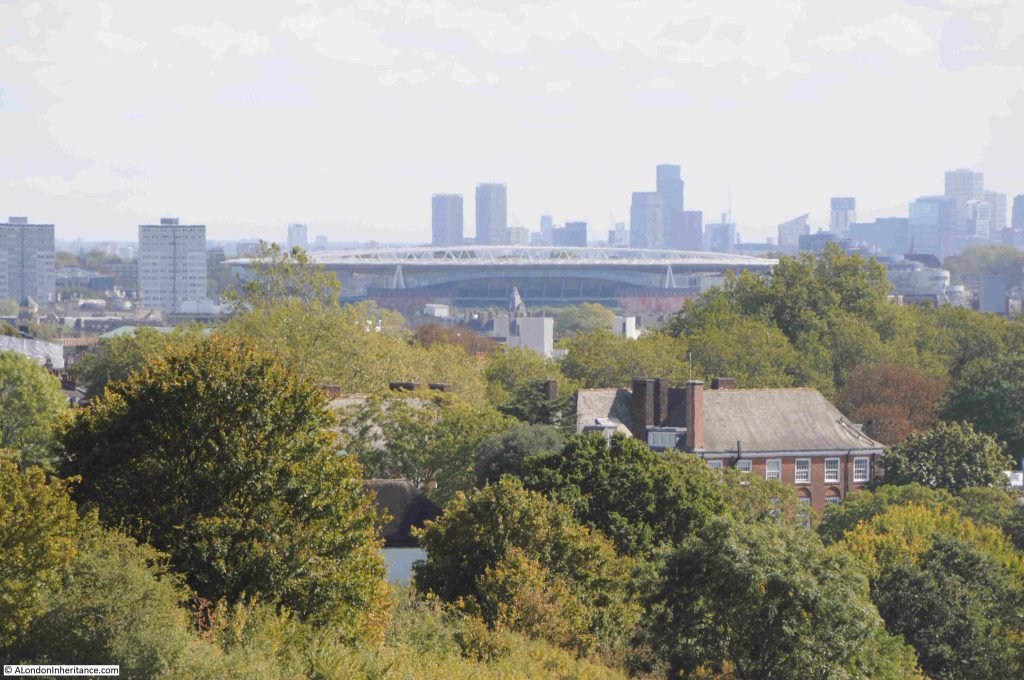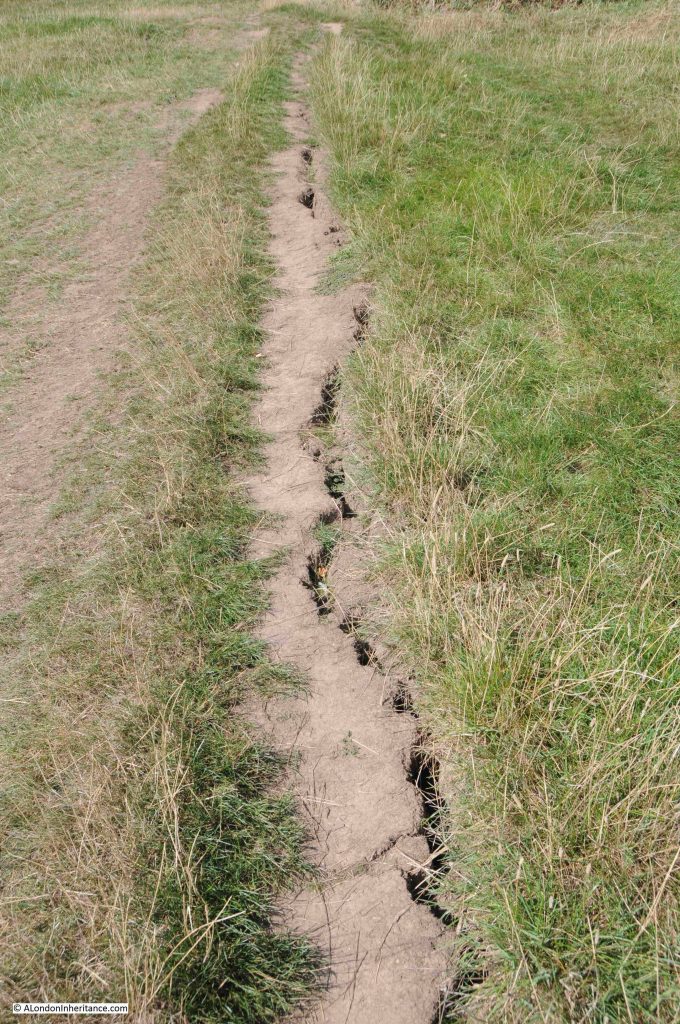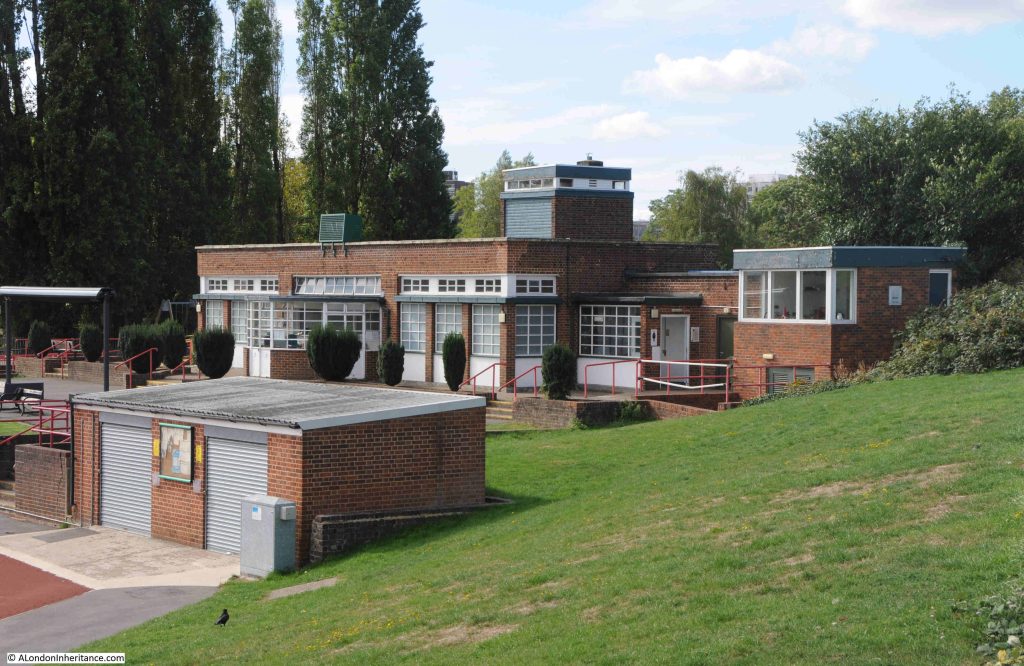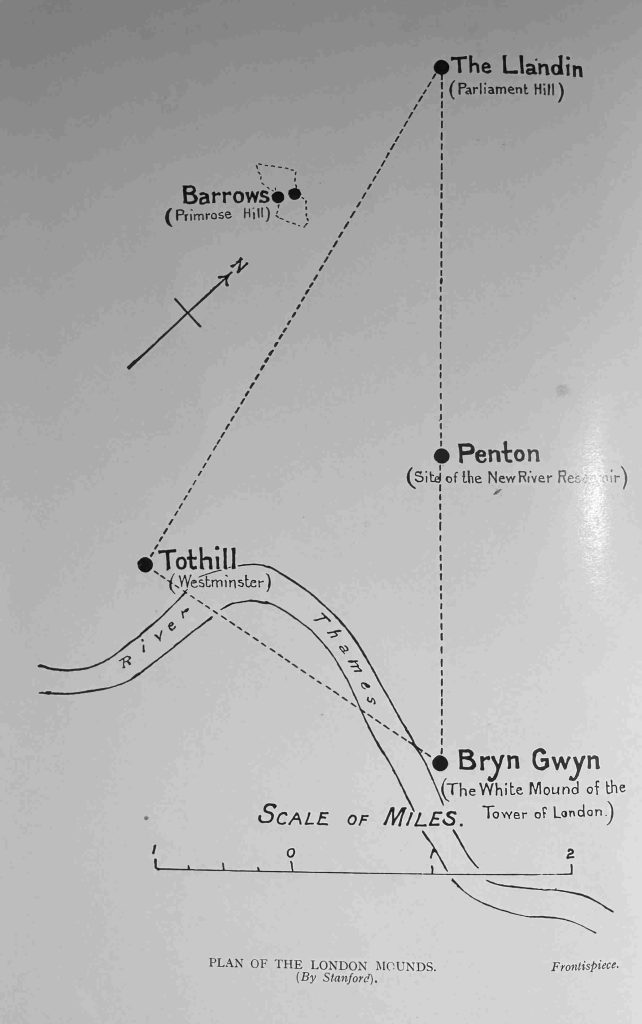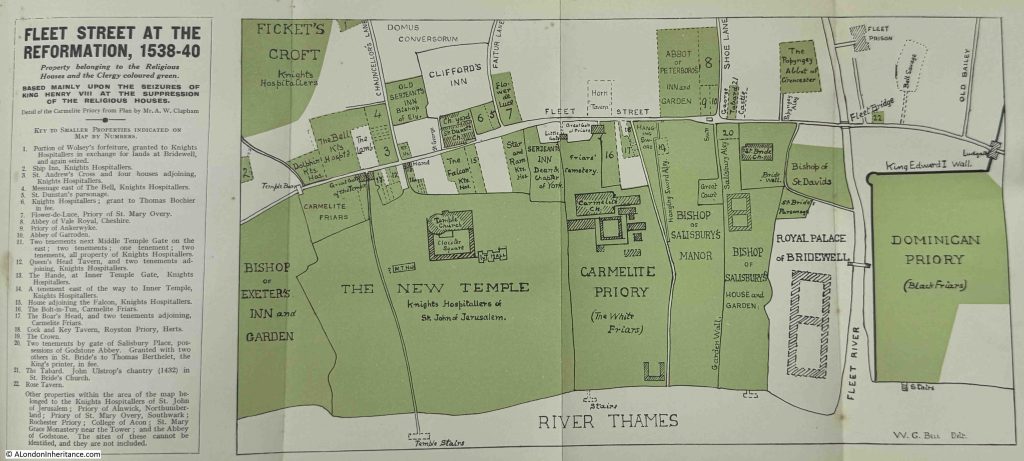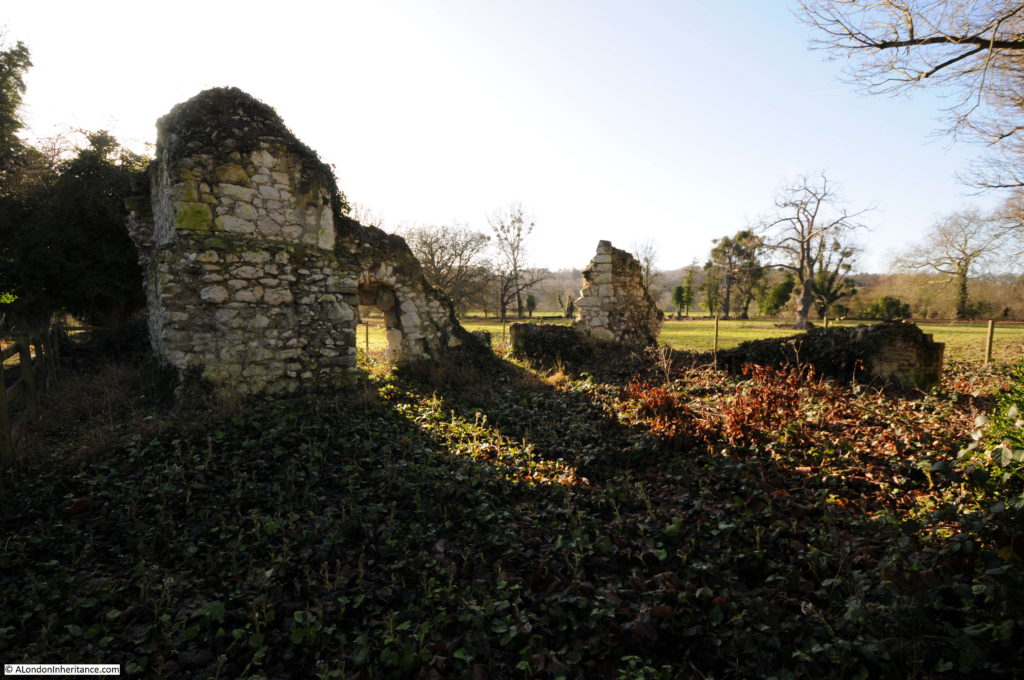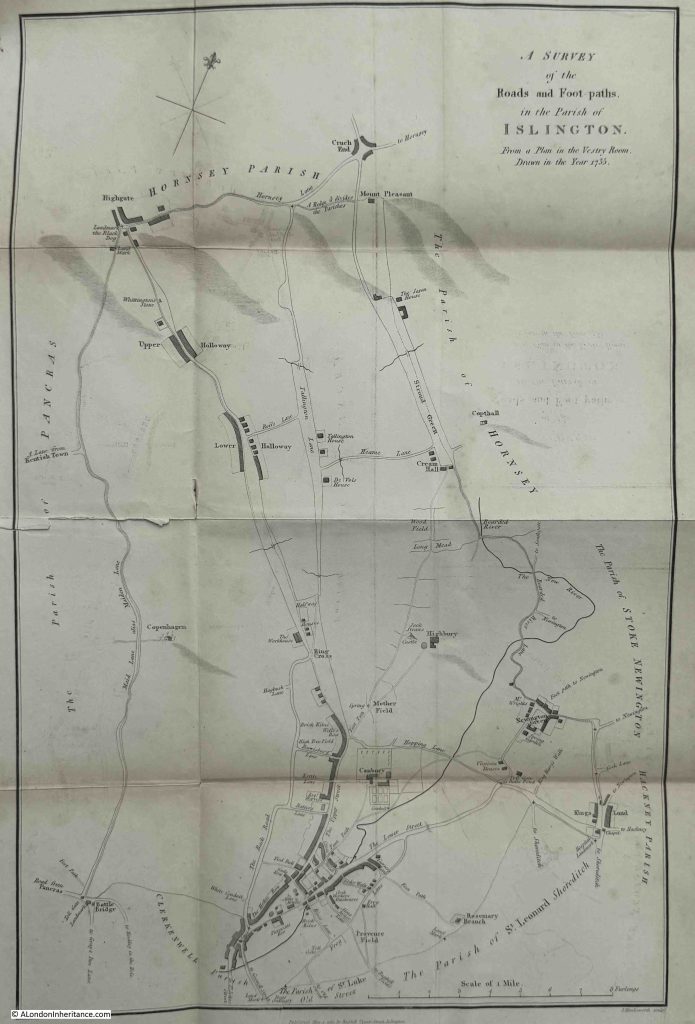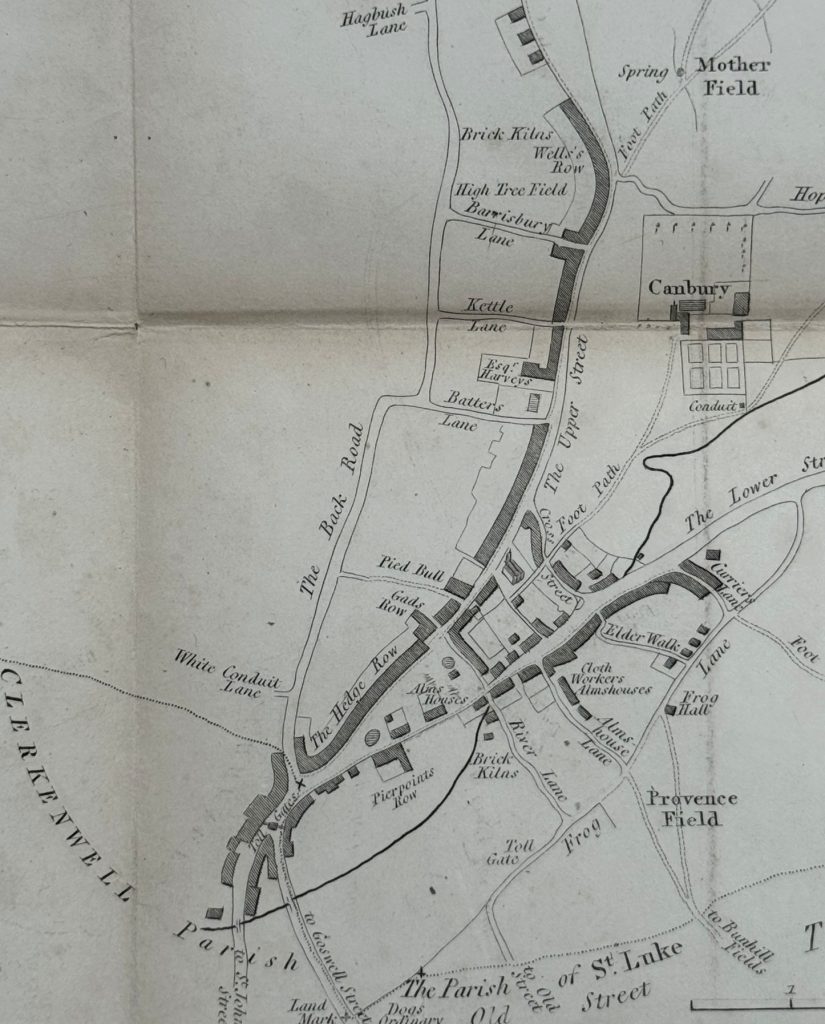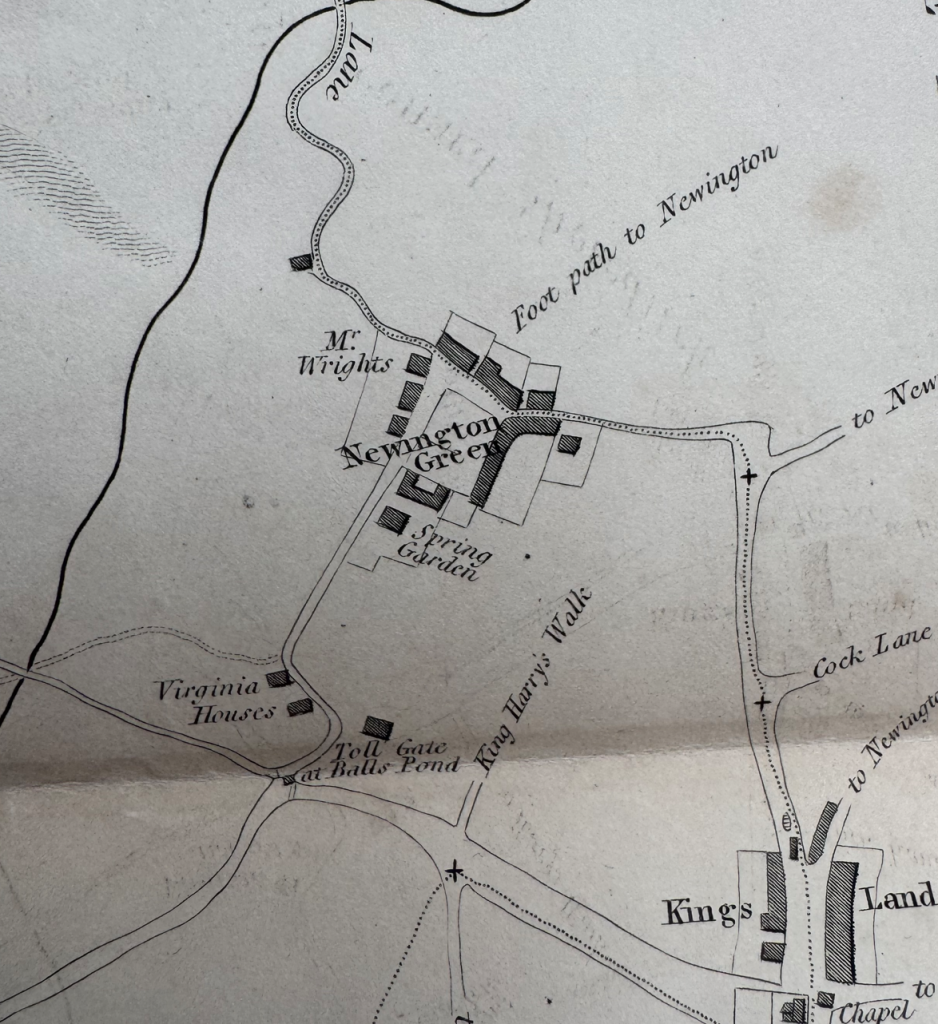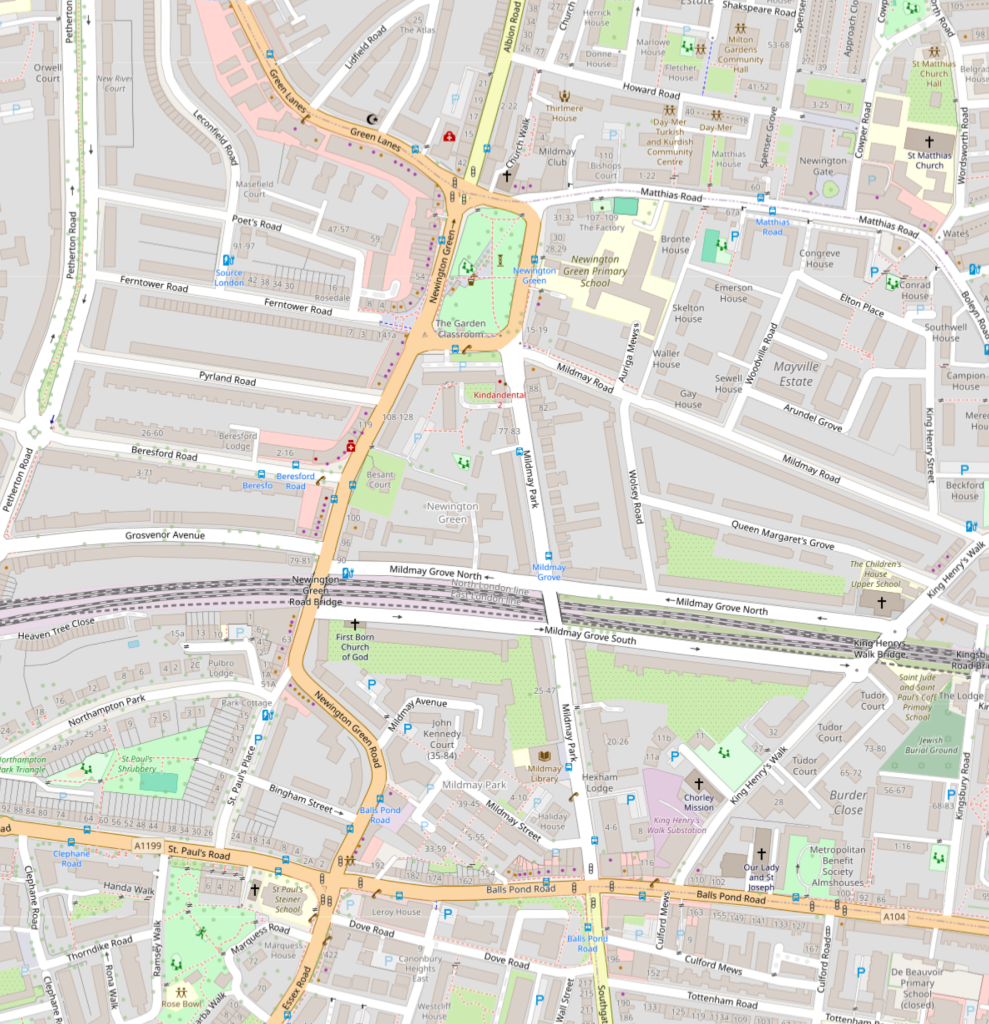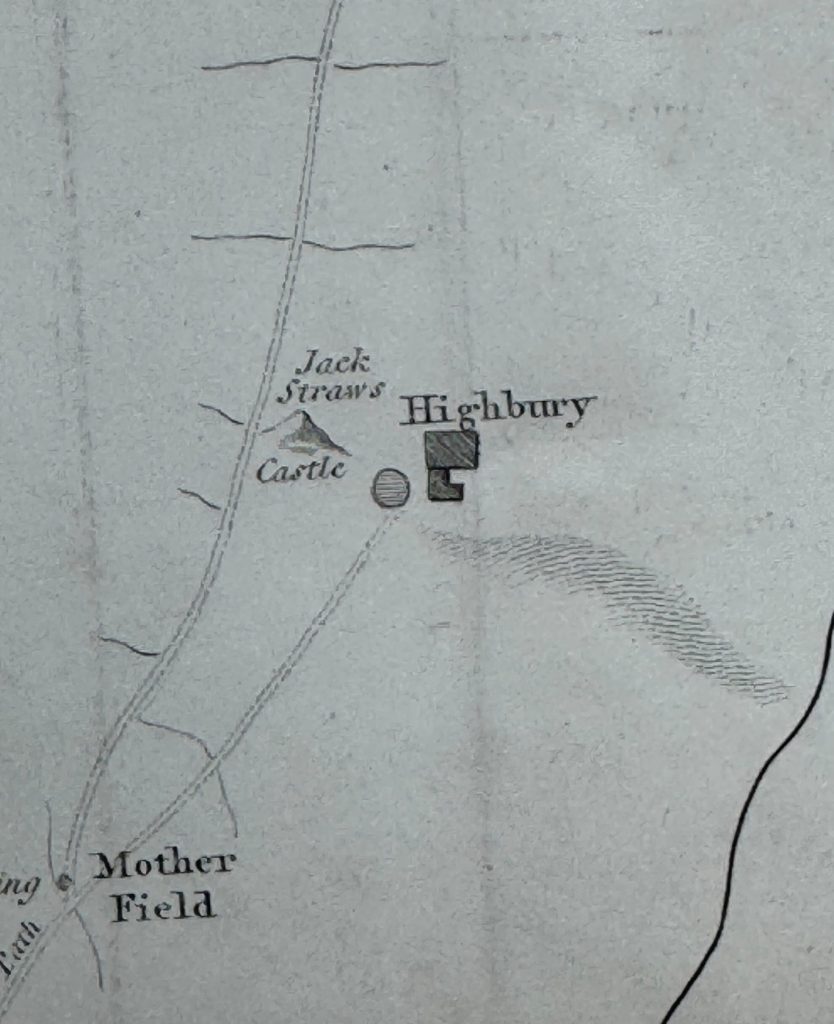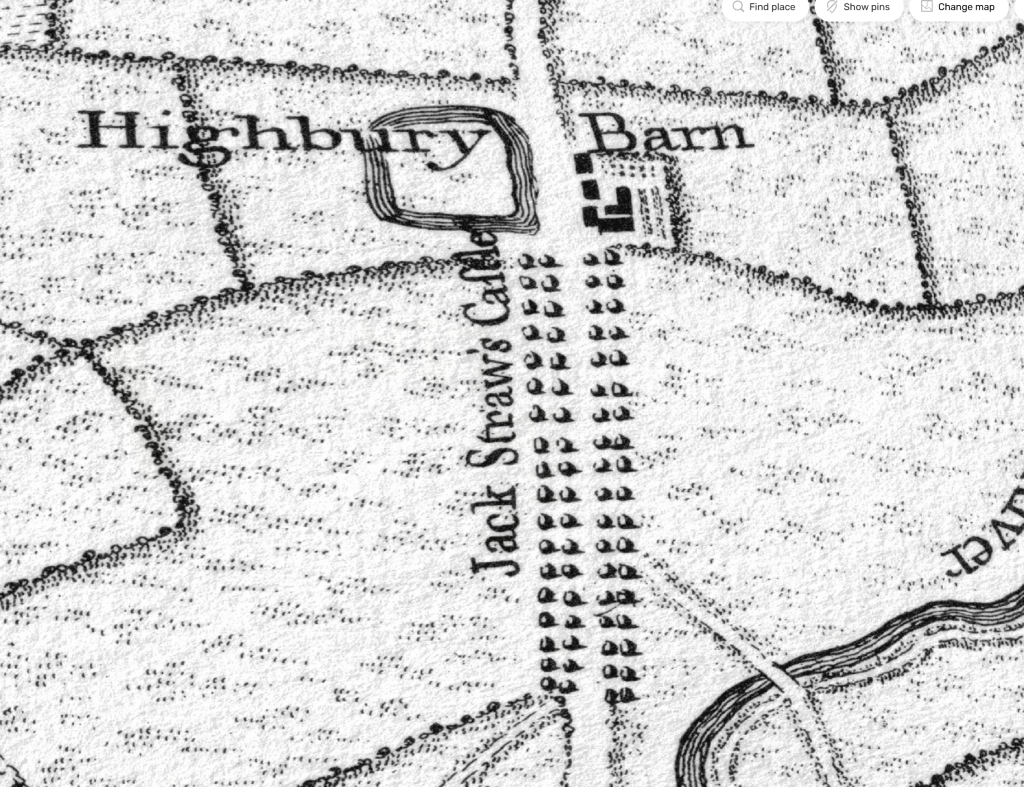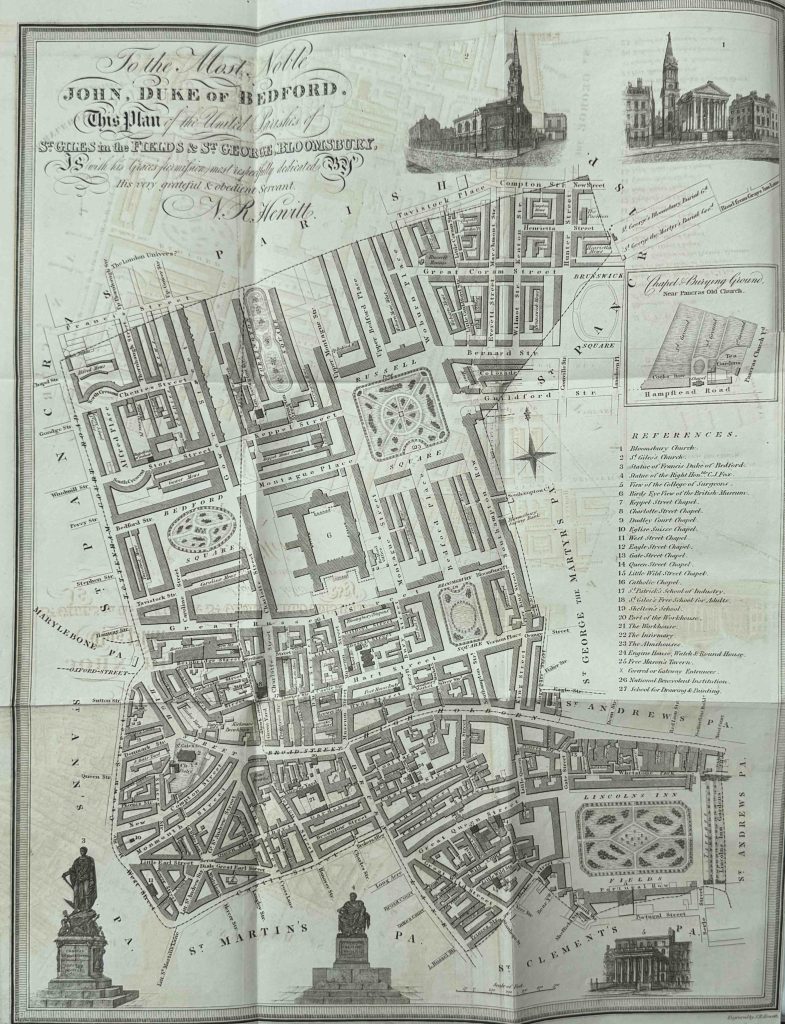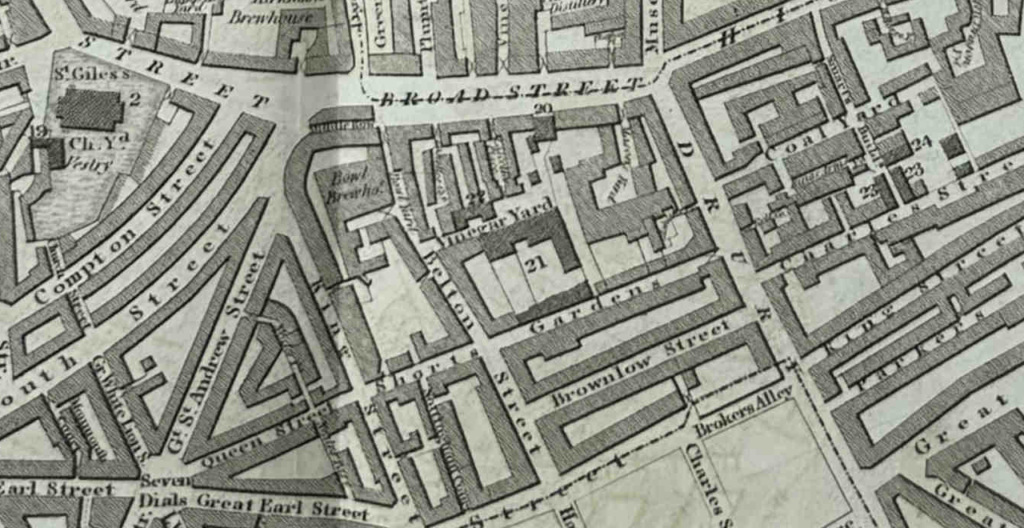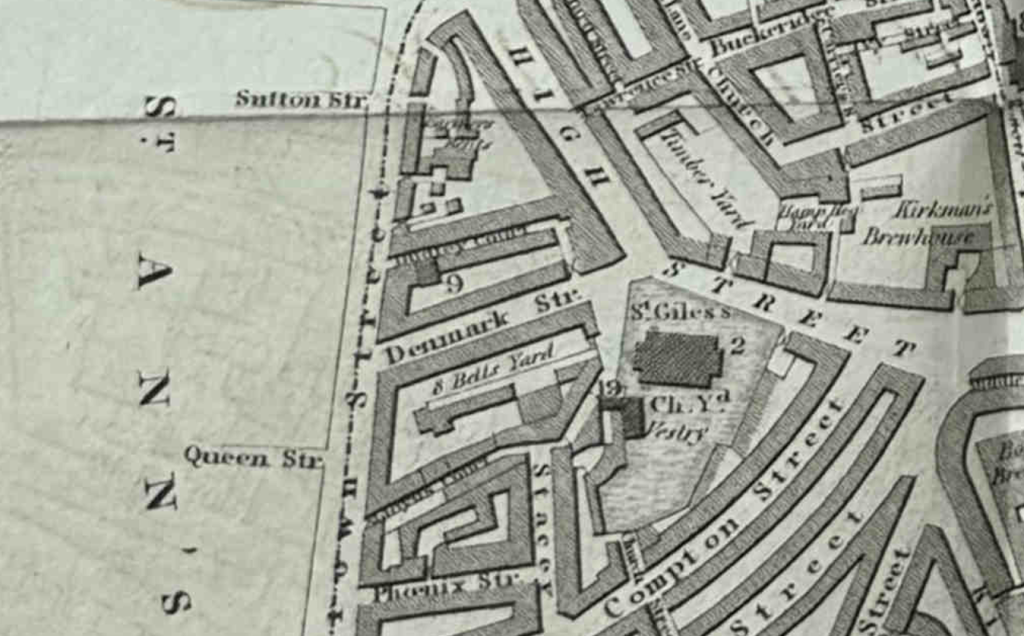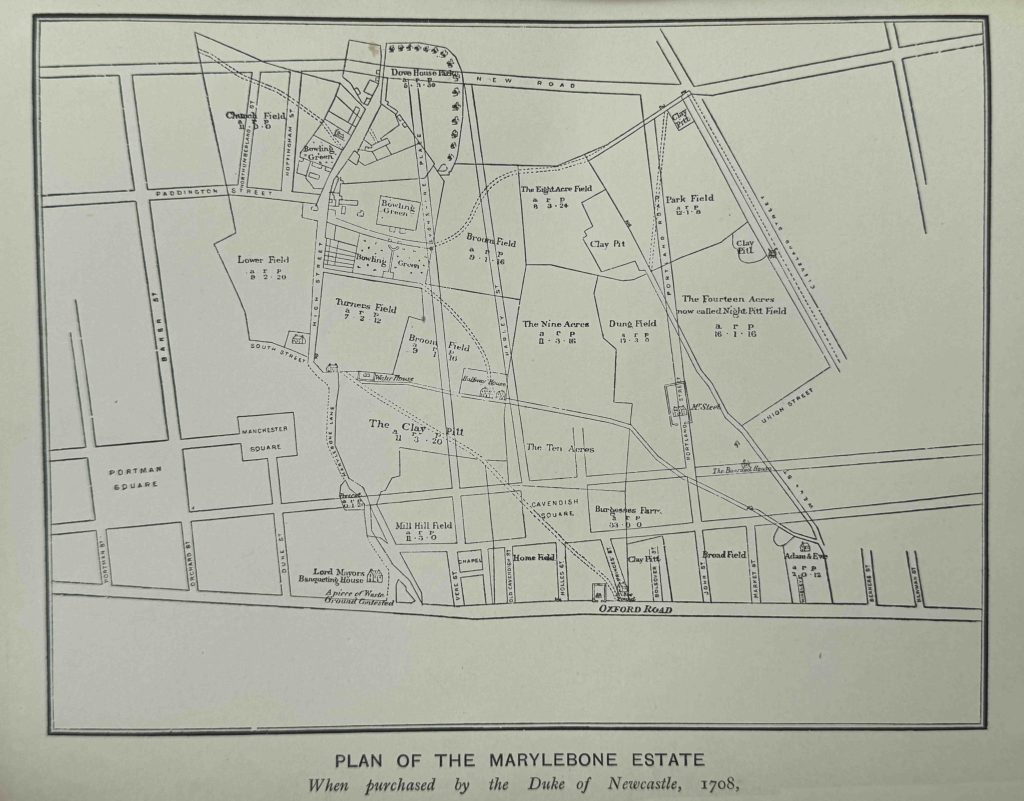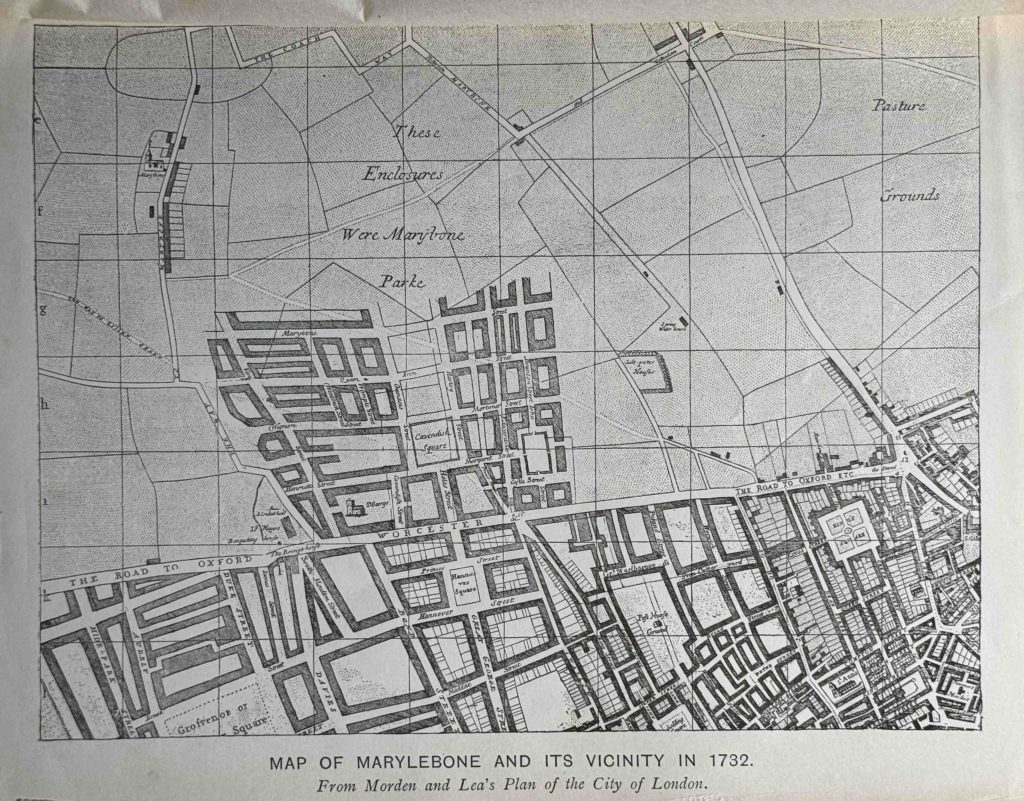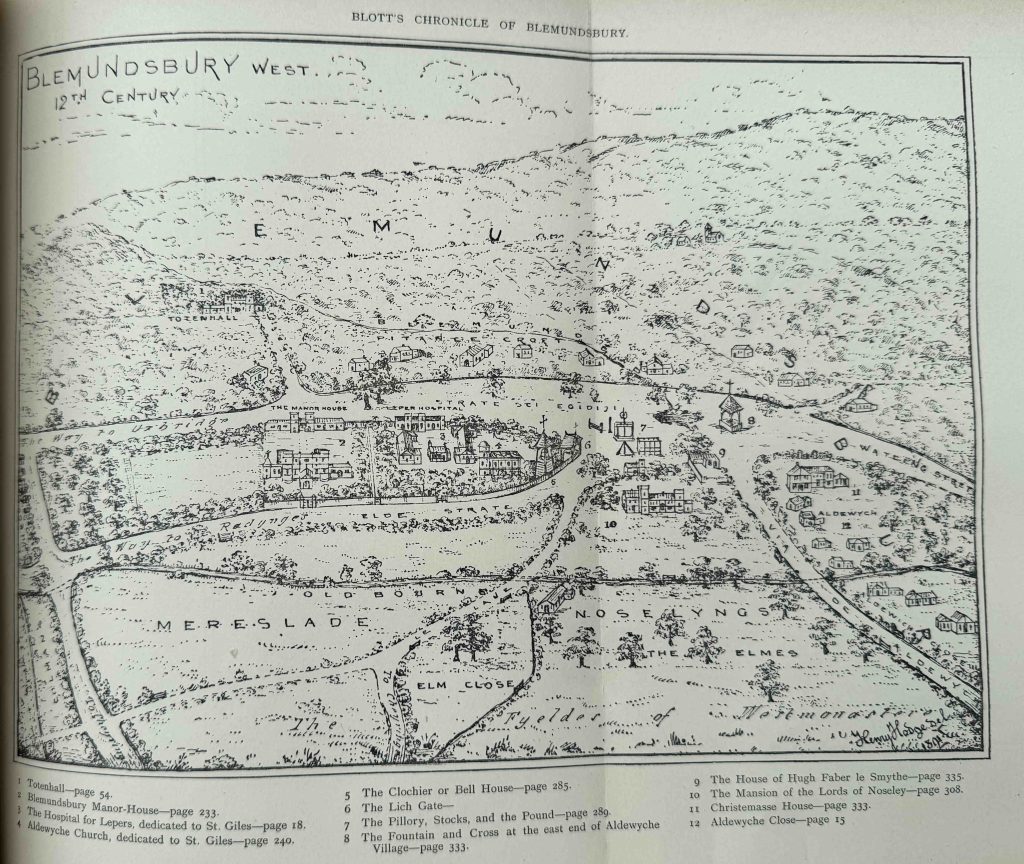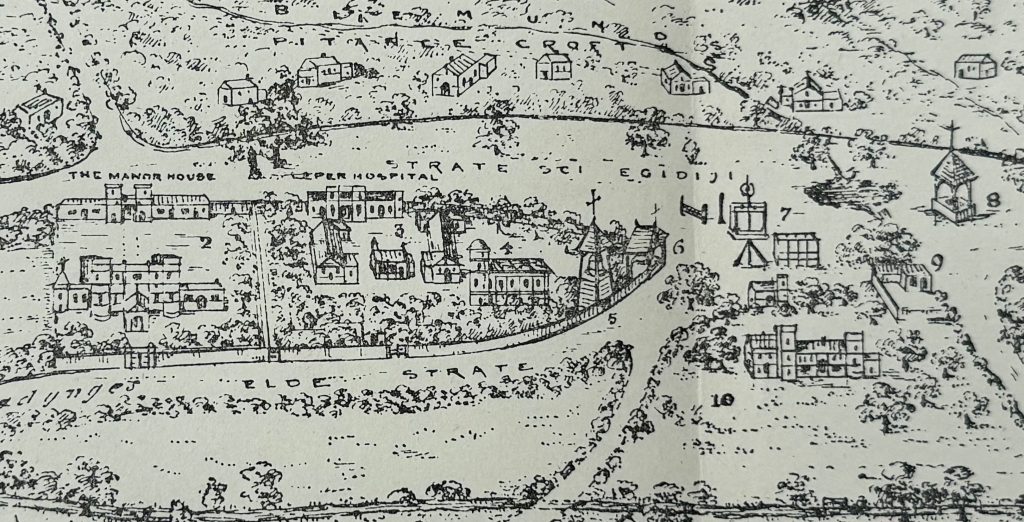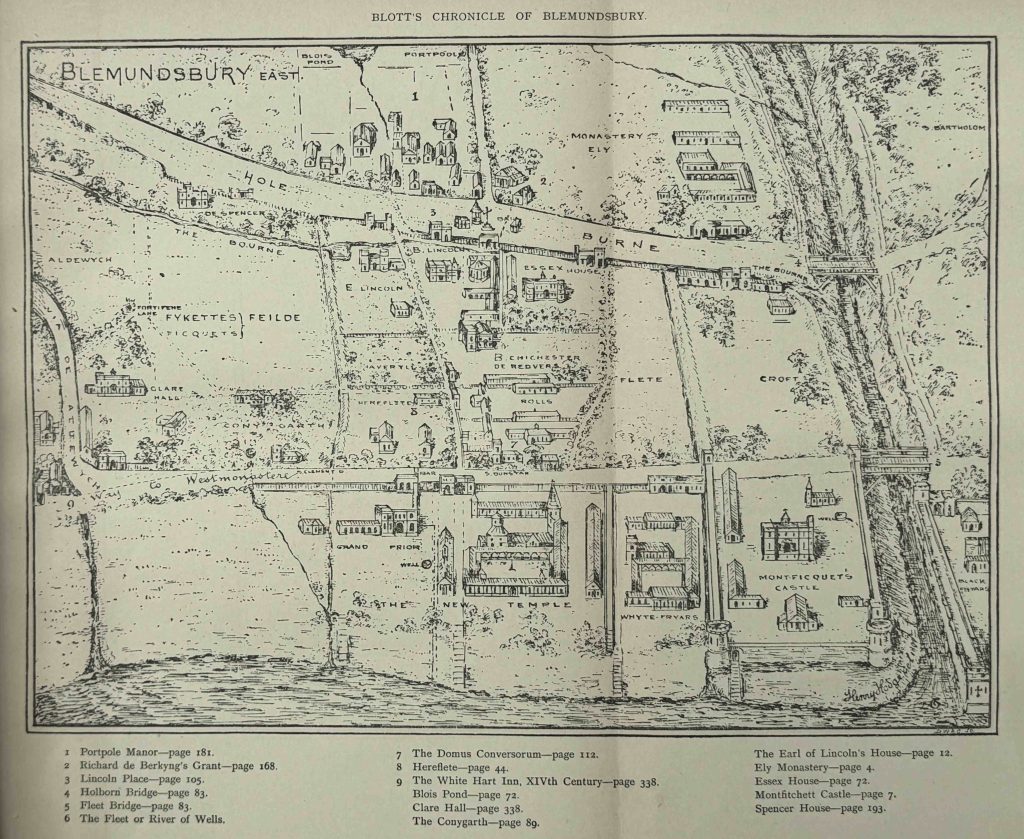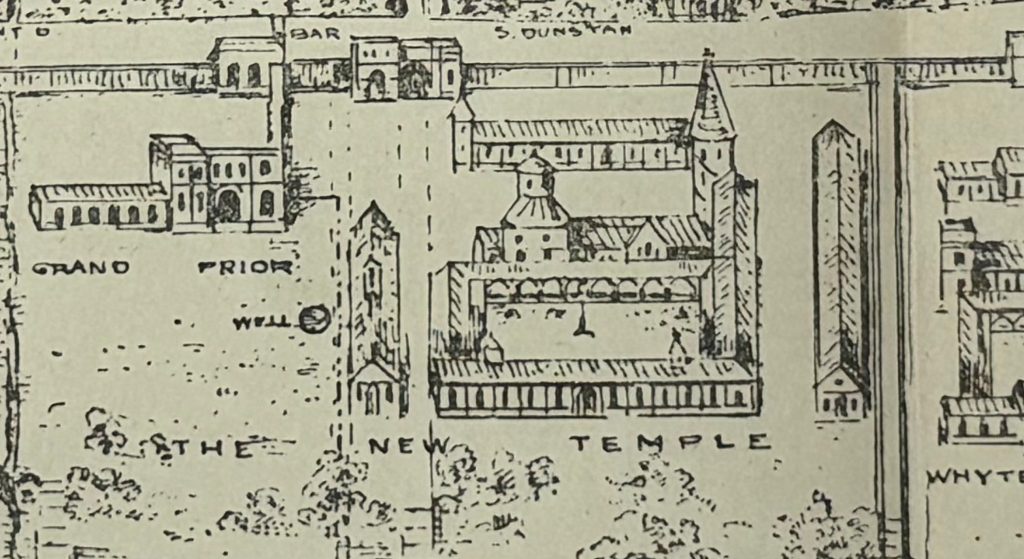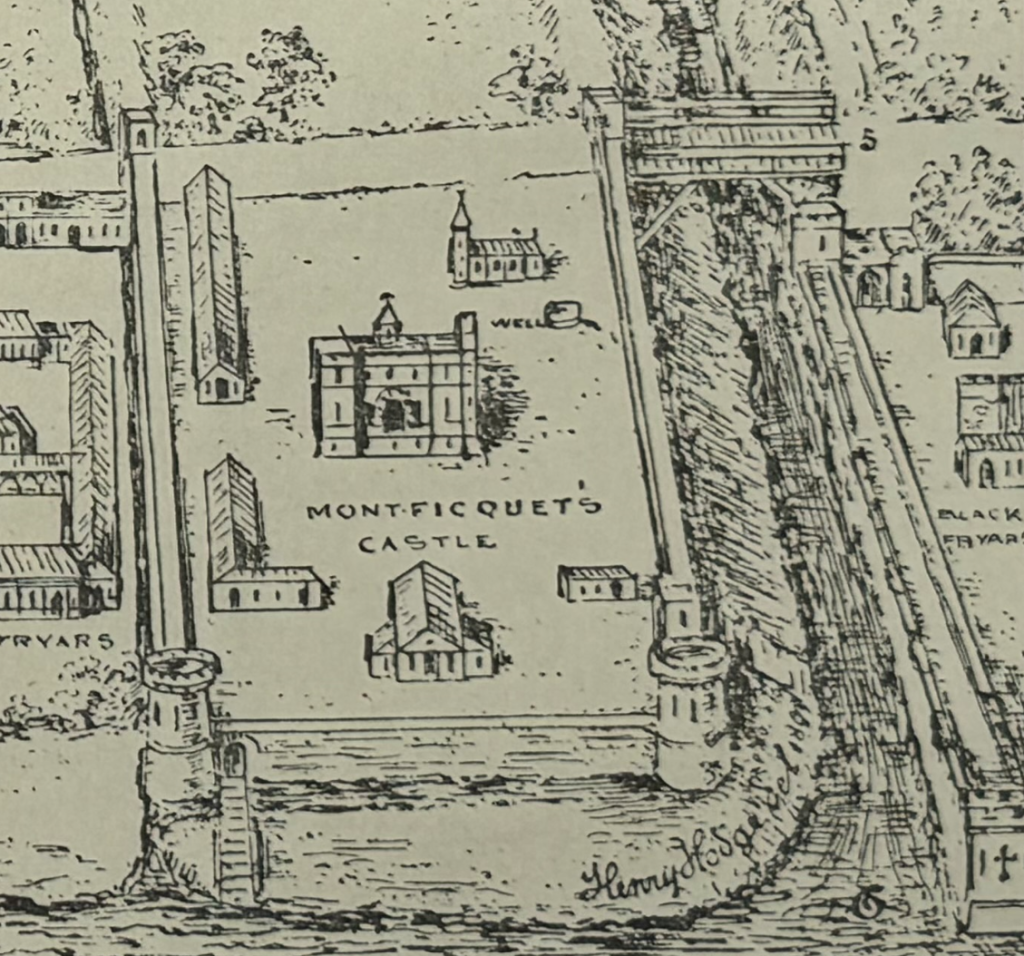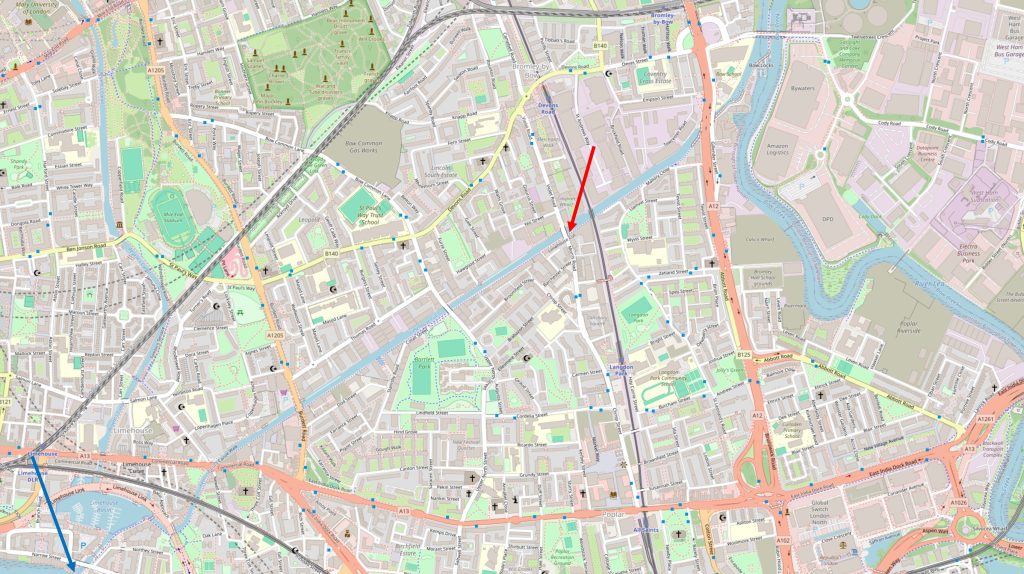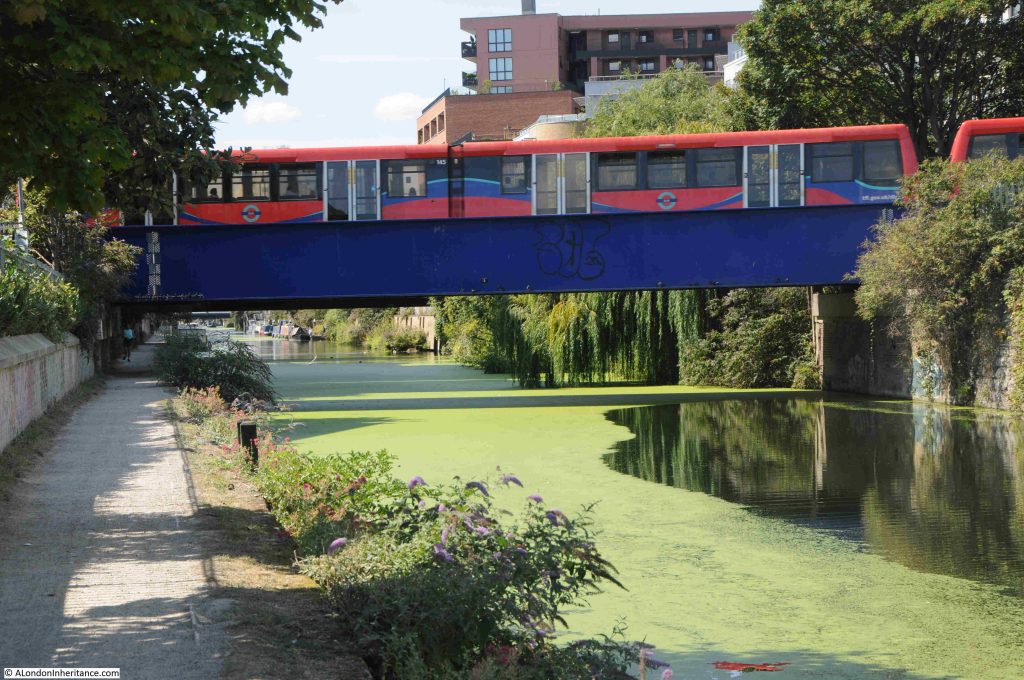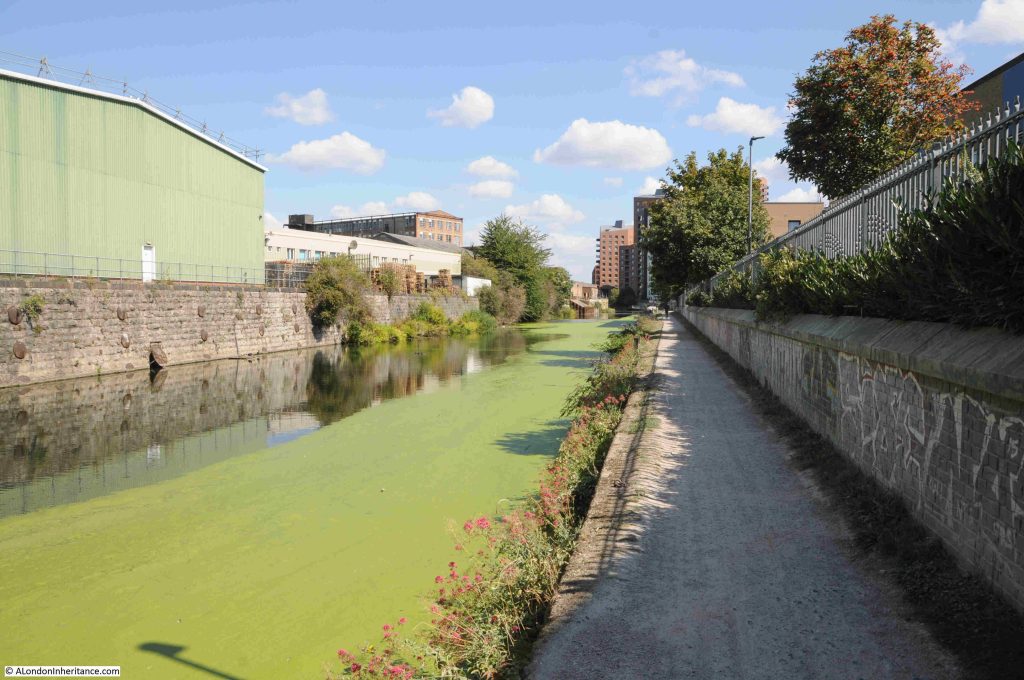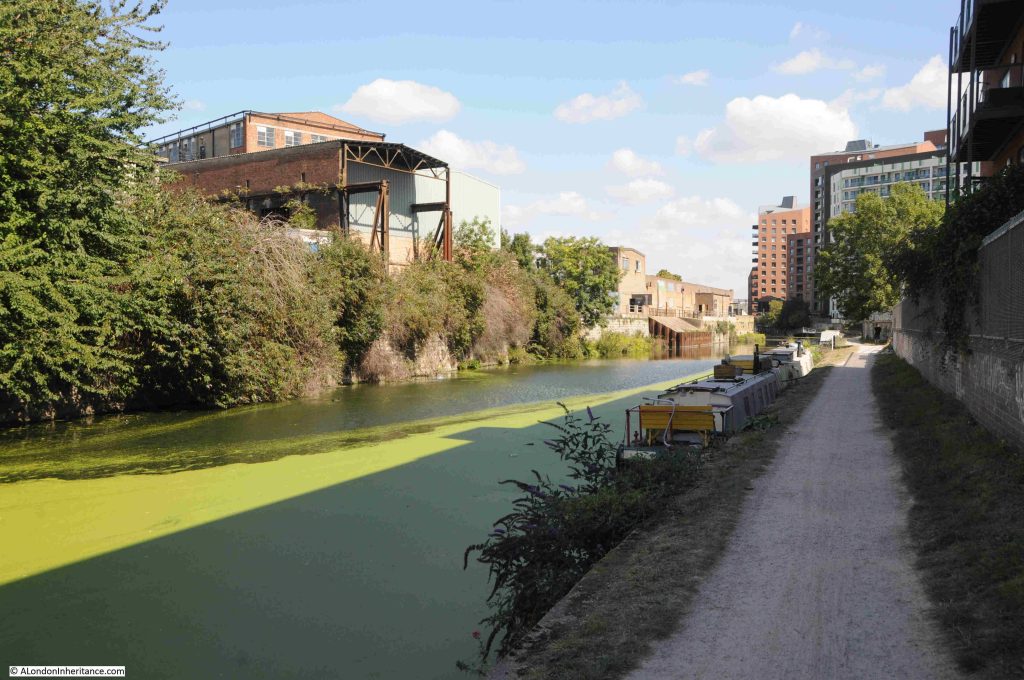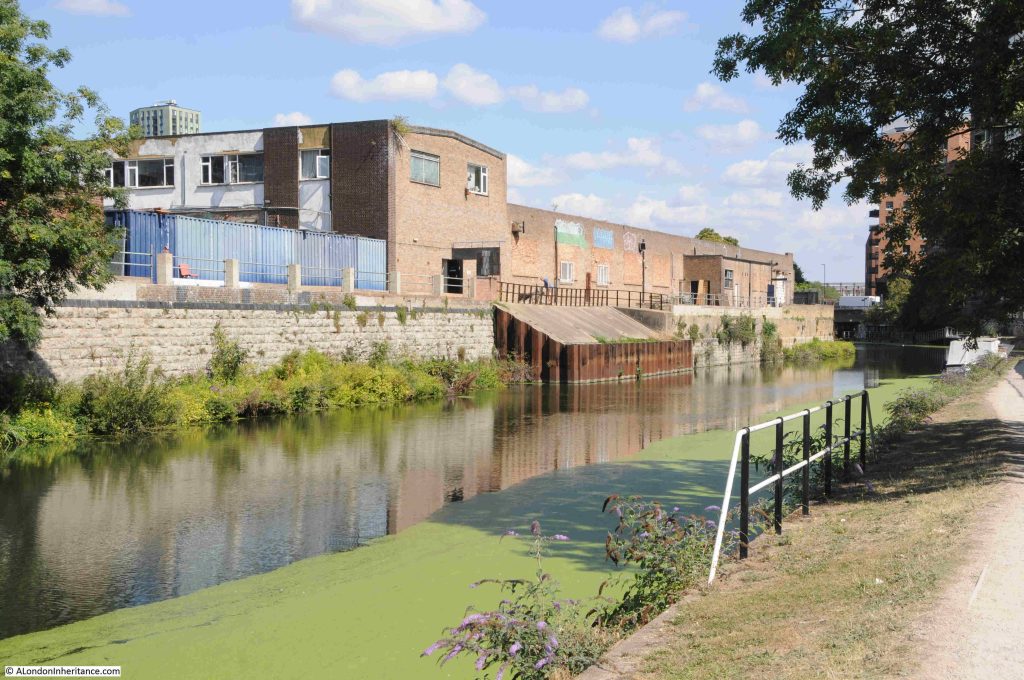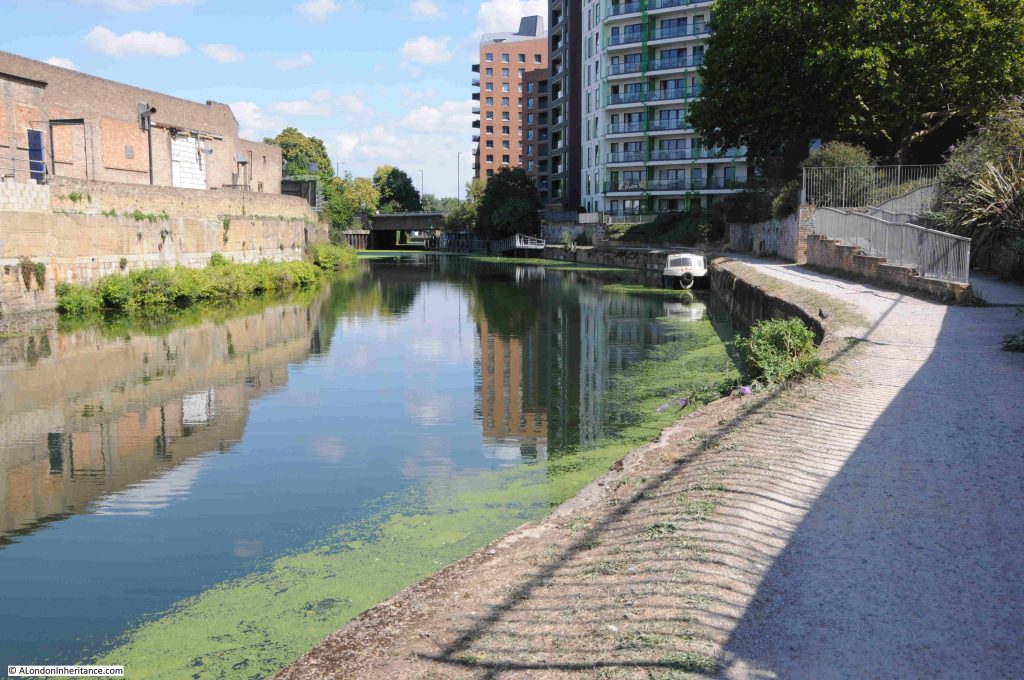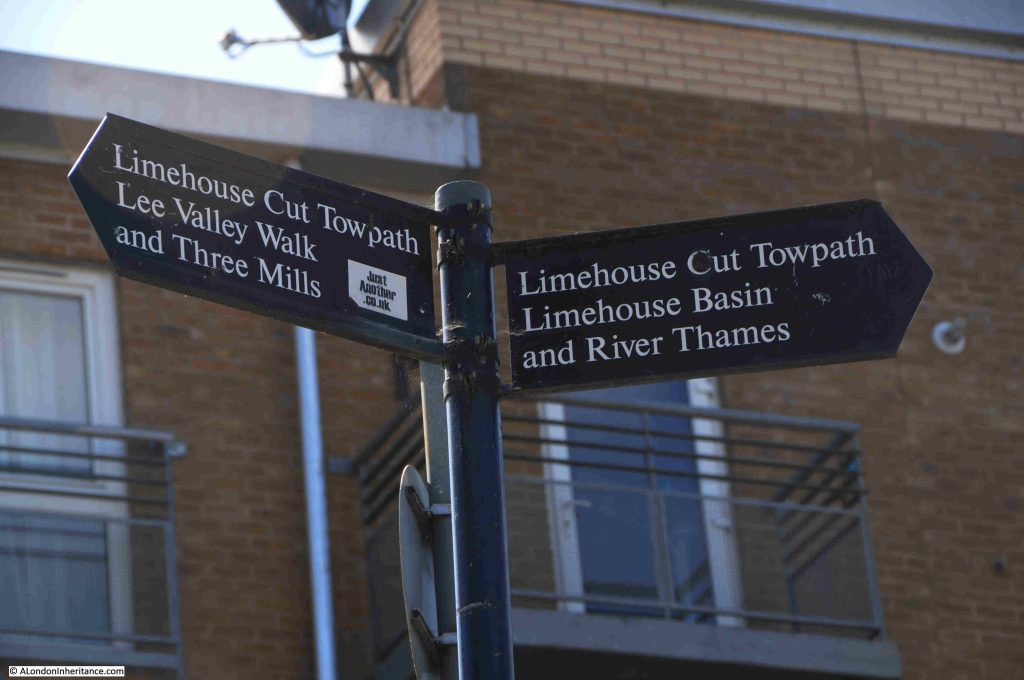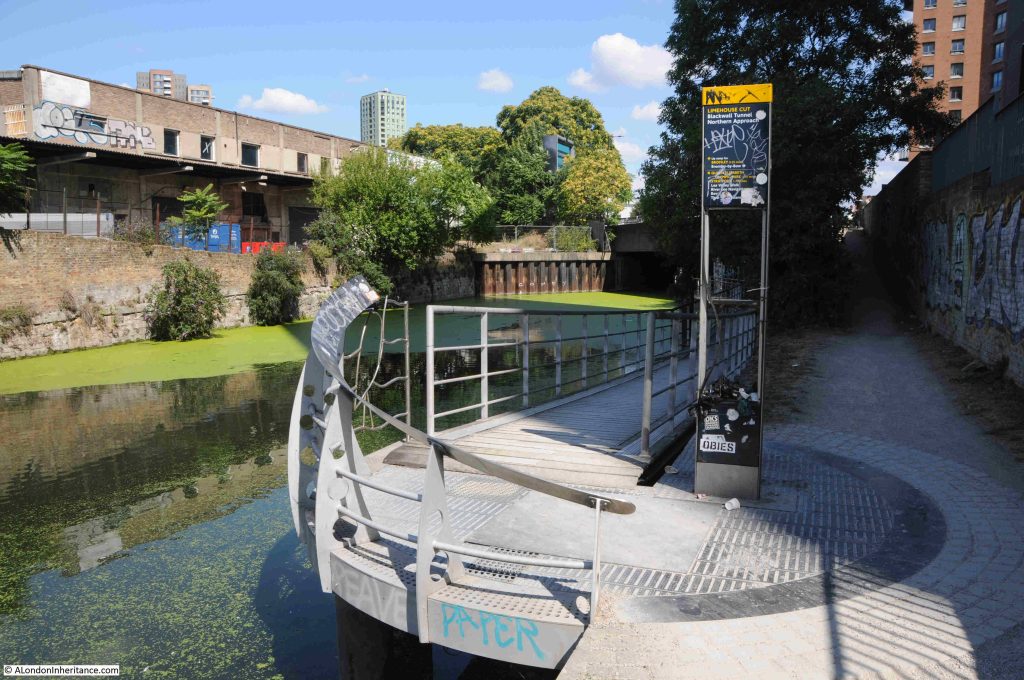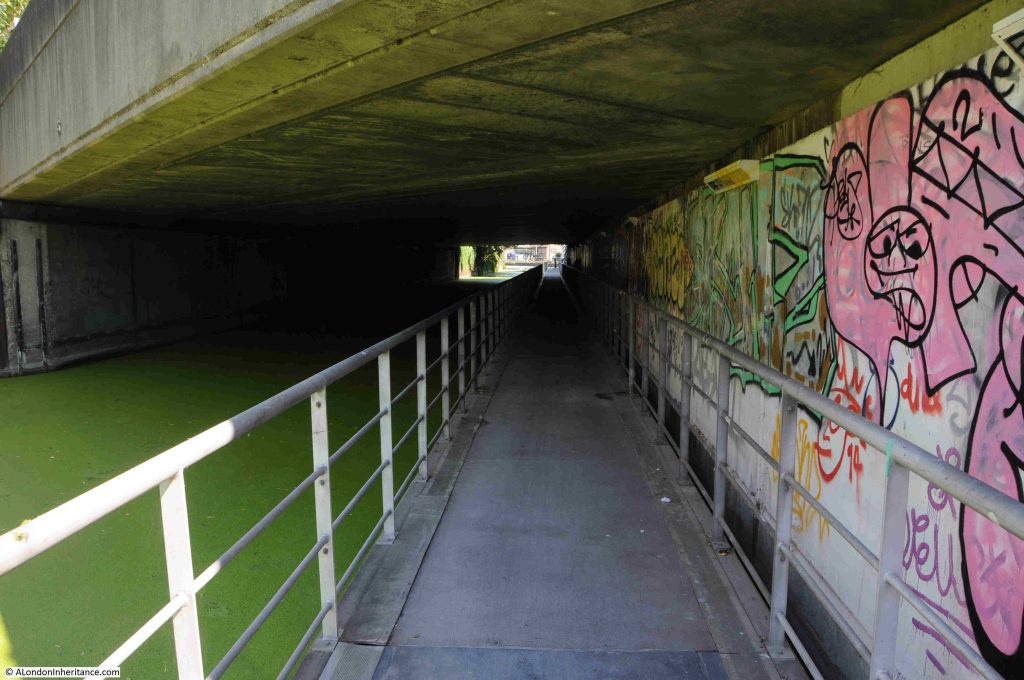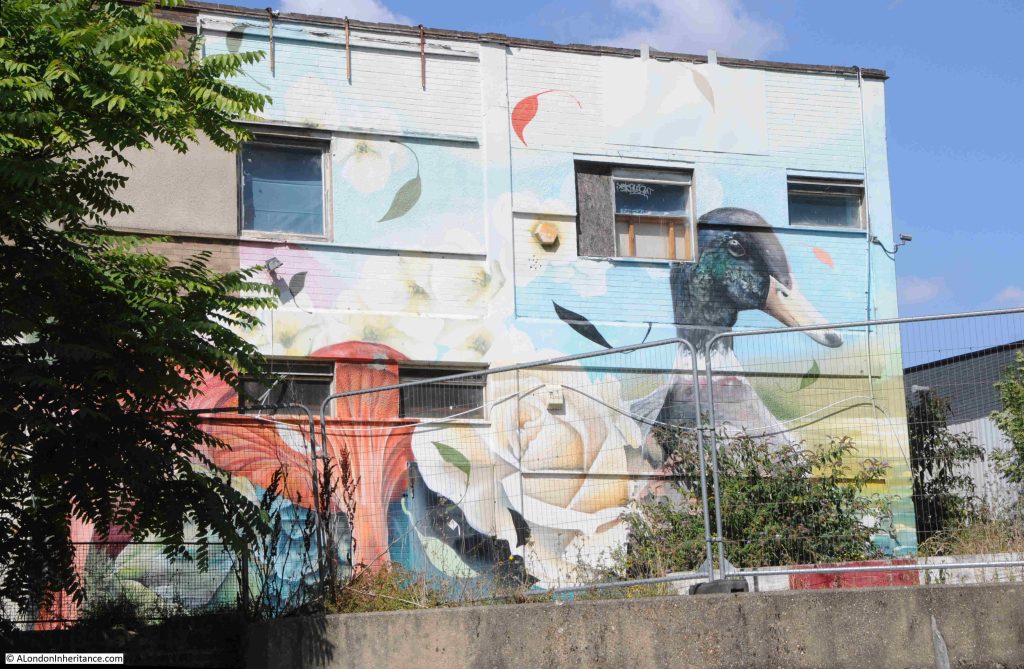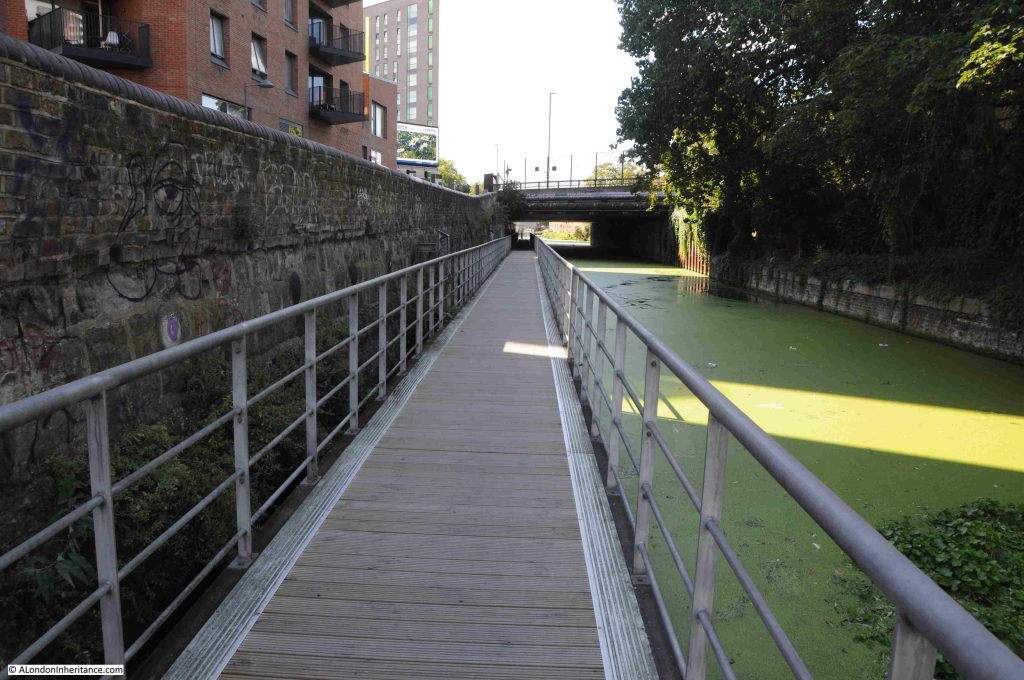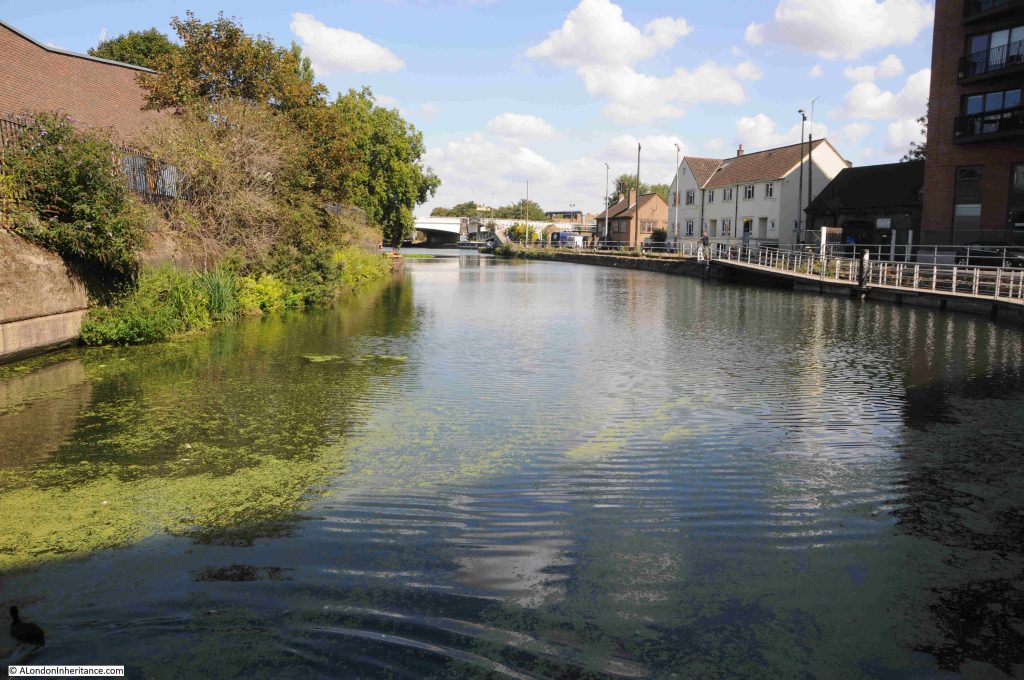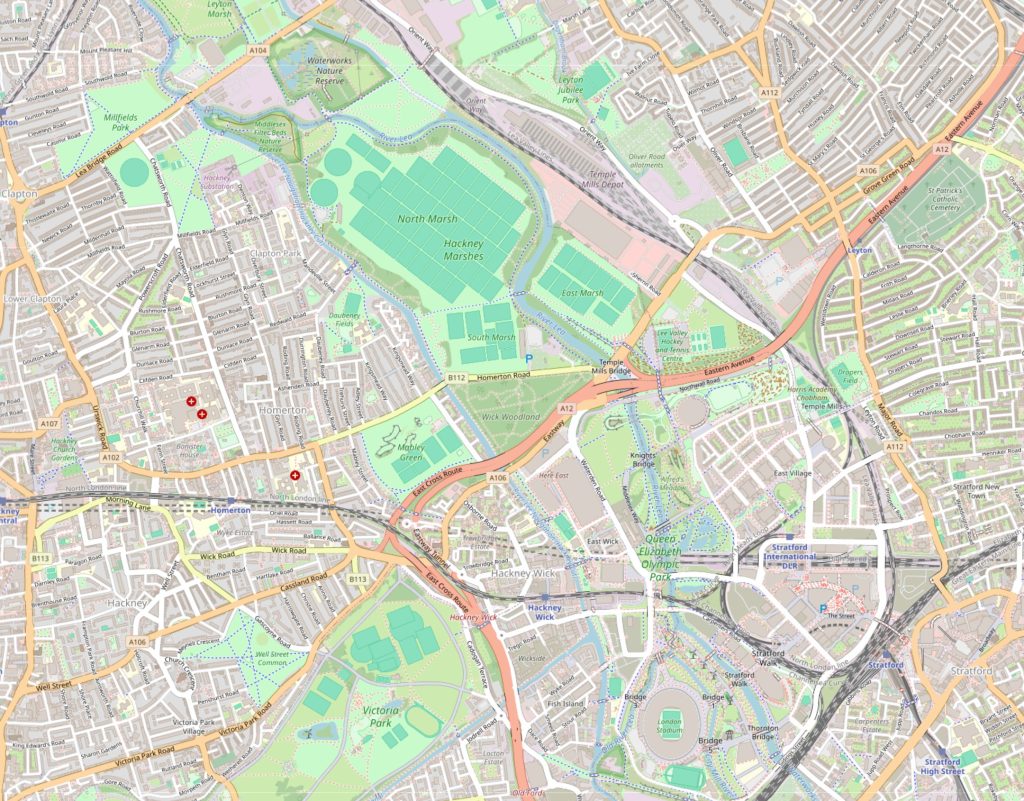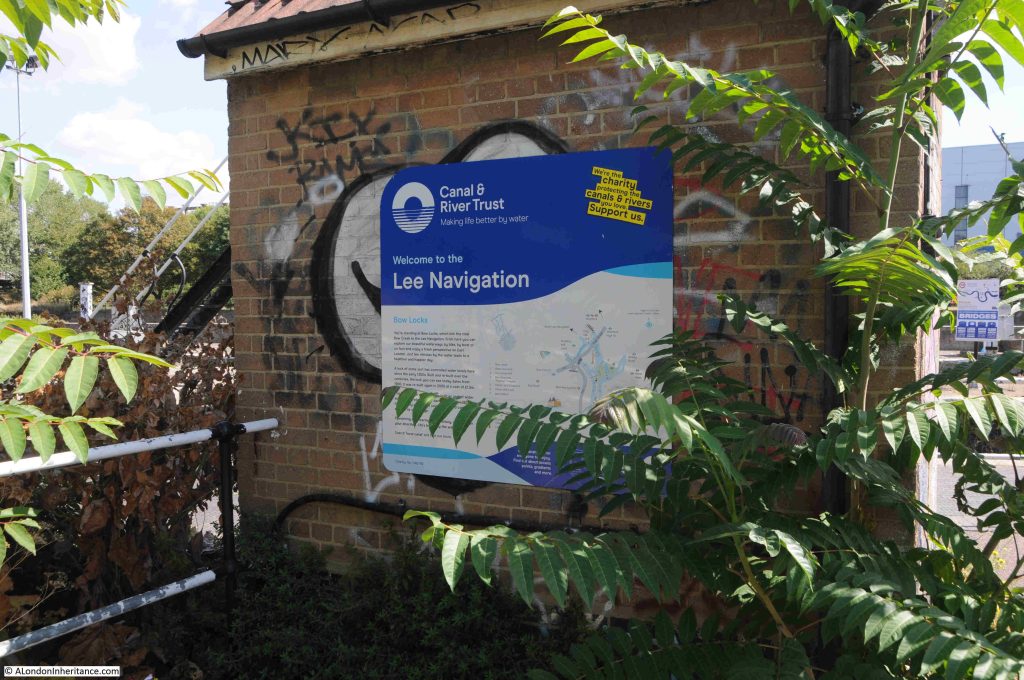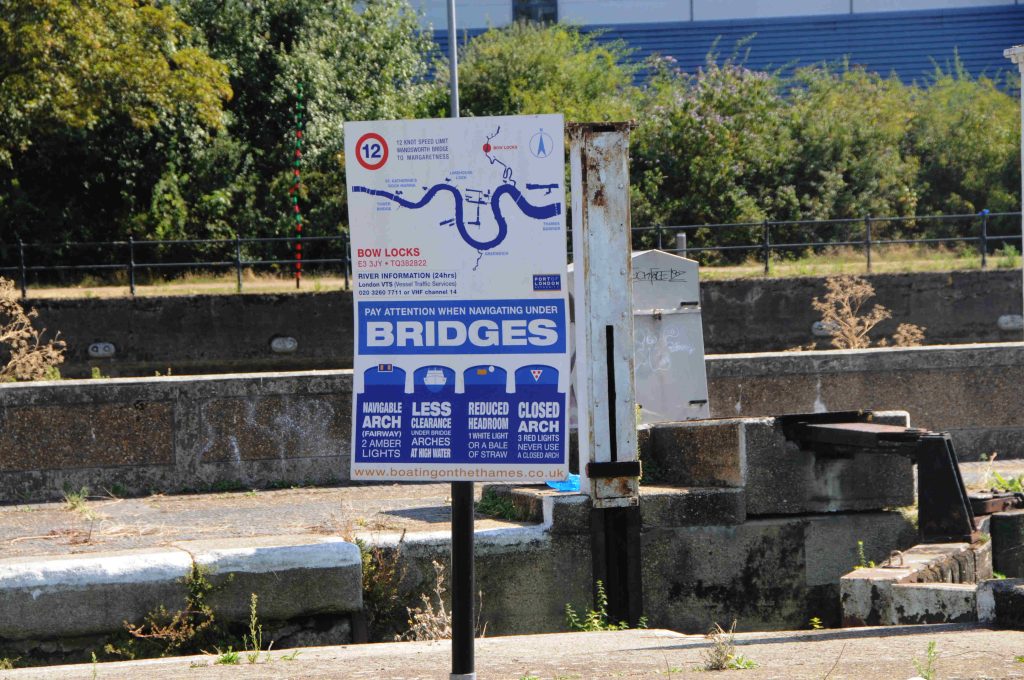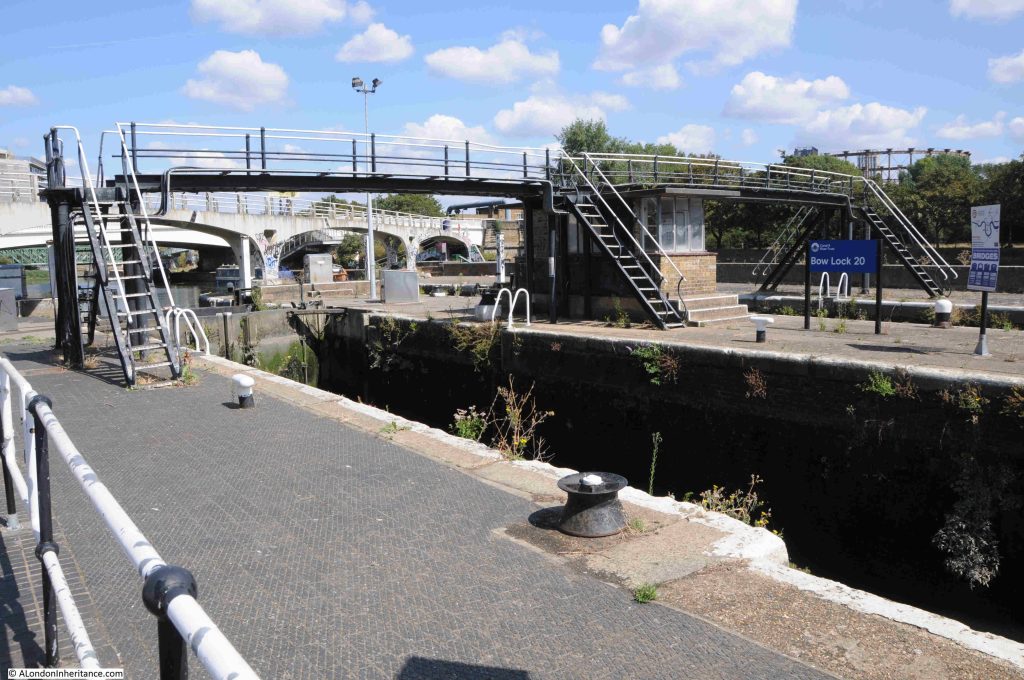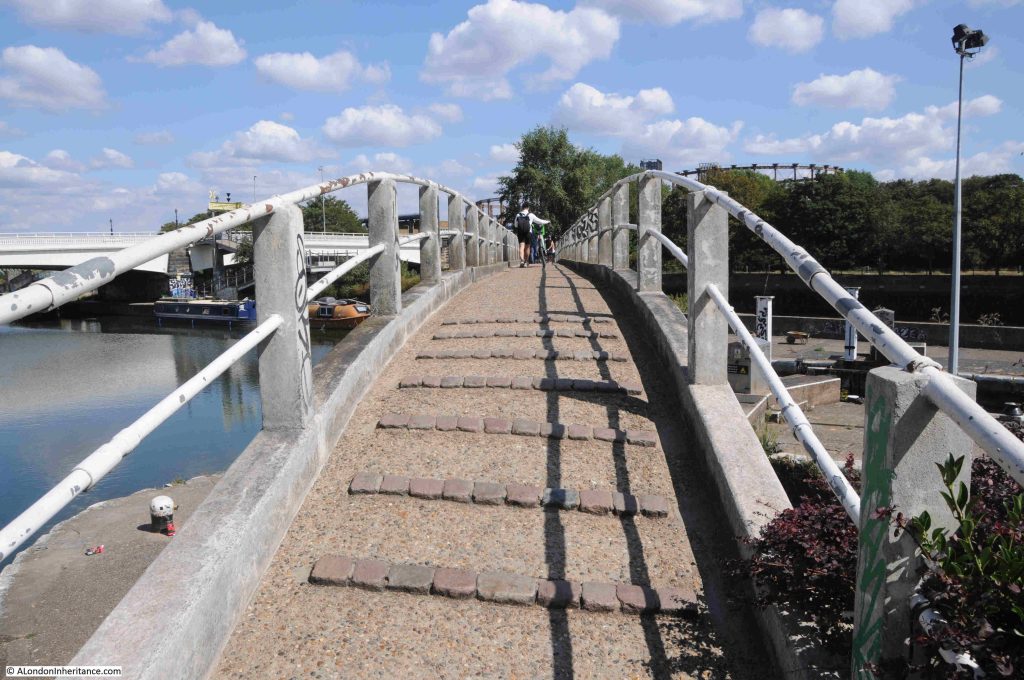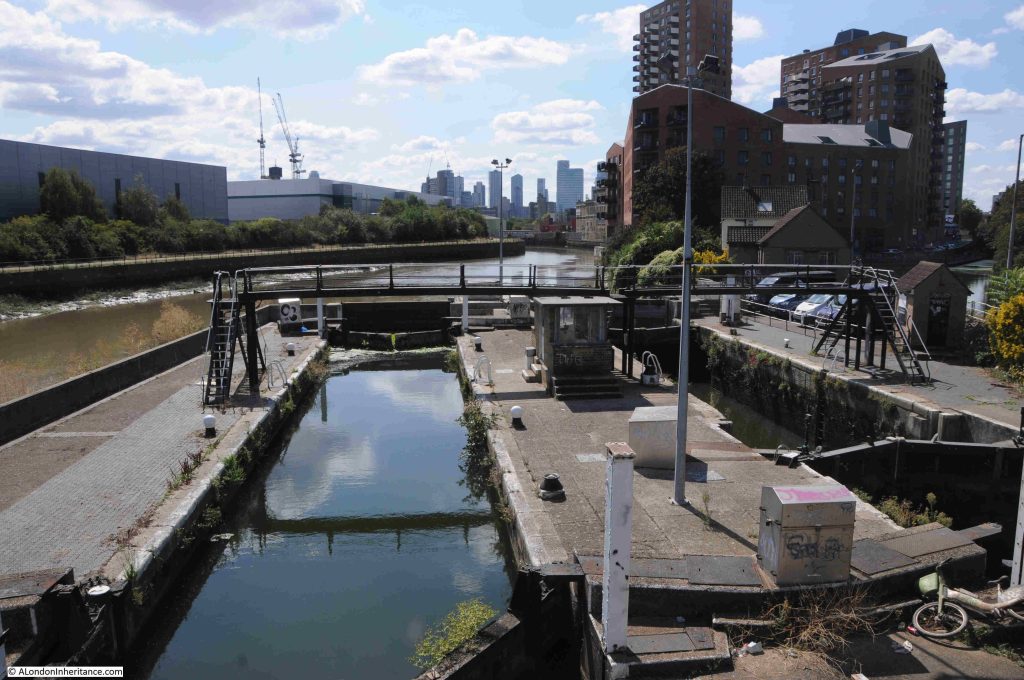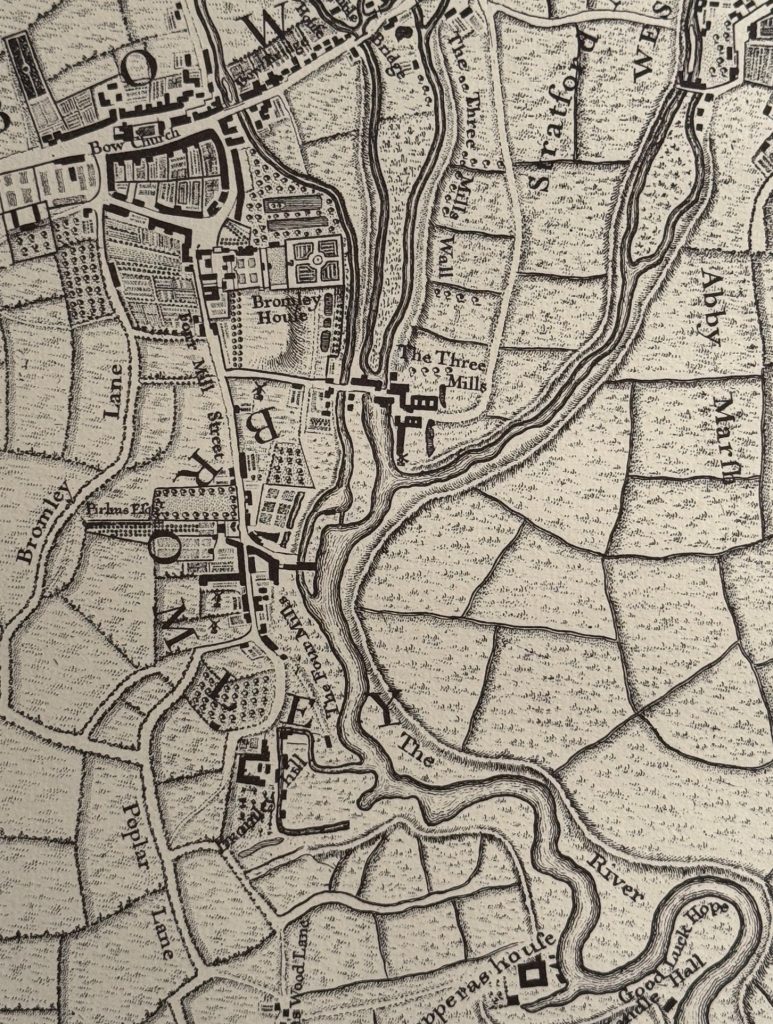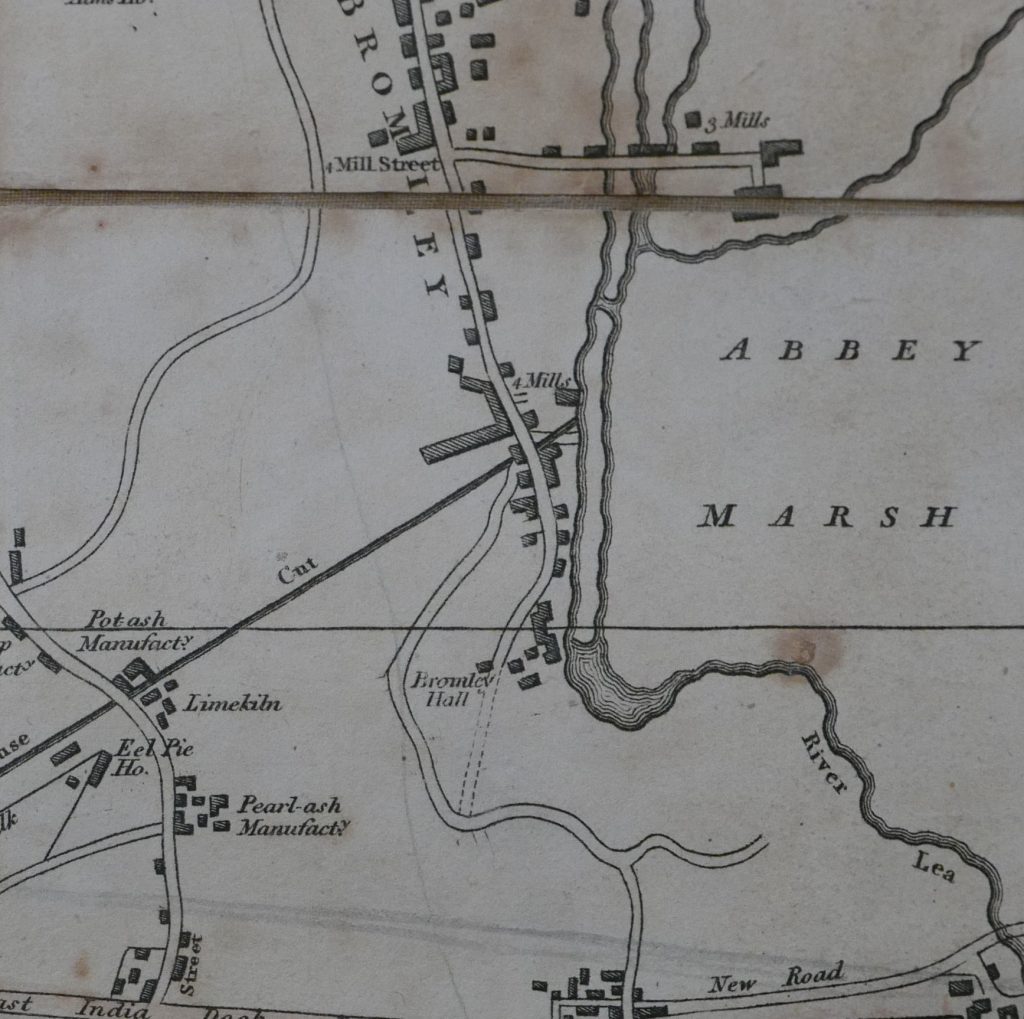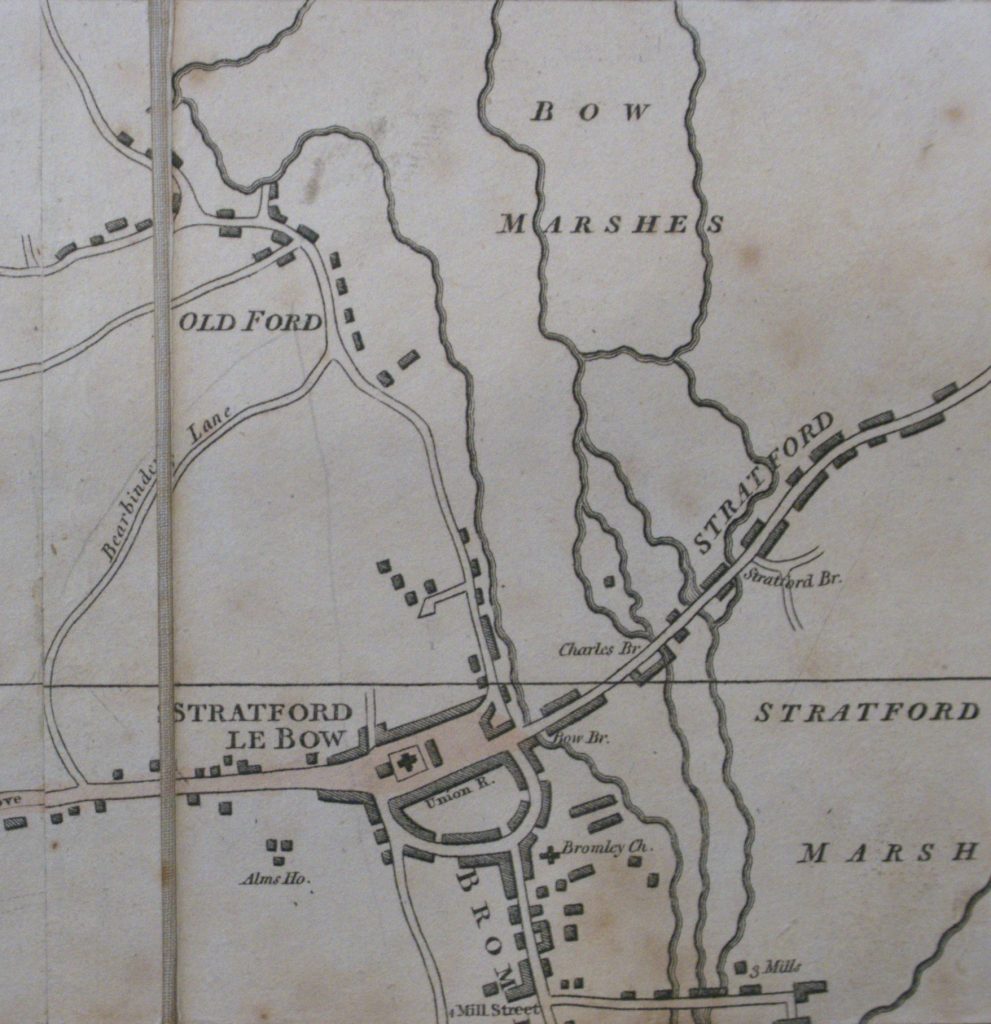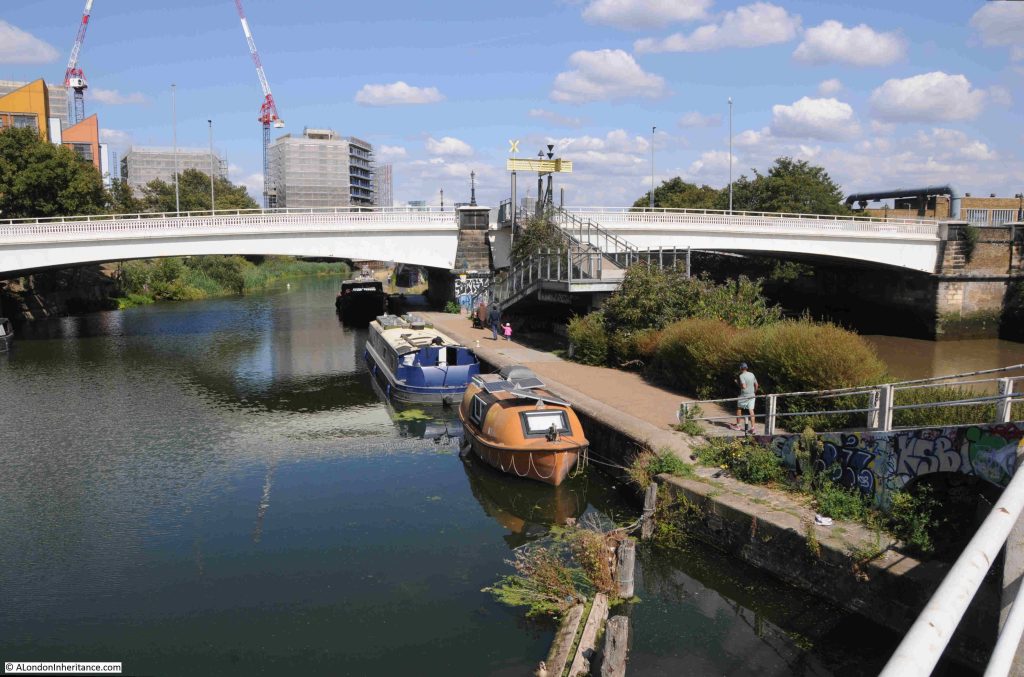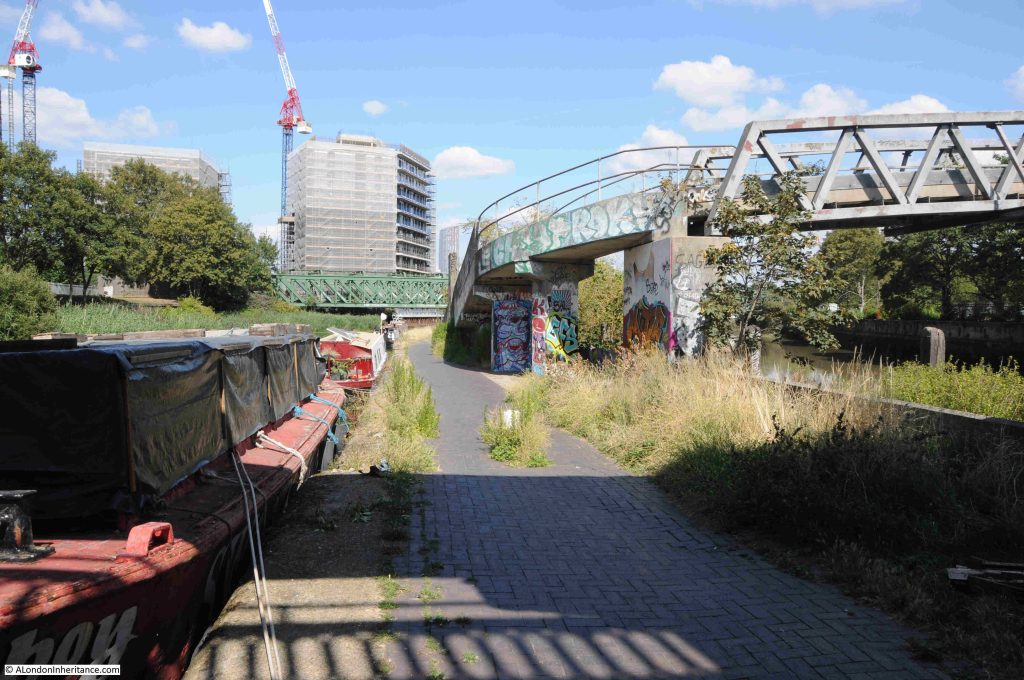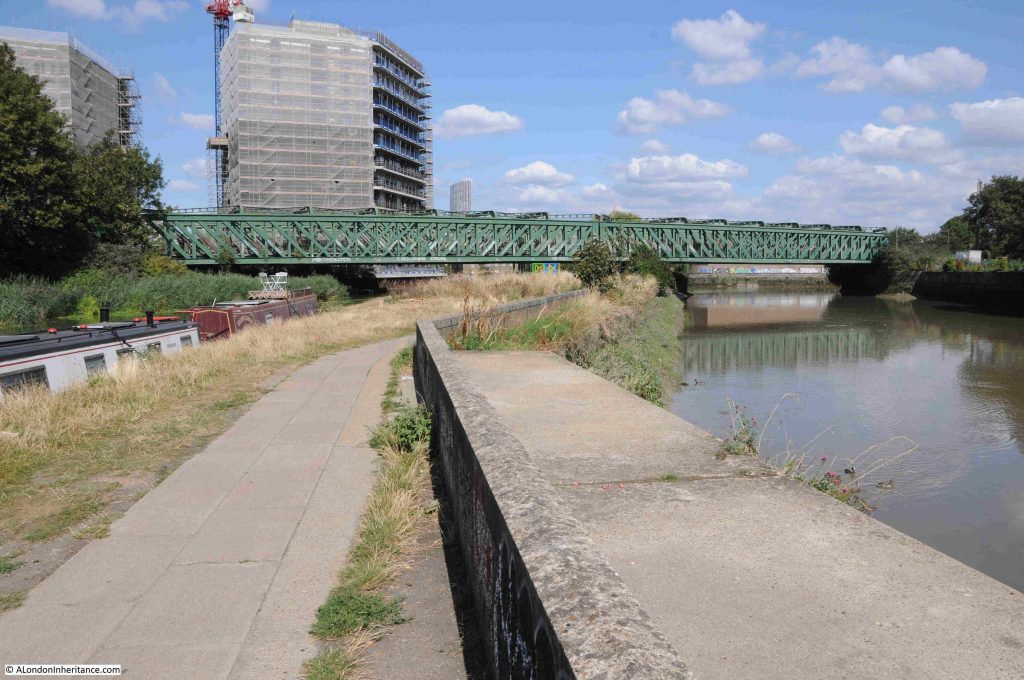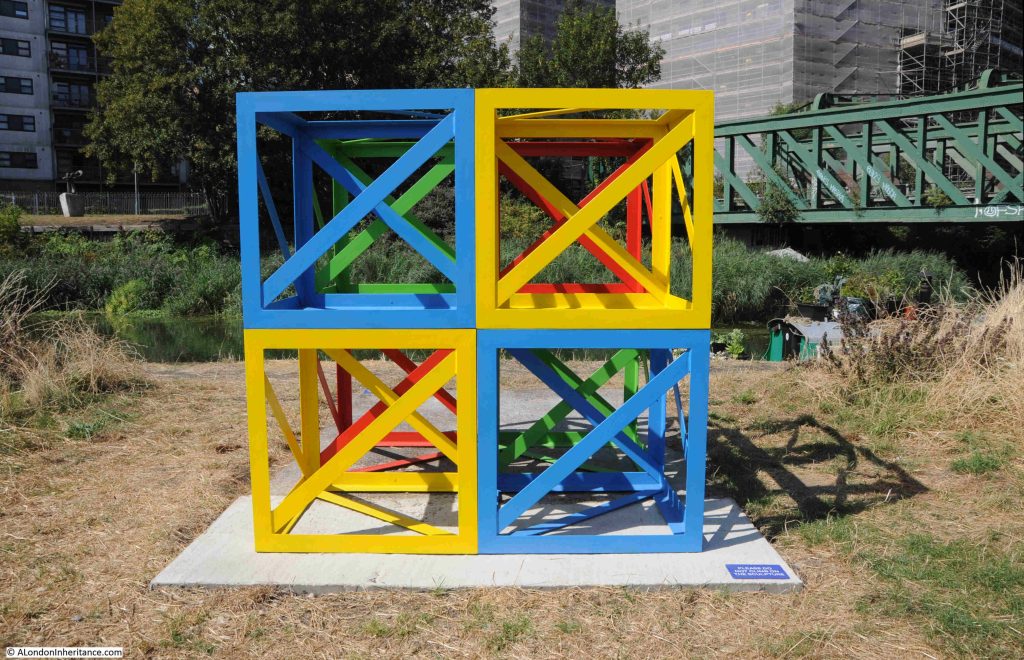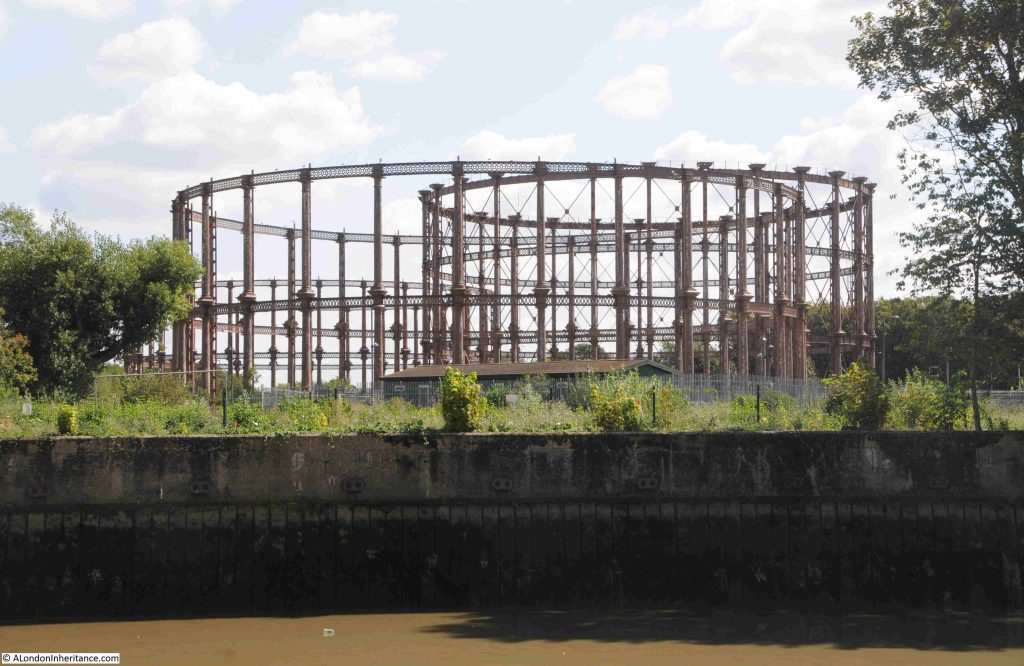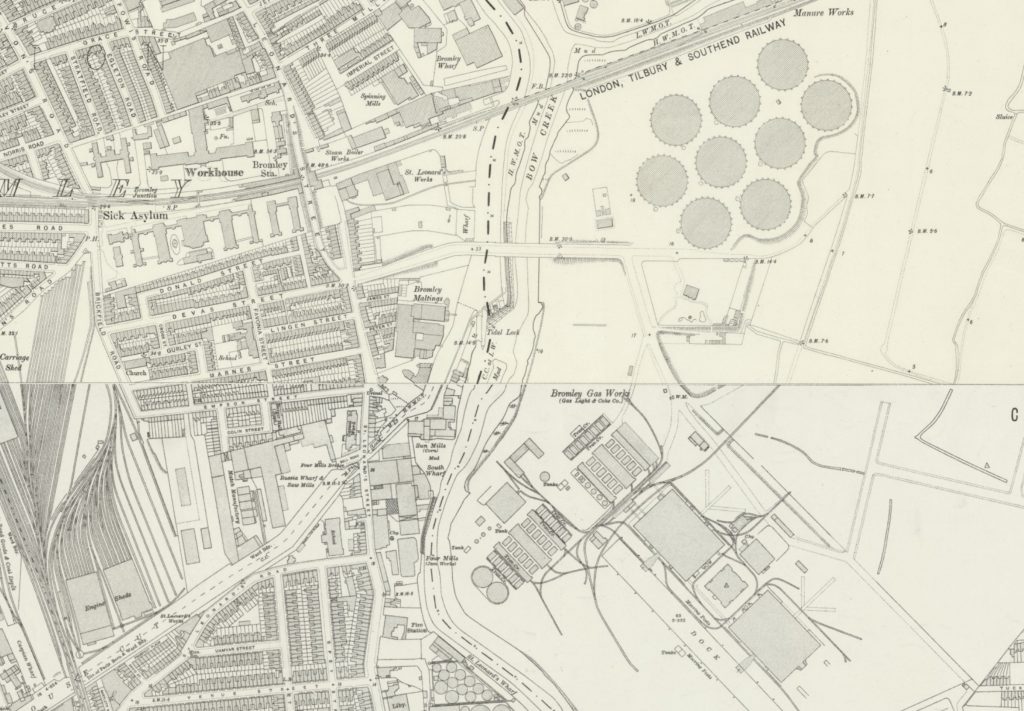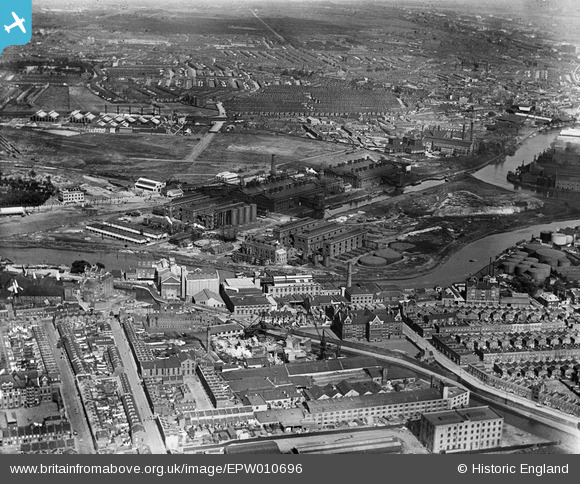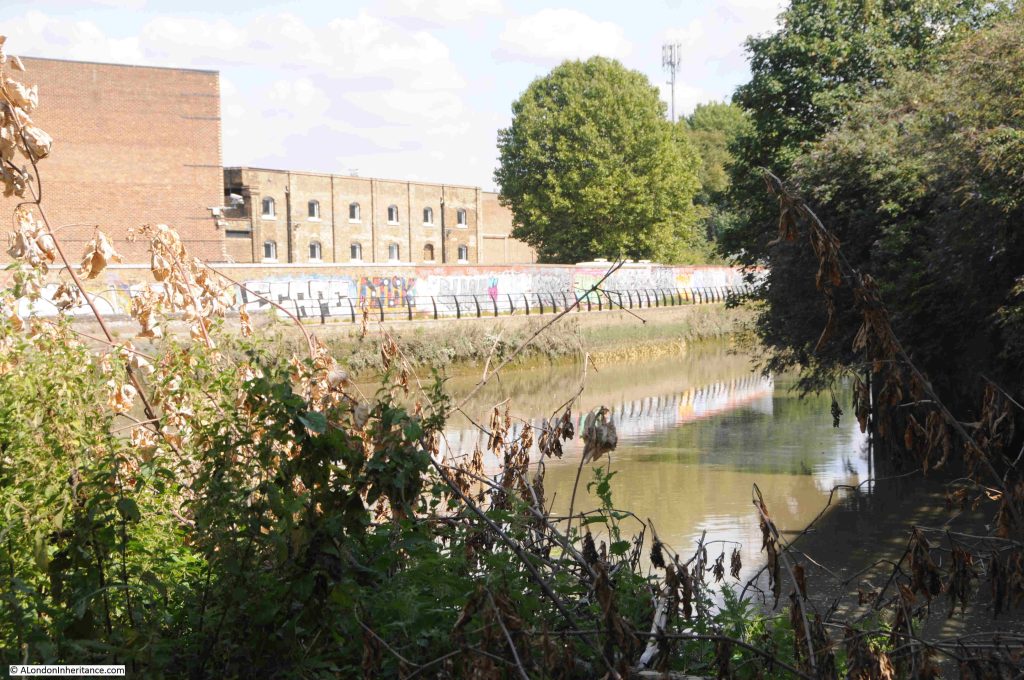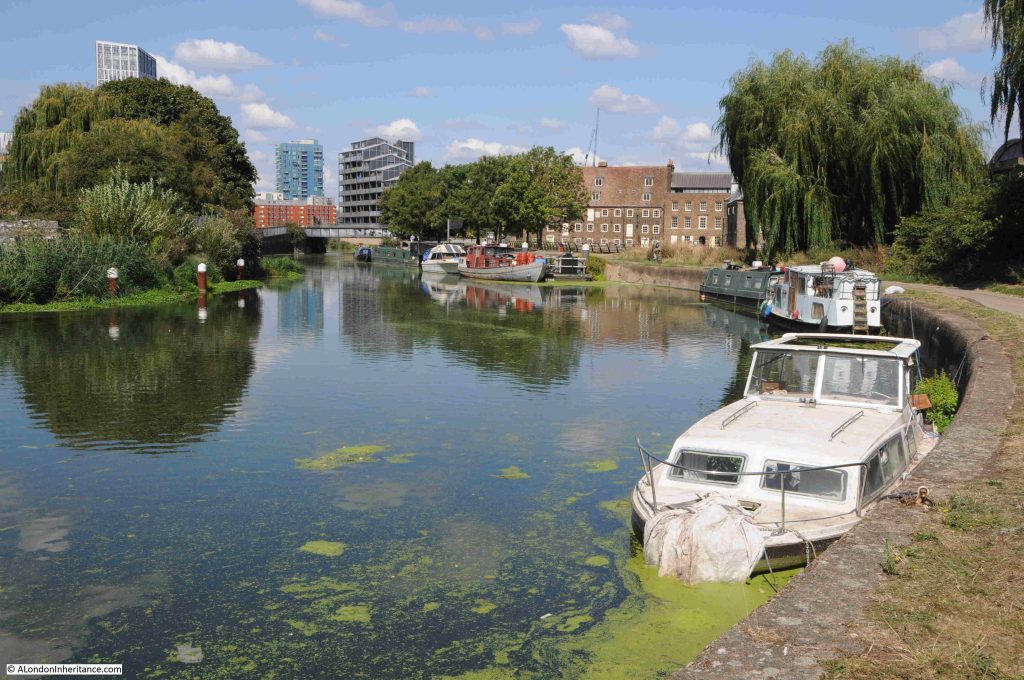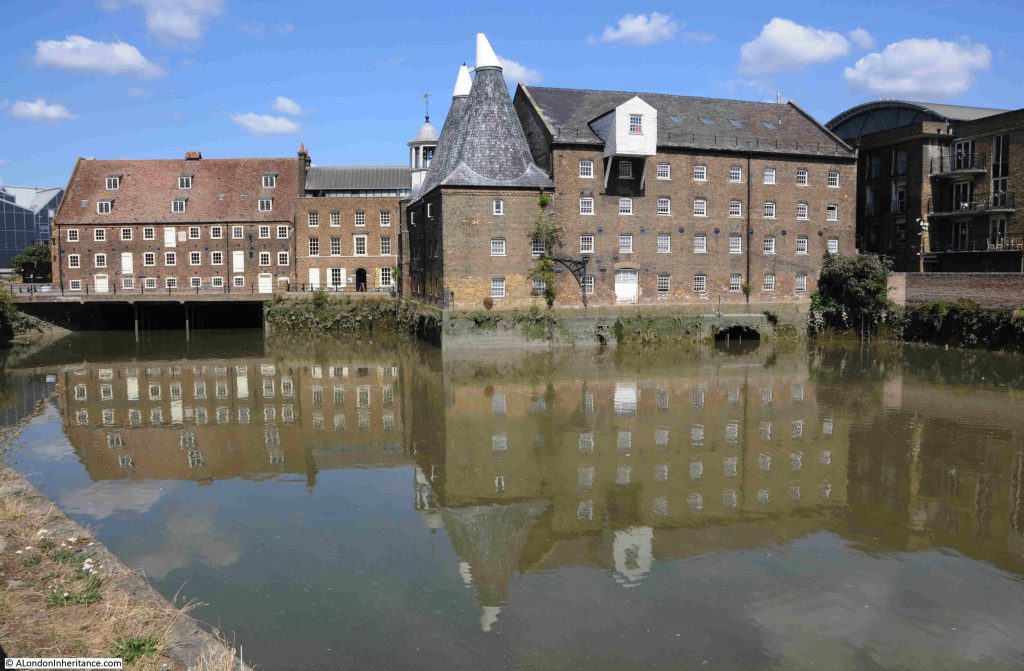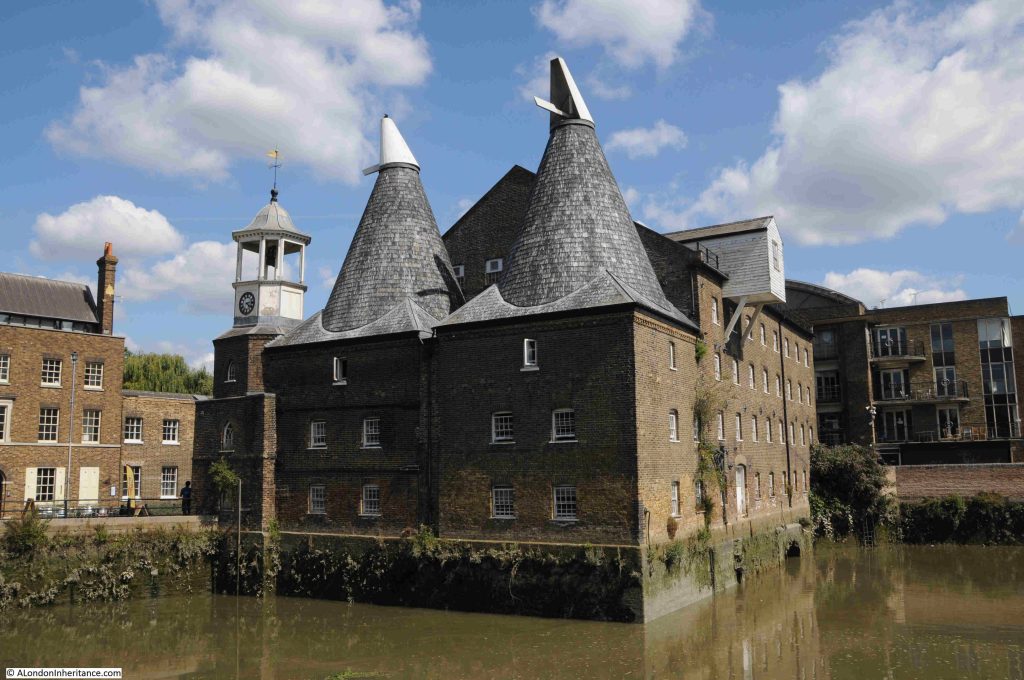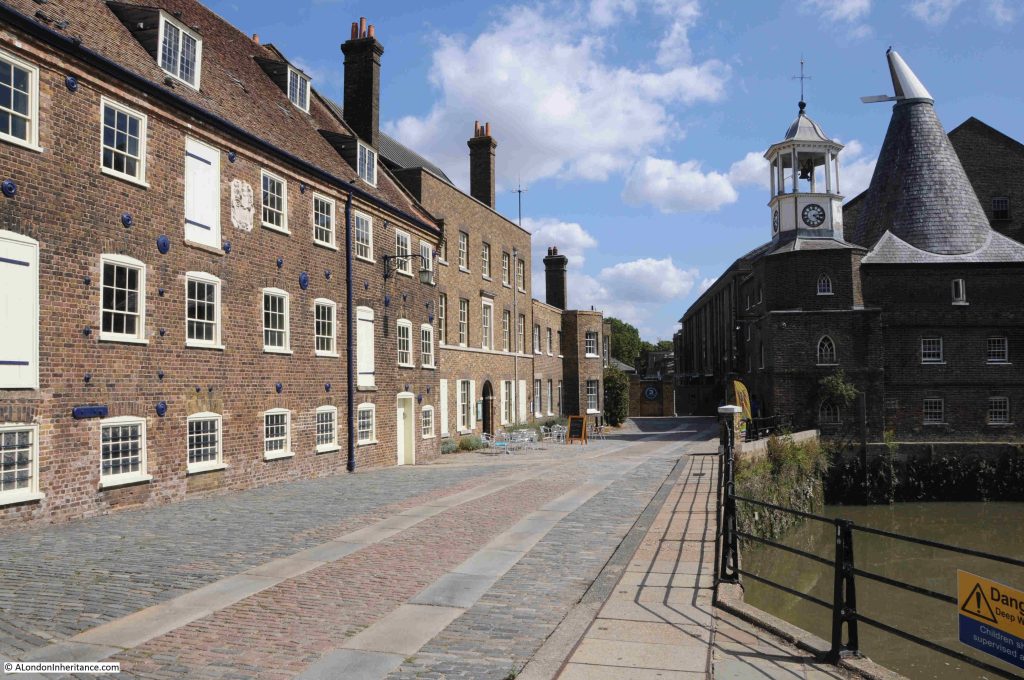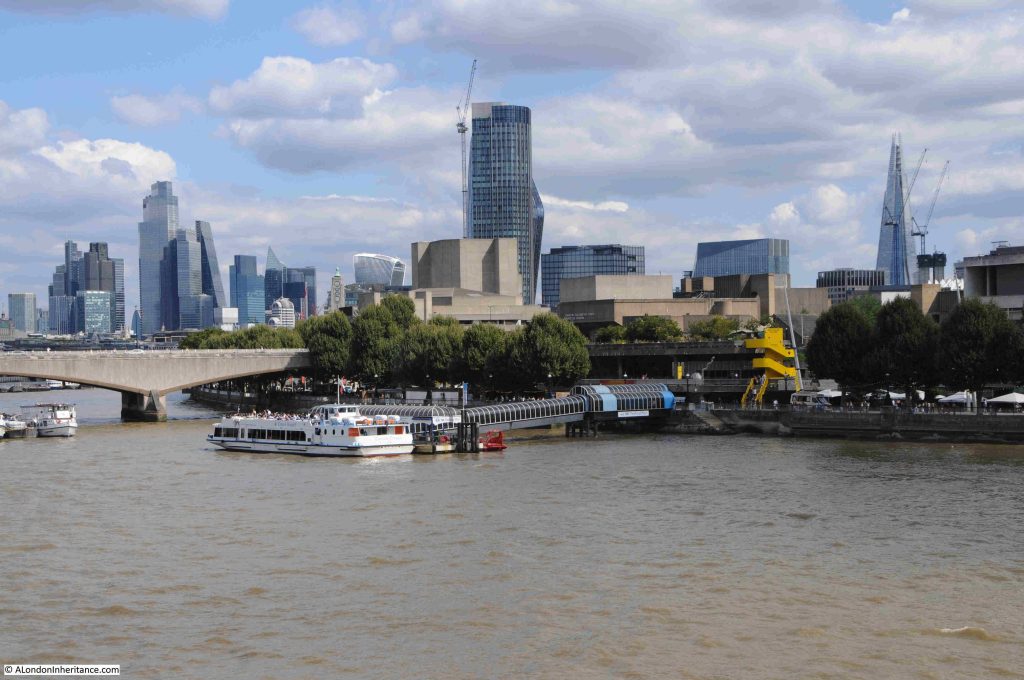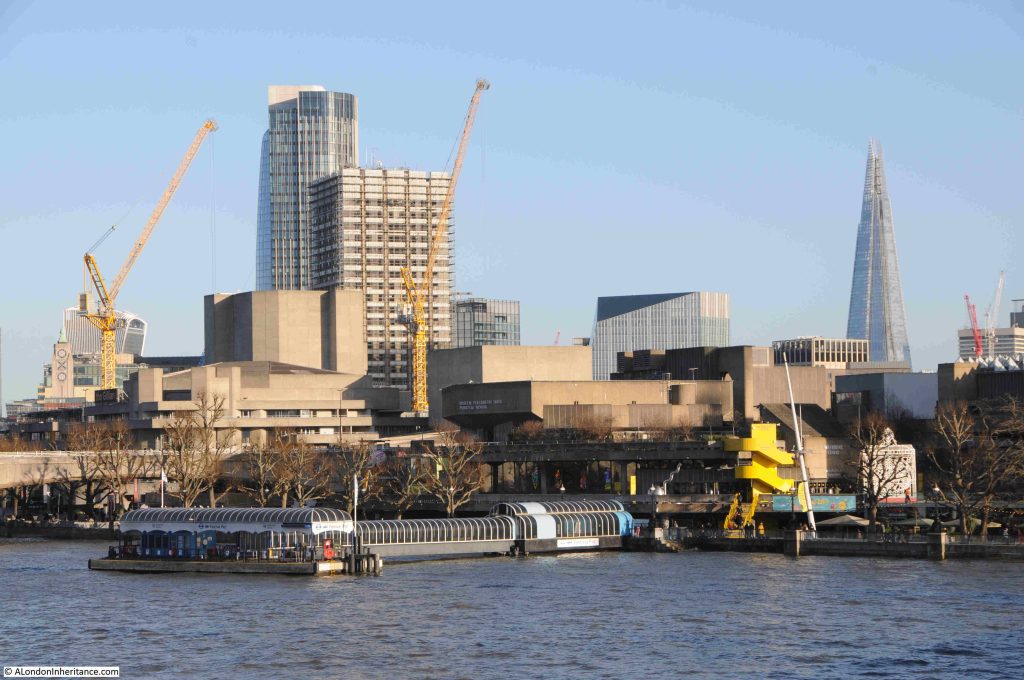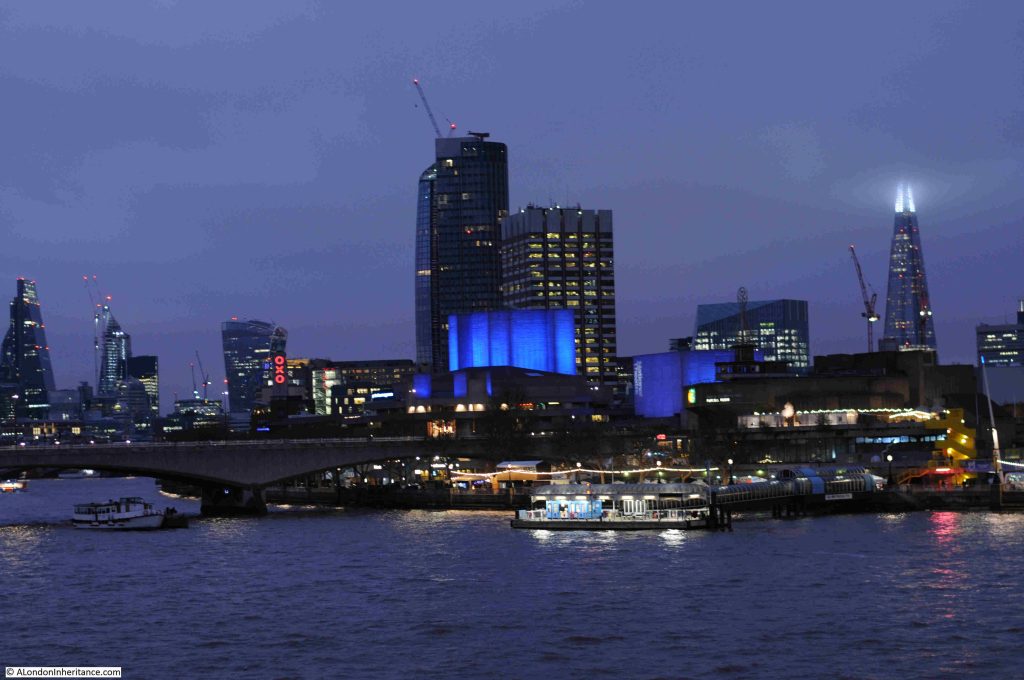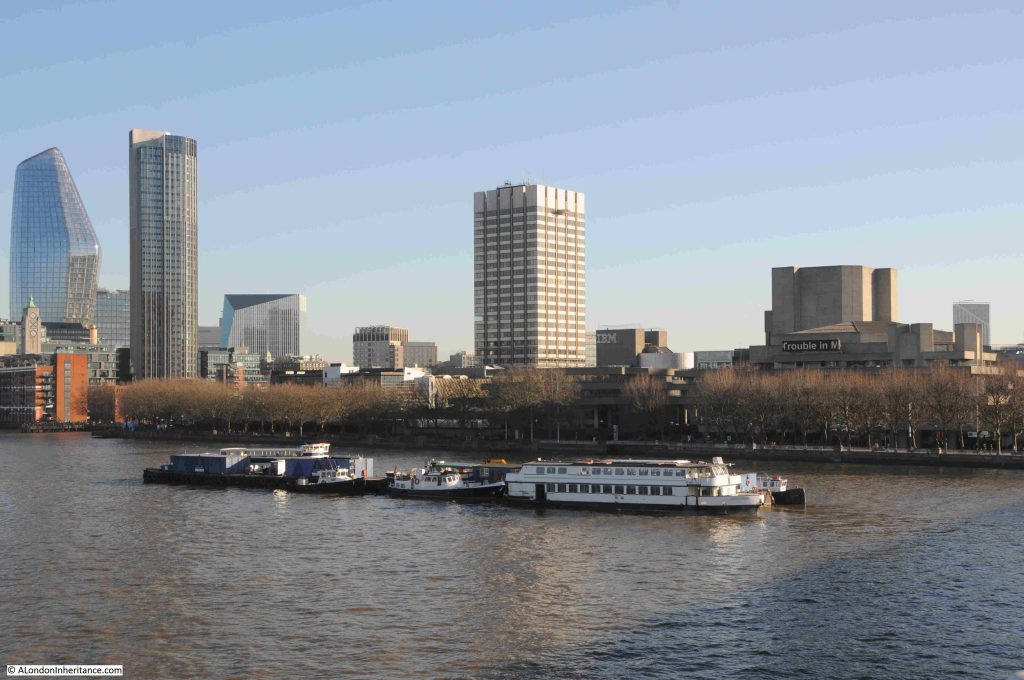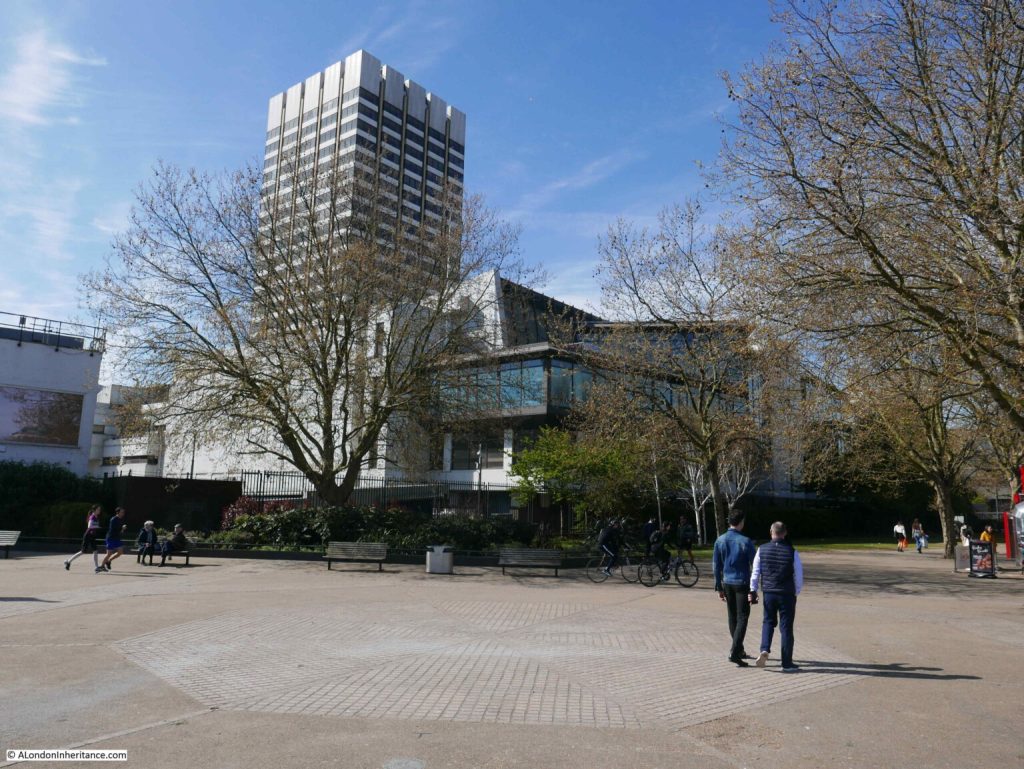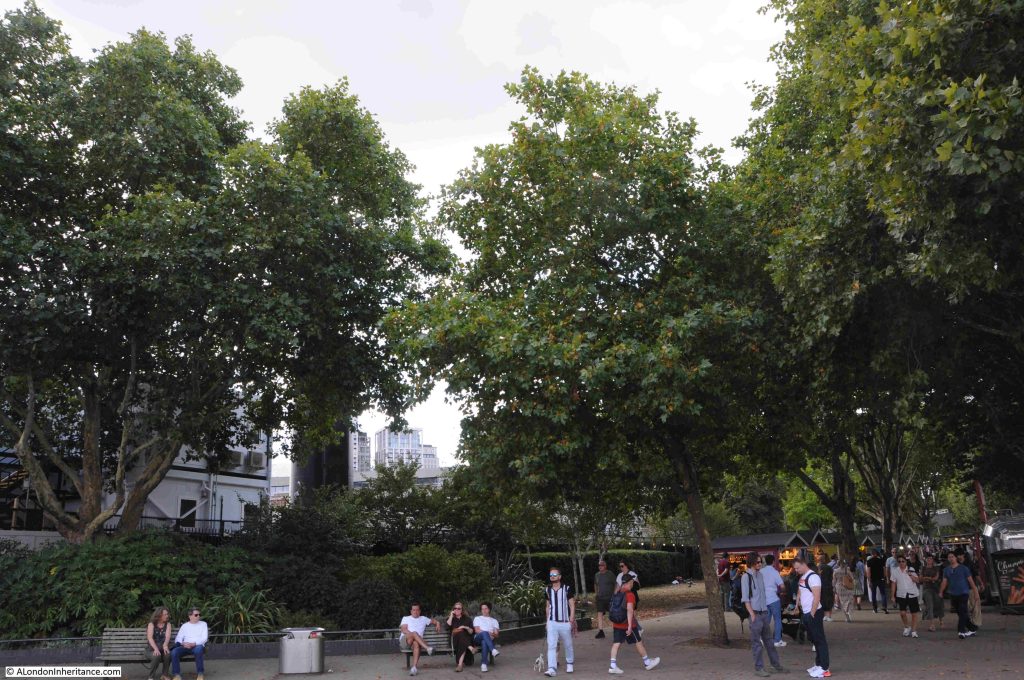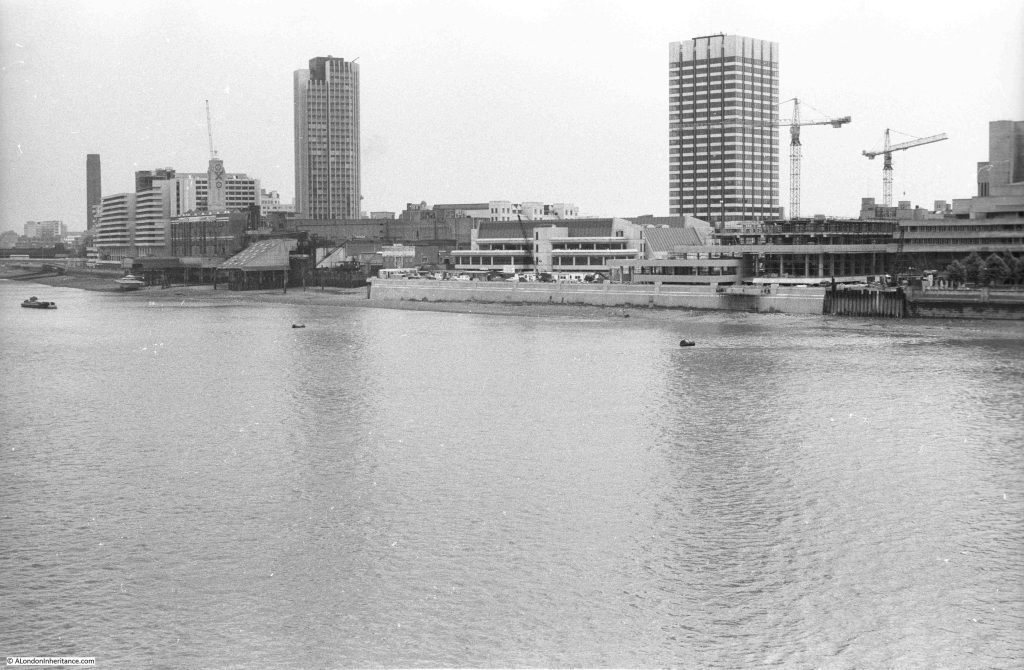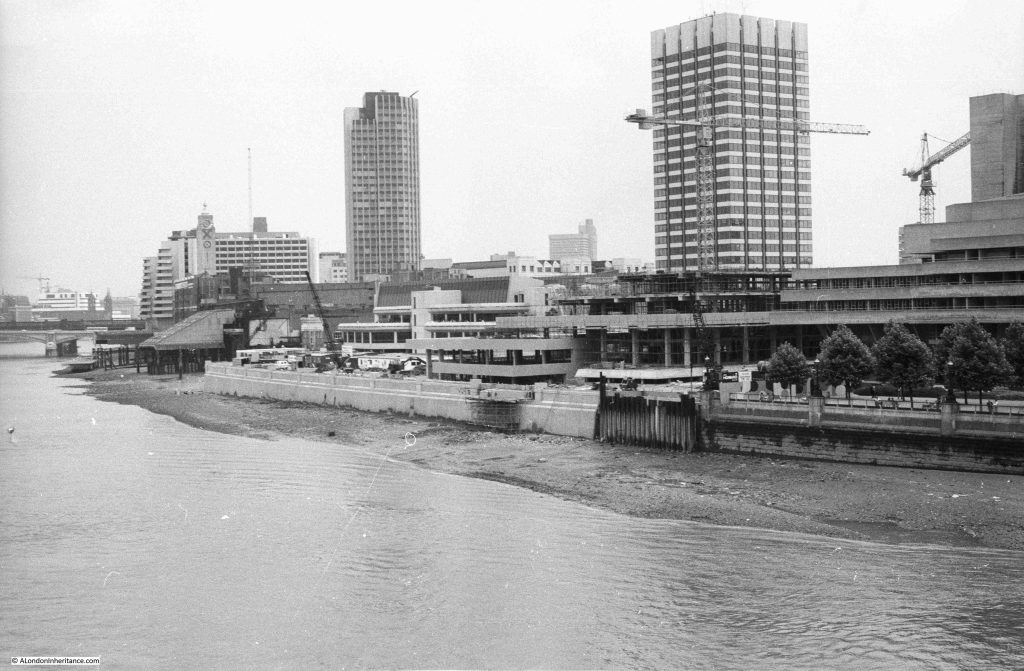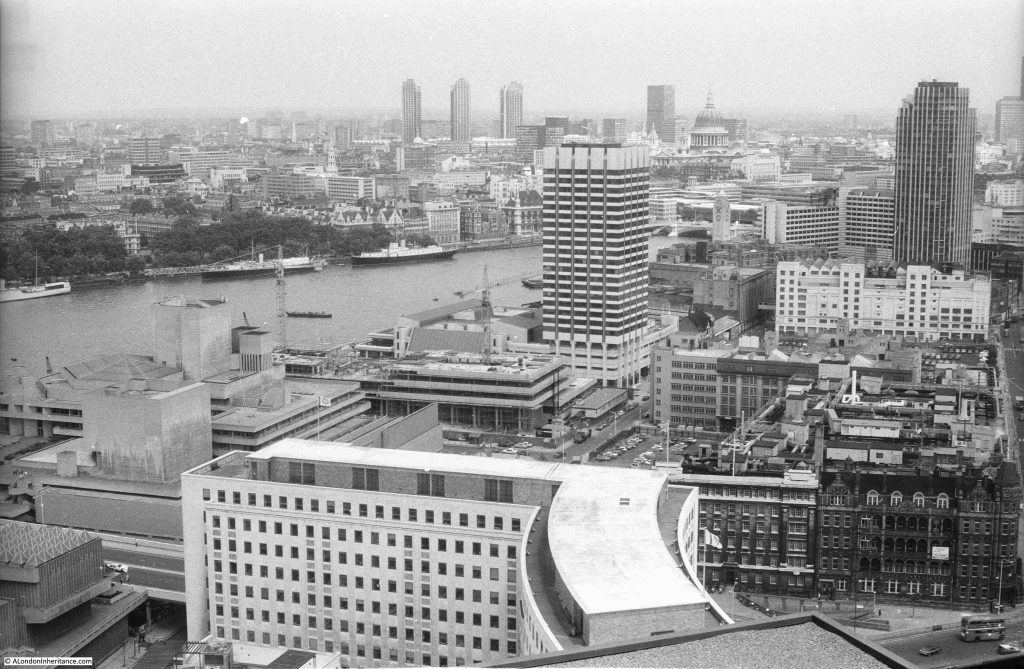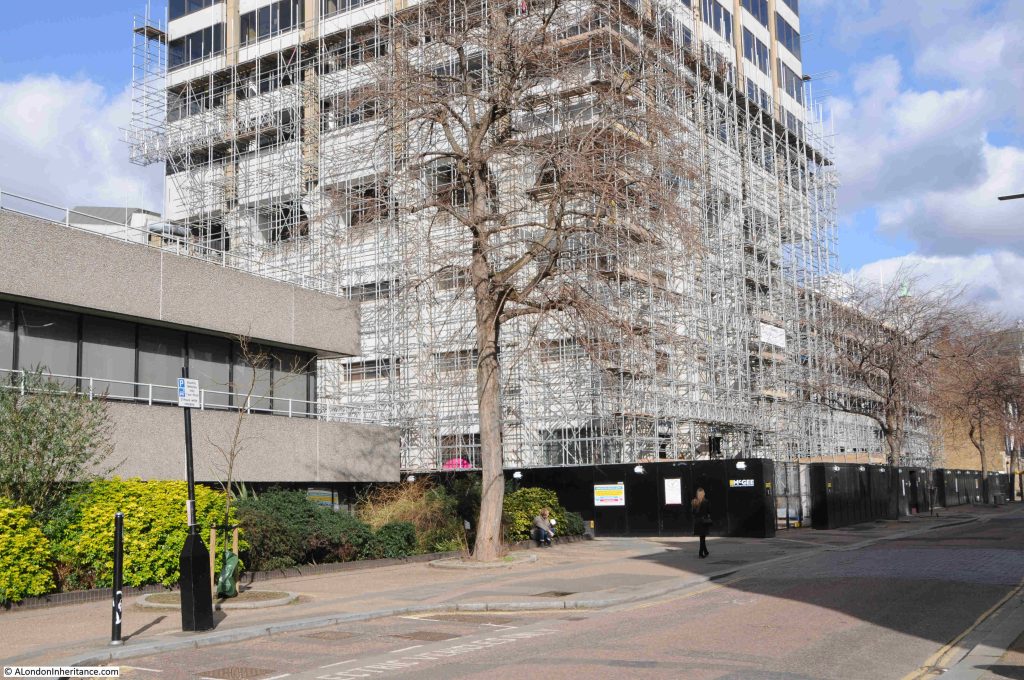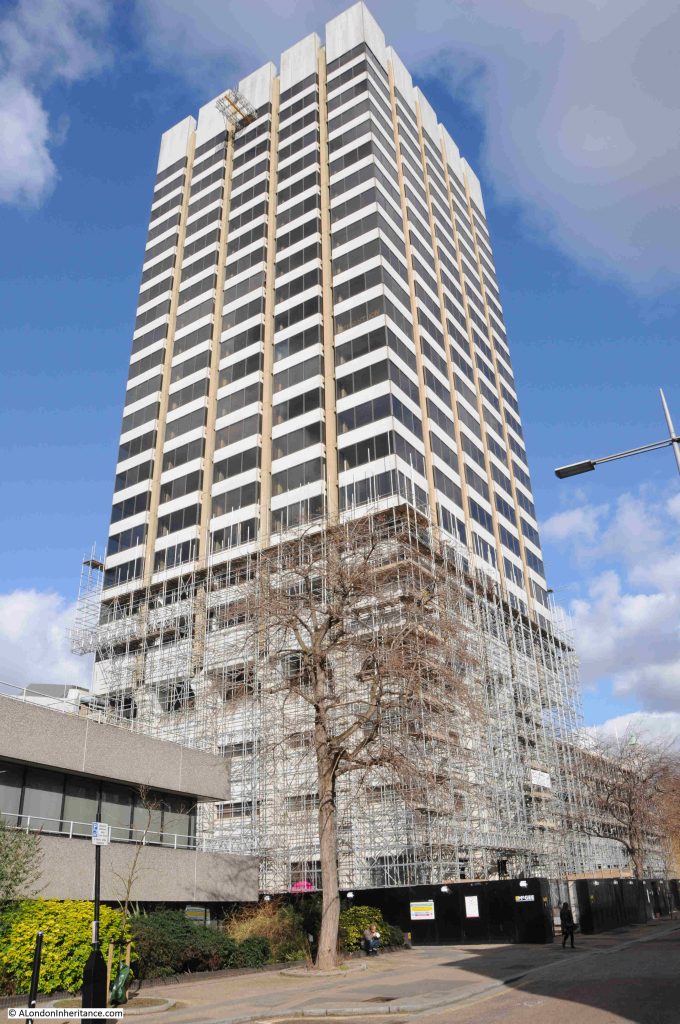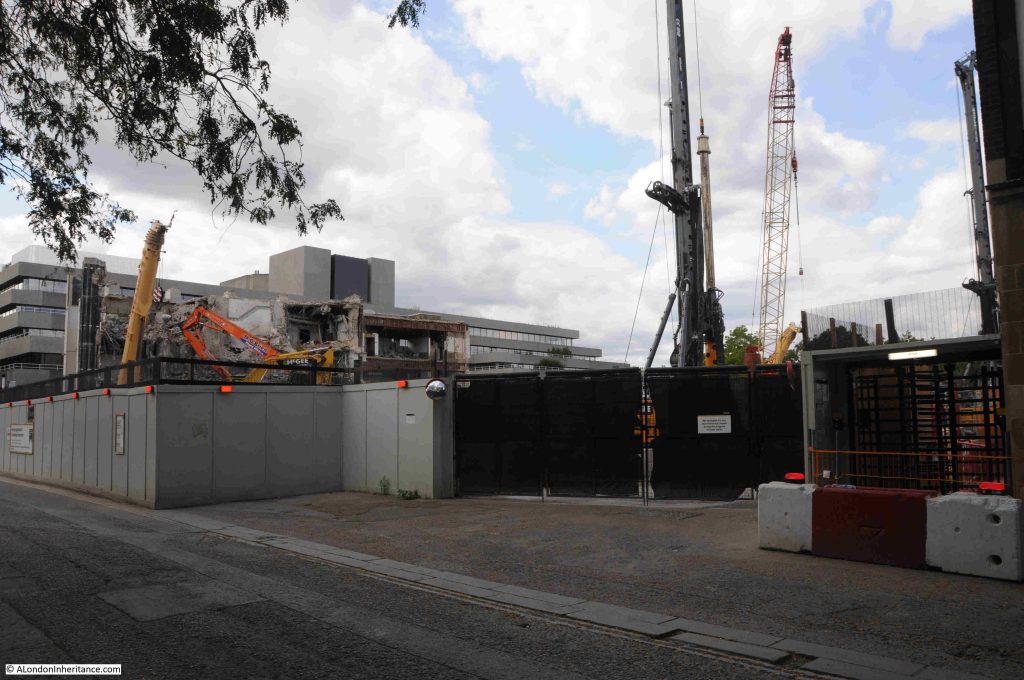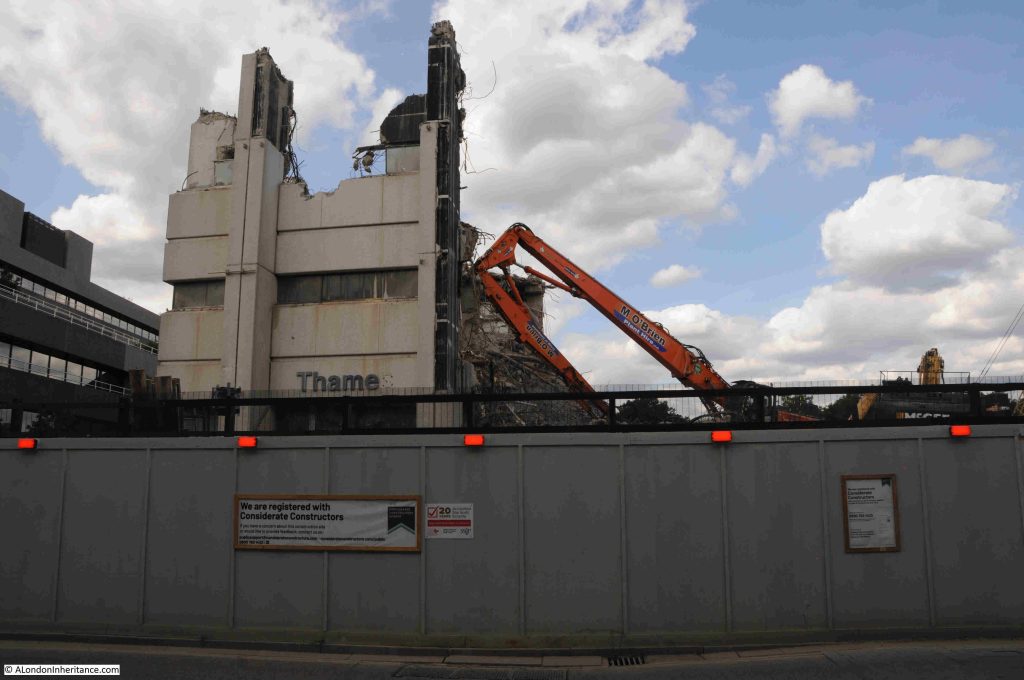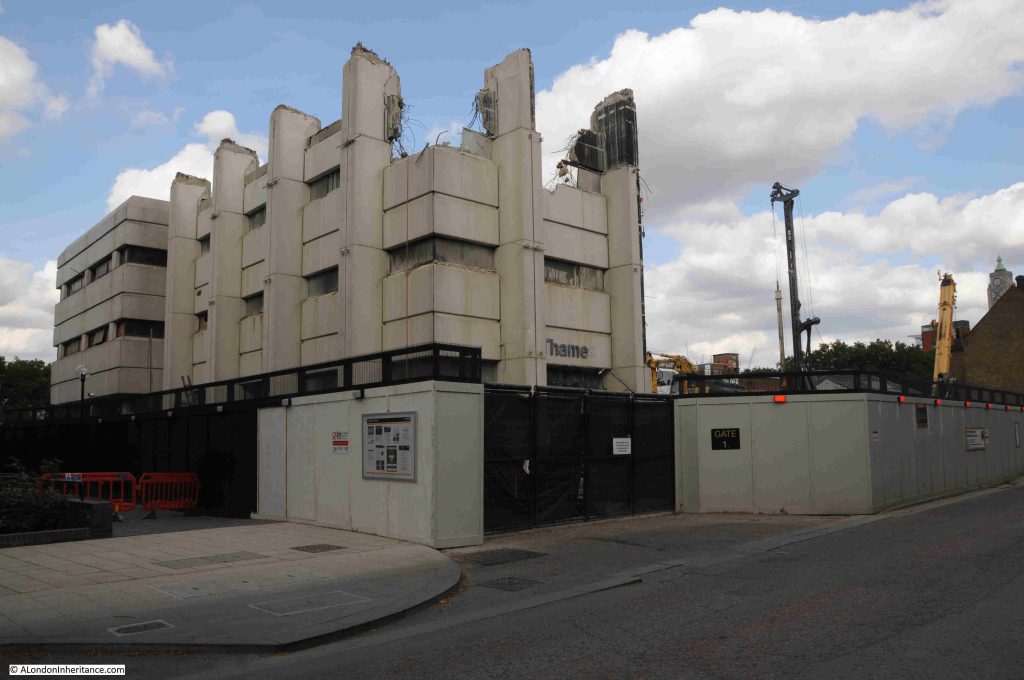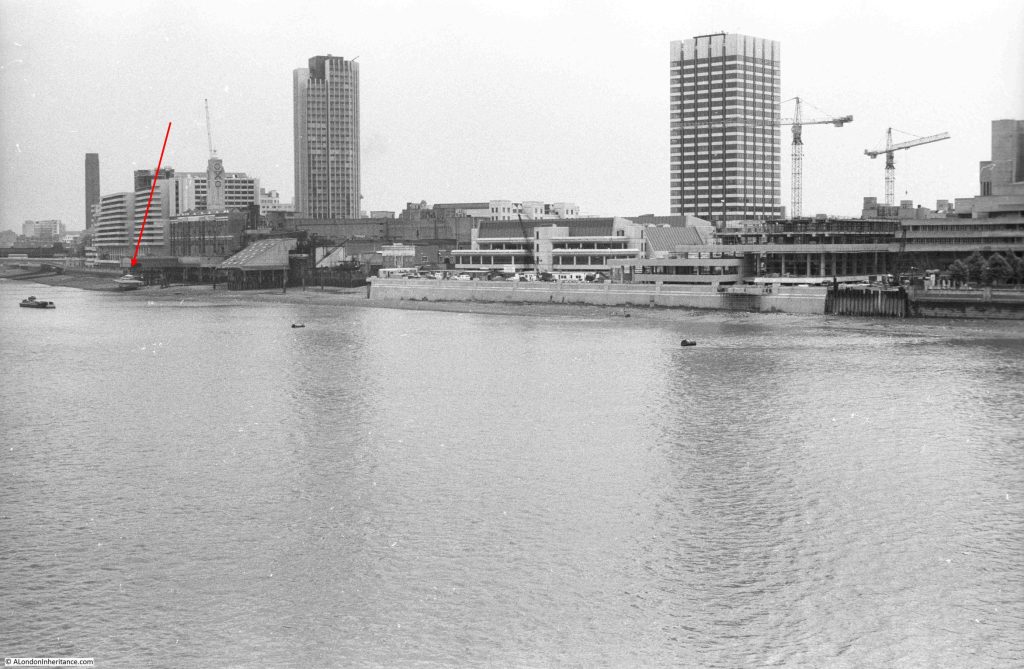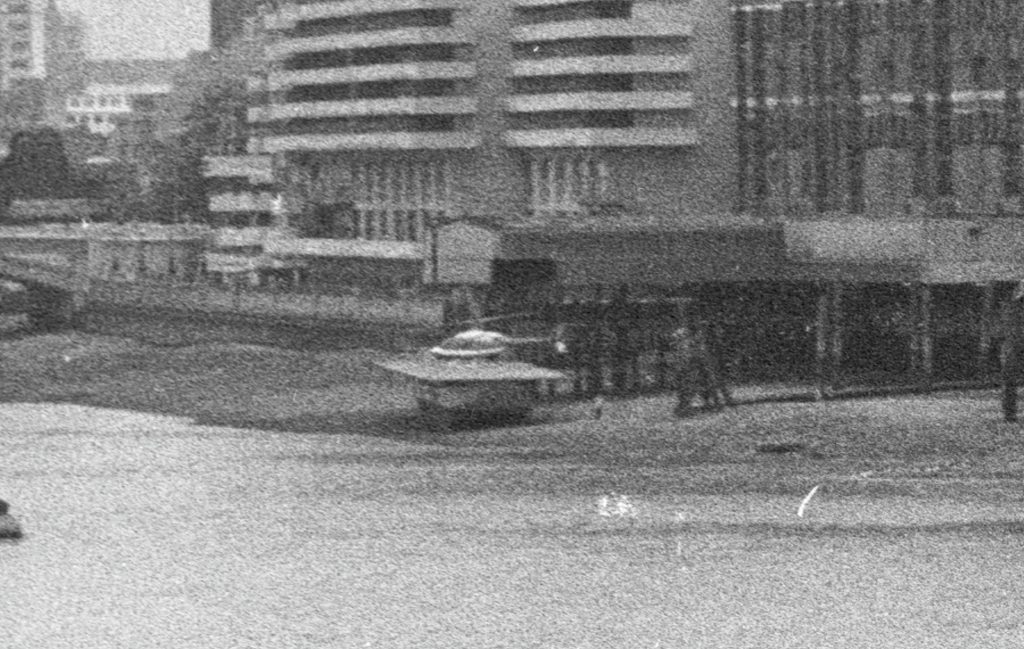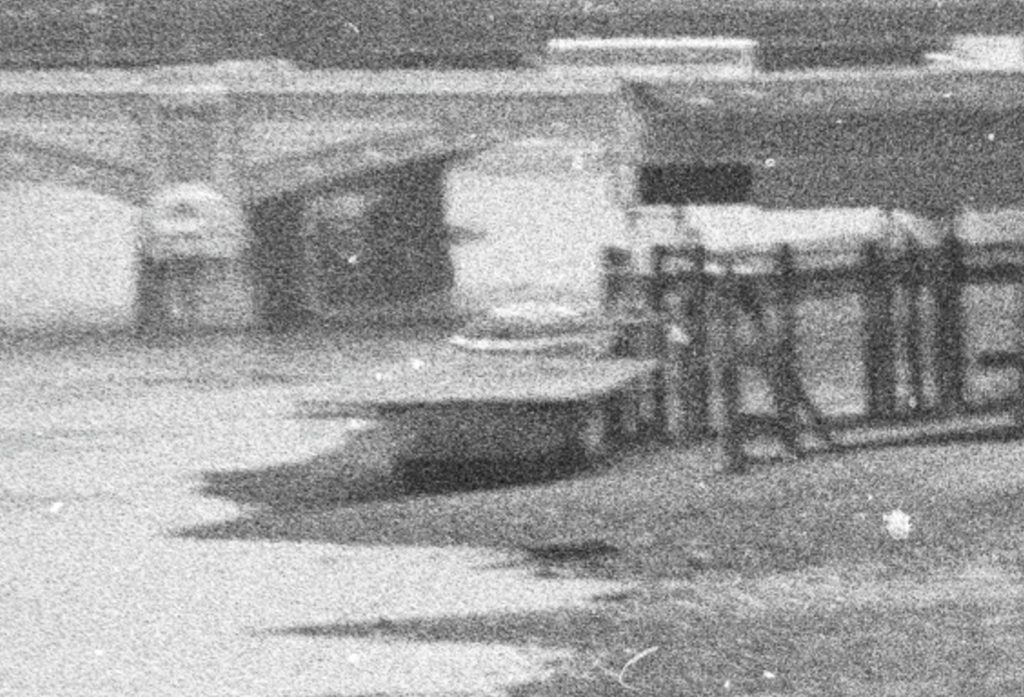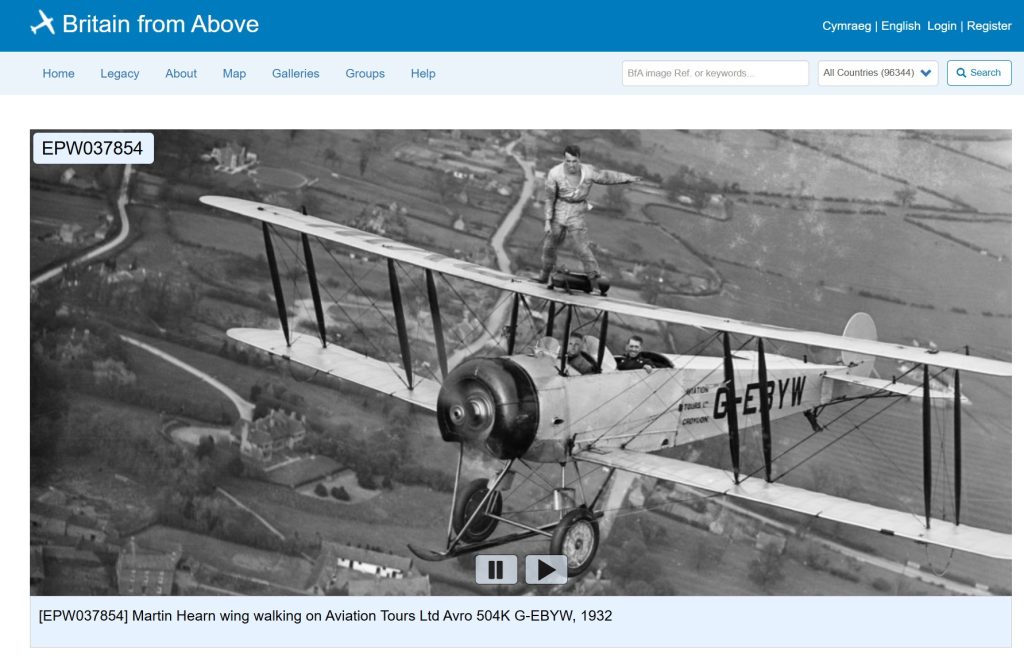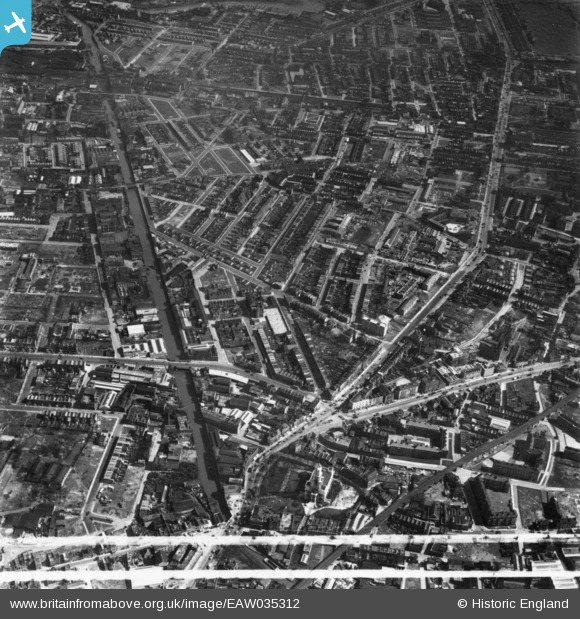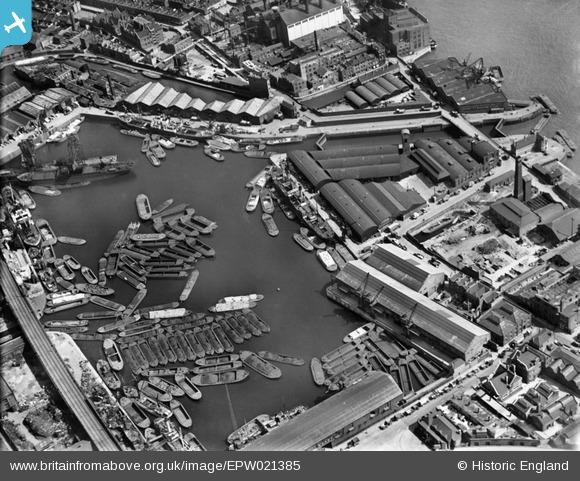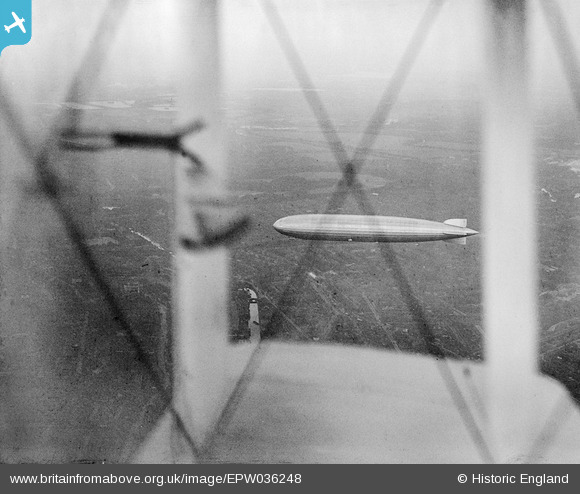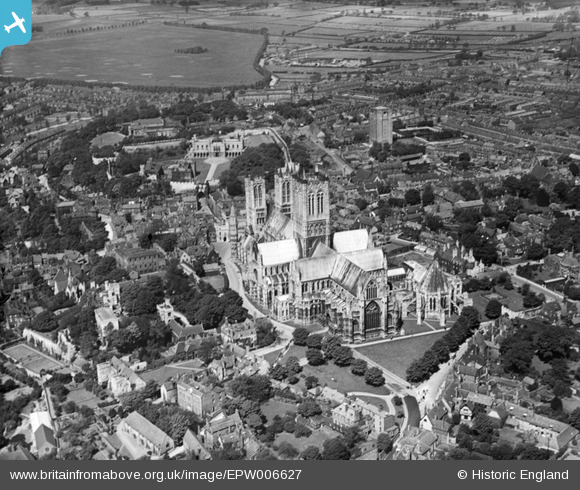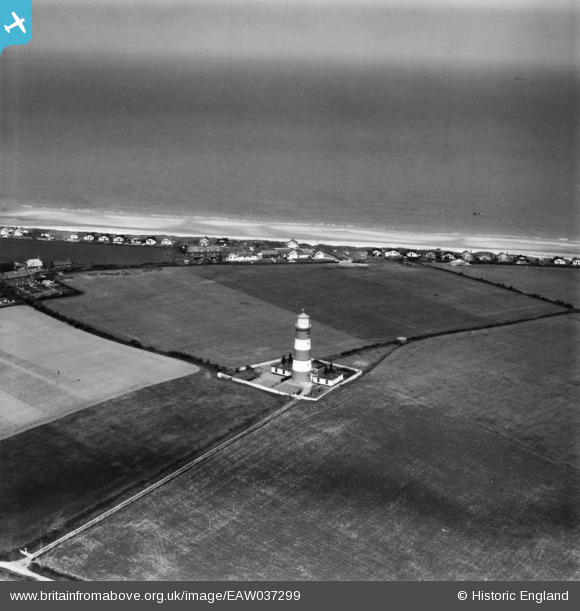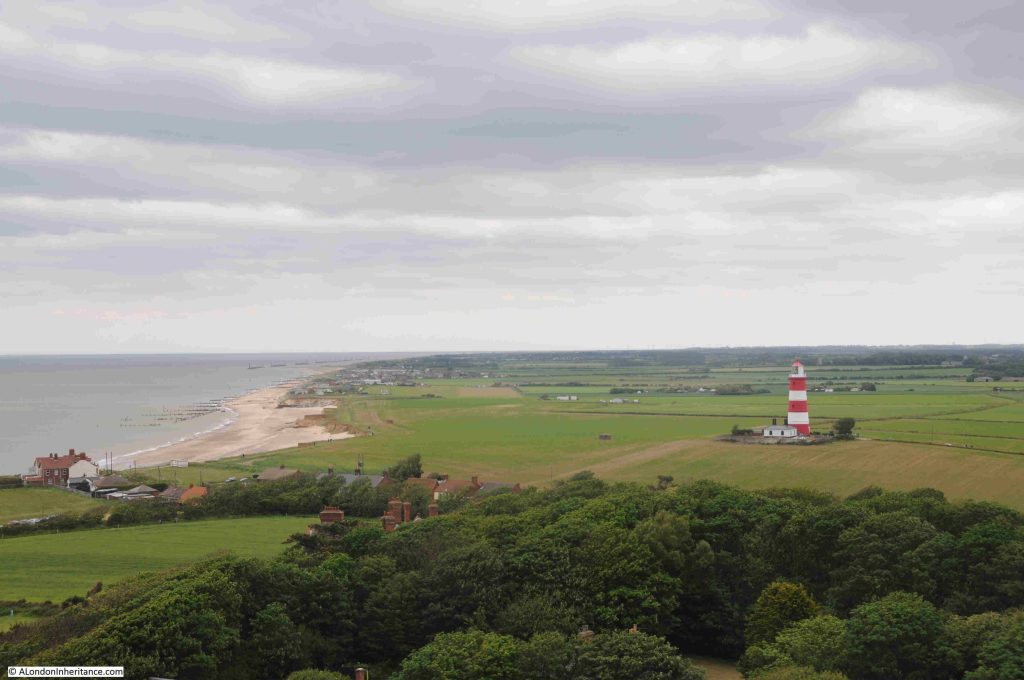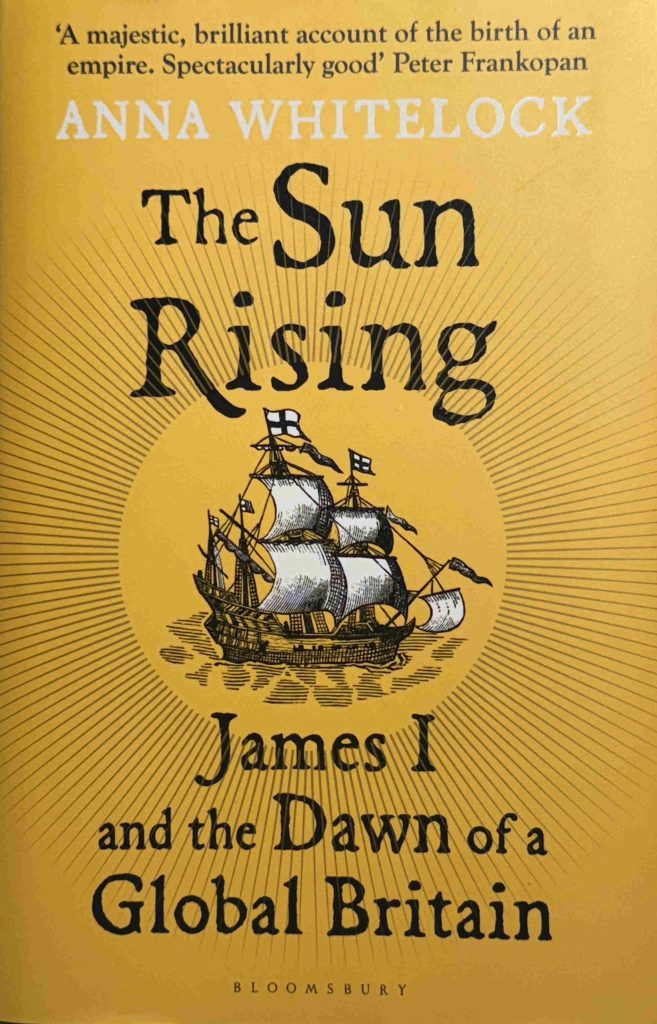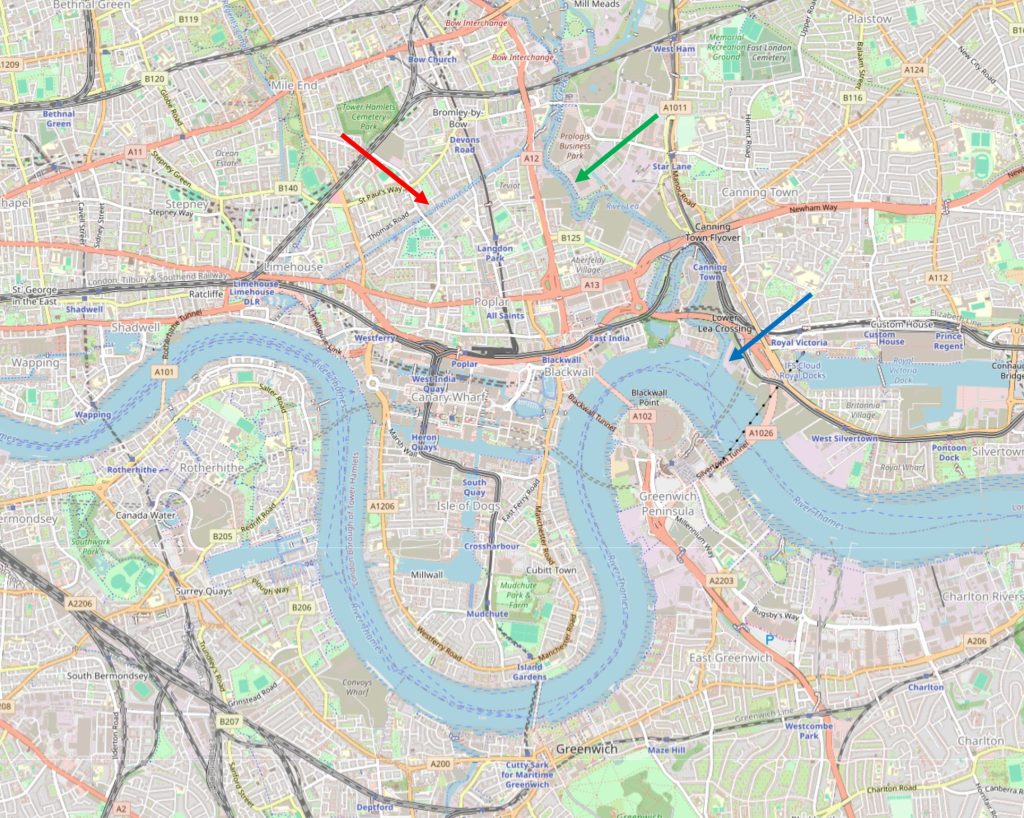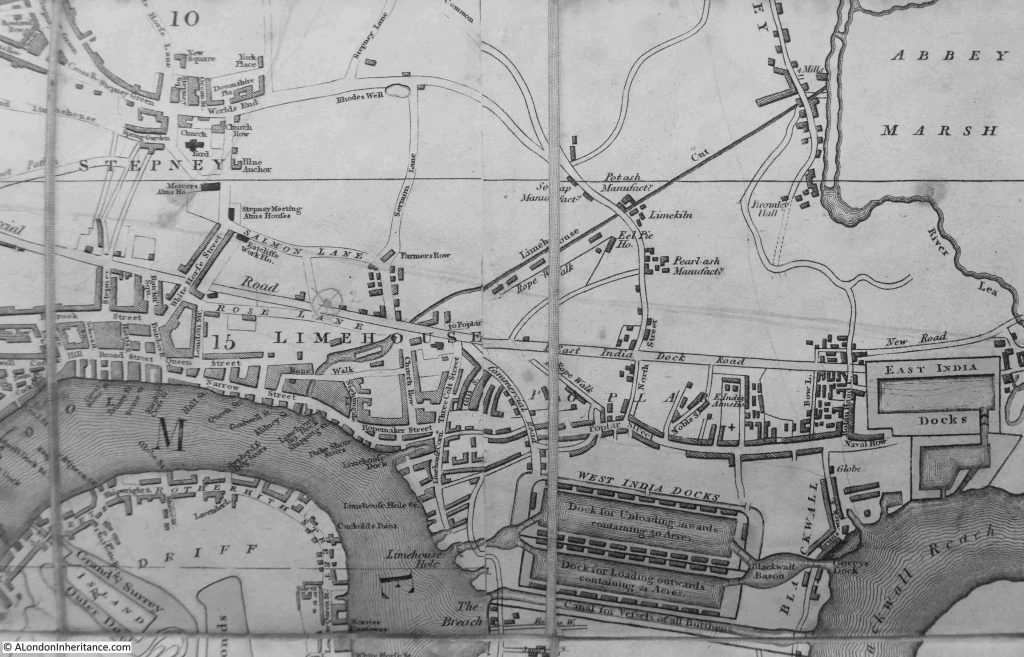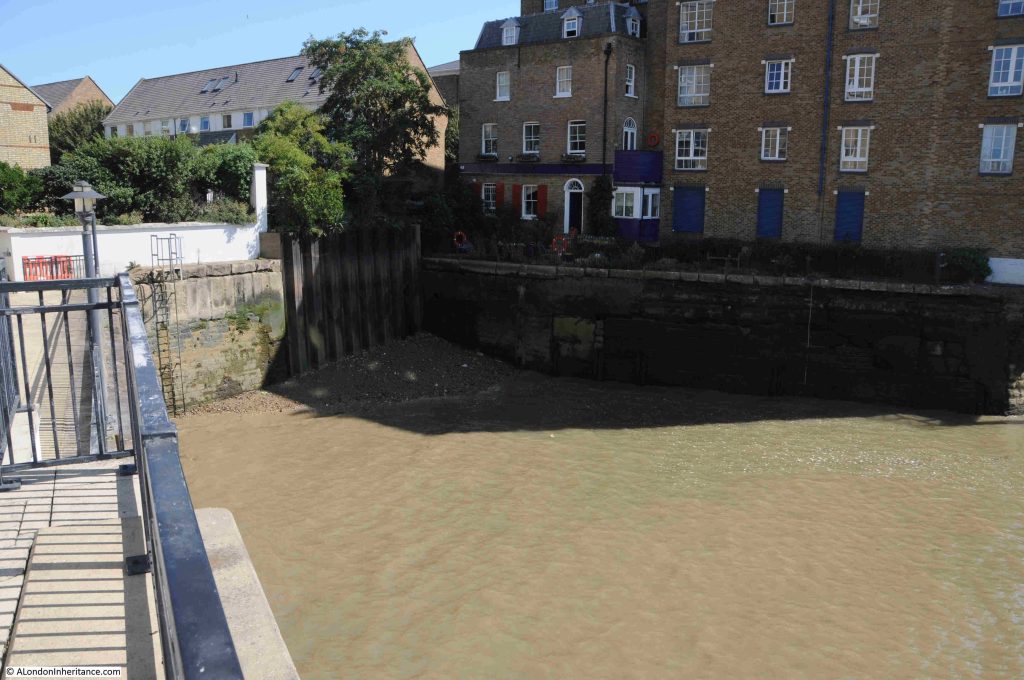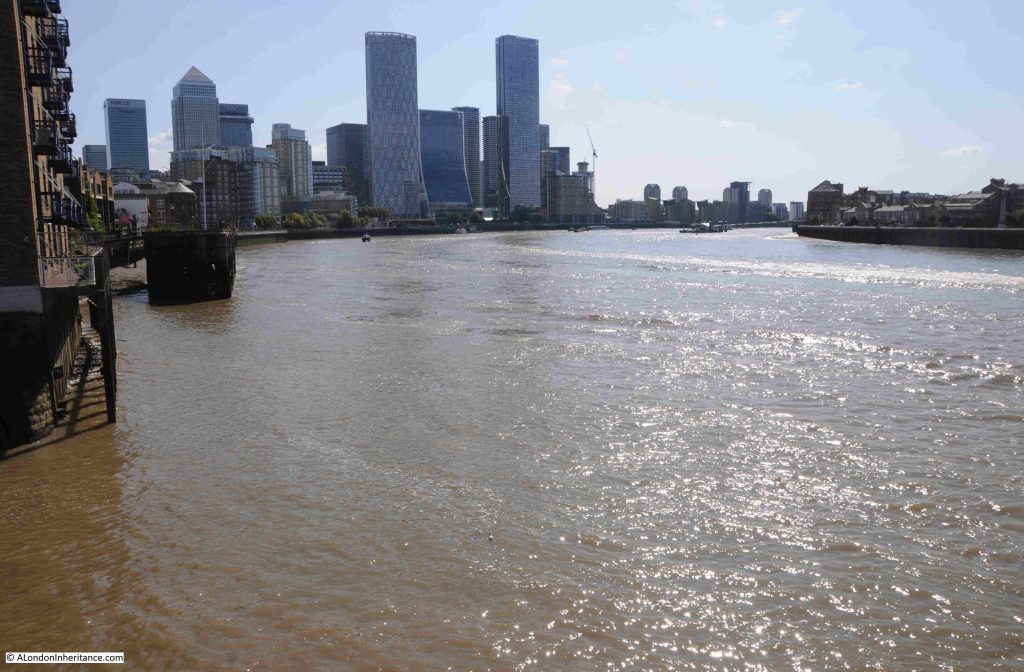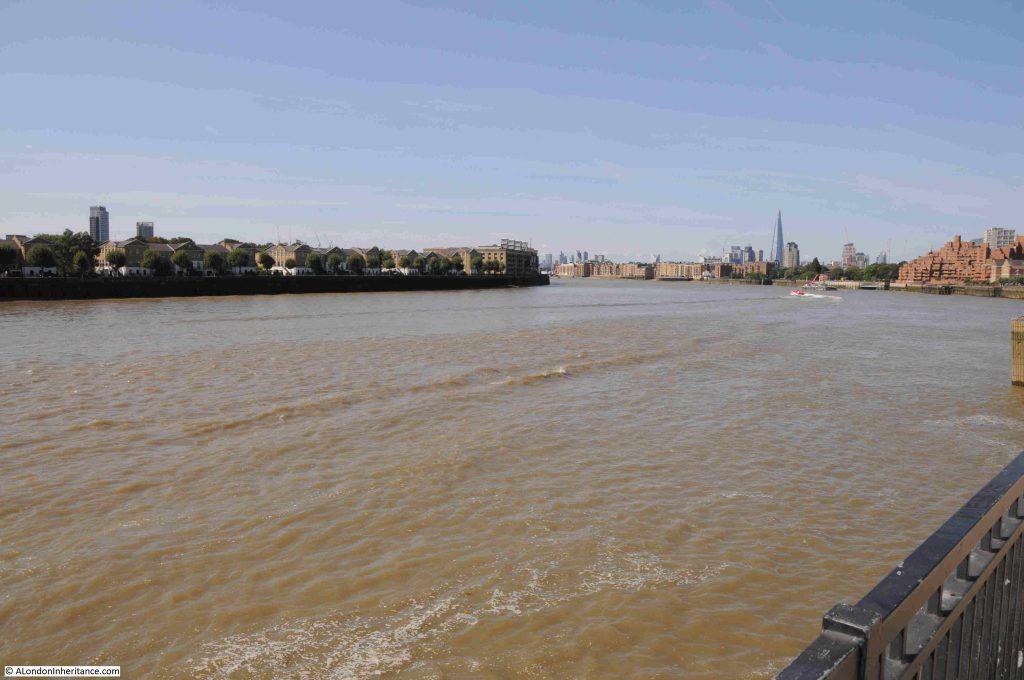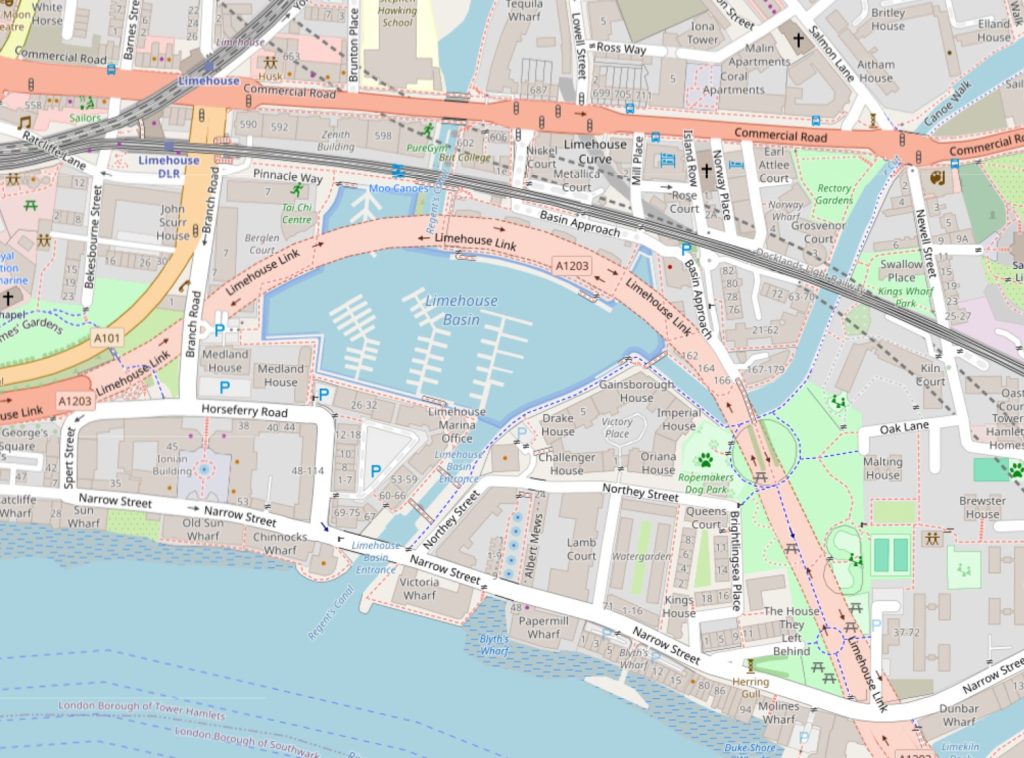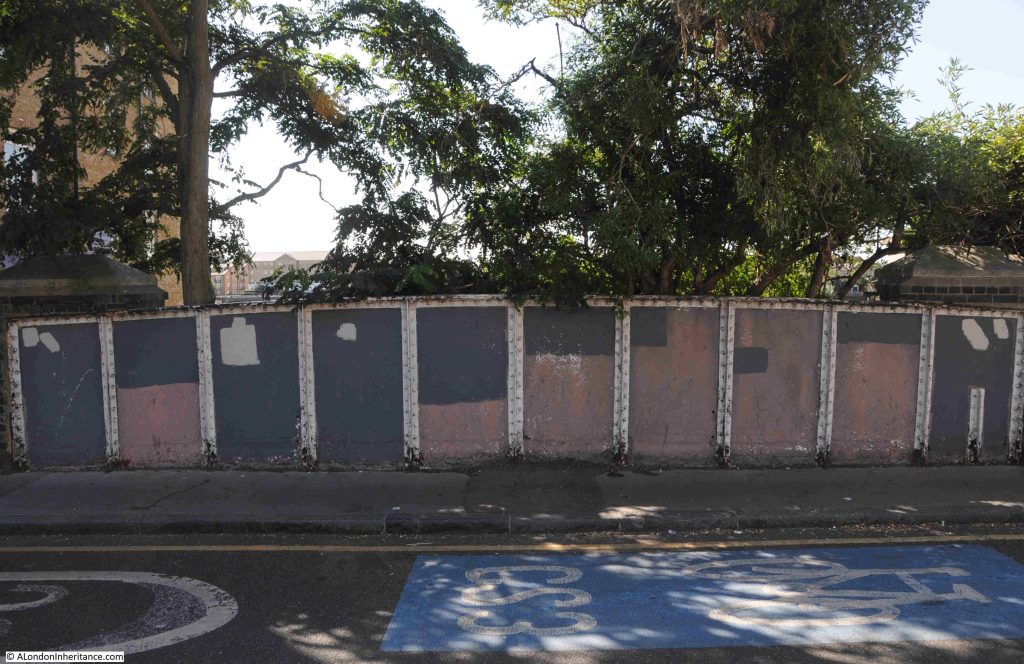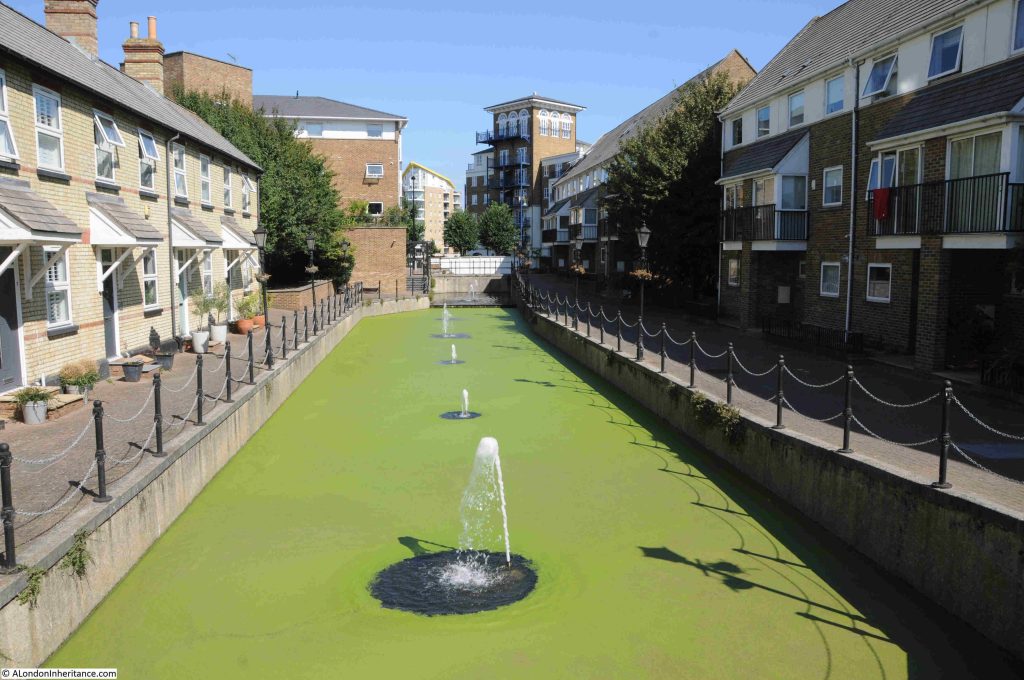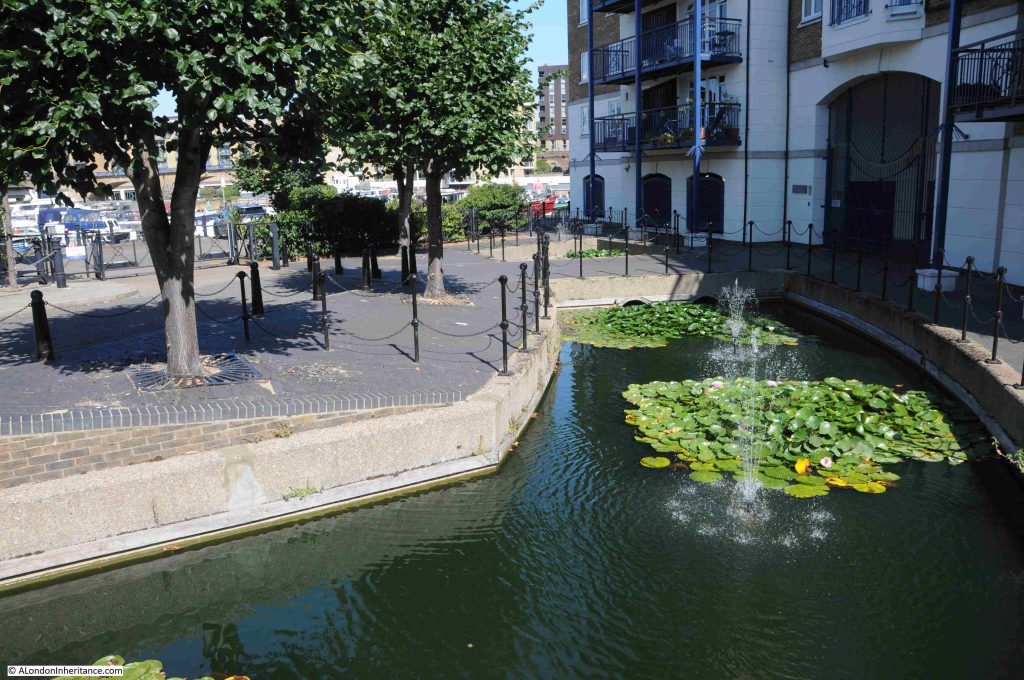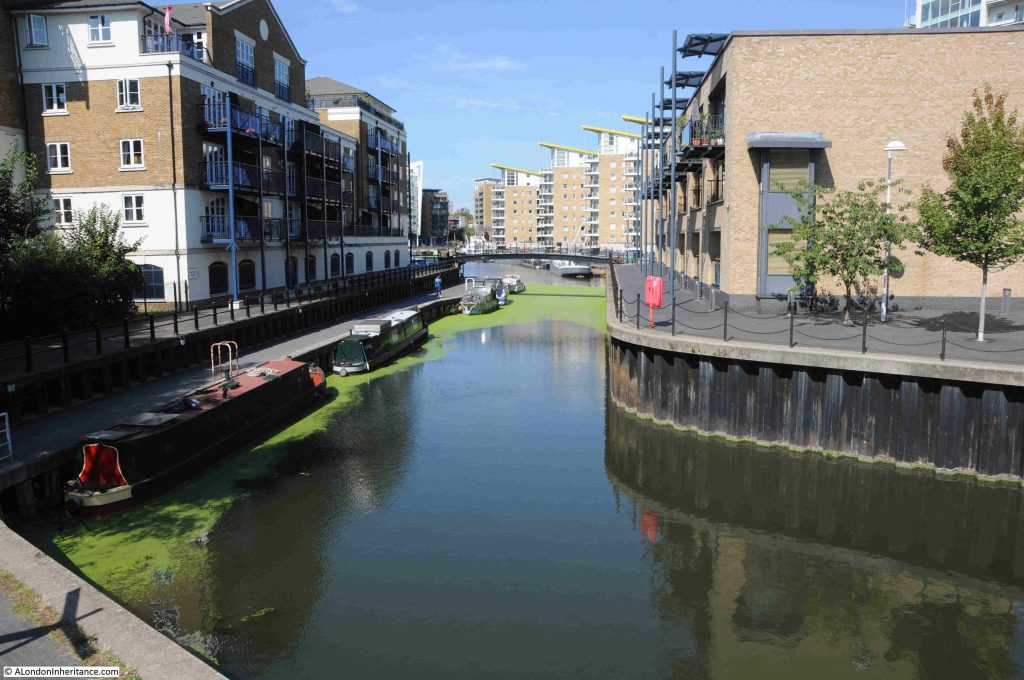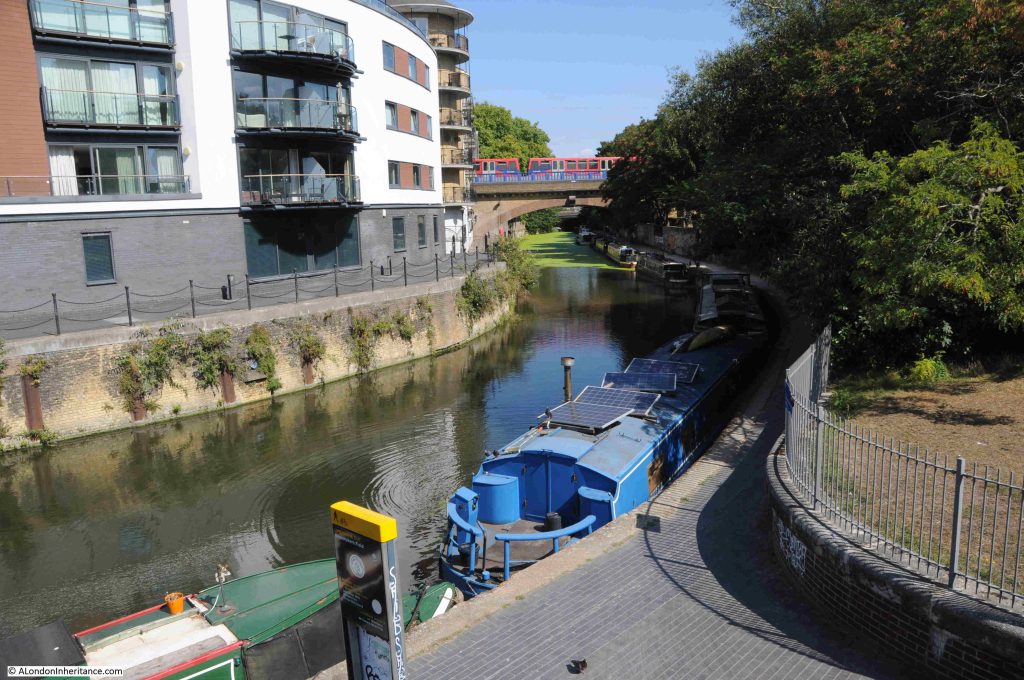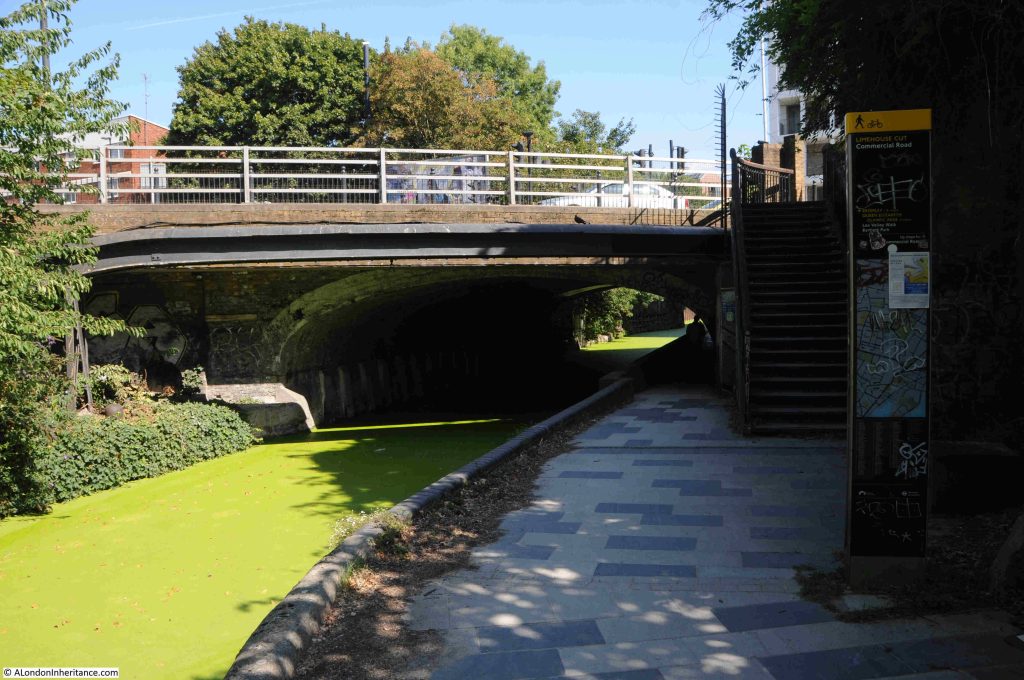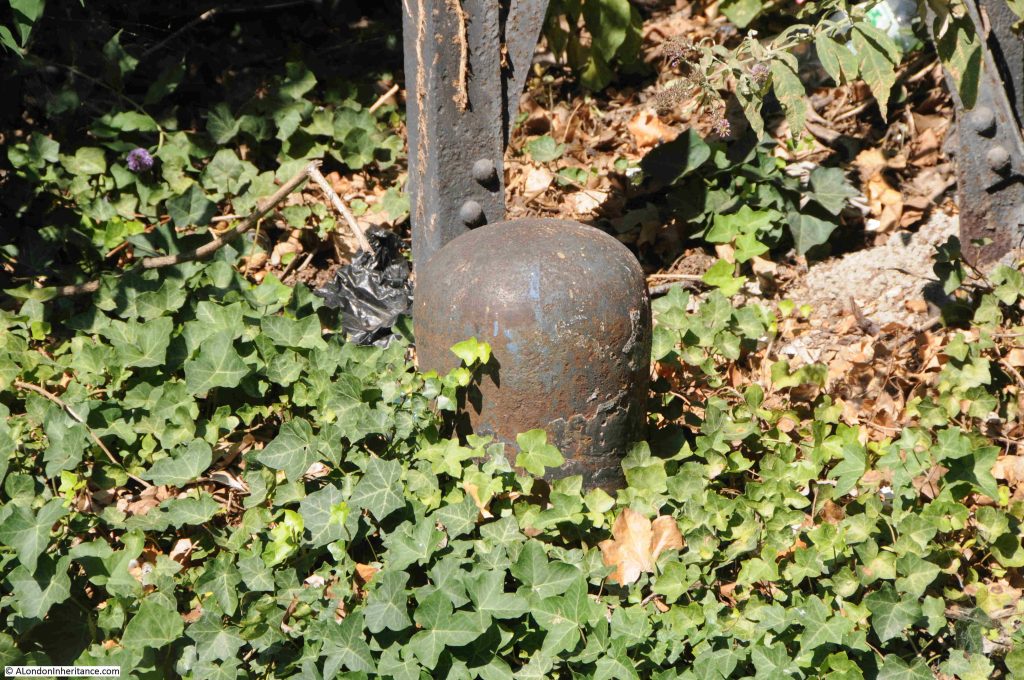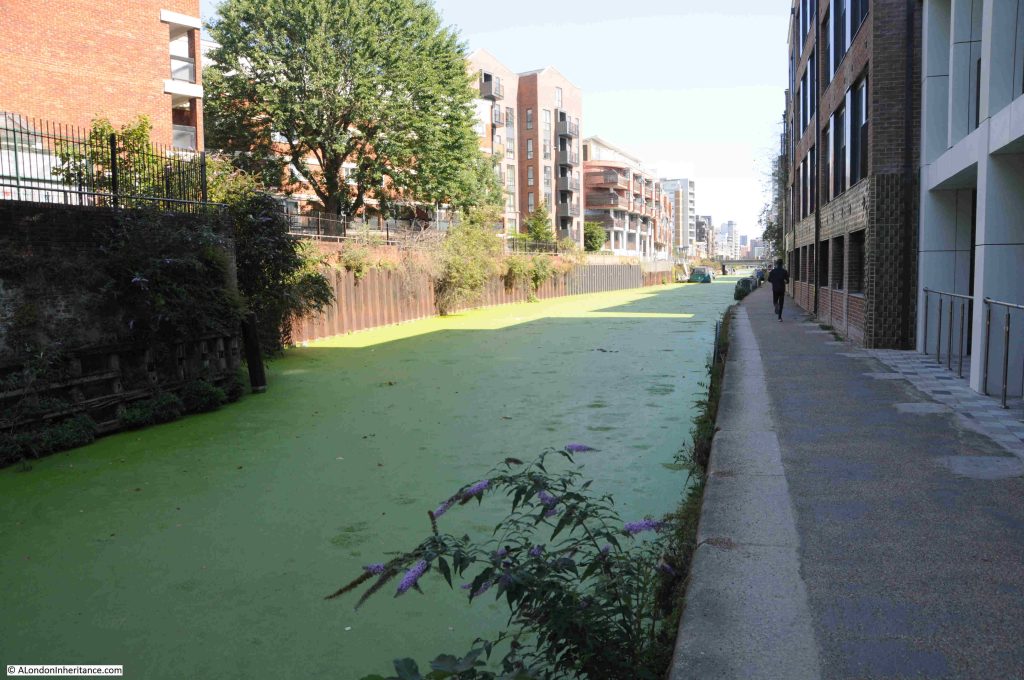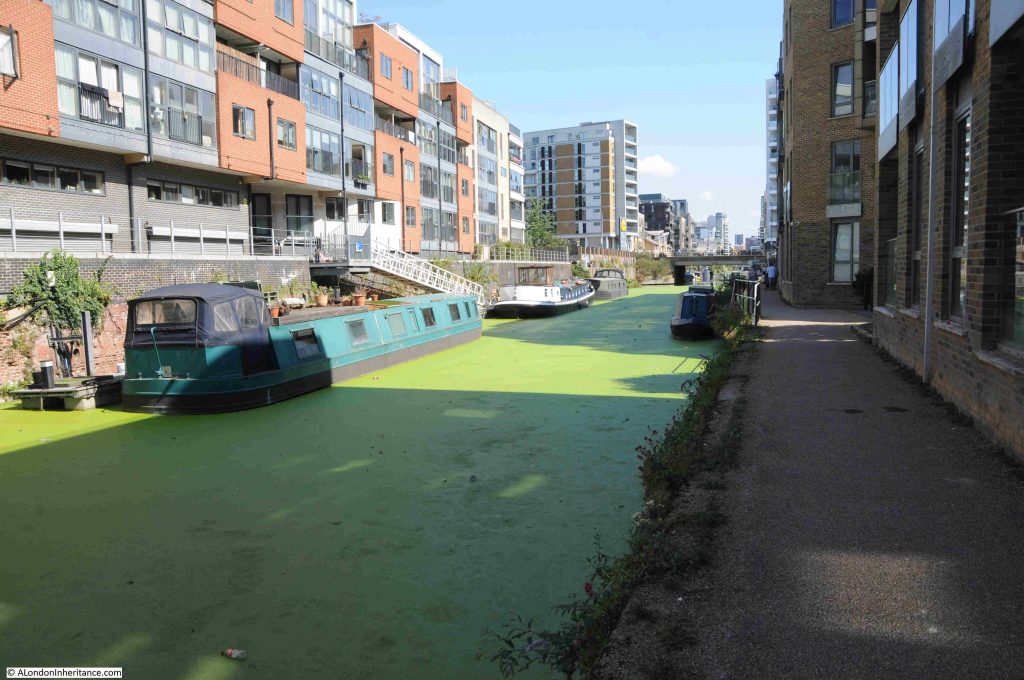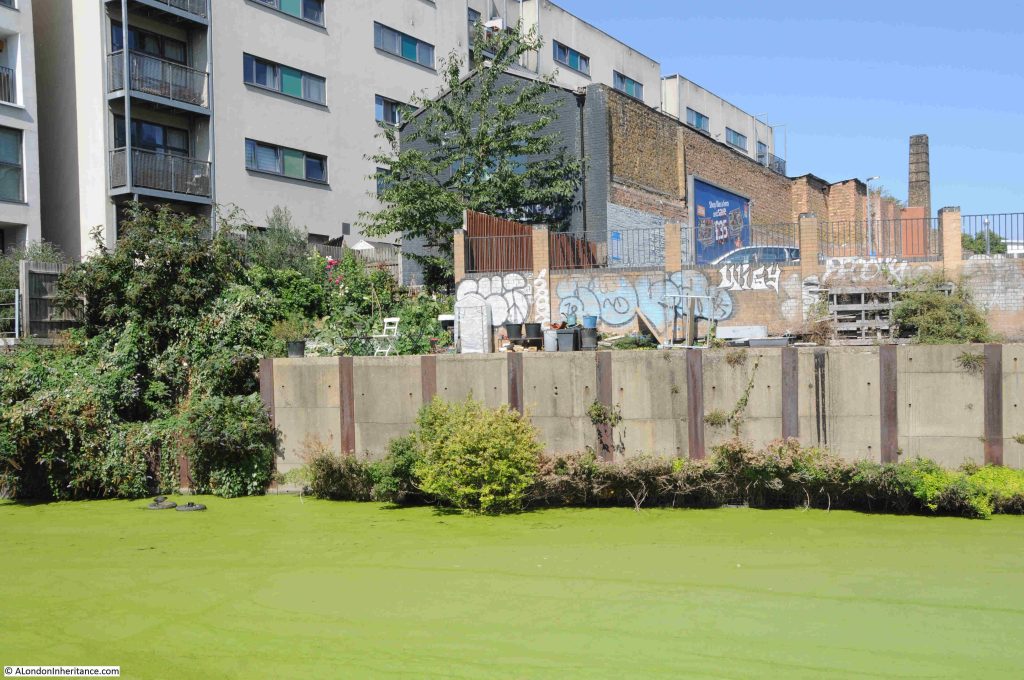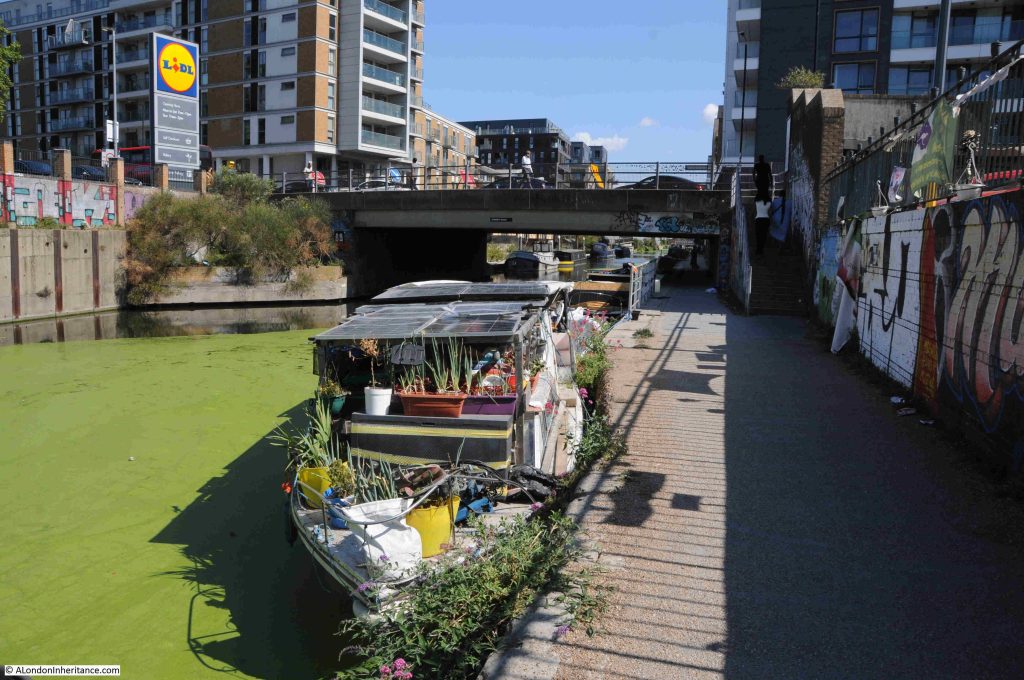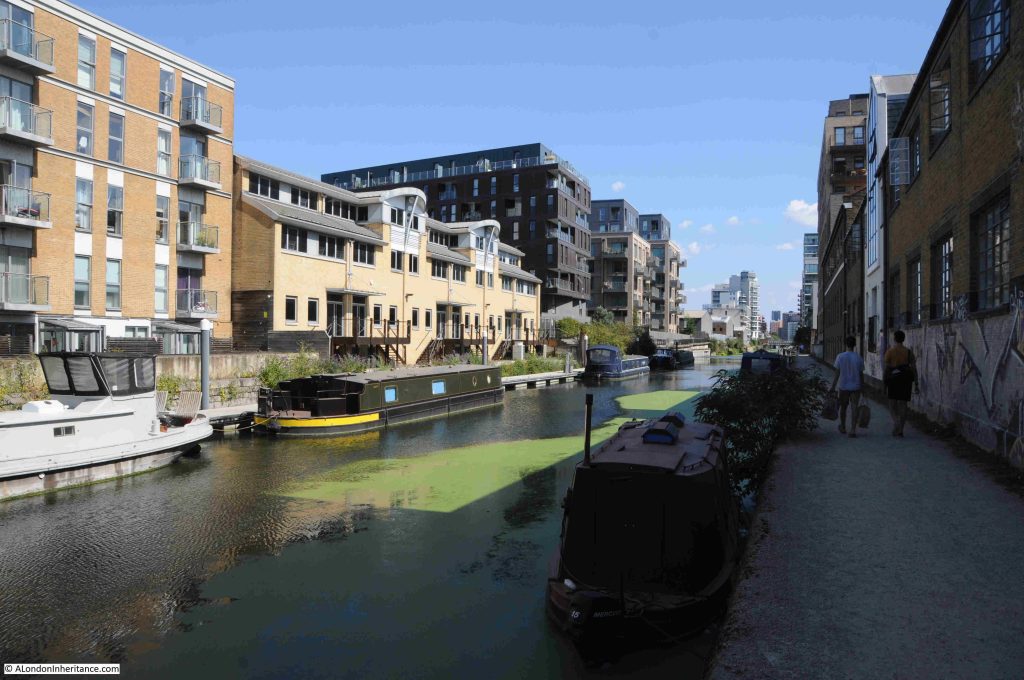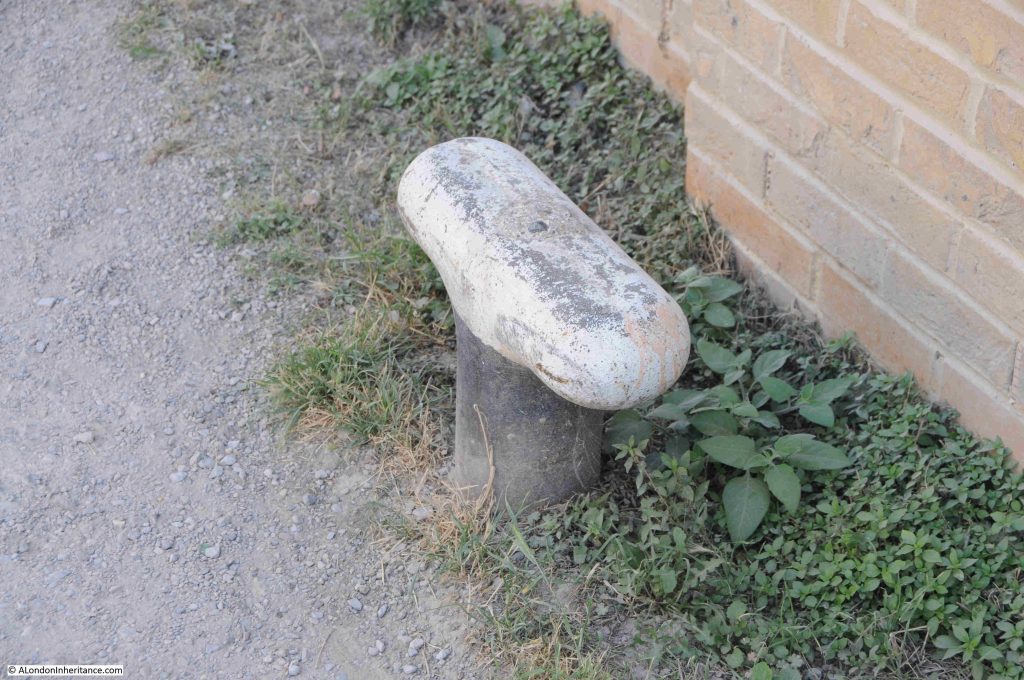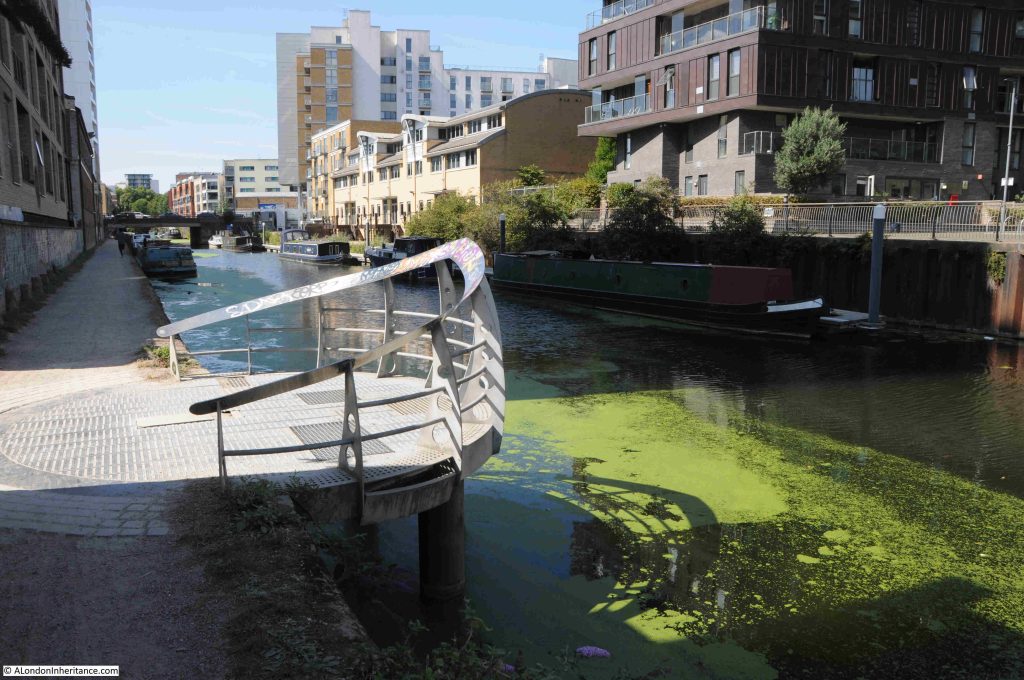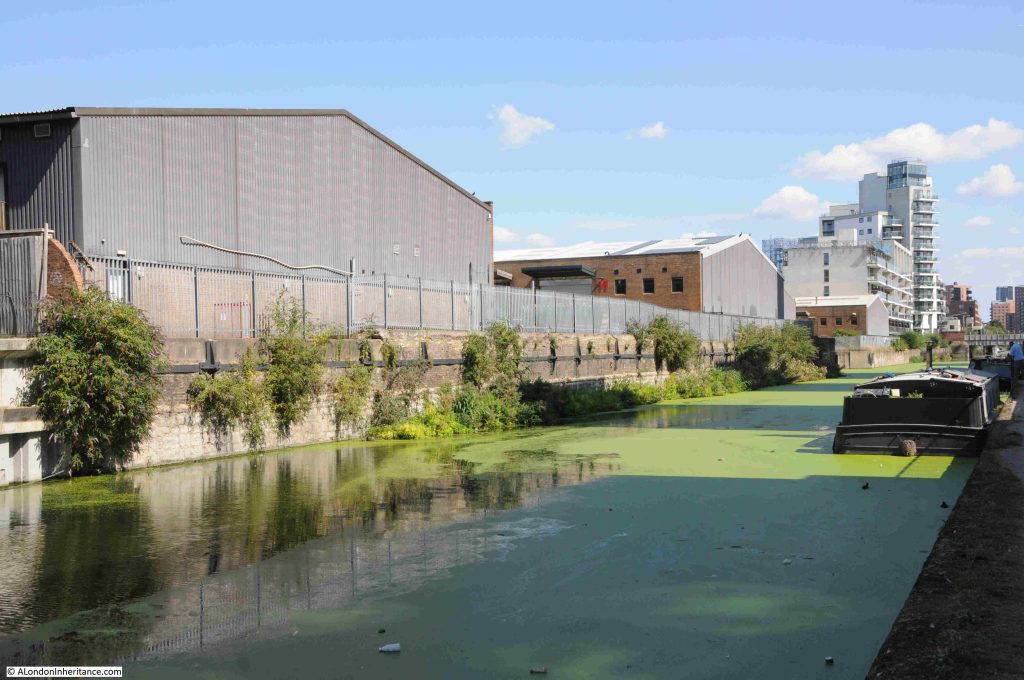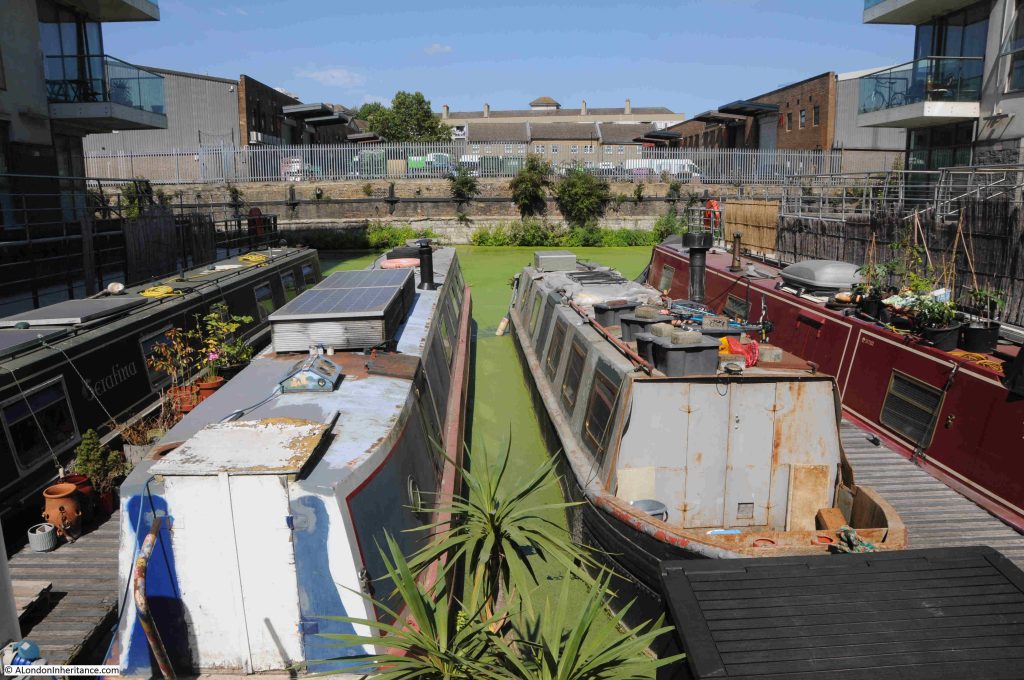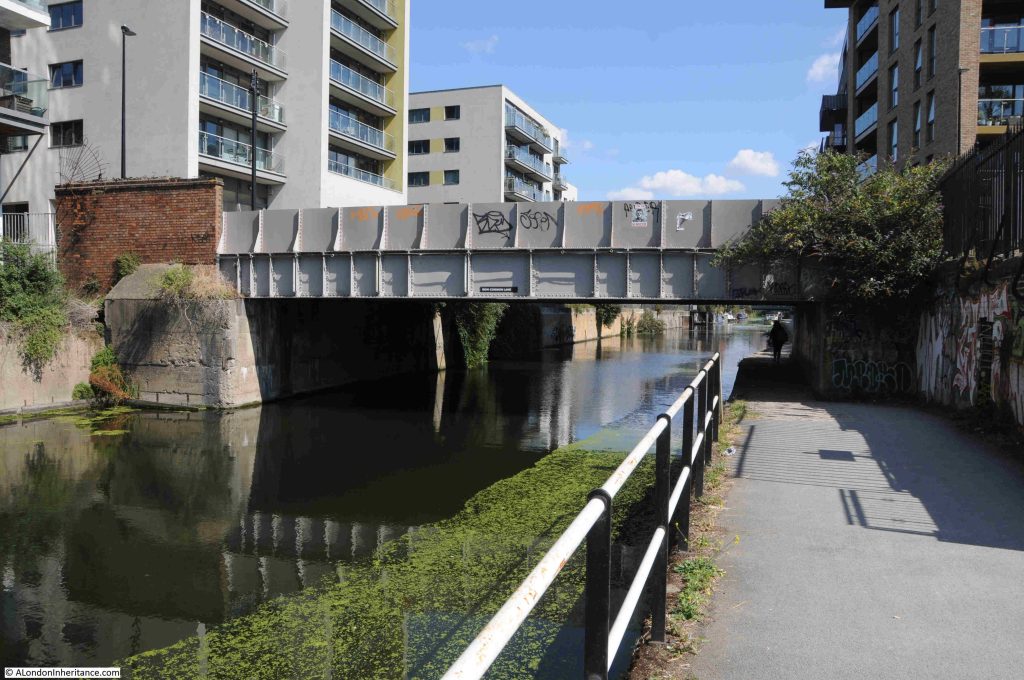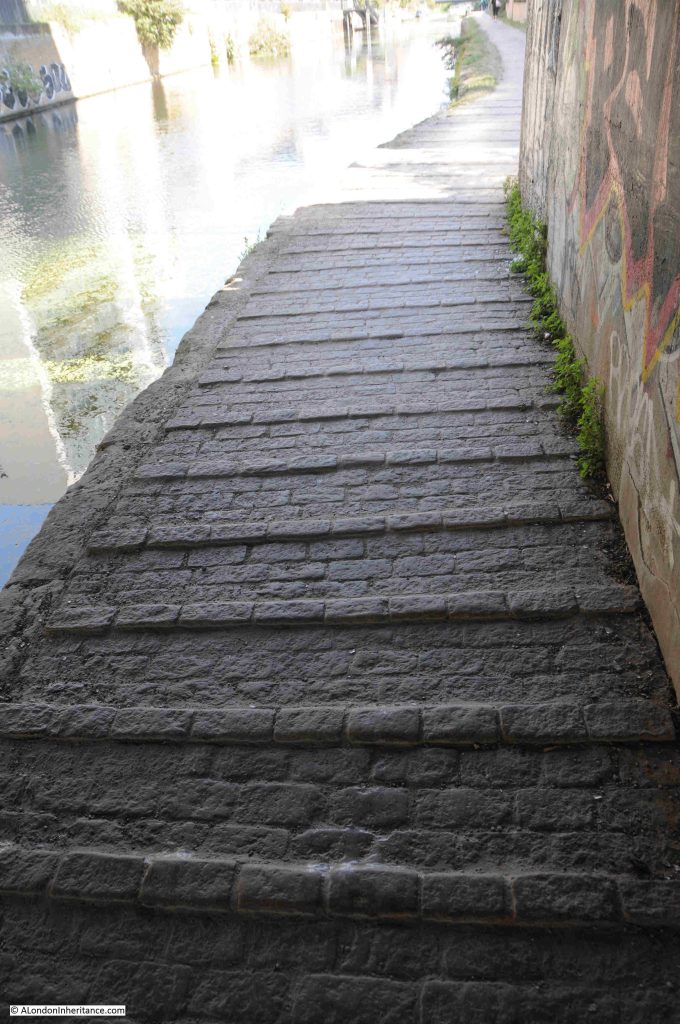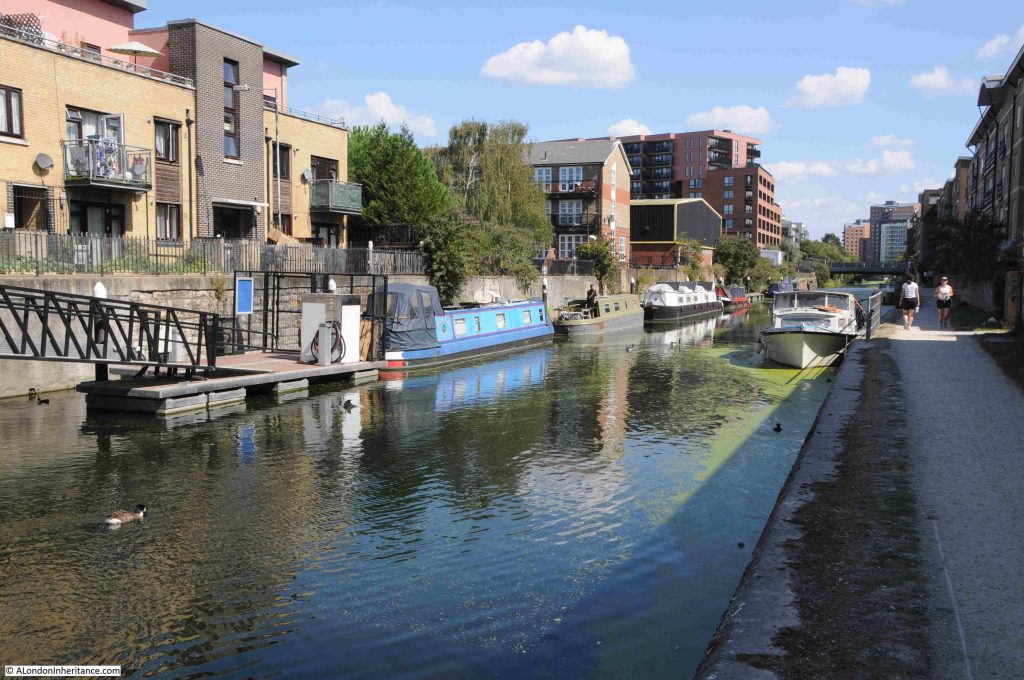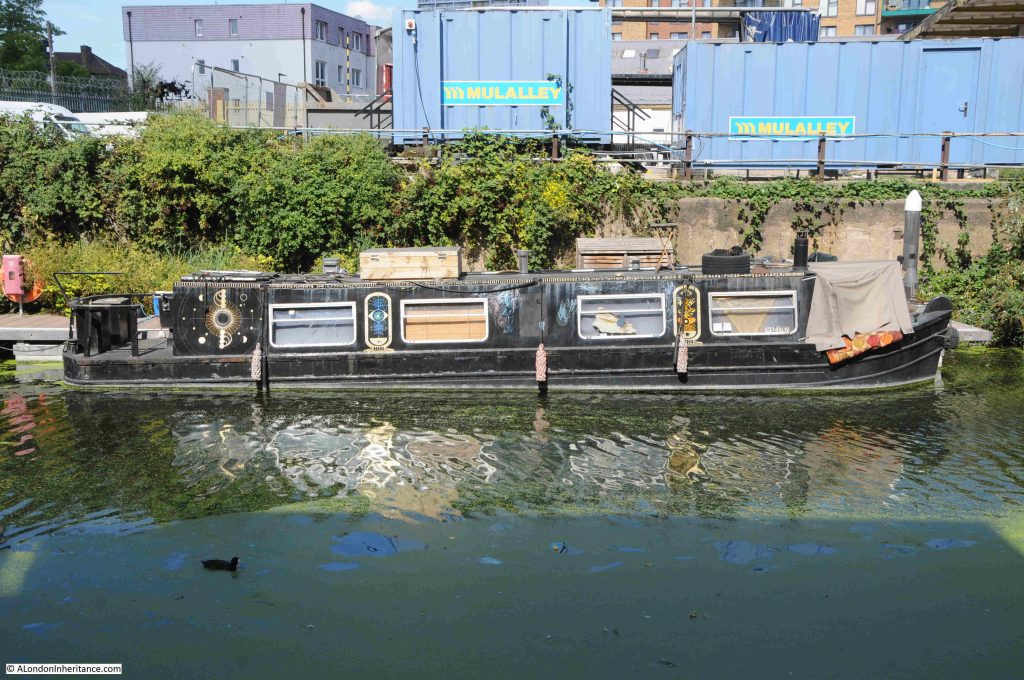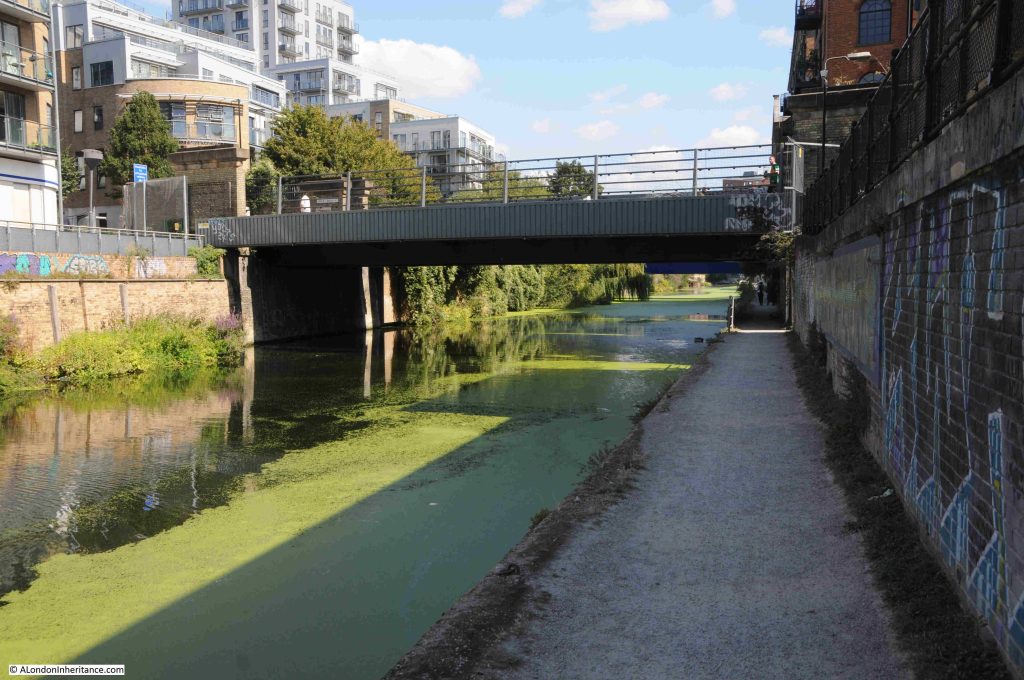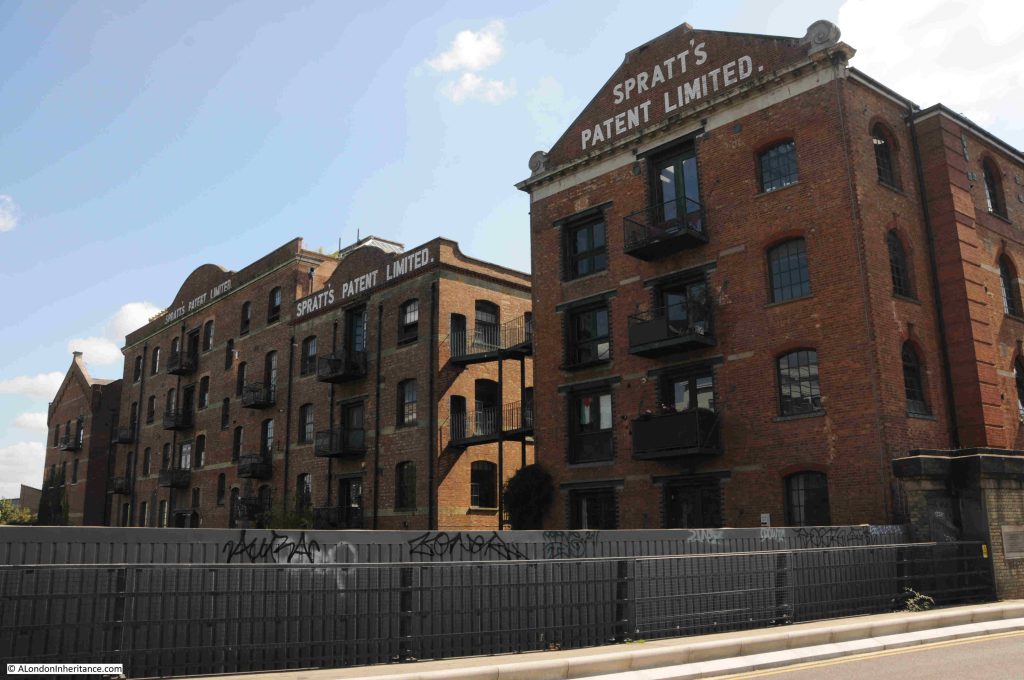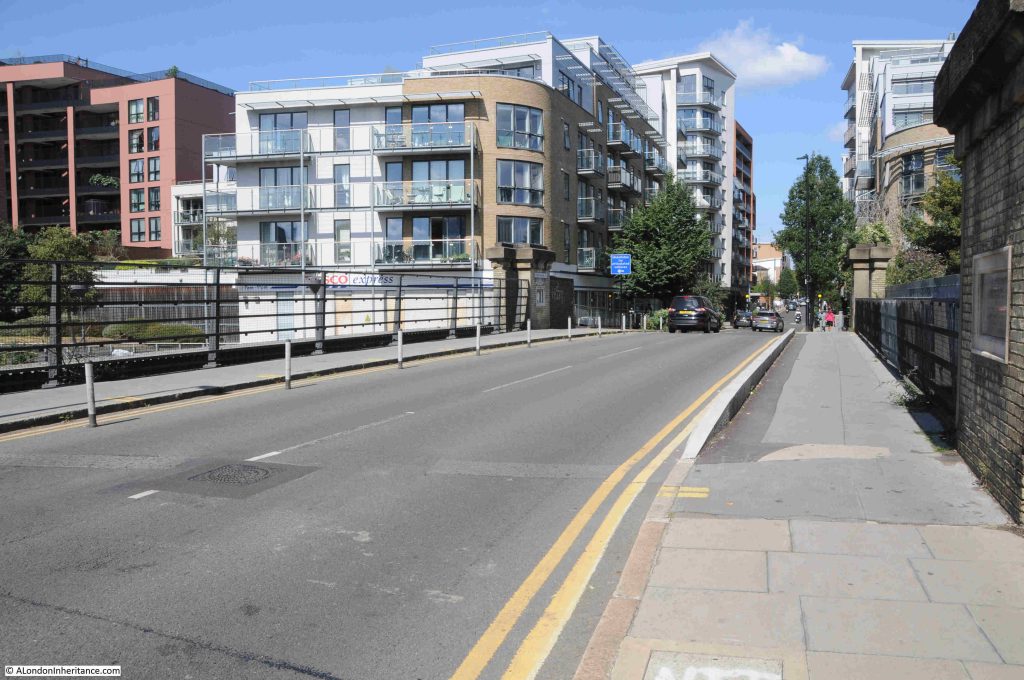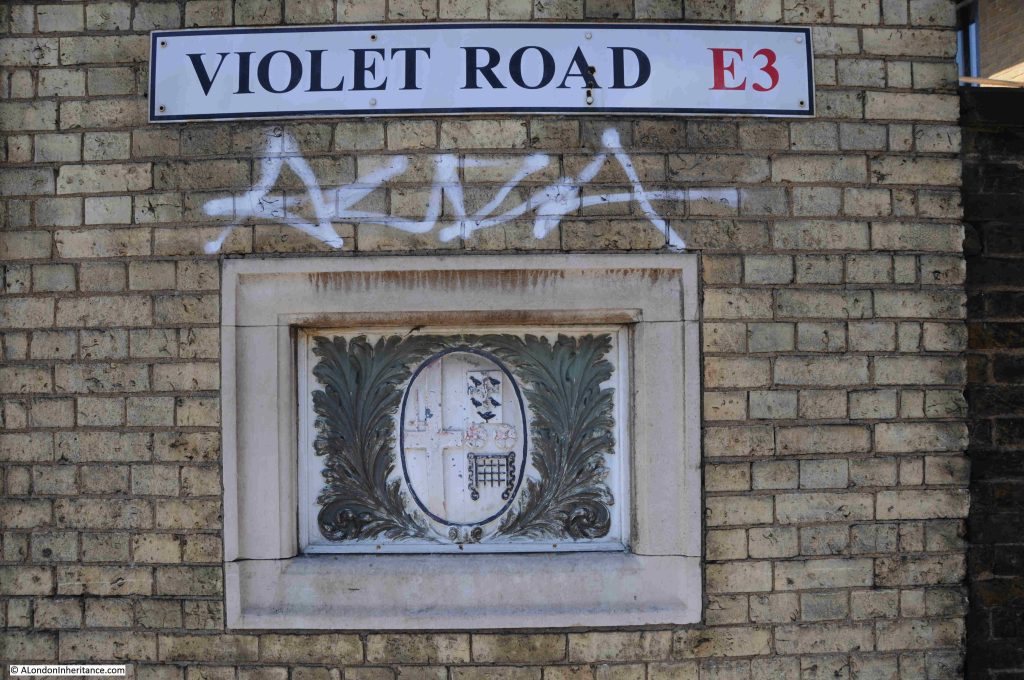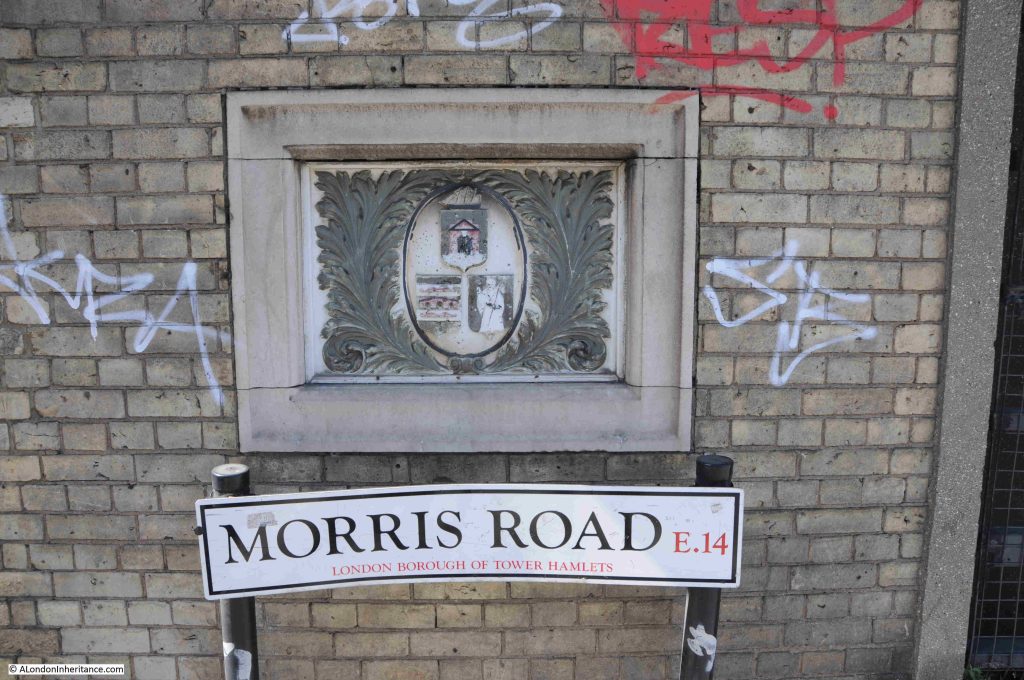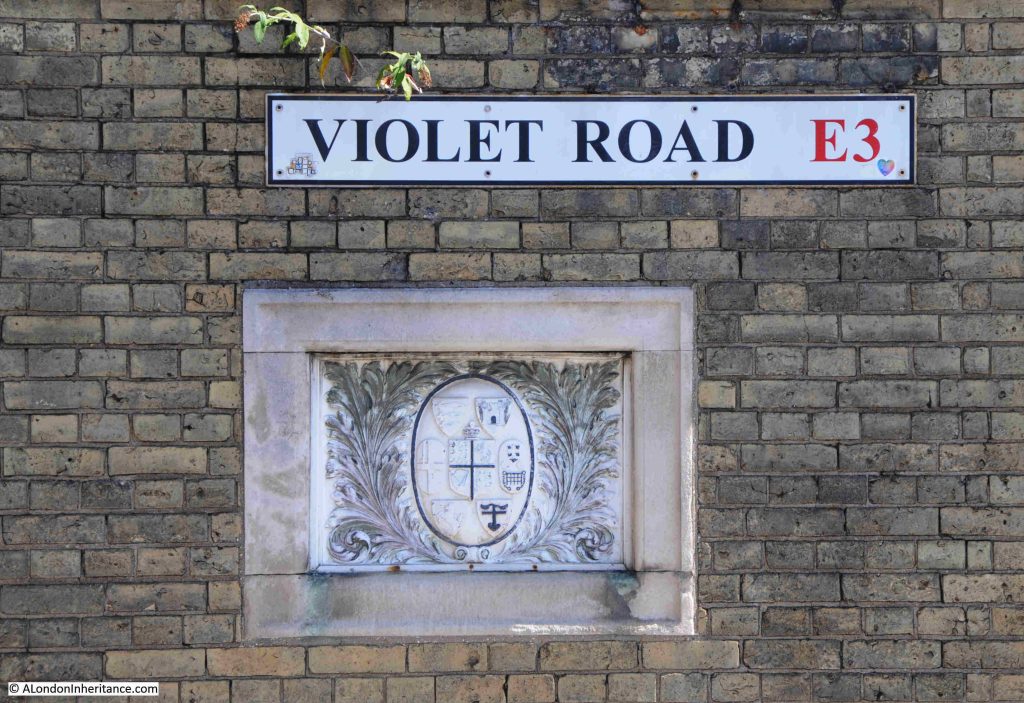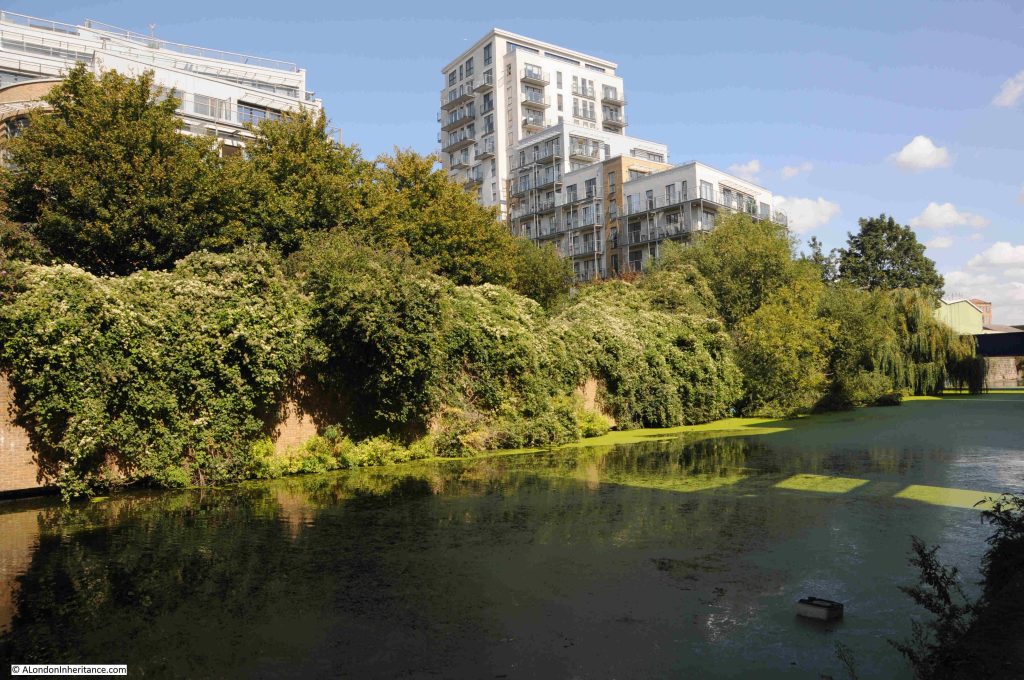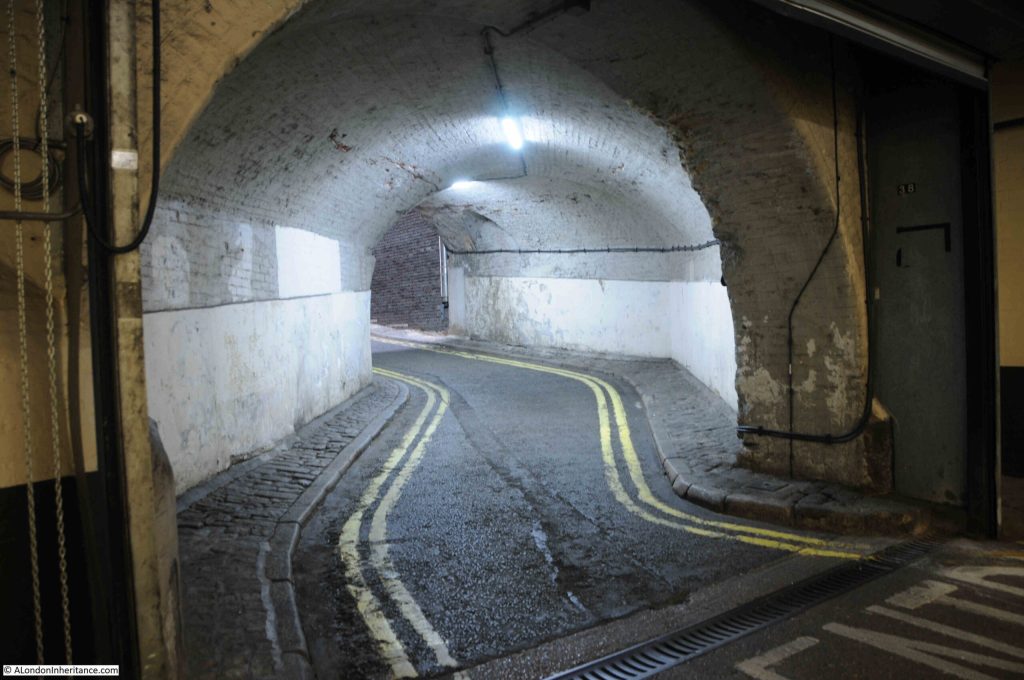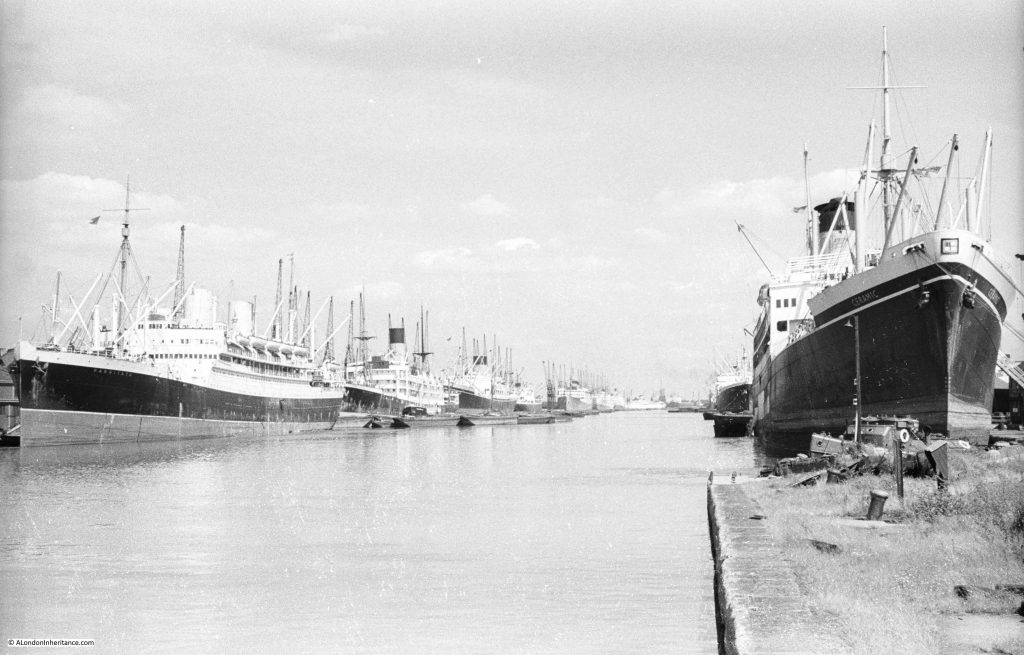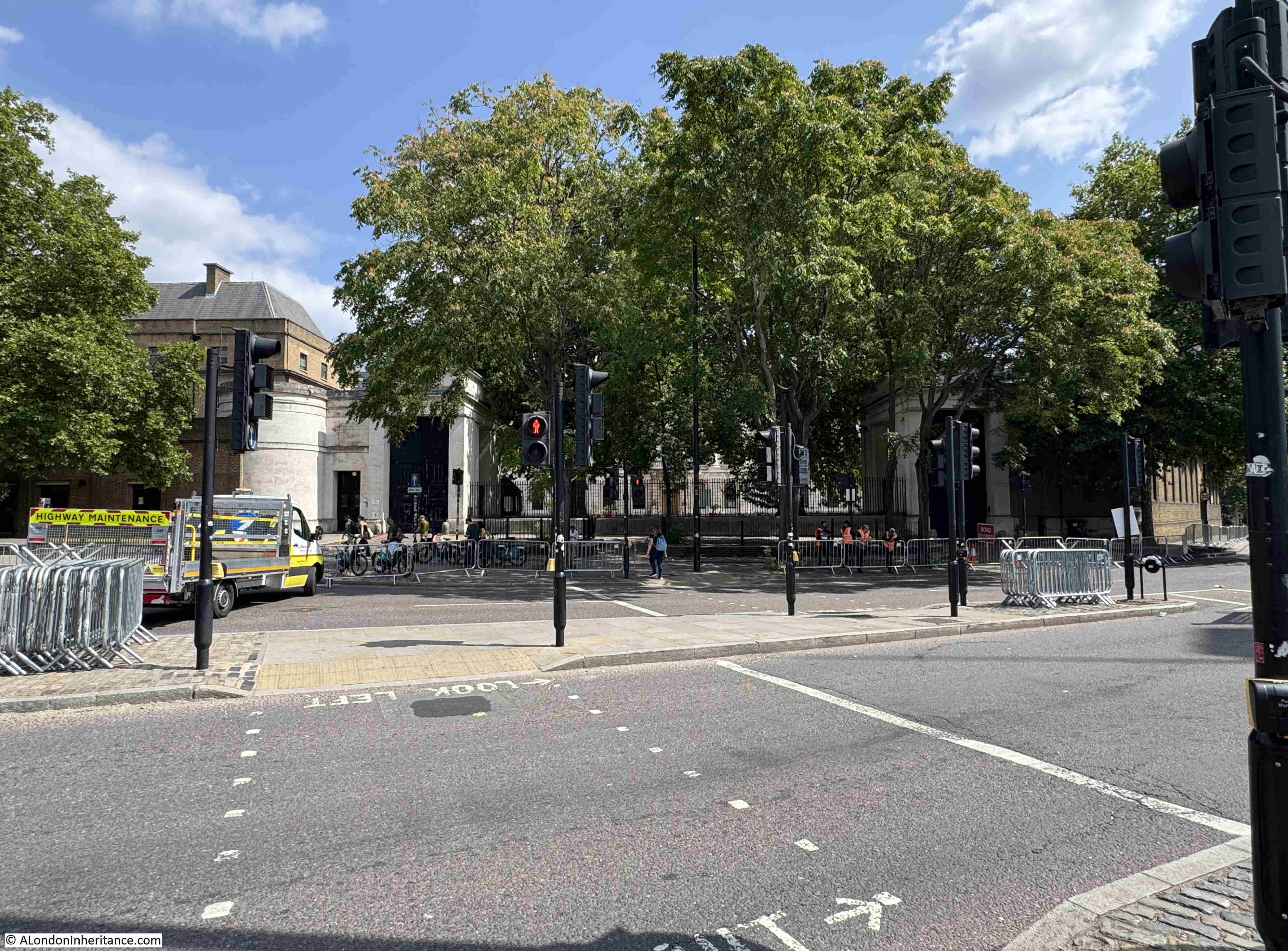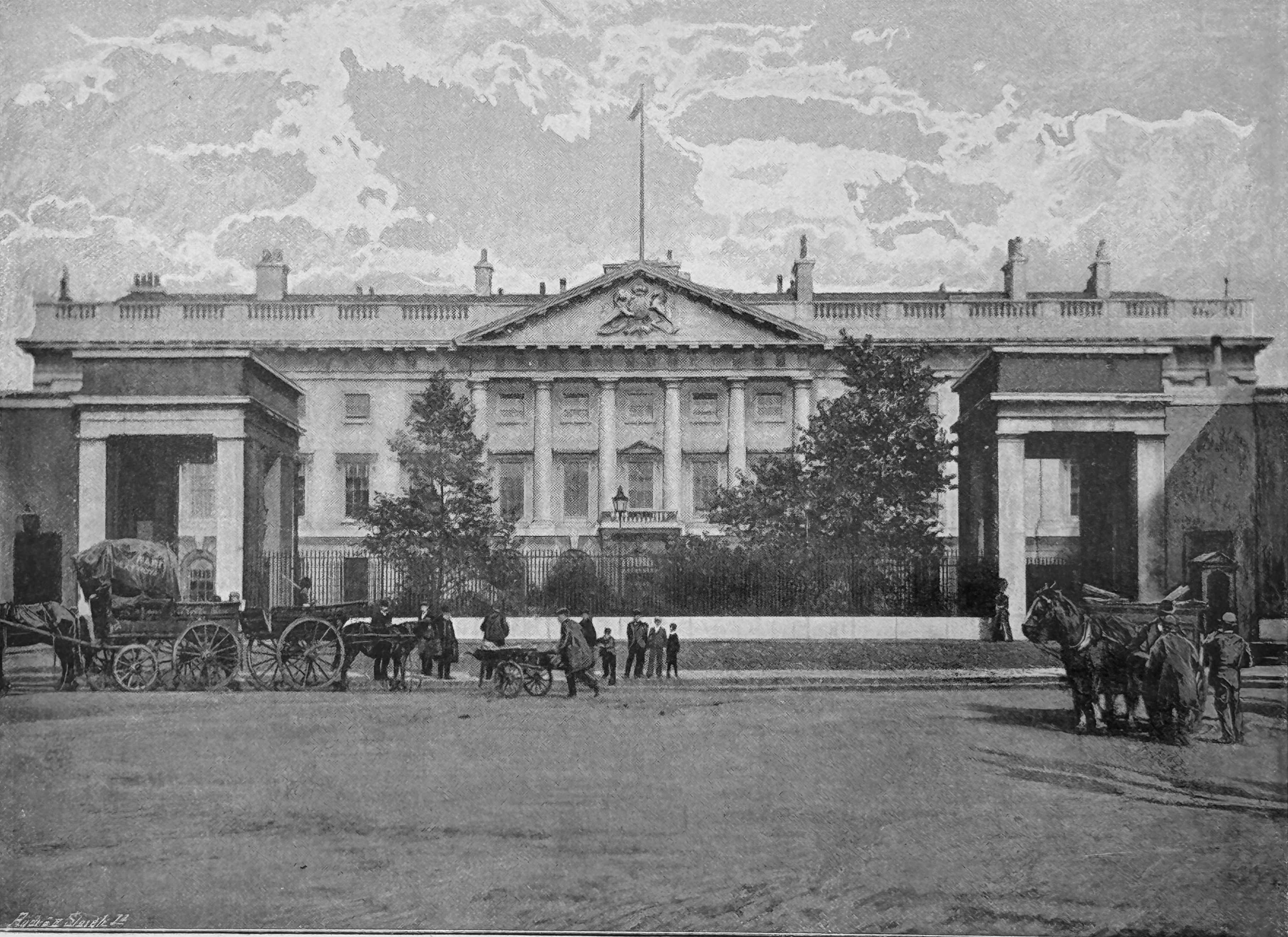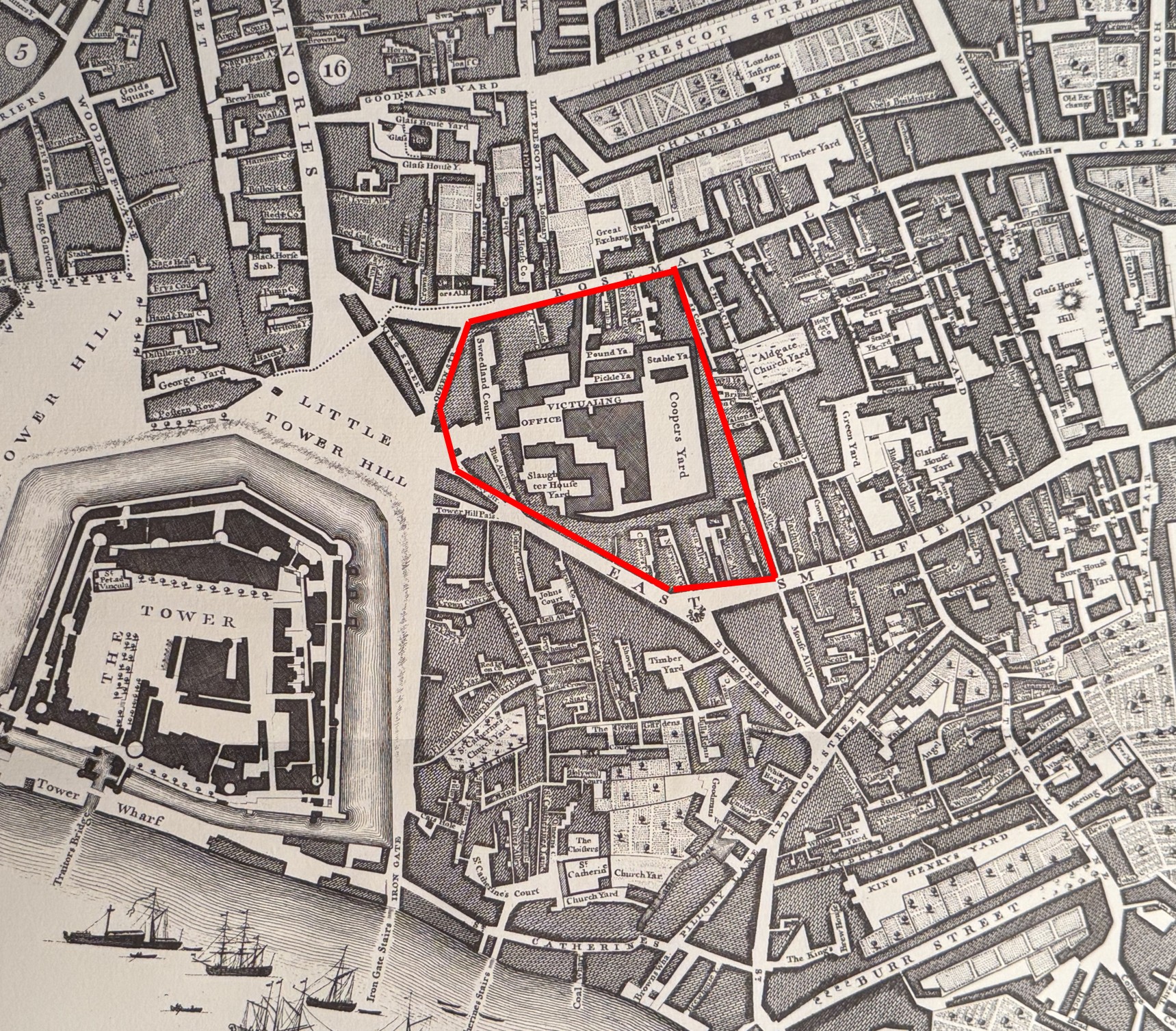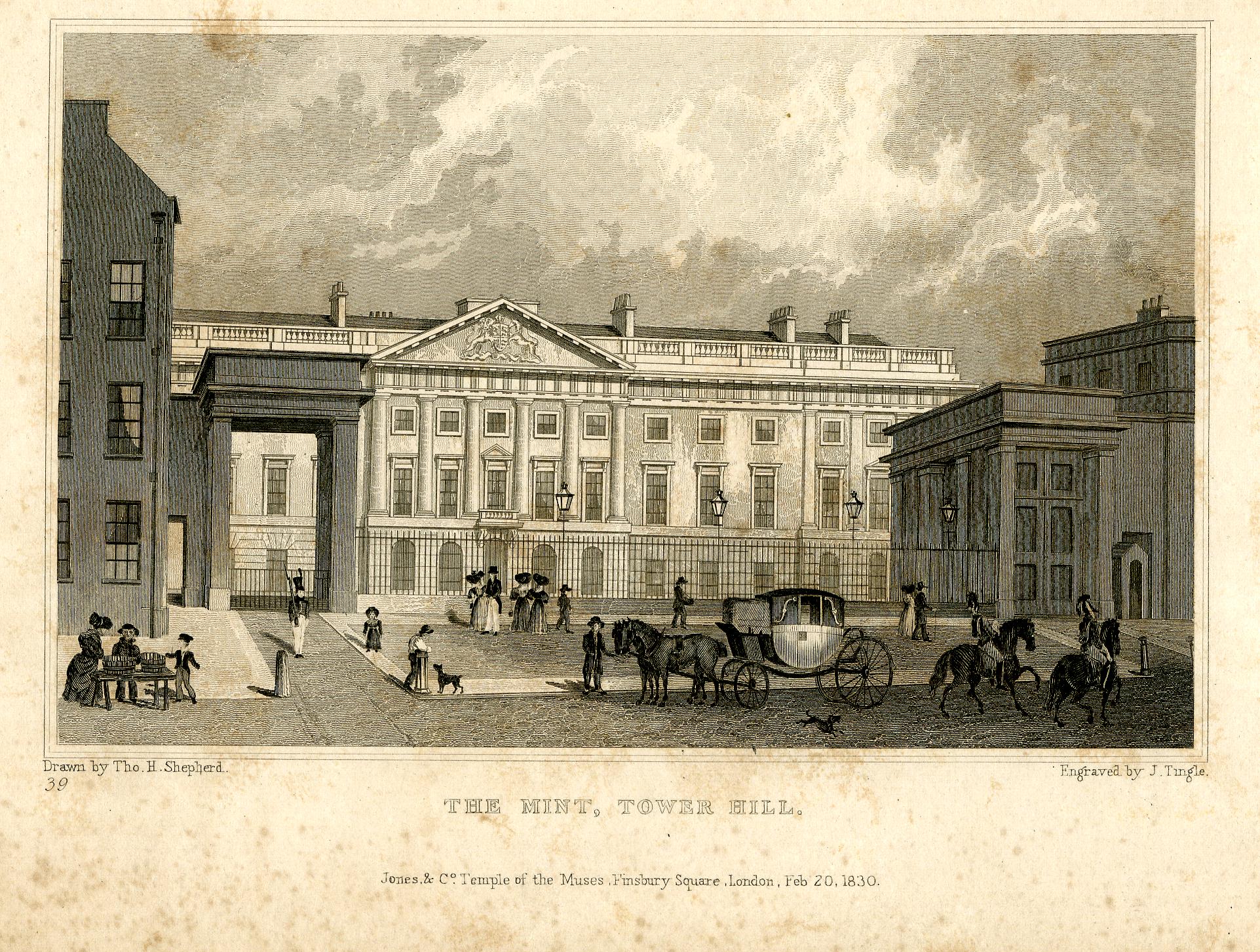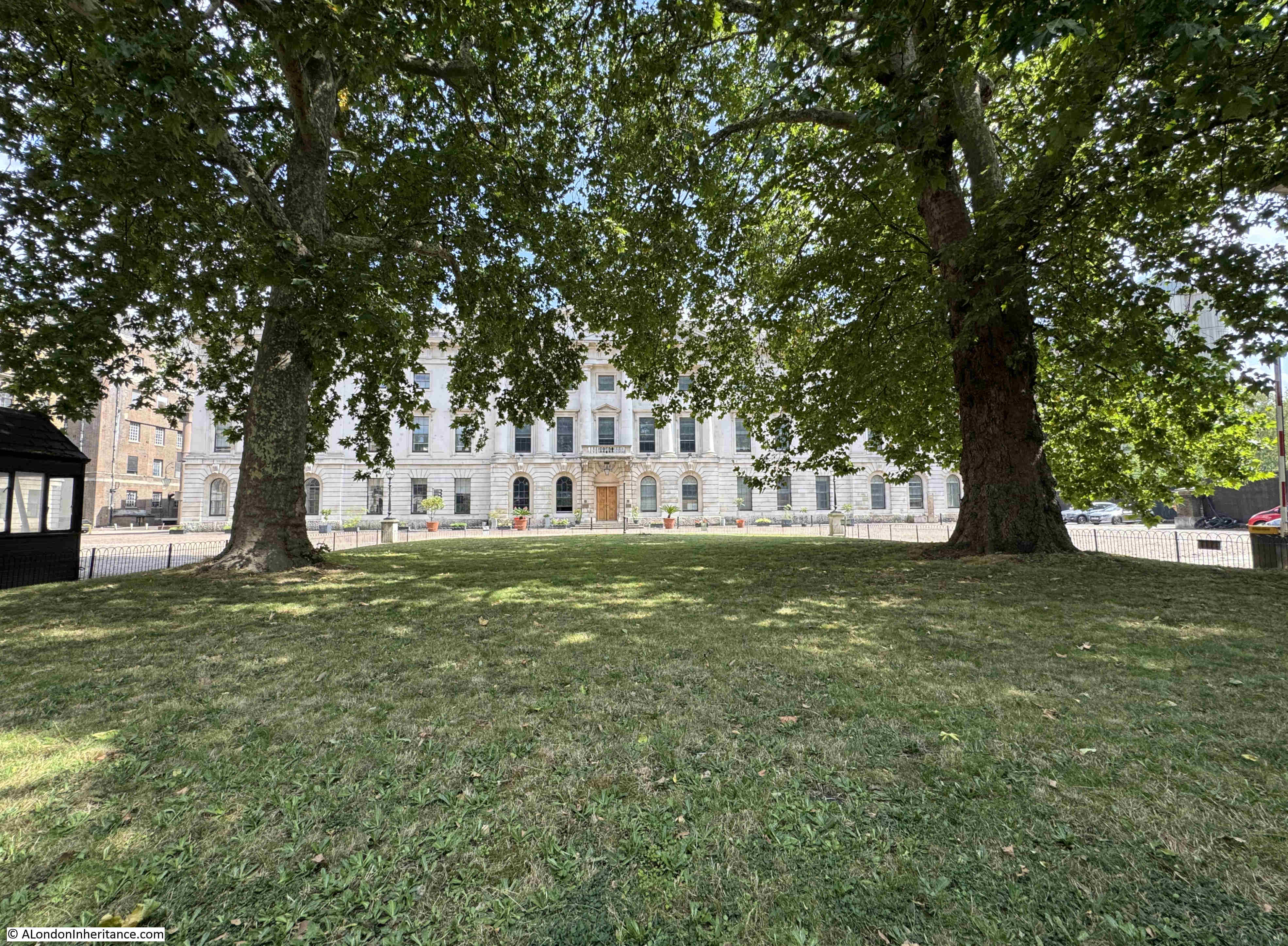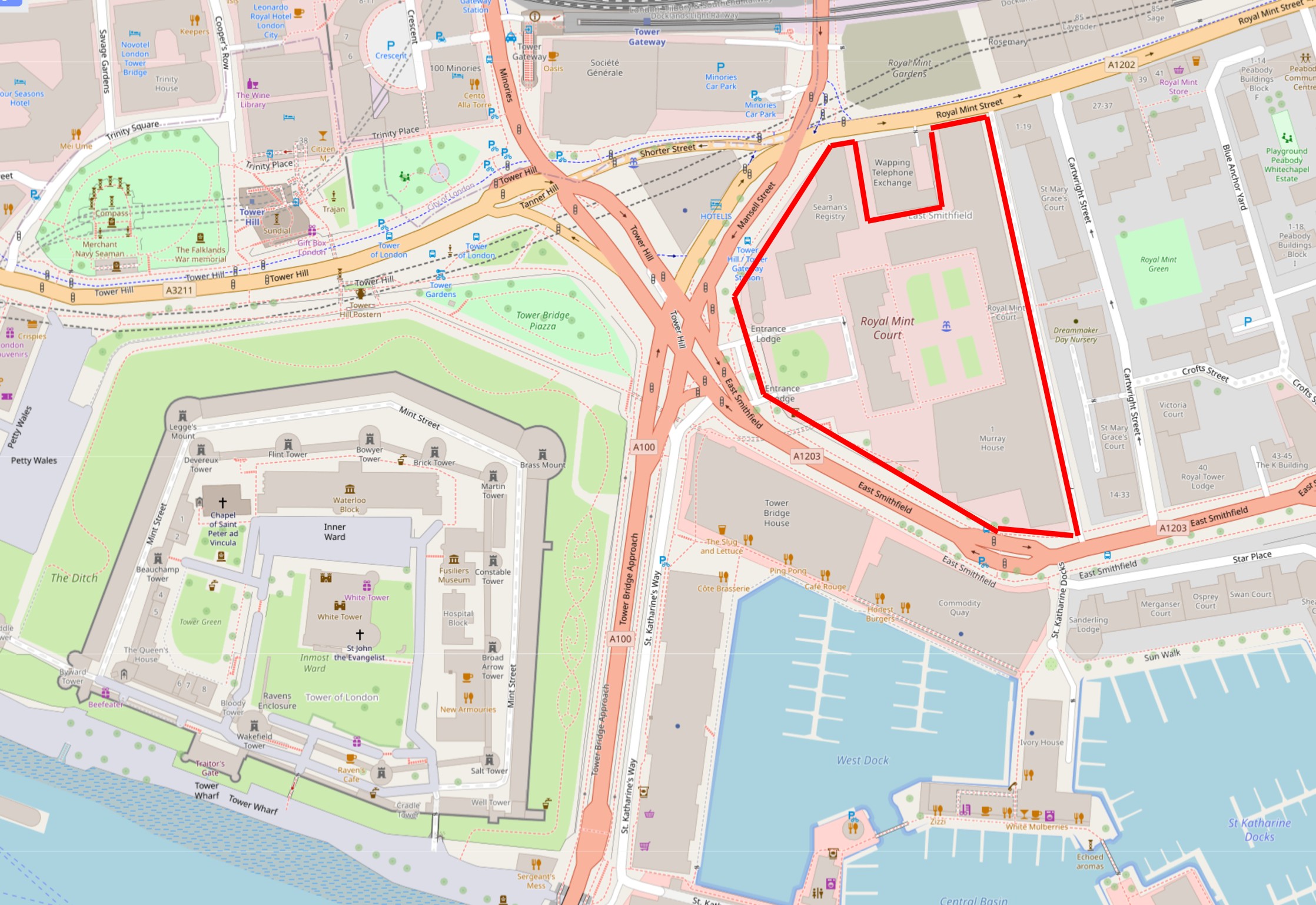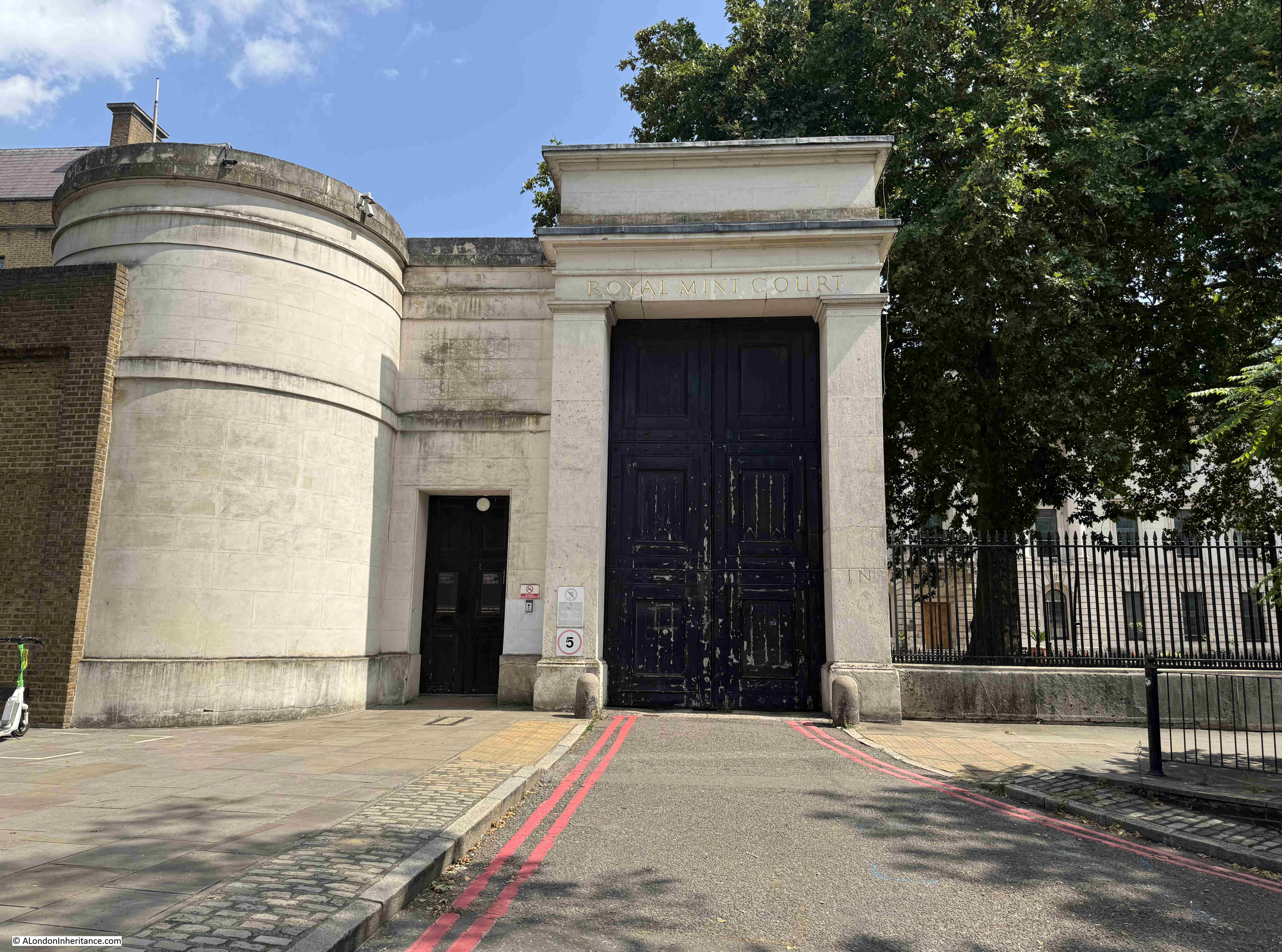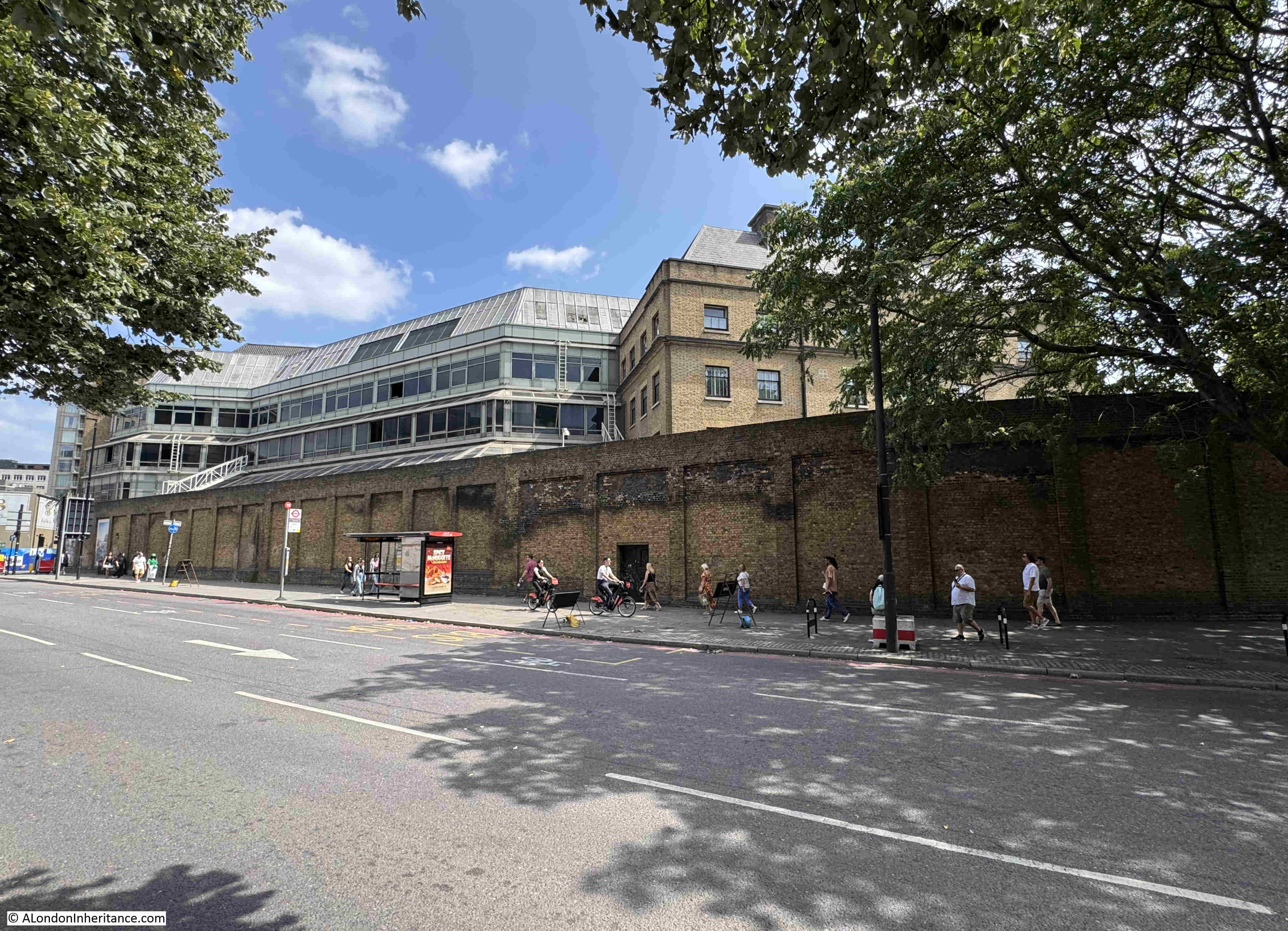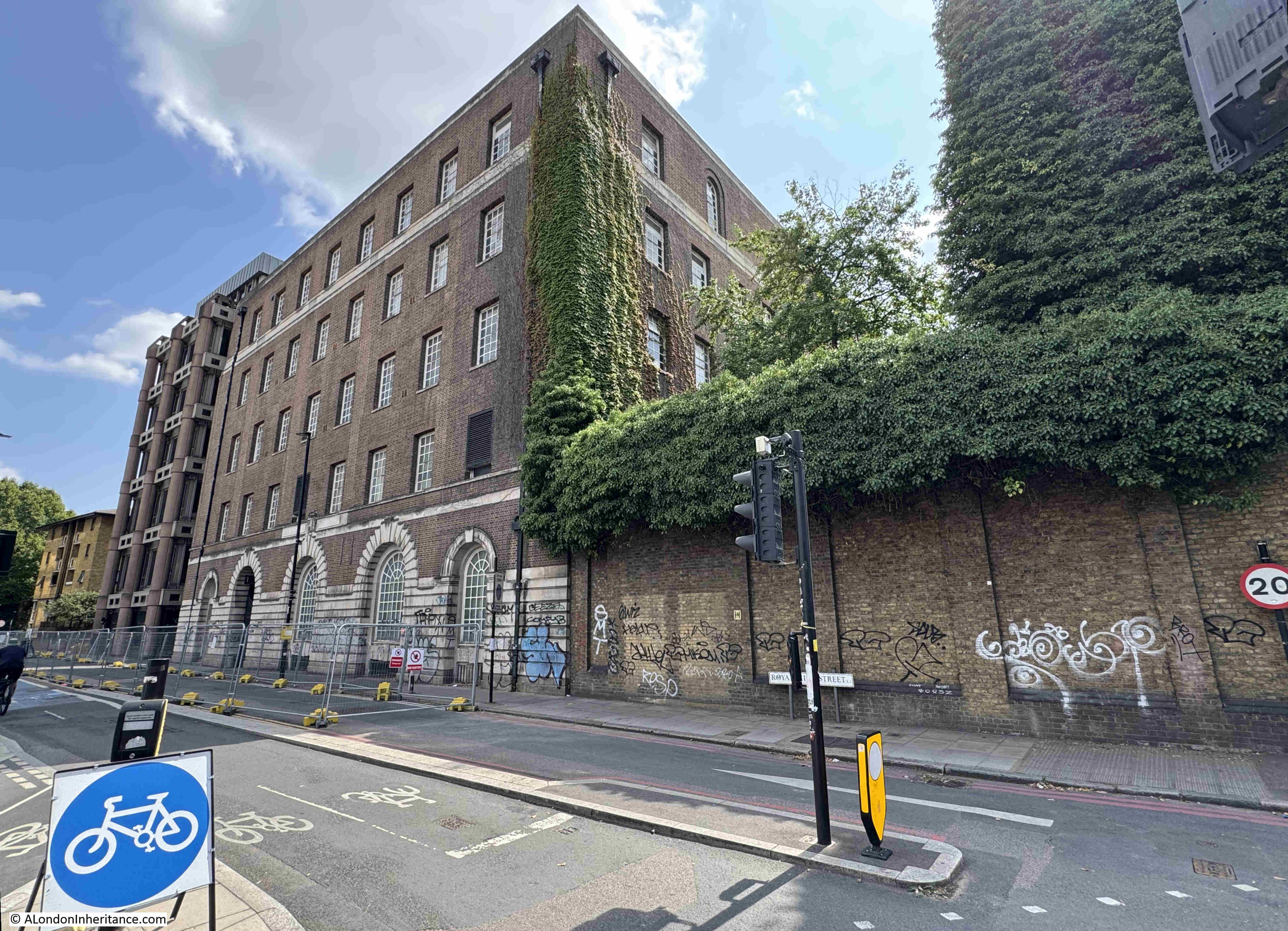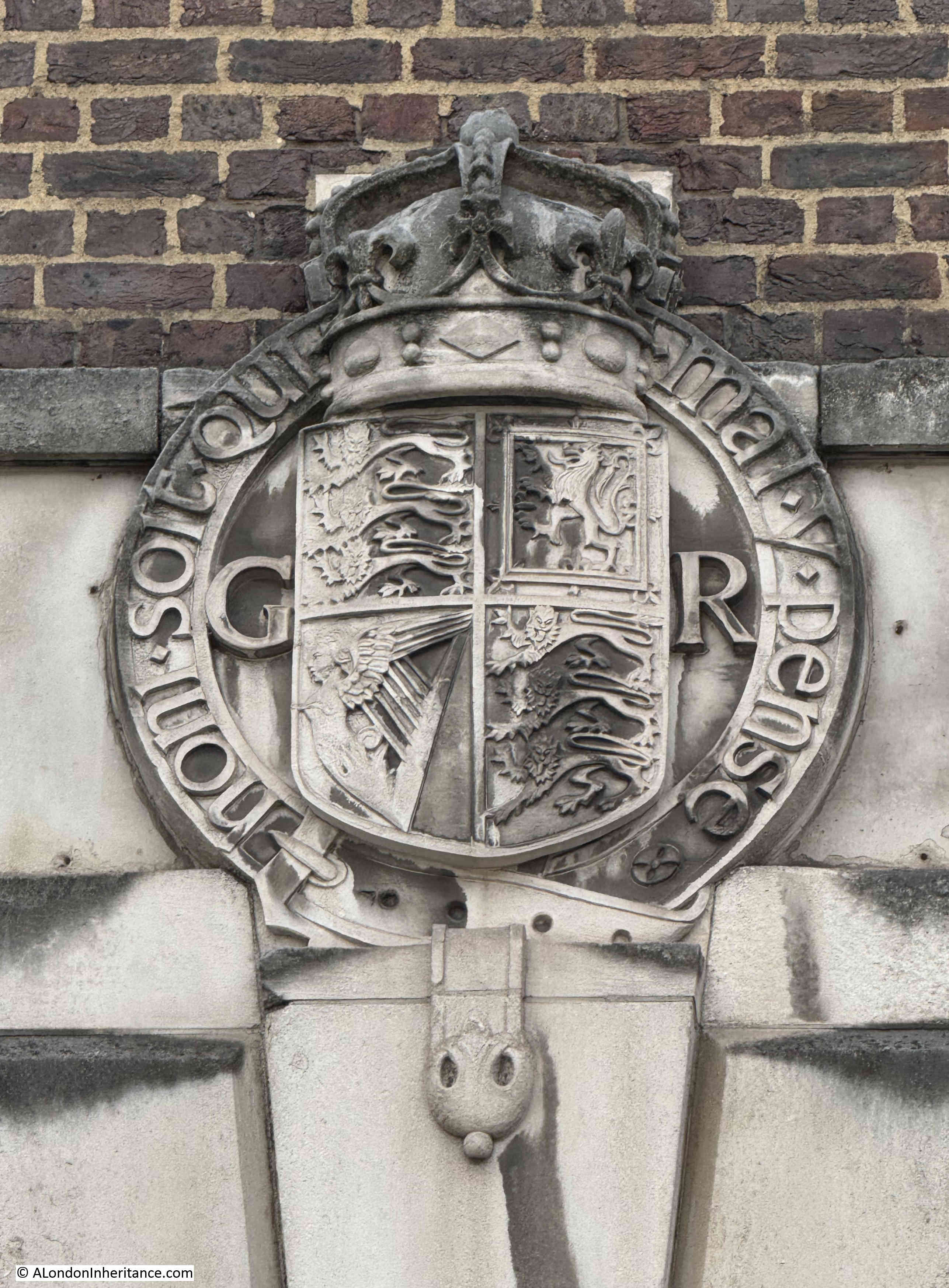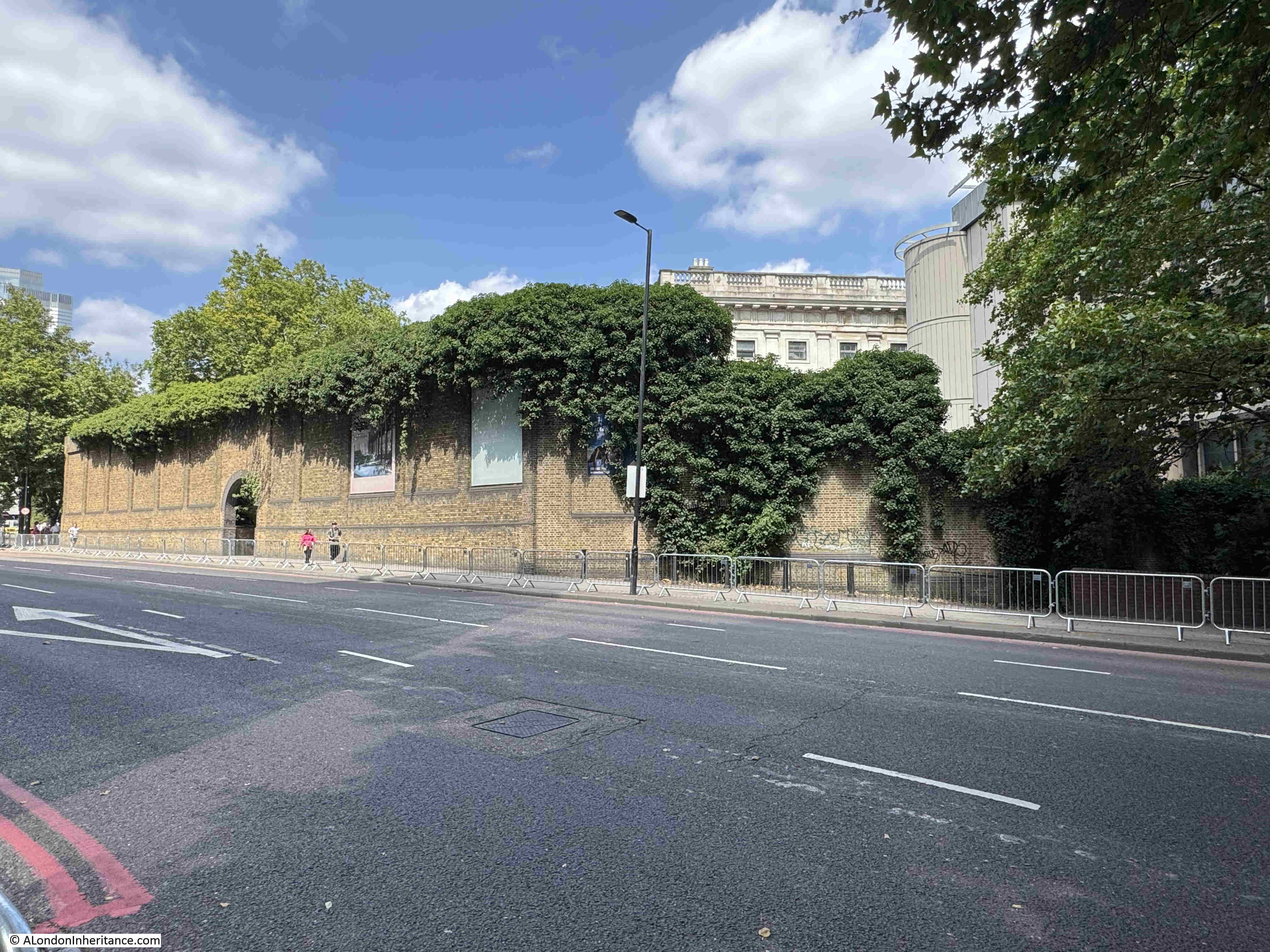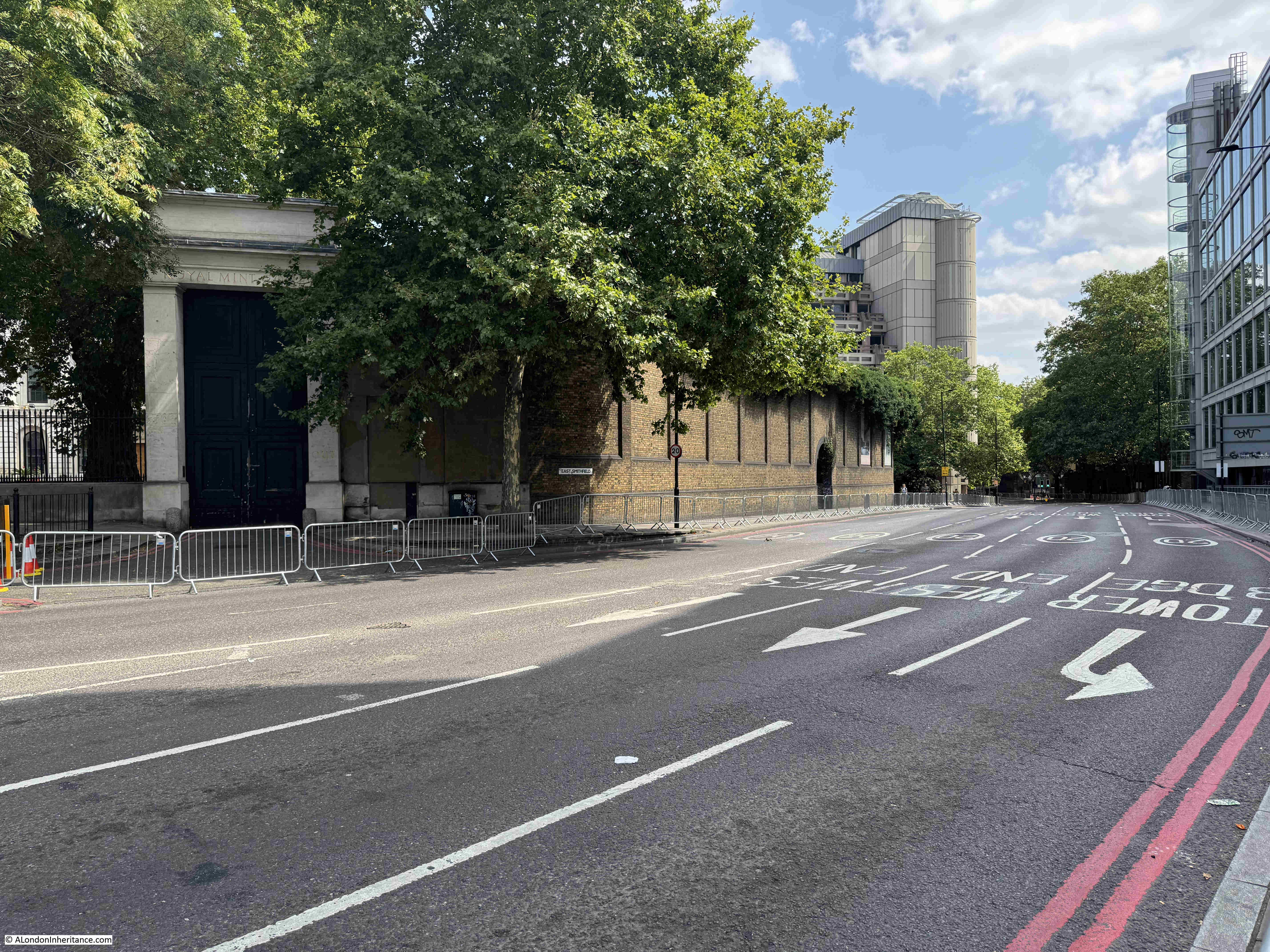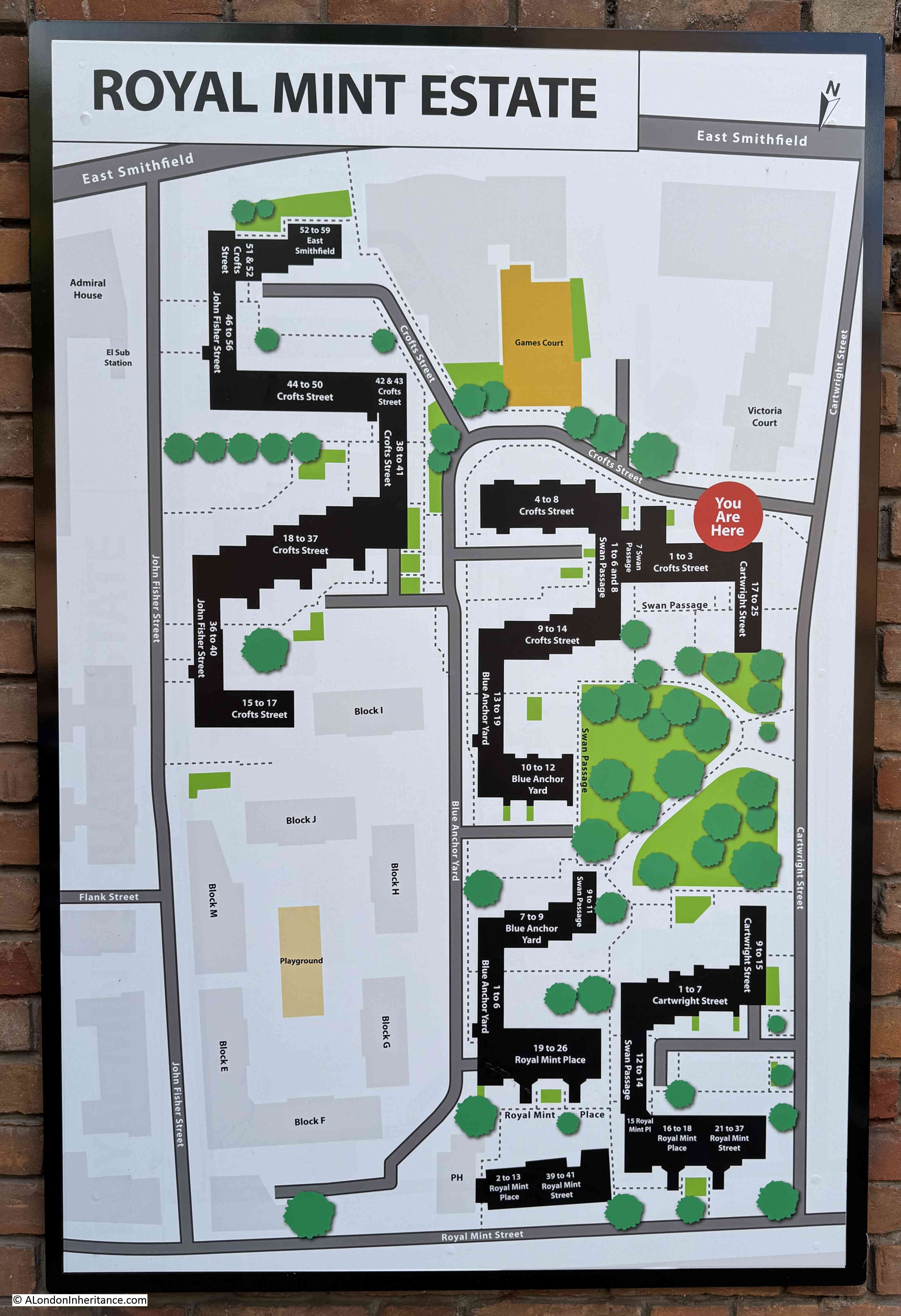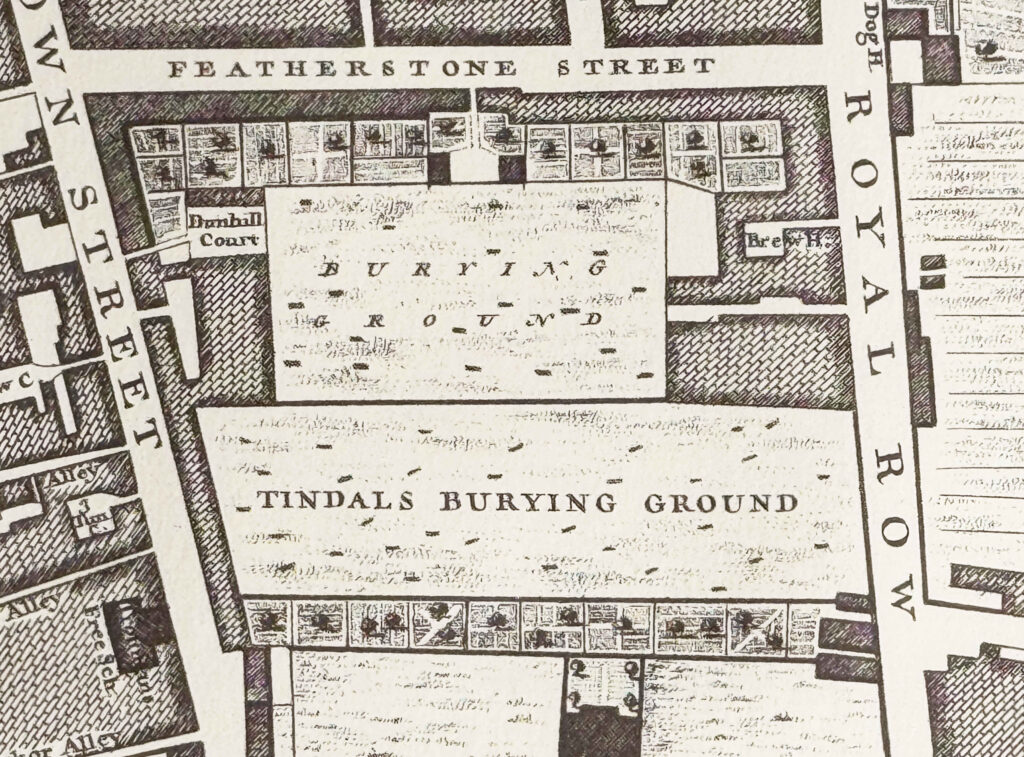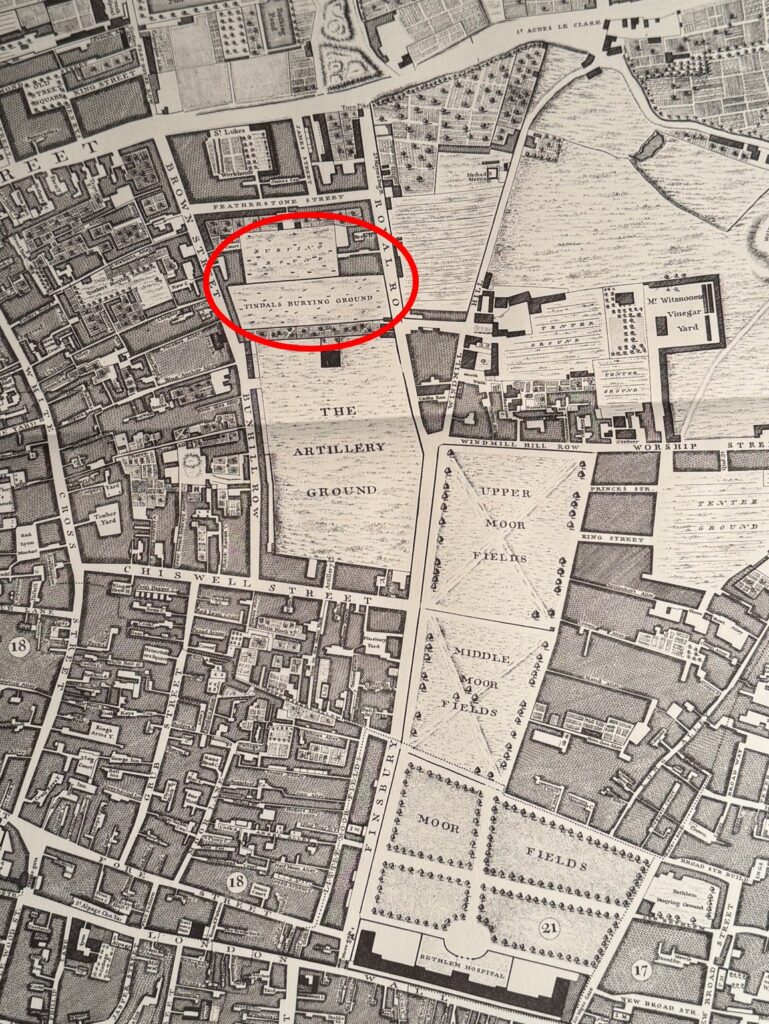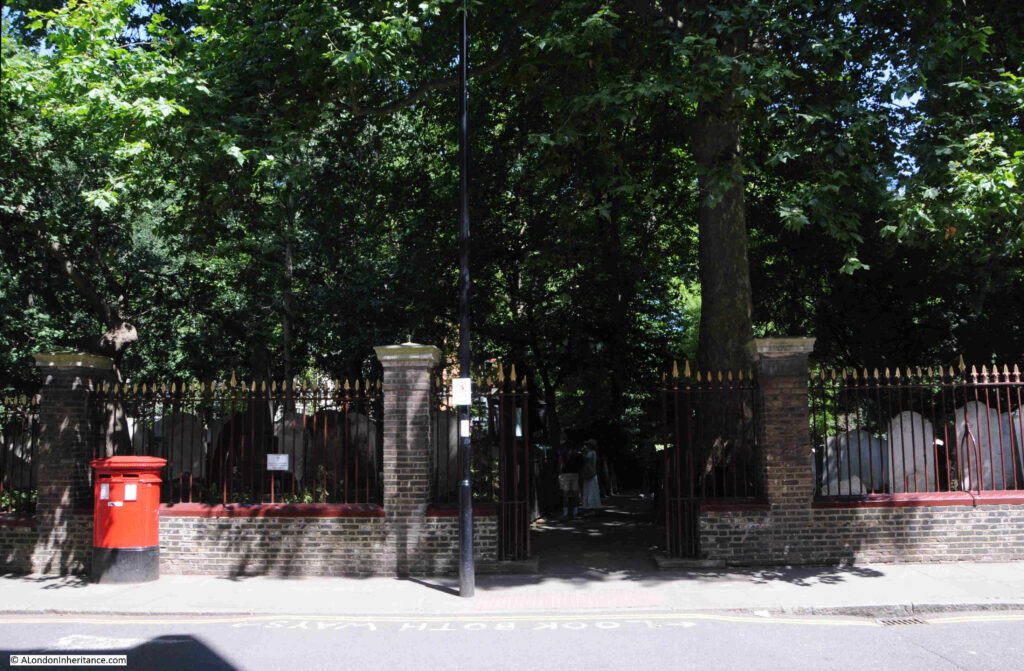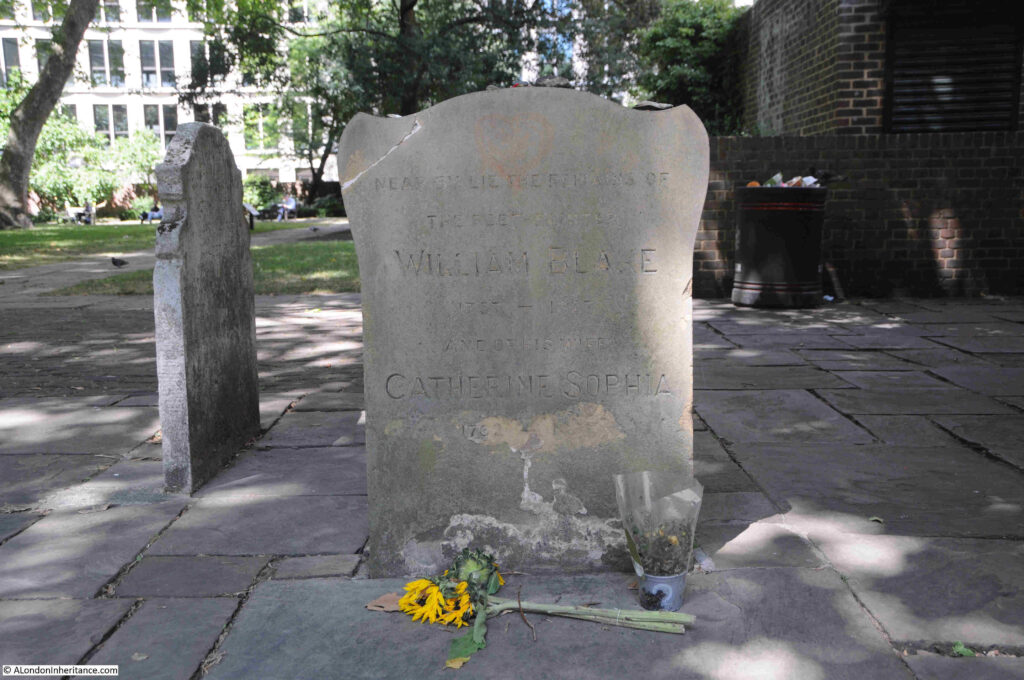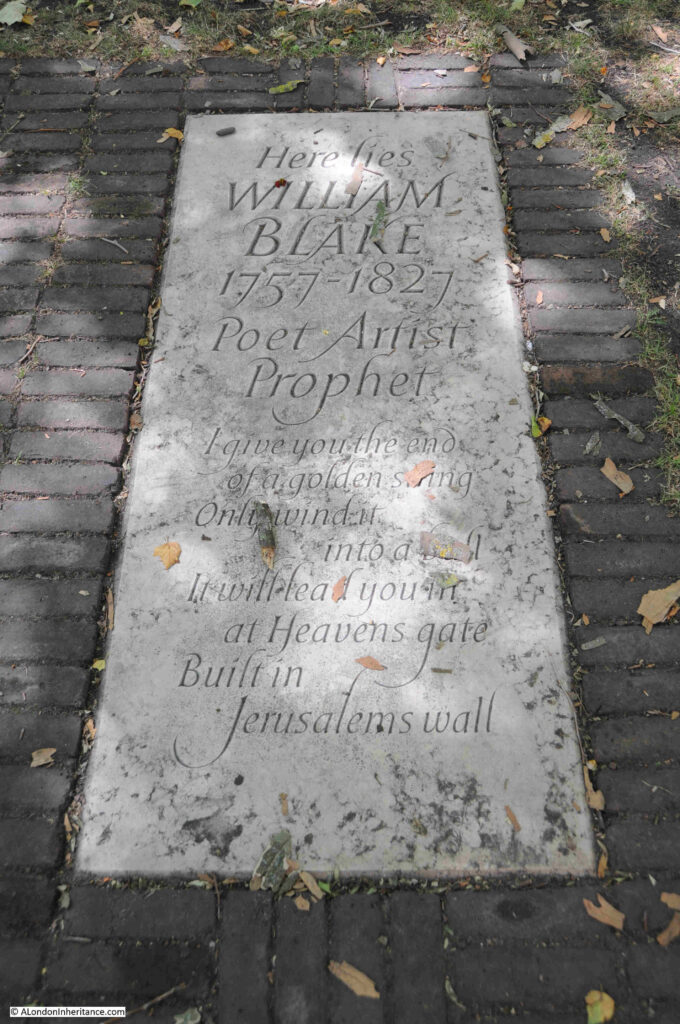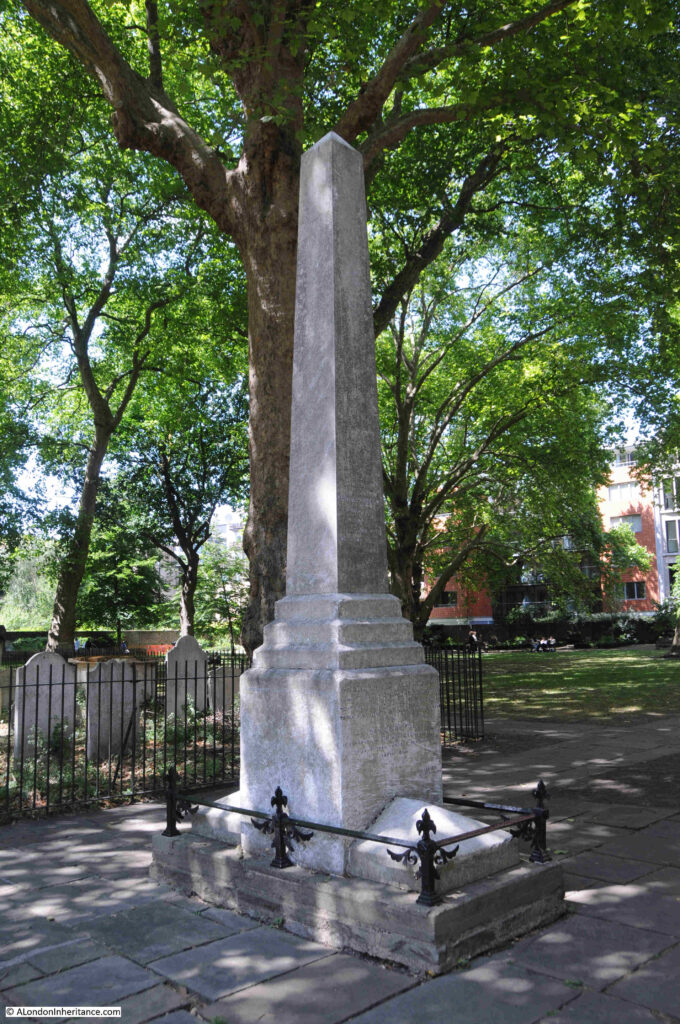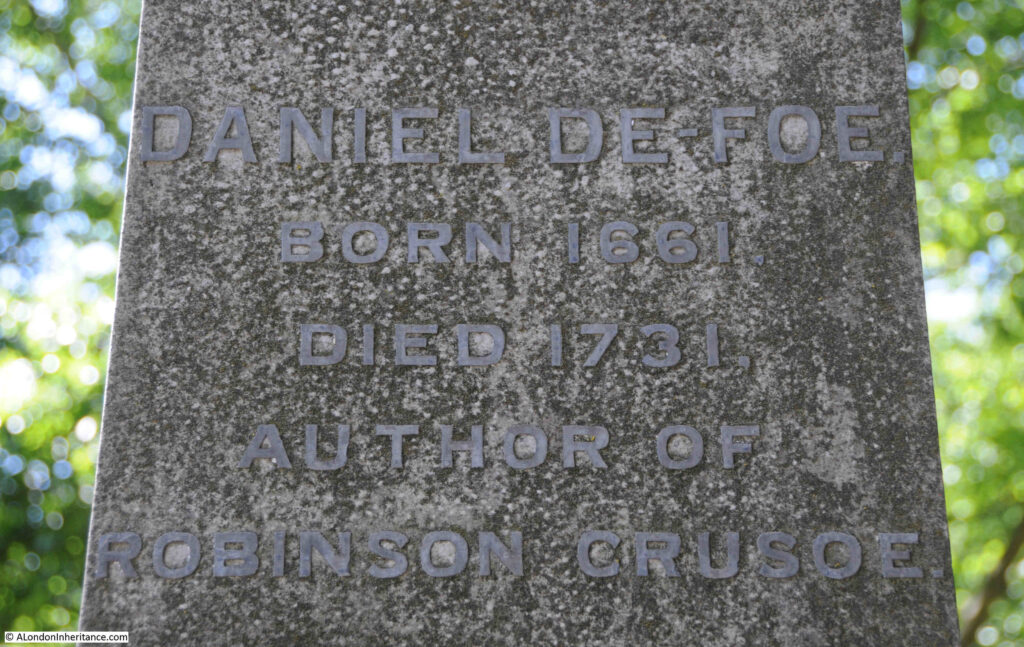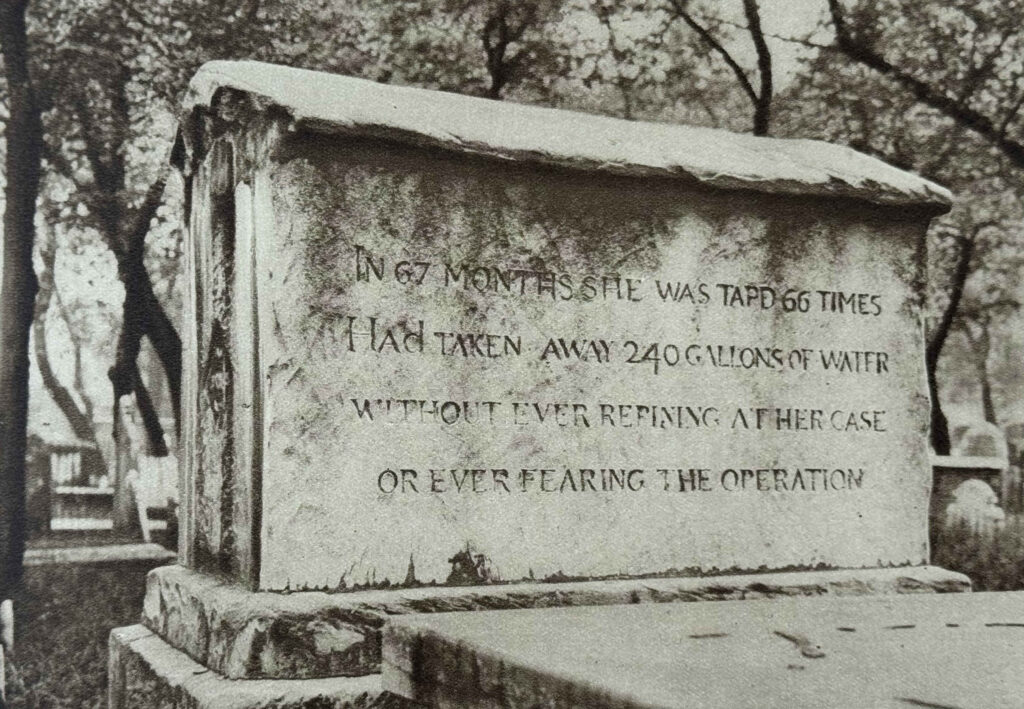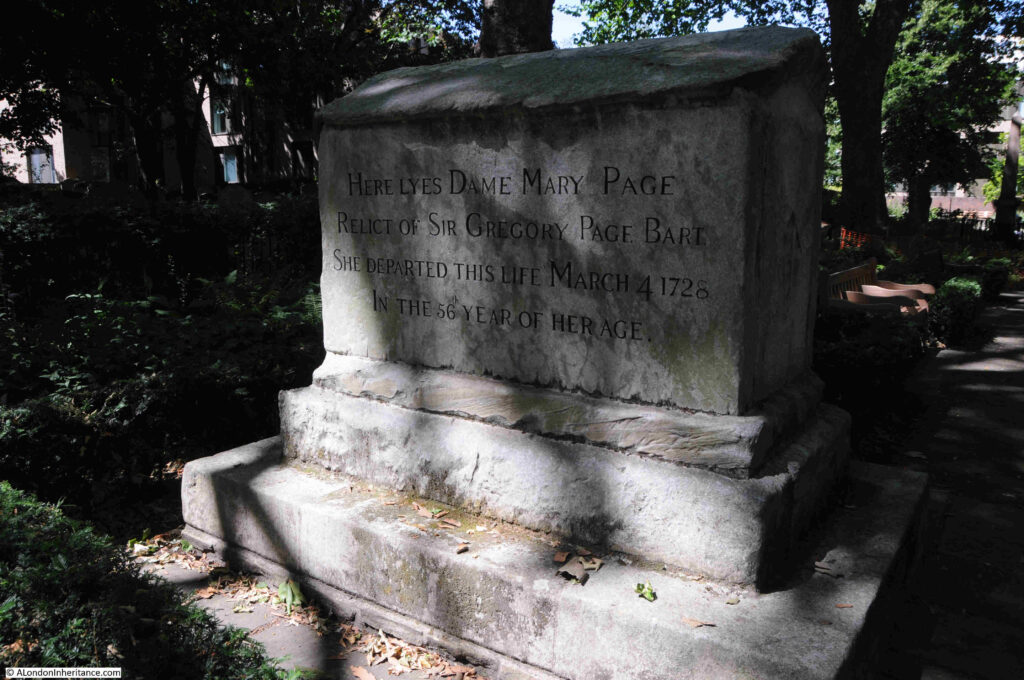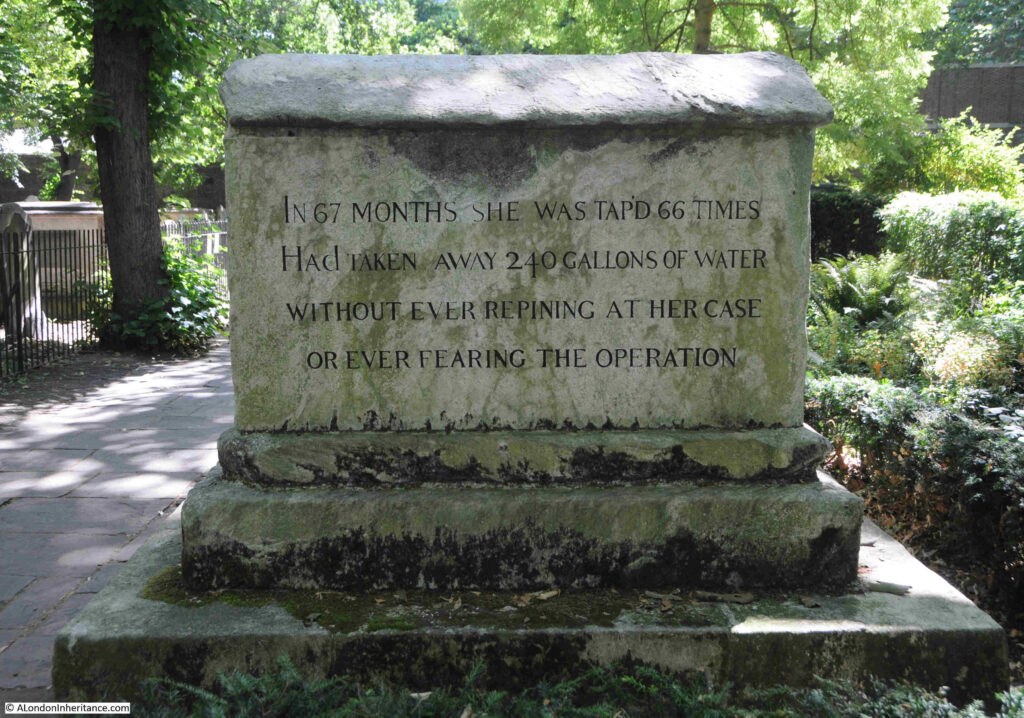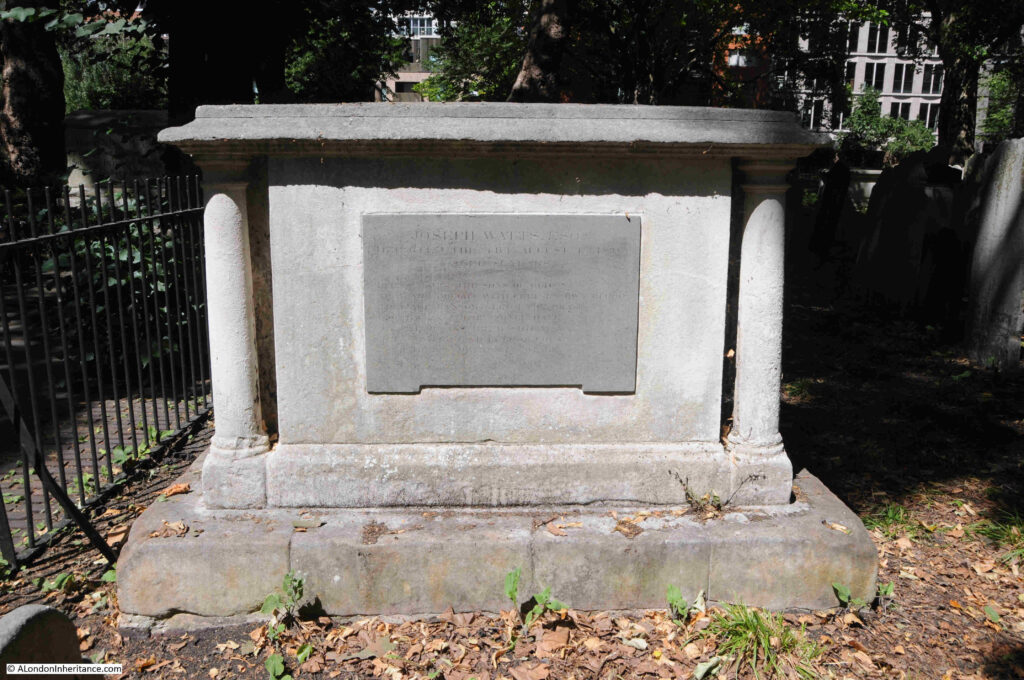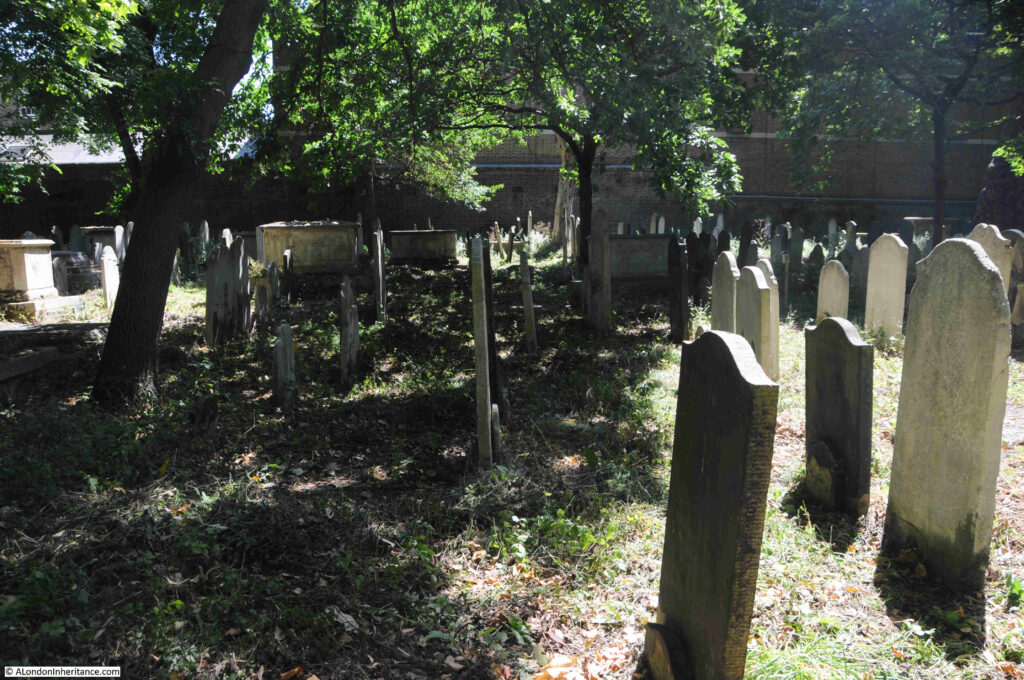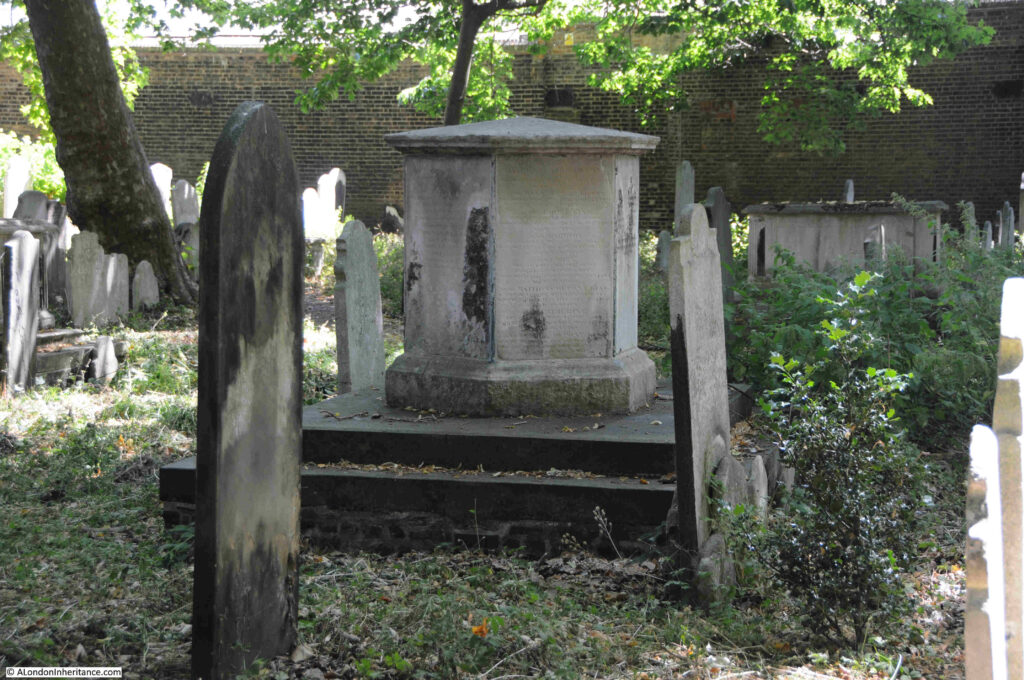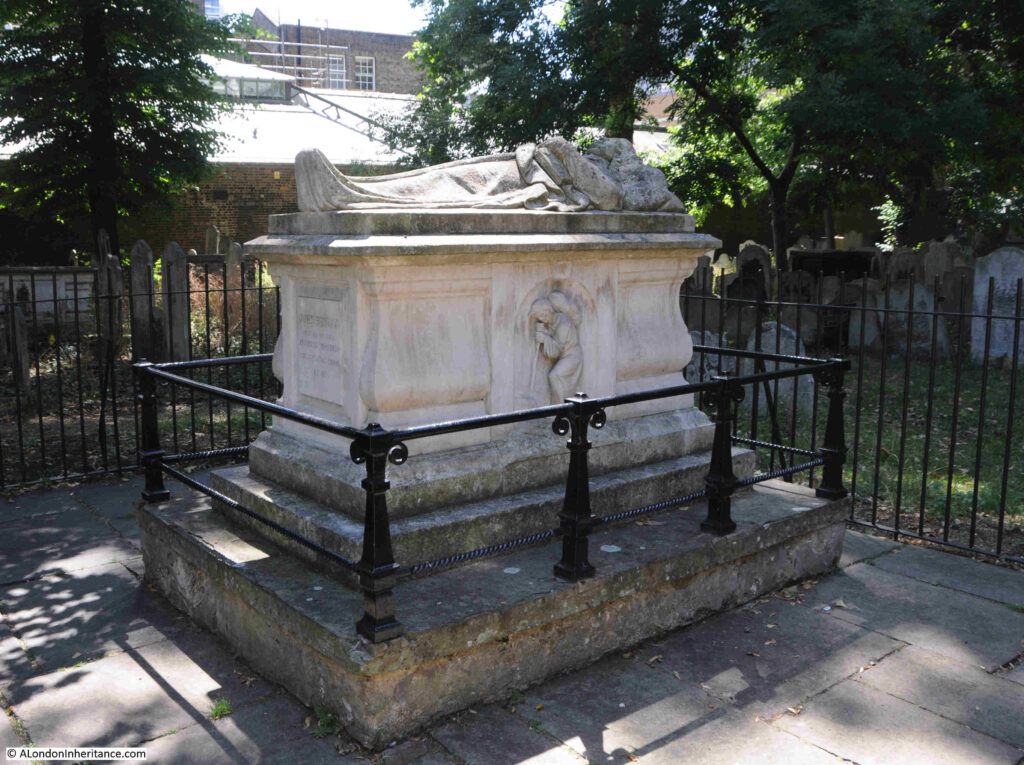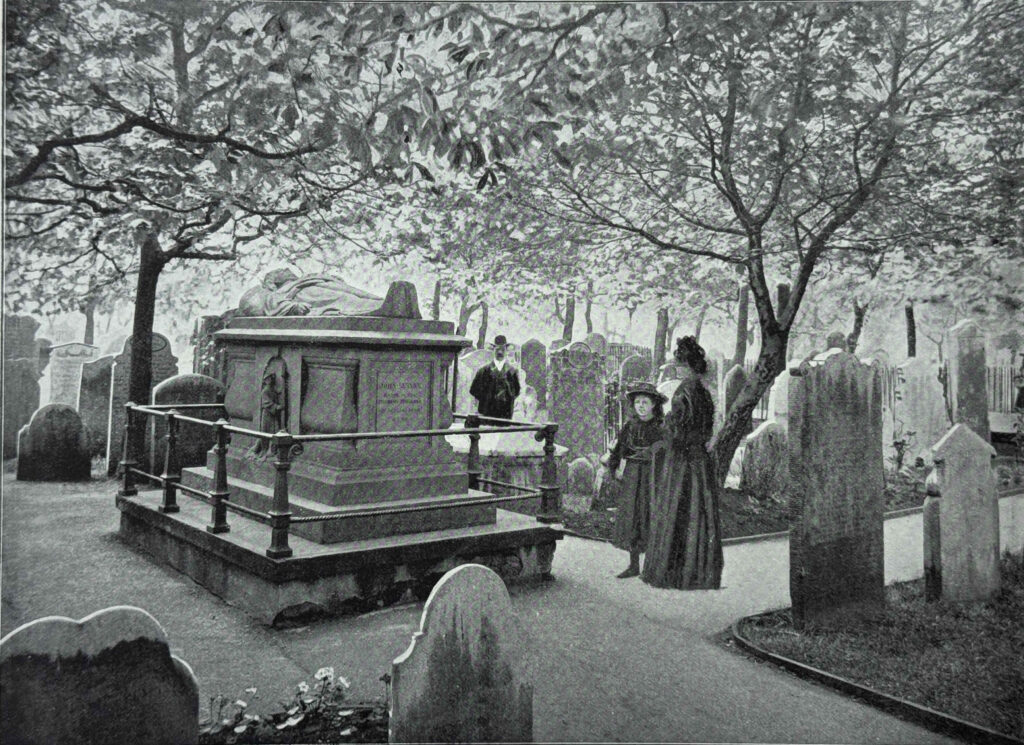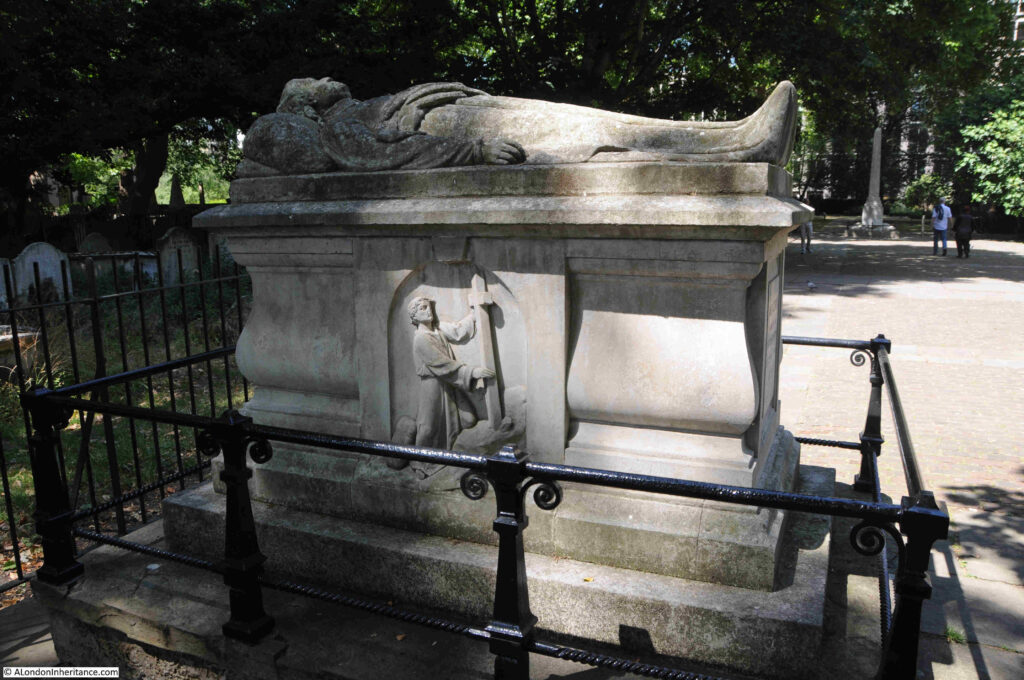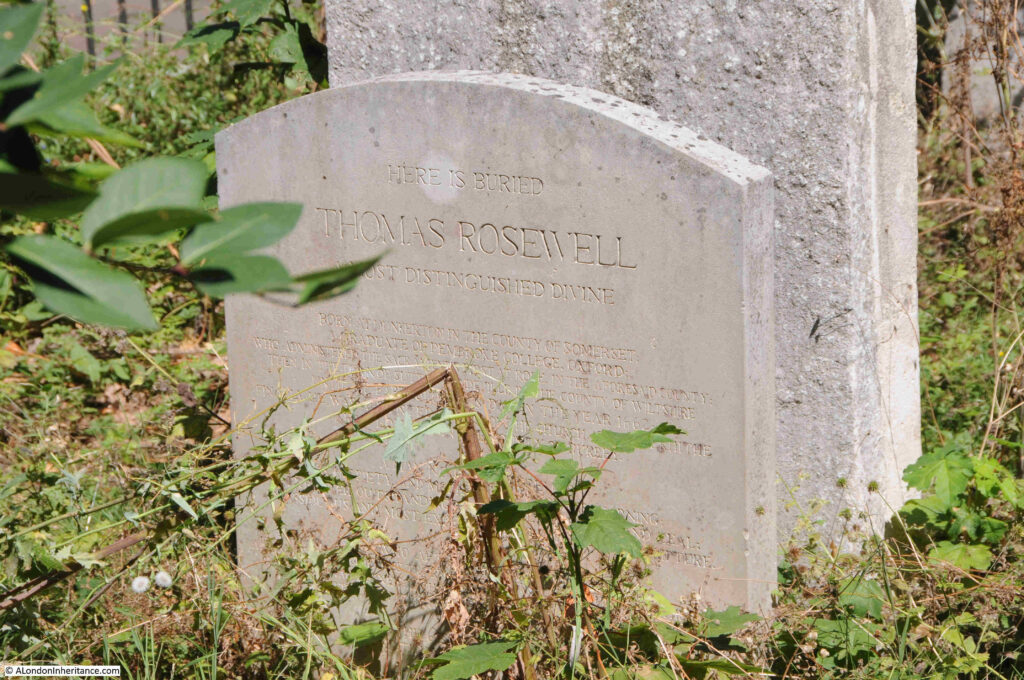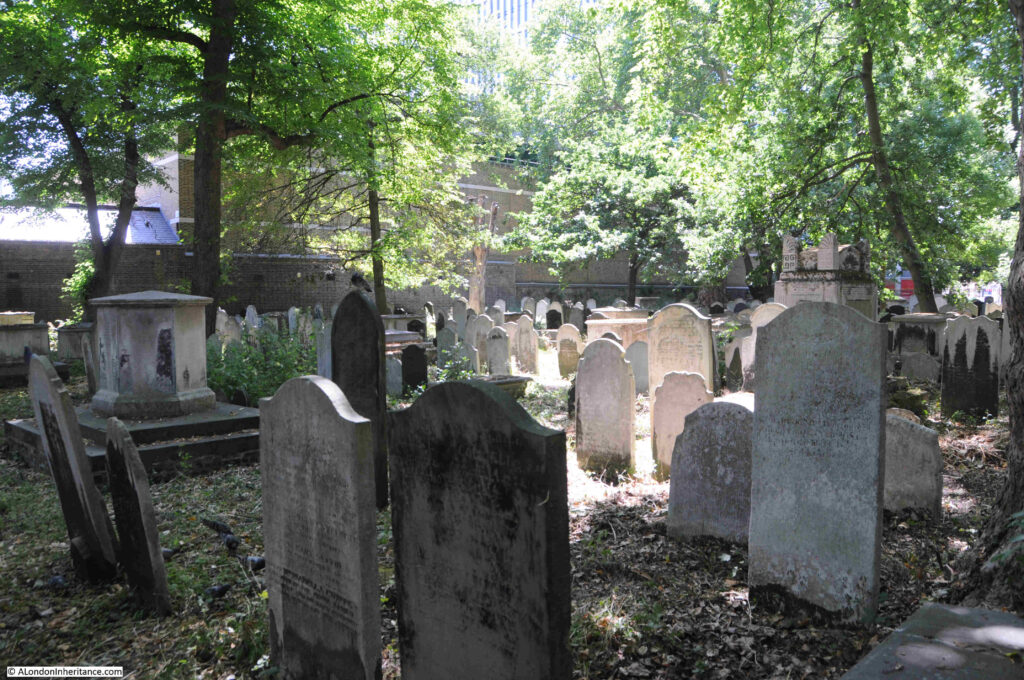The inspiration for this week’s post came from a tweet (if that is still the correct term for a post on X or what was Twitter), from the City of London, stating that the “Planning Committee has unanimously approved plans for a 31-storey officer tower at 130 Fenchurch Street”.
130 Fenchurch Street is better known as Fountain House, a rather unique building in the City of London, and one I wrote a bit about in 2018 when demolition was expected in the next couple of years, however I suspect that Covid delayed any work, and seven years later it looks as if Fountain House will finally become one of the many City buildings that become a memory for those that worked in the building, or remember the building from walks along Fenchurch Street:
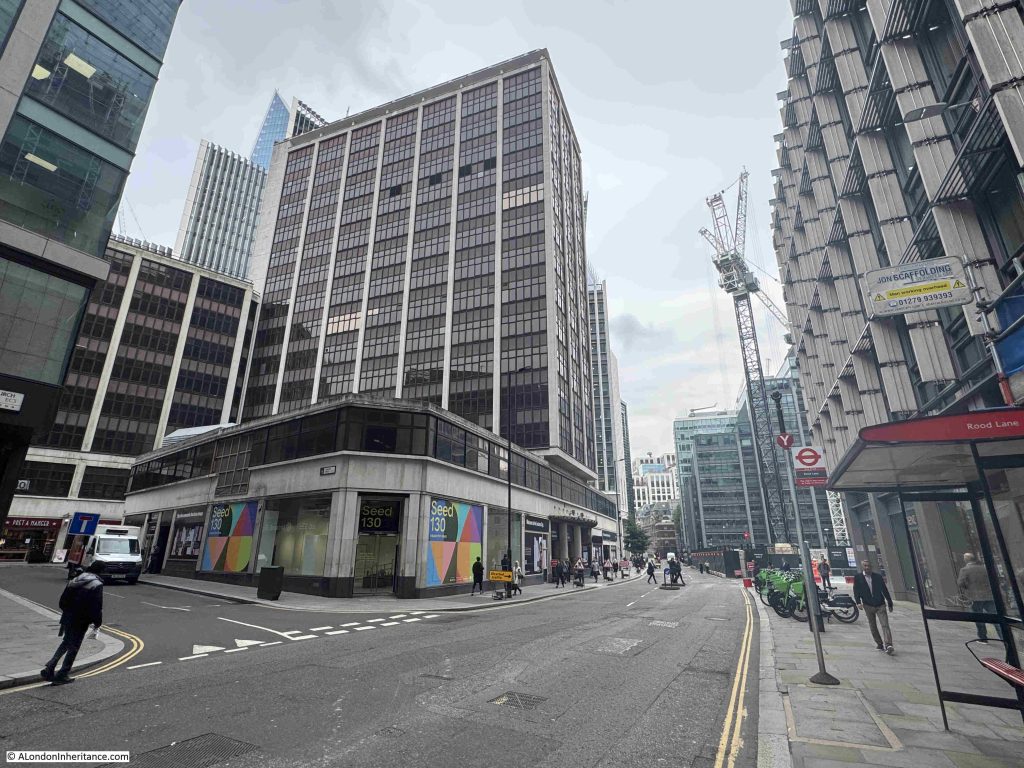
This section of Fenchurch Street is changing rapidly. Fountain House is on the left of the above photo, and will soon be replaced by the building shown in the City of London’s tweet, also in the project’s website, here: https://130fenchurchstreet.co.uk/
Where the crane can be seen on the right of the above photo is where the development I featured in last week’s post at All Hallows Staining and 50 Fenchurch is taking place. Two large and transformative developments in a small section of Fenchurch Street.
Fountain House was constructed between 1954 and 1958 to a design by W.H.Rogers and Sir Howard Robertson (Consulting). It was the first London building constructed to the tower and podium formula where a large podium occupies the full area of the plot of land, with a much small central space occupied by a tower block.
The lower podium block is occupied by a central entrance foyer and around the street level of the podium there is space for a range of retail units.
The corners of the podium are almost triangular in shape to fit within the surrounding streets. As the central tower only occupies a small percentage of the overall plot of land, today’s developers would no doubt consider this to be wasted space and the modern replacement will see a glass and steel tower occupying the full width and depth of the land available.
The view looking up at the tower of Fountain House rising above the Podium, with what was the main entrance to the building:
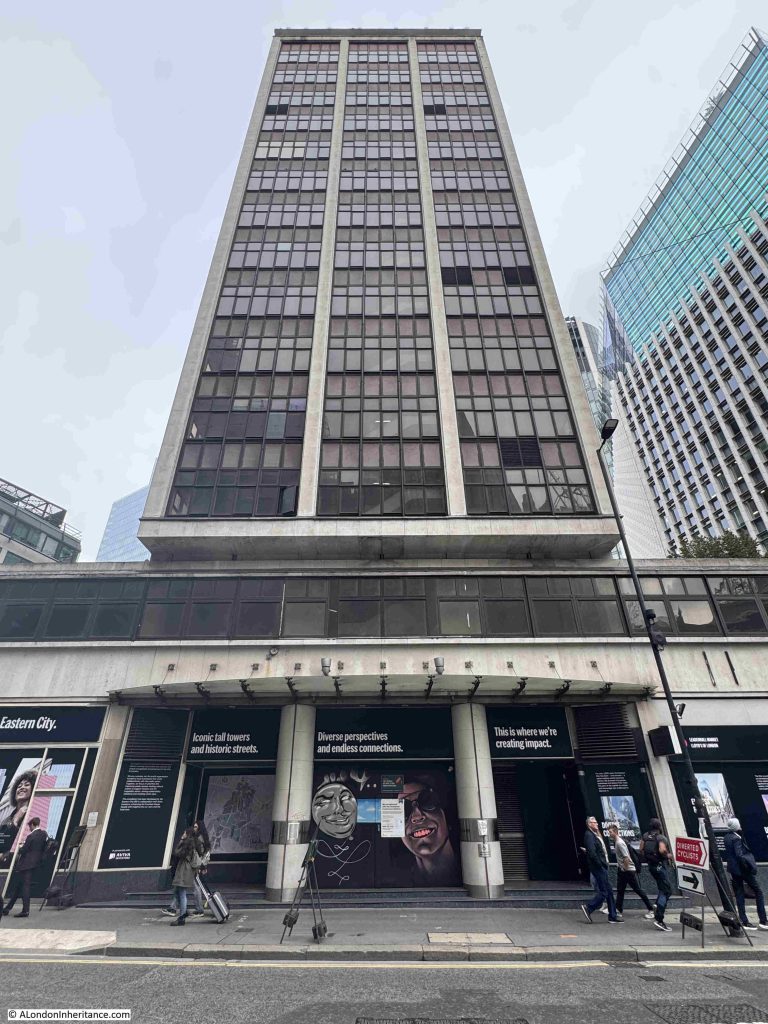
Wider view showing a section of the podium. The entrance to the building is in the middle, retail units to left and right along the street level of the podium:
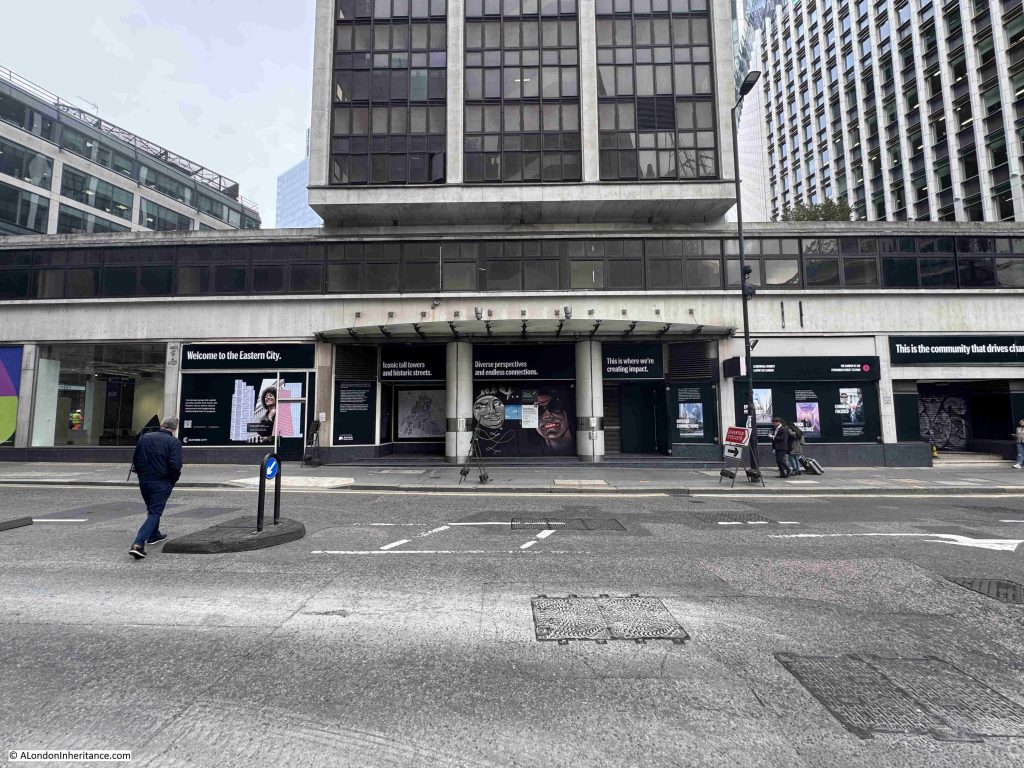
The Pevsner guide describes Fountain House as:
“The first office tower in London to repeat the motif of Gordon Bunshaft’s Lever House, New York (1952), that is a low horizontal block with a tall tower above, here set end-on to the street. With its podium curving to the street and lower return wing along Cullum Street, the composition is tentative compared with later versions of the formula.”
When Fountain House opened in the 1950s, it must have been viewed as the most modern of office blocks, and a symbol of the City of London’s post war transformation from mainly Victorian and early 20th century office buildings, to the very latest architectural designs, mirroring what was happening in places such as New York, and offering a new format for office work, and the growing trend for retail along the streets of the City.
The ground floor of the podium today, along with the main entrance, is covered with advertising about the local area:
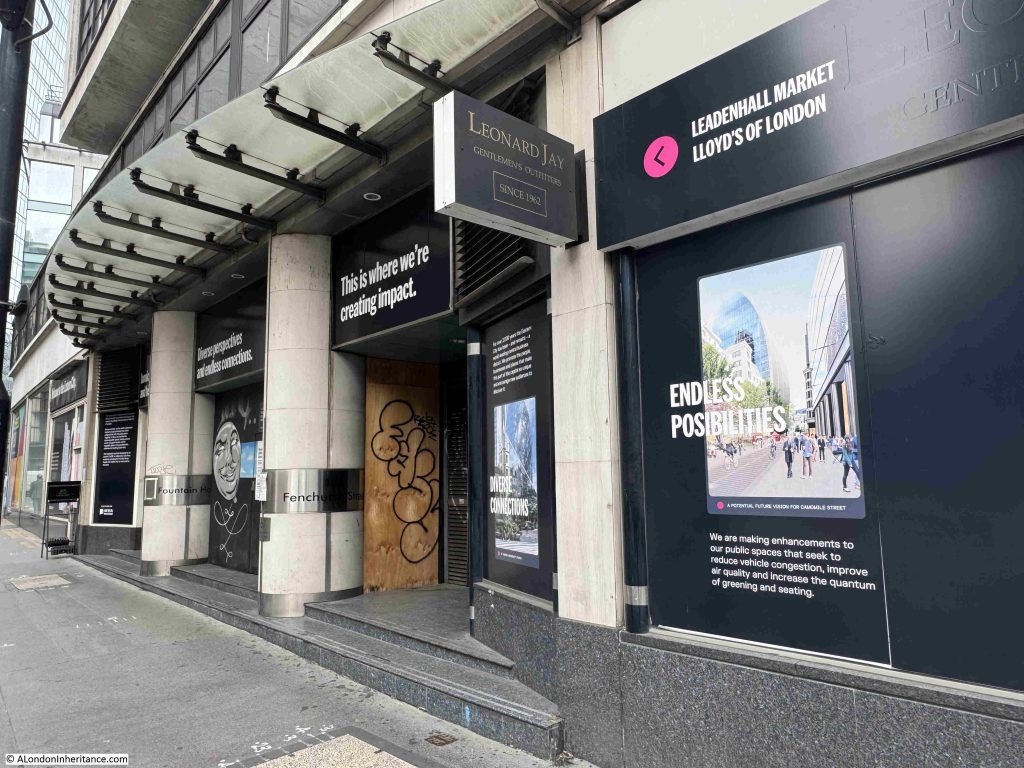
This advertising display’s one of my pet hates about the way parts of London are often rebranded, as apparently the area surrounding Fountain House is now “Eastern City”:
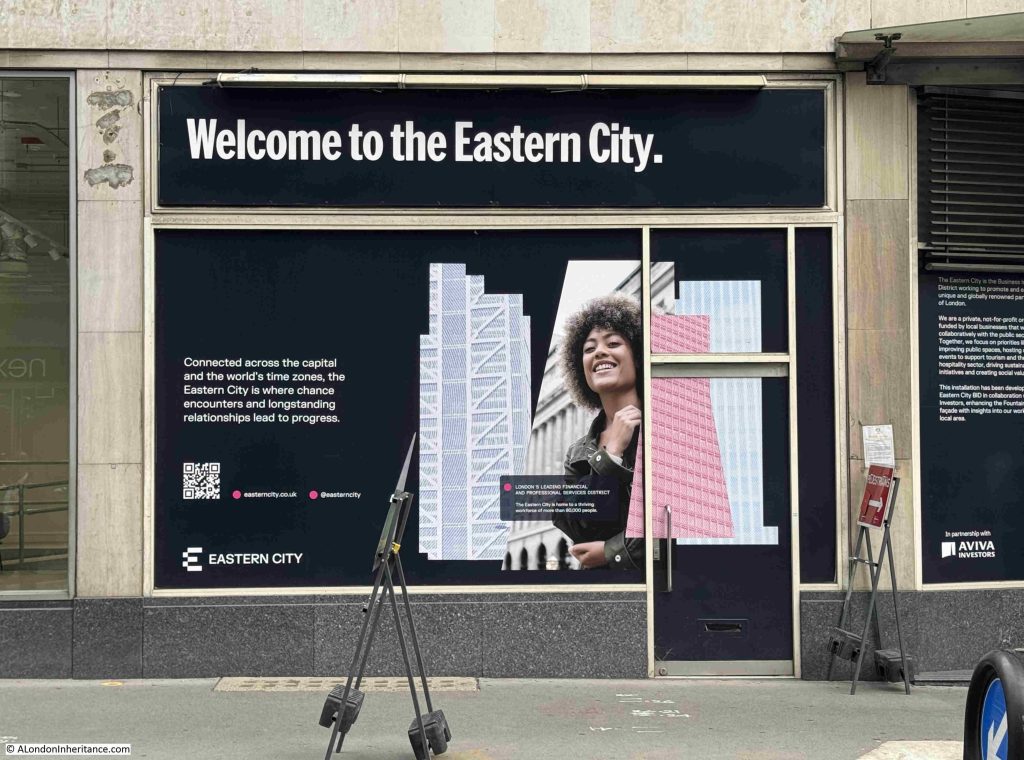
Eastern City is a BID or Business Improvement District.
A BID is a business led and funded (through a levy of the business rates) organisation, set-up to provide improvements within the local area, and the services delivered in that area.
The concept of a BID is good one. Local businesses working together to improve their local area. I just find the almost arbitrary renaming of a local area rather frustrating. A name not rooted in any history of the area and not really defining the key aspects of an area. For example, in the above photo, Eastern City is defined as:
“Connected across the capital and the world’s time zones, the Eastern City is where chance encounters and longstanding relationships lead to progress”
The above slogan could equally apply to the whole of the City of London and nothing in the slogan is unique to “Eastern City” (I assume the rest of the City of London would argue that it is connected the the world’s time zones).
There are currently five BIDs within the City of London, with each having a defined term of operation. They are:
- The Culture Mile (2023 to 2028)
- Fleet Street Quarter (2022 to 2027)
- Eastern City (2022 to 2027)
- Cheapside (2025 to 2030)
- Aldgate (2025 to 2030)
These are not just within the City. Across the wider London area, there are over 70 BIDs.
In another panel, there is a description of the Eastern City BID and a map showing the area, with “iconic tall towers and historic streets”:
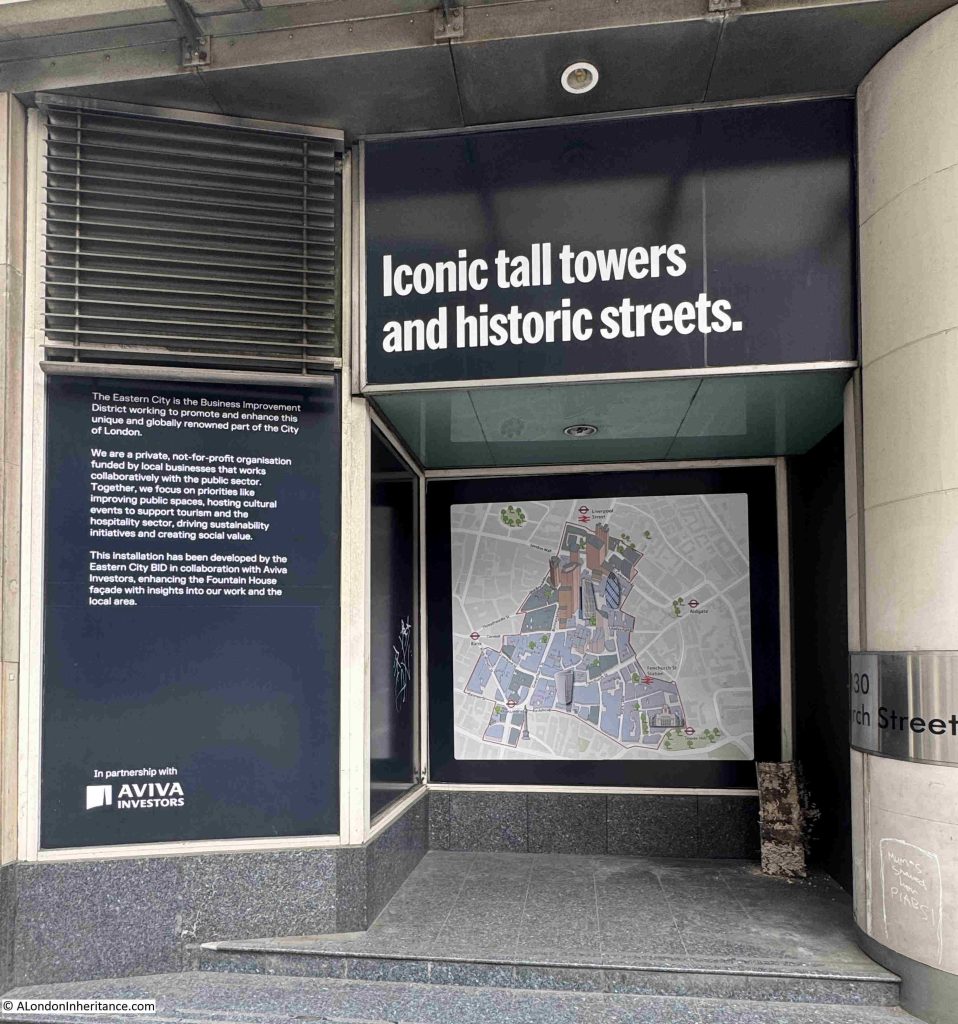
Map from the above photo showing the area of the Eastern City – again I have no issues with the concept and work of a BID, it is just the arbitrary boundaries and name to define the area:
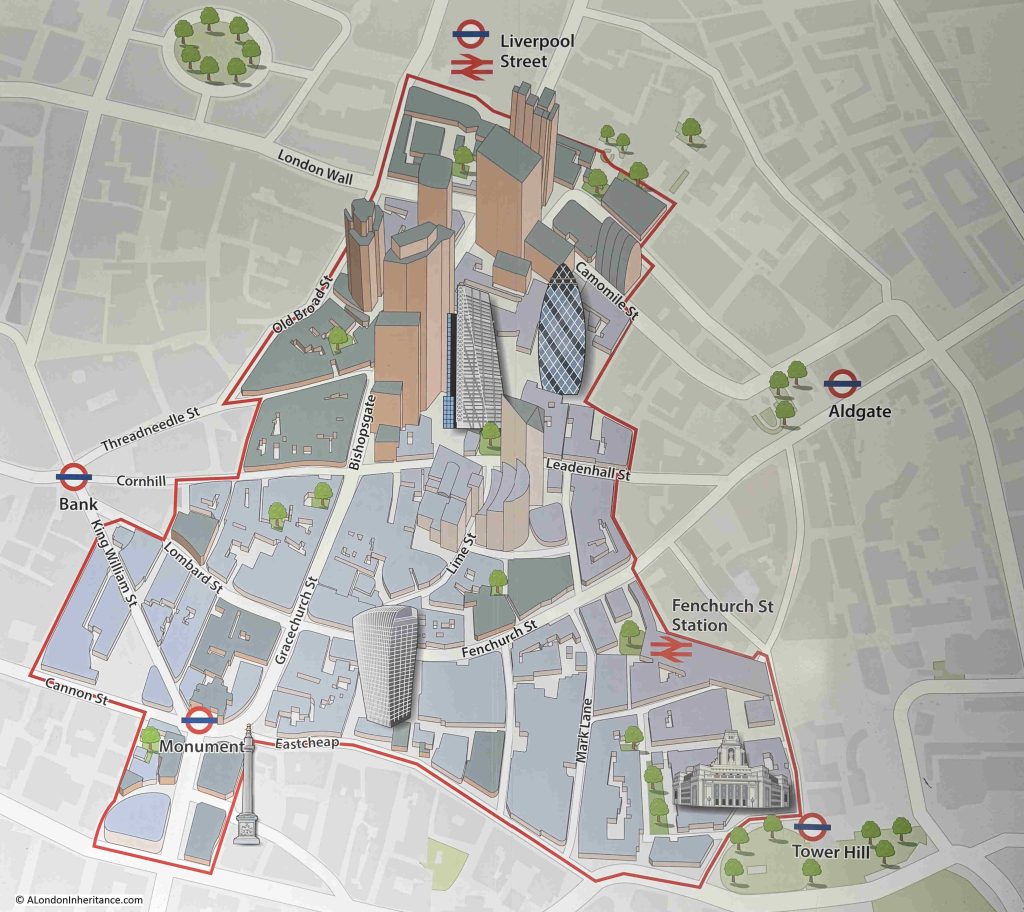
The BIDs overlap an existing structure within the City, which, for very many centuries, has been divided into Wards with an Alderman and a number of Common Councillors.
Fountain House is within Langbourn Ward, and never one to pass an opportunity to include an old map, the following map is of Langbourn Ward, and I have marked the area of the Fountain House redevelopment with a red rectangle, and a red circle is around the church of All Hallows Staining, which is a small part of the redevelopment on the opposite side of Fenchurch Street (© The Trustees of the British Museum. Shared under a Creative Commons Attribution-NonCommercial-ShareAlike 4.0 International (CC BY-NC-SA 4.0) licence.):
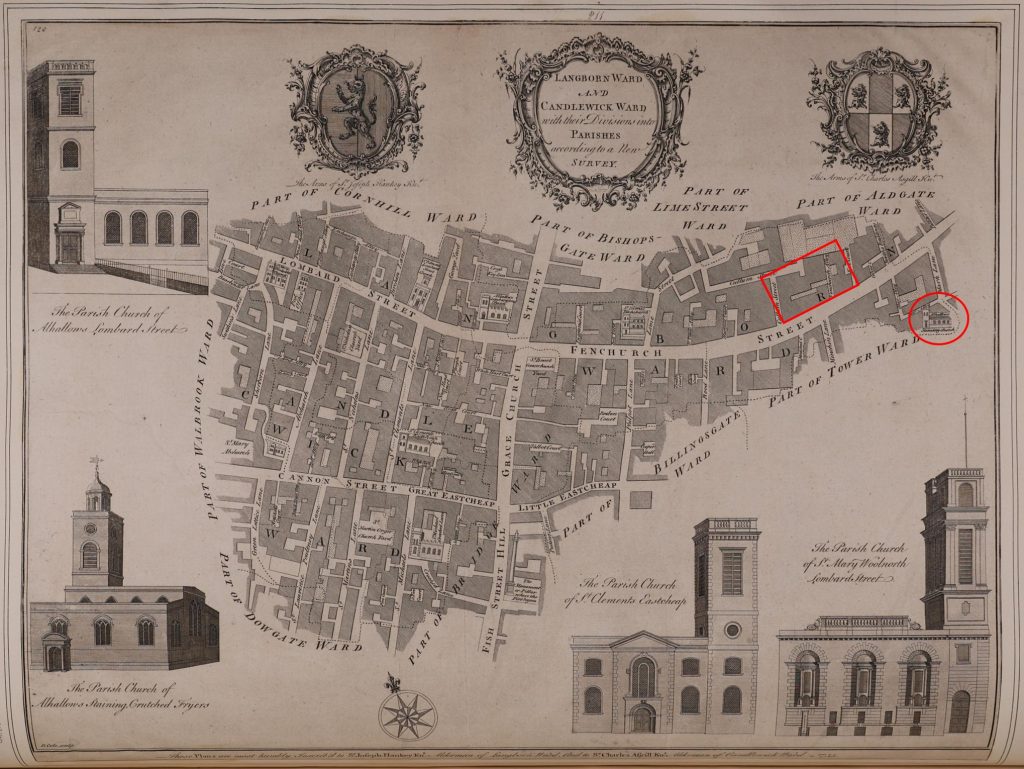
More from the panels around the street level of Fountain House:
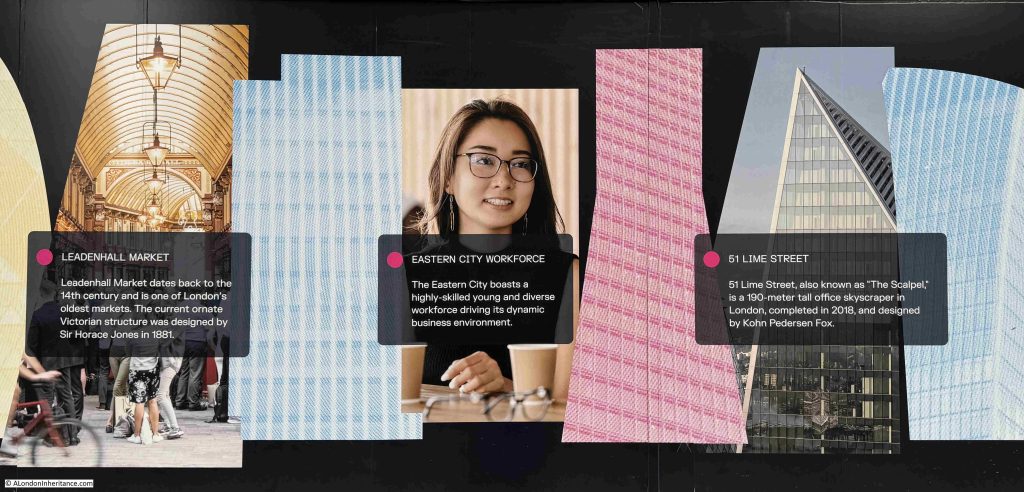
And some history:
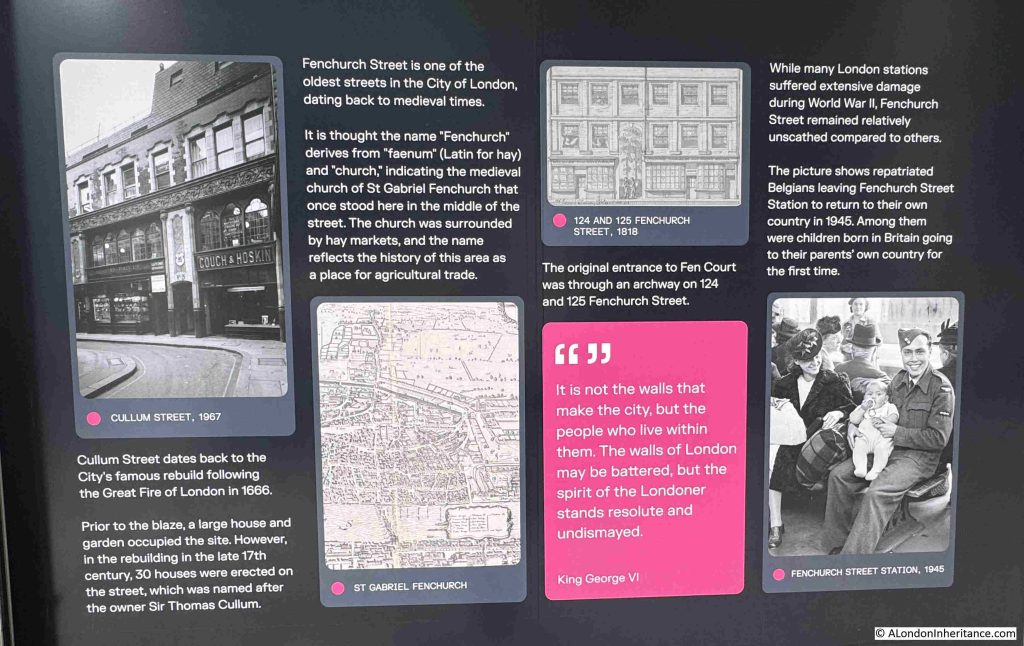
I wonder how many City workers have glanced up at the clock on the corner of the Fountain House podium to check the time:
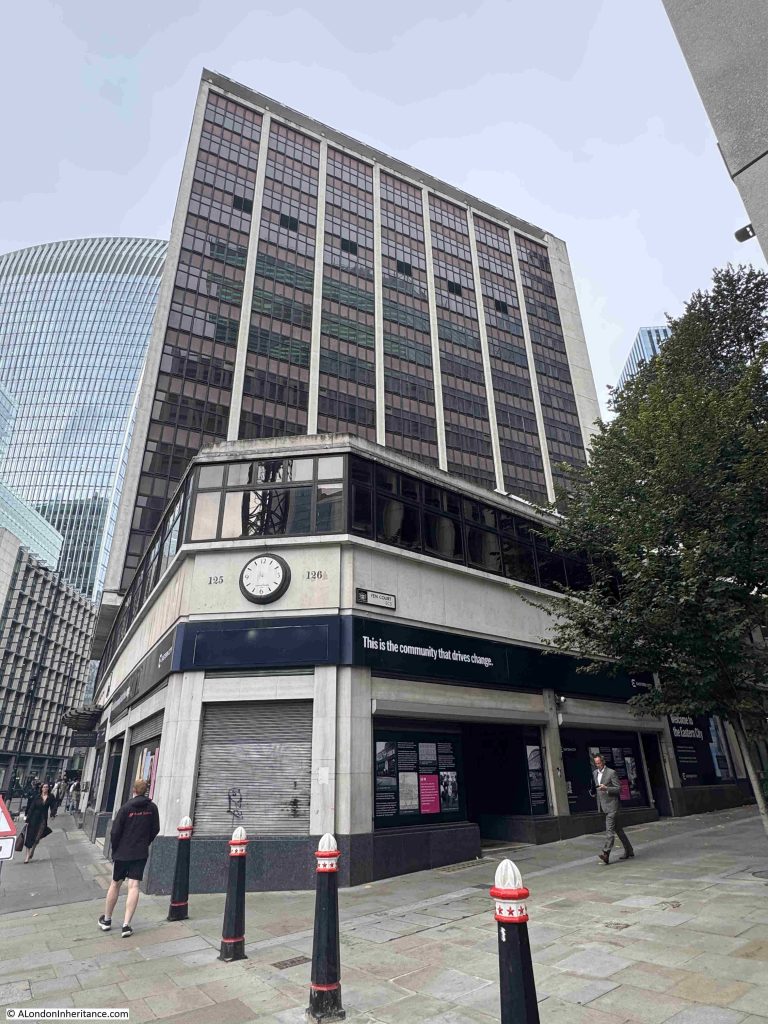
Another, similar tower and podium building that may well soon be demolished is Bastion House (140 London Wall), which sits on top of the old Museum of London site. The photo below shows the building, and also highlights how the office block is suspended above an open space, with only a few central support columns, along with the wider blocks at the two sides of the structure for additional support, lifts and services, for the 17 storeys of the building above:
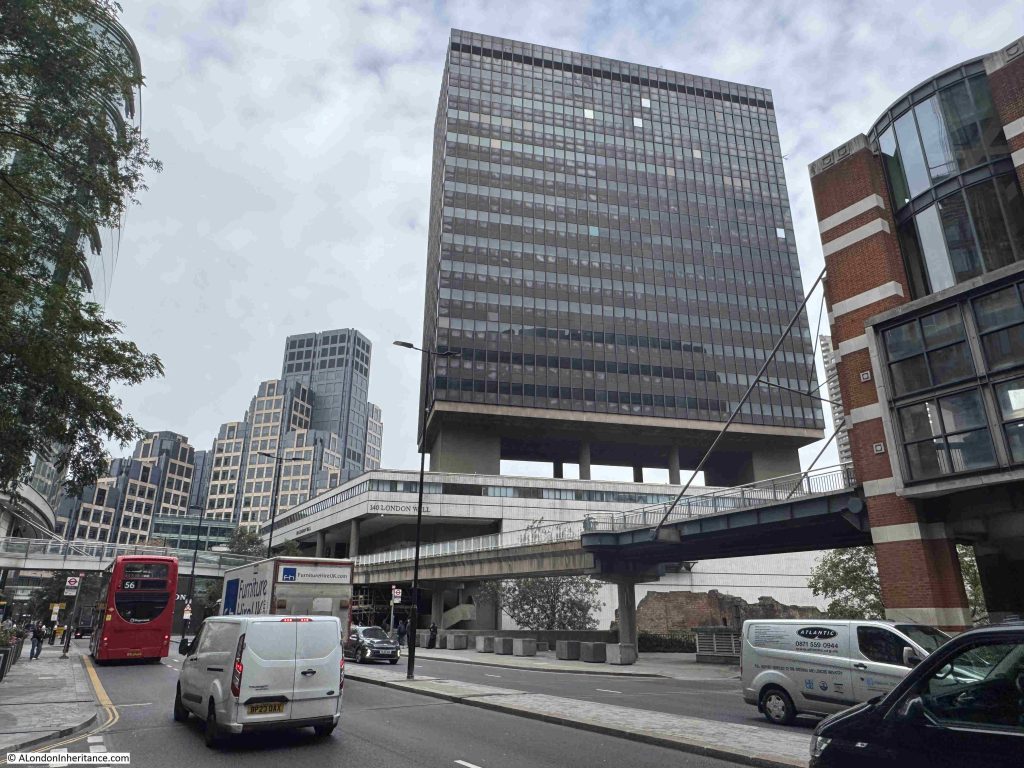
Bastion House was part of the redevelopment of the area, which included forming the new London Wall street, as a dual carriageway between the junction with Aldersgate Street to the west and with Moorgate to the east, following a slightly more southern route than the original street by the name of London Wall.
The new developments included several almost identical office tower blocks along either side of London Wall, along with raised pedestrian walkways and the dual carriageway with a long car park below.
These office Towers were built between 1961 and 1976, with Bastion House being one of the last to be completed.
Bastion House was designed by the partnership of Philip Powell and Hildago Moya, the same architects who had designed the Skylon for the Festival of Britain.
The last update on the future of Bastion house on the City of London website is that the “City Corporation resolves to grant permission for London Wall West development proposals” and that timescales currently are that demolition begins in 2028, with completion of the new development on site being in late 2033.
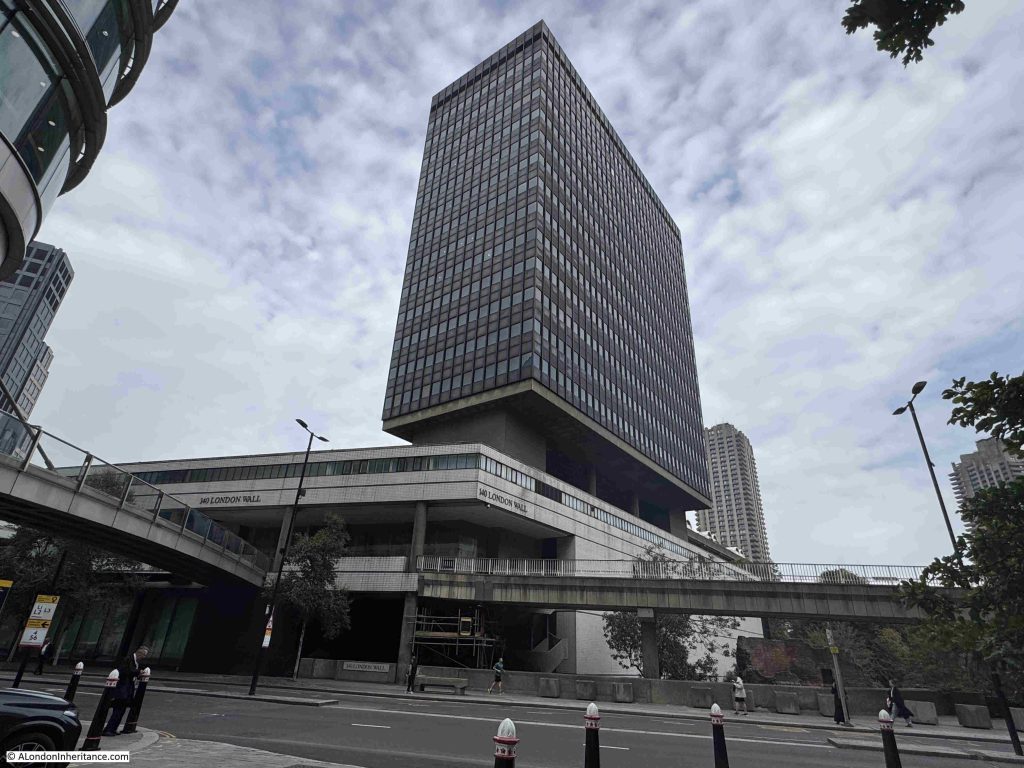
The site was to have included a Centre for Music and Concert Hall by the American architectural practice of Diller, Scofidio & Renfro, however post Covid, funds for such a building seem to have dried up, so the focus of the site will now be commercial, with the City of London identifying the ongoing need for new office space across the City as one of the justifications for the development.
Bastion House and the old Museum of London below, seen from the west:
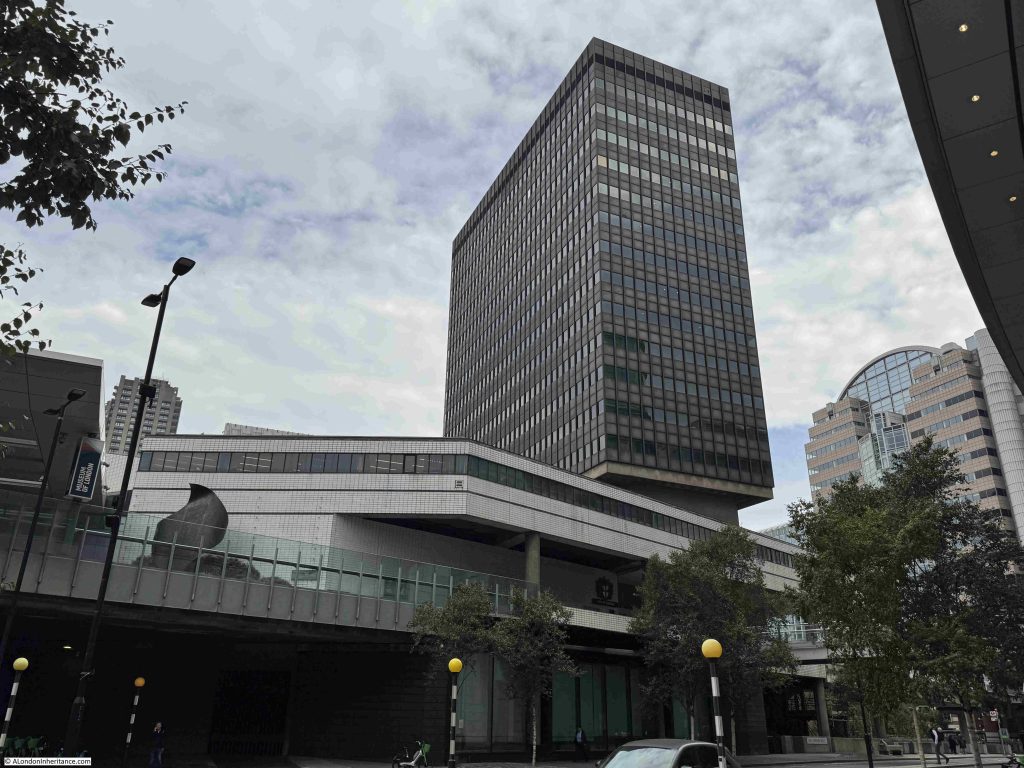
The Museum of London building was also by Philip Powell and Hildago Moya, so with overall demolition, two of their buildings will be lost.
This will leave one remaining office tower from those that once lined London Wall, and this is further to the east on the southern side of London Wall and is shown in the photo below:
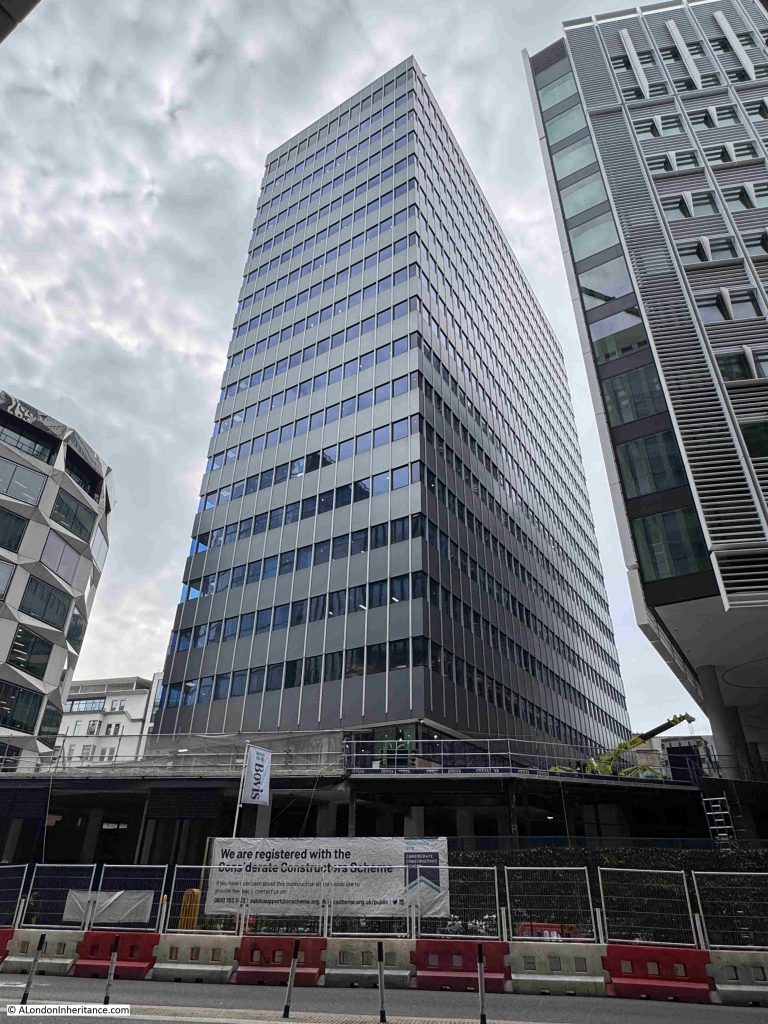
This block is now called City Tower, but the original name when completed in 1964 was Britannic House (although I am not sure if there is some confusion with another Britannic House, built as the head office of BP in 1967 next to Ropemaker Street, which has also changed name and is now City Point).
There is work on the ground floors of City Tower, however I cannot find any plans to demolish this building, so after the demolition of Bastion House, this will be the one remaining office block of the identical towers that once lined both sides of London Wall.
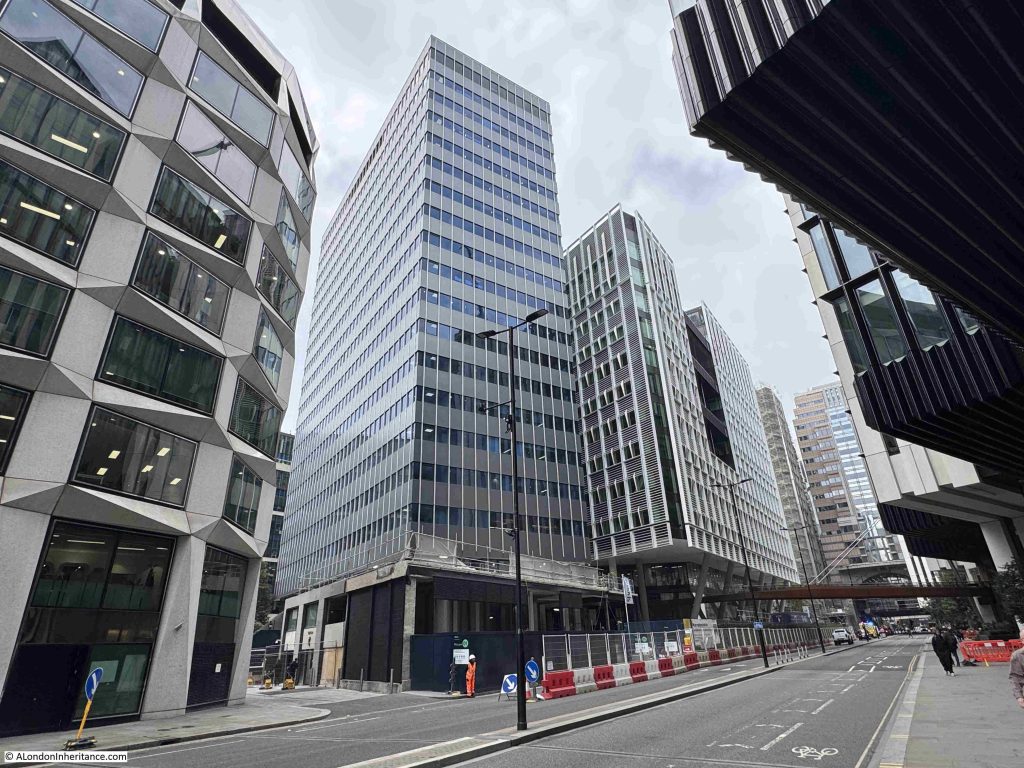
The proposed demolition of Fountain House and Bastion House follow the centuries long tradition of how the City of London has redeveloped and renewed, adapting to changing models of commerce, ways of working, demands for space, changing architectural designs, use of new materials etc.
So the loss of these two buildings follow this process, however I cannot help thinking that in their own way, they are unique, and their loss would result in the further loss of architectural variety across the City.
There are also arguments about the impact of demolition and rebuild with environmental factors such as the CO2 embedded in the existing building, and that generated by a new build.
Both proposals aim to maximise the amount of office space. The replacement to Bastion House and the Museum of London site will consist of three new blocks, the highest being of a similar height to Bastion House. Proximity of this development to the Barbican will probably have a significant impact on the view towards the south west from the estate.
All part of a changing City, and how familiar streets and views can be totally transformed in the space of a couple of years, but how we decide what is worth preserving and what justifies demolition is an important discussion.
On a totally different, but vaguely related subject on preservation of old things, I have long suspected that in the future, despite the enormous number of photos we take today, there will be some form of a digital dark age.
With my father’s photos from over 70 years ago, and my photos from the 1970s, 80, and 90s, it is a matter of basically shining a light through the negative and scanning the view to bring these photos back to life, but with the digital format of photos, will the media still be available and readable, will Cloud based storage still be accessible decades in the future, and who will know your Facebook, Instagram, Apple, Flickr etc. userids and passwords to access, if these services are still available in the future.
The subject of a digital dark age came to mind again when reading a BBC article on a project to rescue the data stored on old floppy disks, the article can be found here: https://www.bbc.co.uk/future/article/20251009-rescuing-knowledge-trapped-on-old-floppy-disks
So unless we take care to preserve digital media, it may not just be buildings that we loose, but also photos of them.

